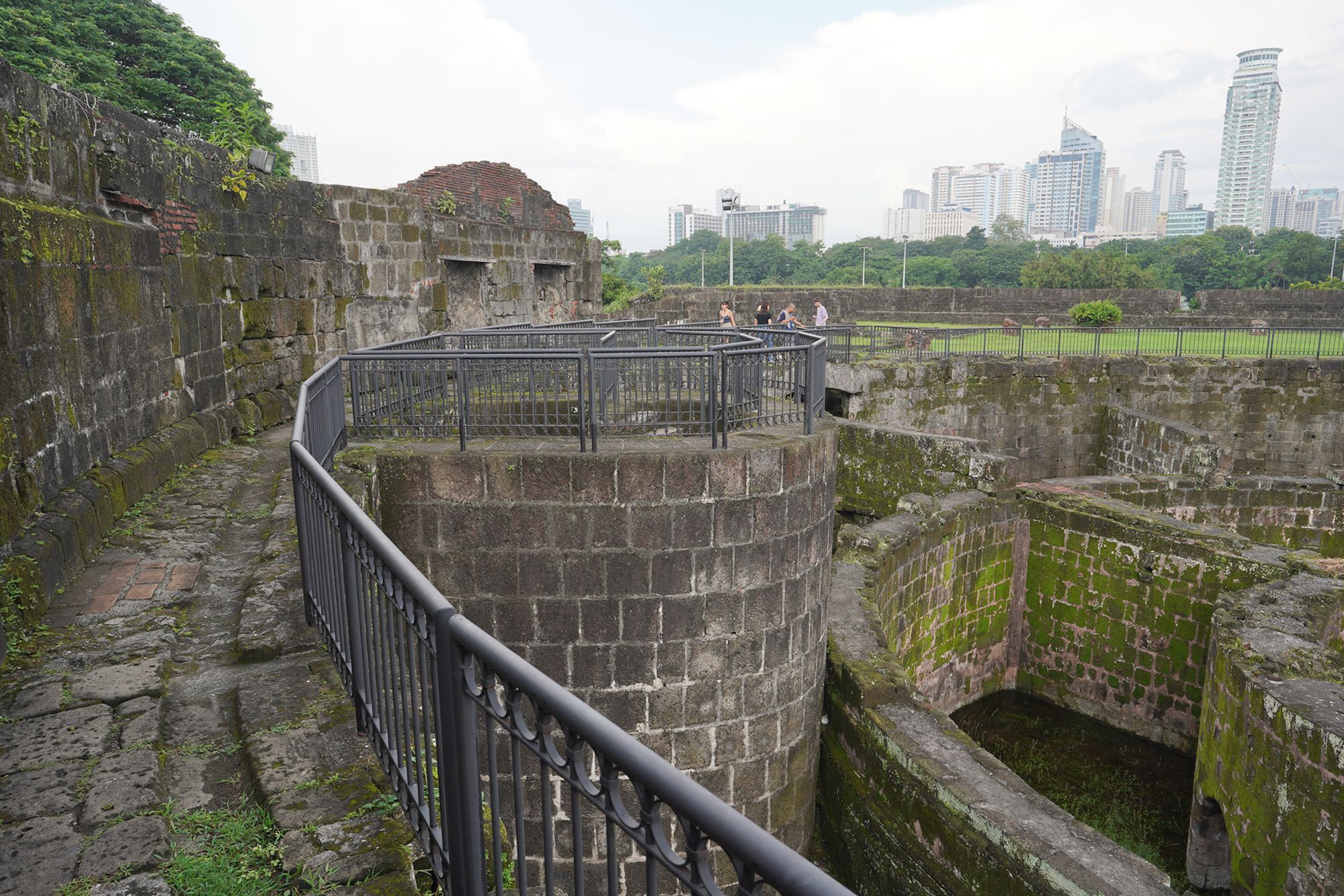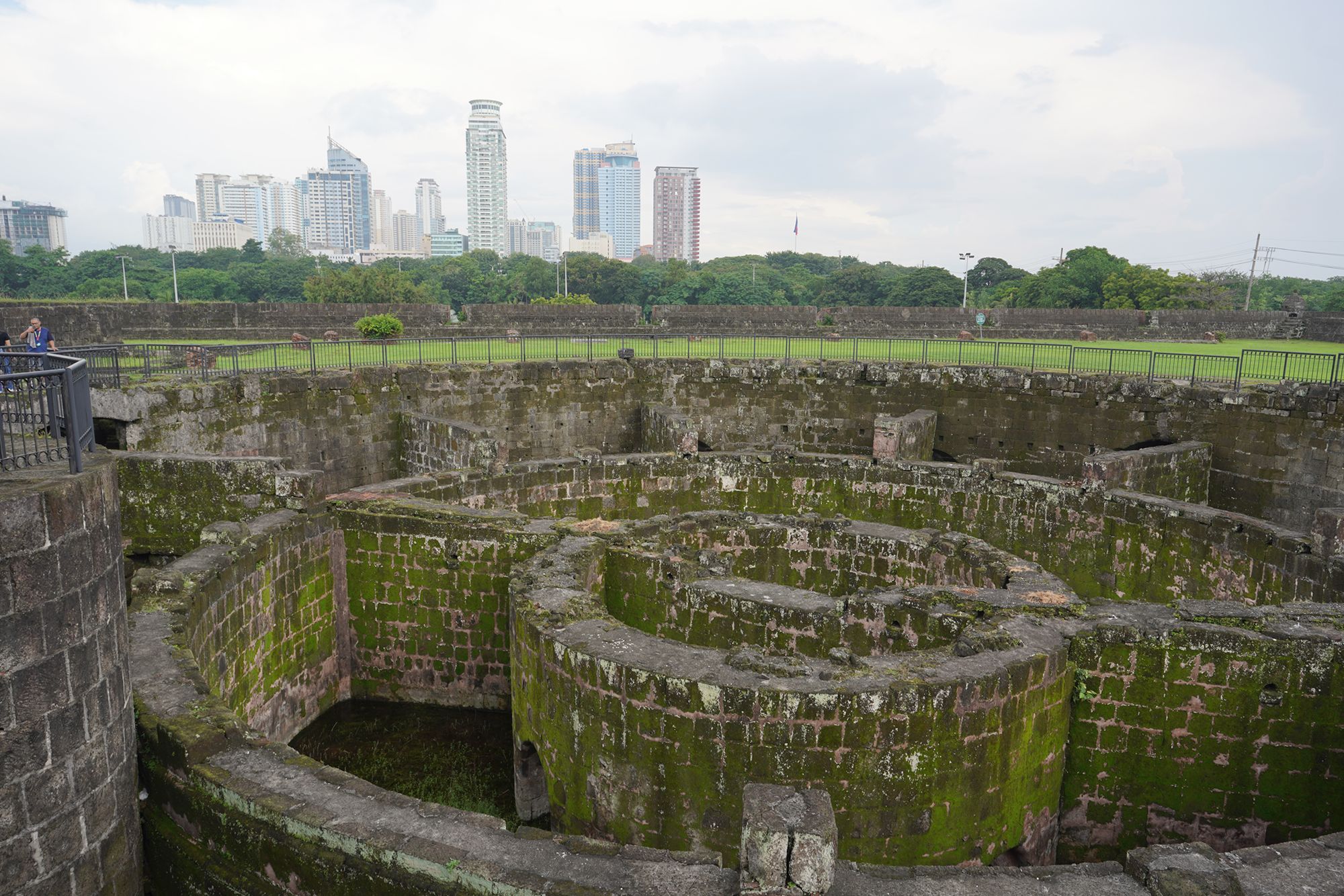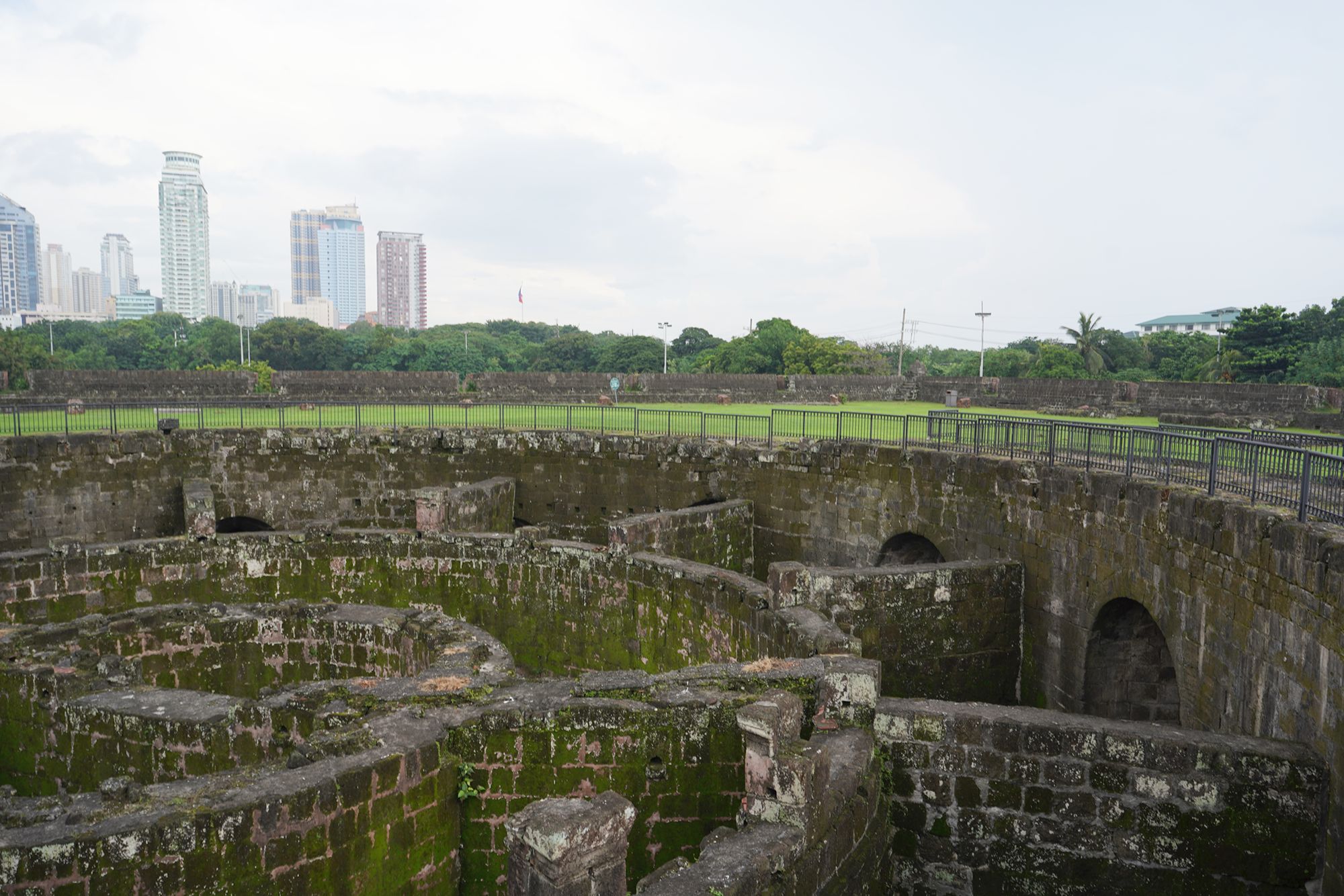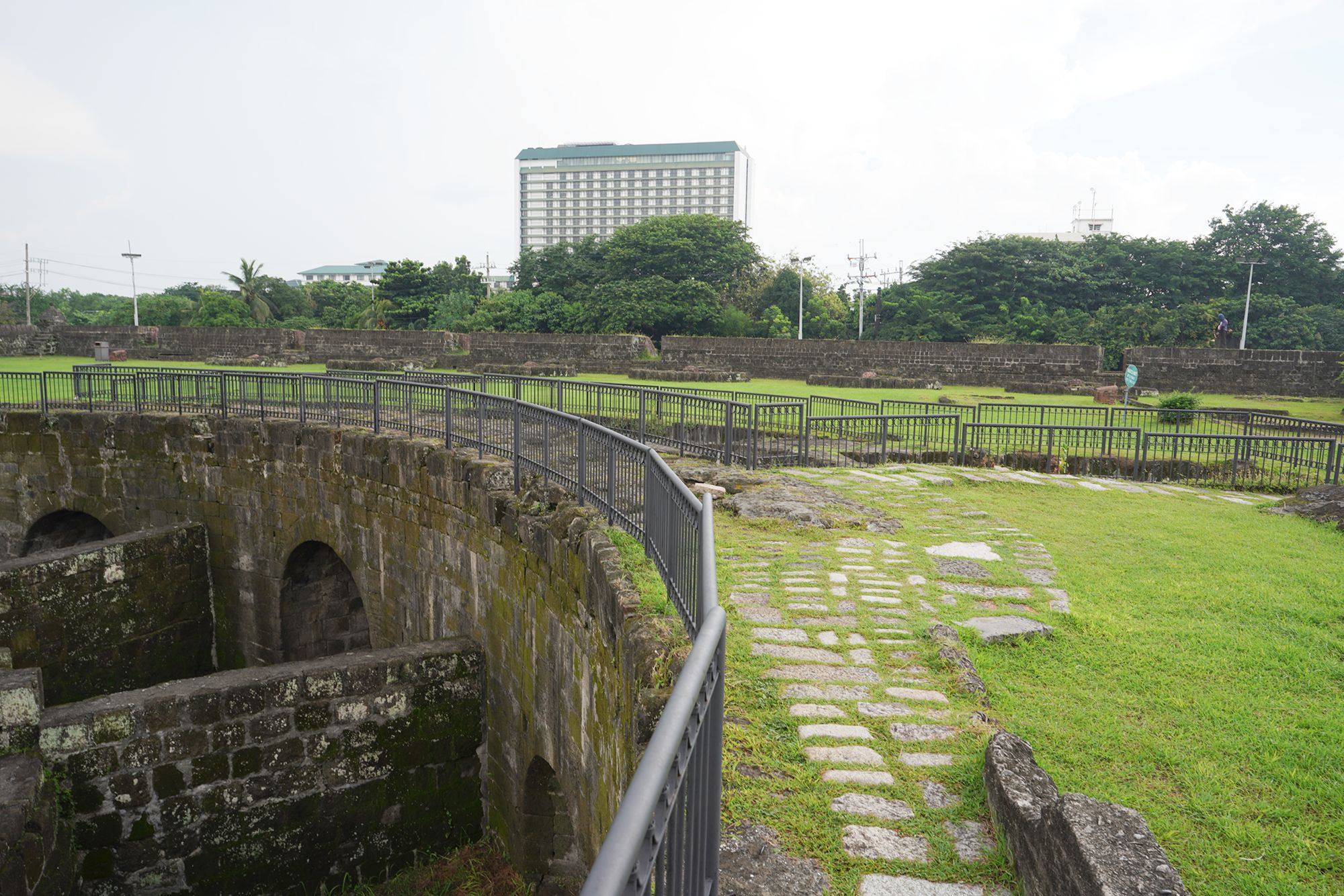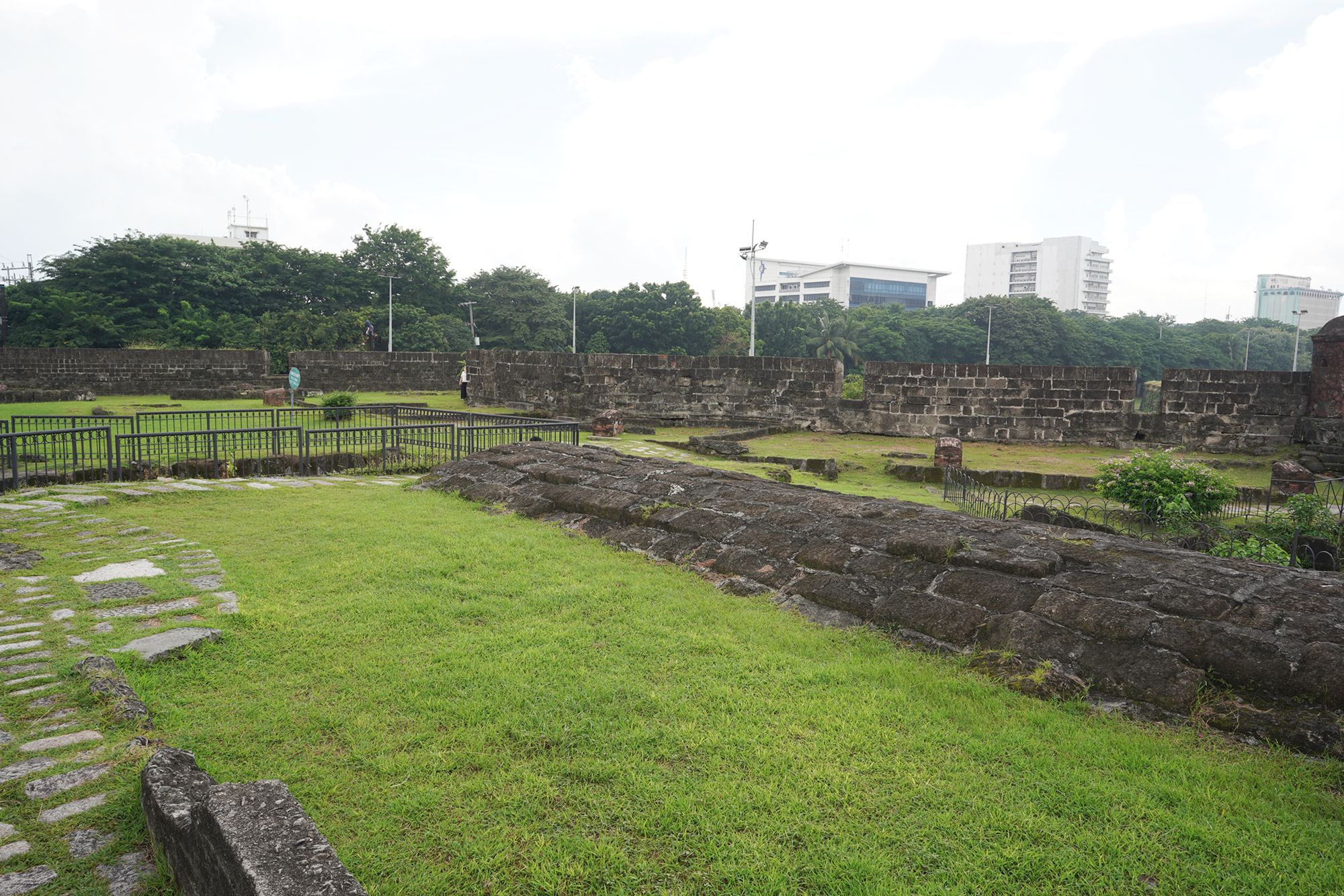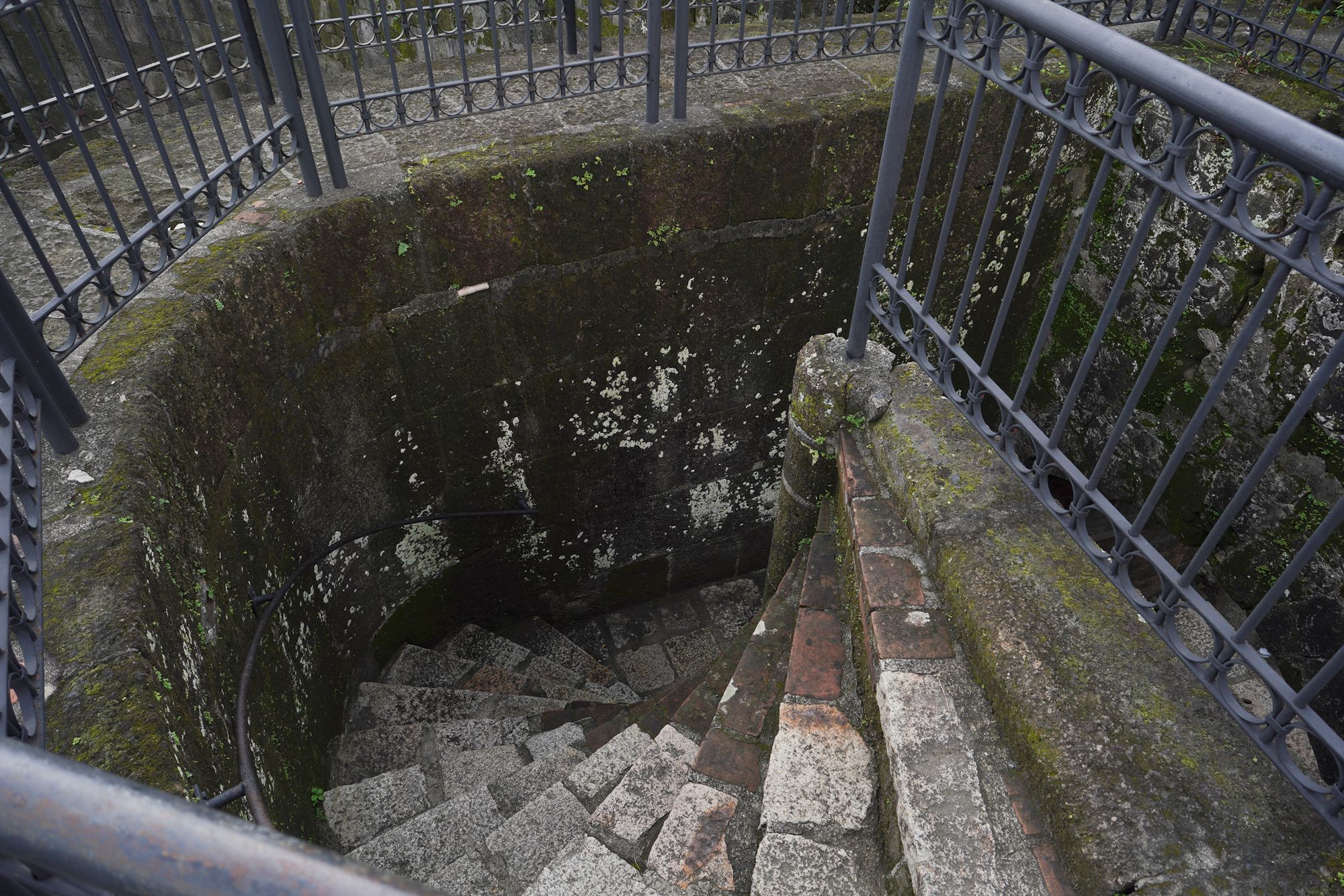Intramuros, Manila, Philippines
Intramuros, also known as the “Walled City,” is a historic district in Manila, Philippines, dating back to the Spanish colonial period. 965
Manila Cathedral: Cabildo, 132 Beaterio St, Intramuros, Manila, Philippines
Fort Santiago: HXVC+M5V, Intramuros, Manila, 1002 Metro Manila, Philippines
San Agustin Church: General Luna St, Intramuros, Manila, 1002 Metro Manila, Philippines
Casa Manila: HXQG+V52 plaza sans luis complex, General Luna St, Intramuros, Manila, 1002 Metro Manila, Philippines
Baluarte de San Diego: HXPG+564, Sta. Lucia St, Intramuros, Manila, 1002 Metro Manila, Philippines
Date Picture Taken: August, 2024
Established in 1571, it served as the center of Spanish political, religious, and military power in the Philippines for over 300 years. Intramuros was designed as a fortress, with high walls and moats to protect against invasions. Despite significant destruction during World War II, the area has been largely restored and is now a popular destination for tourists interested in history and culture.
The hotel I stayed in was a bit far away from Intramuros in Manilla. I took a Grab taxi to get there, and because of the traffic, it took about an hour and a half to get there.
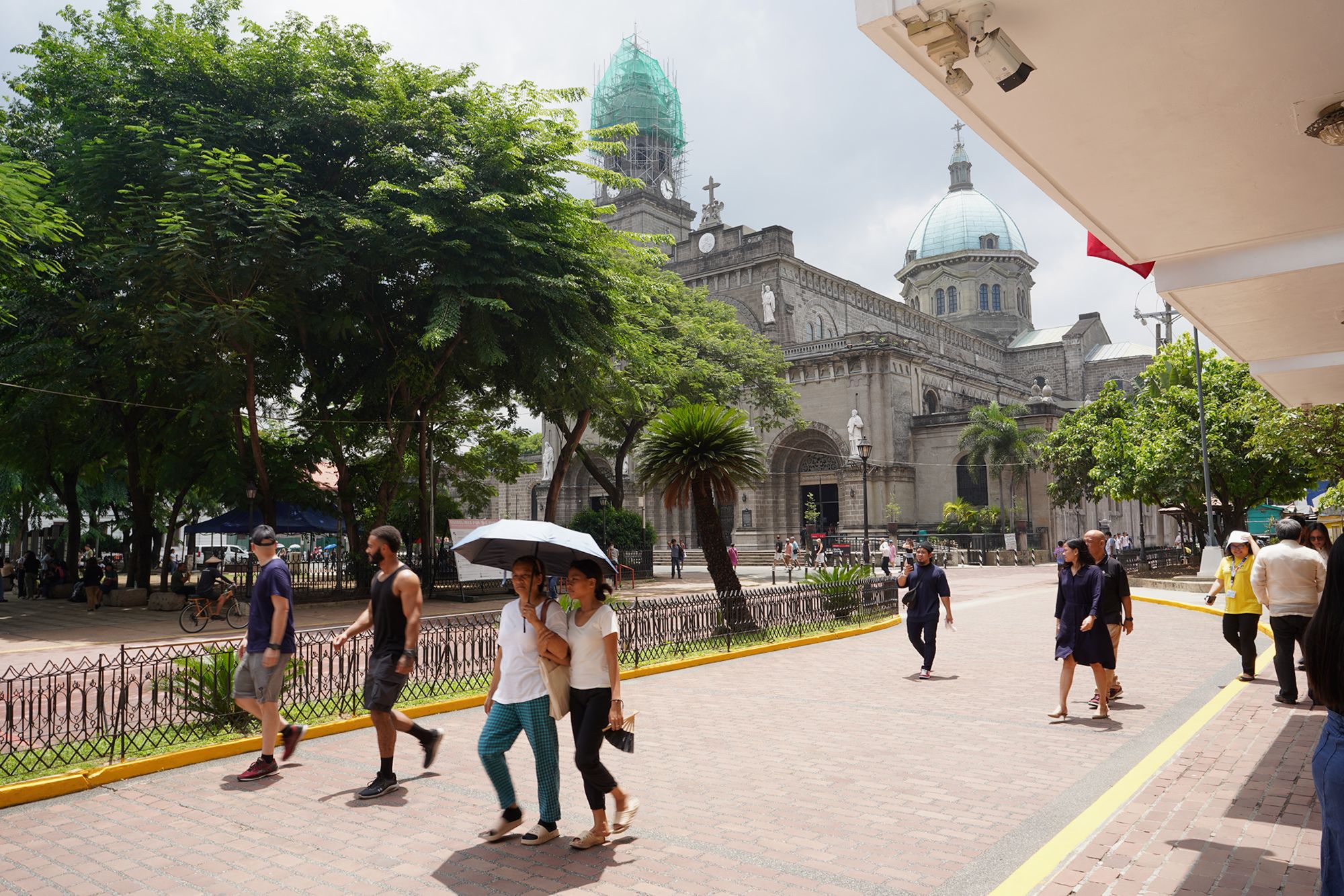
Minor Basilica and Metropolitan Cathedral of the Immaculate Conception – Manila Cathedral
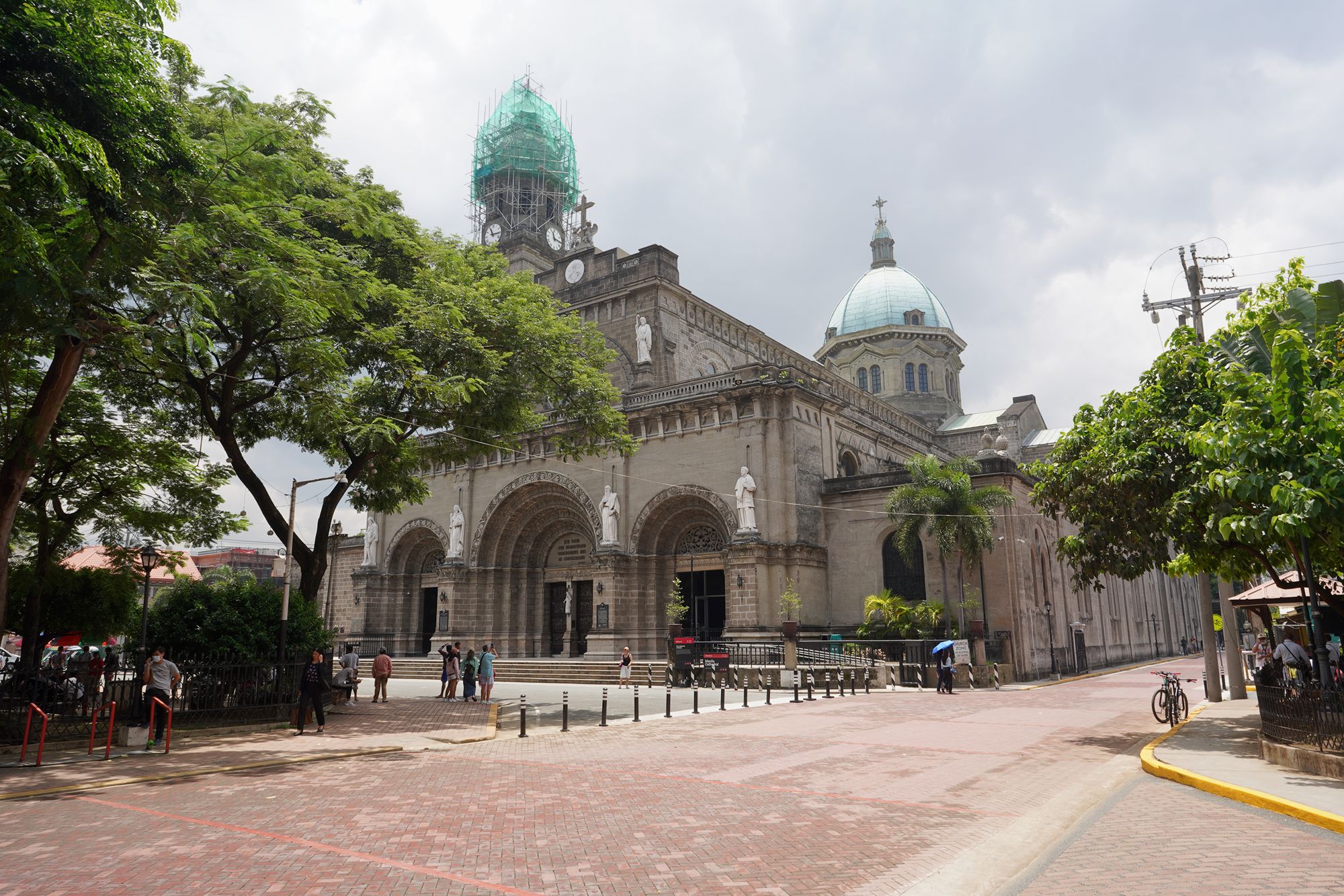
Former Palace of the Governors
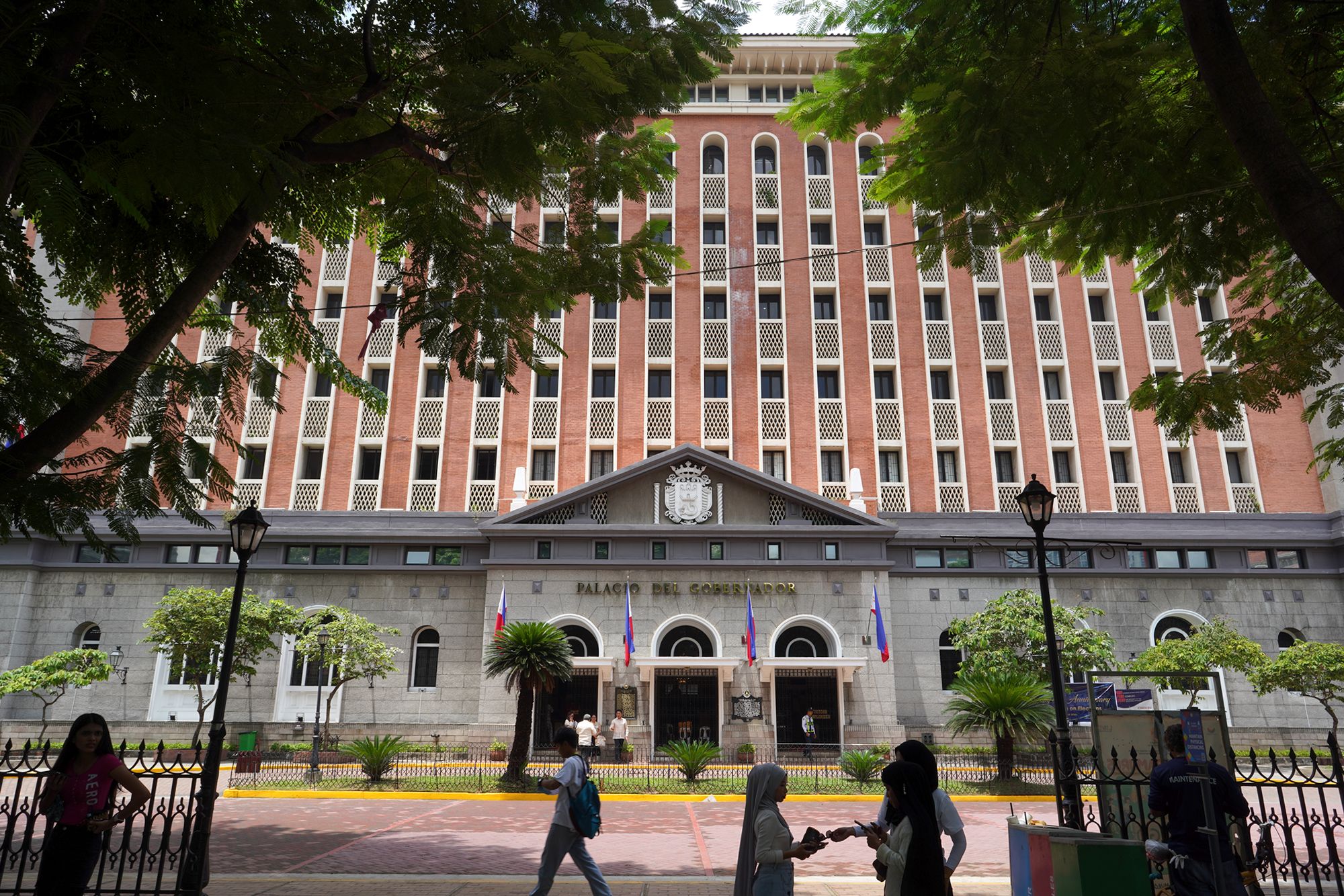
The Plaza Roma is a central square in Intramuros, in front of the cathedral. It has a monument dedicated to King Charles IV of Spain. Surrounded by key buildings like the Manila Cathedral, it’s a great place to explore Intramuros.
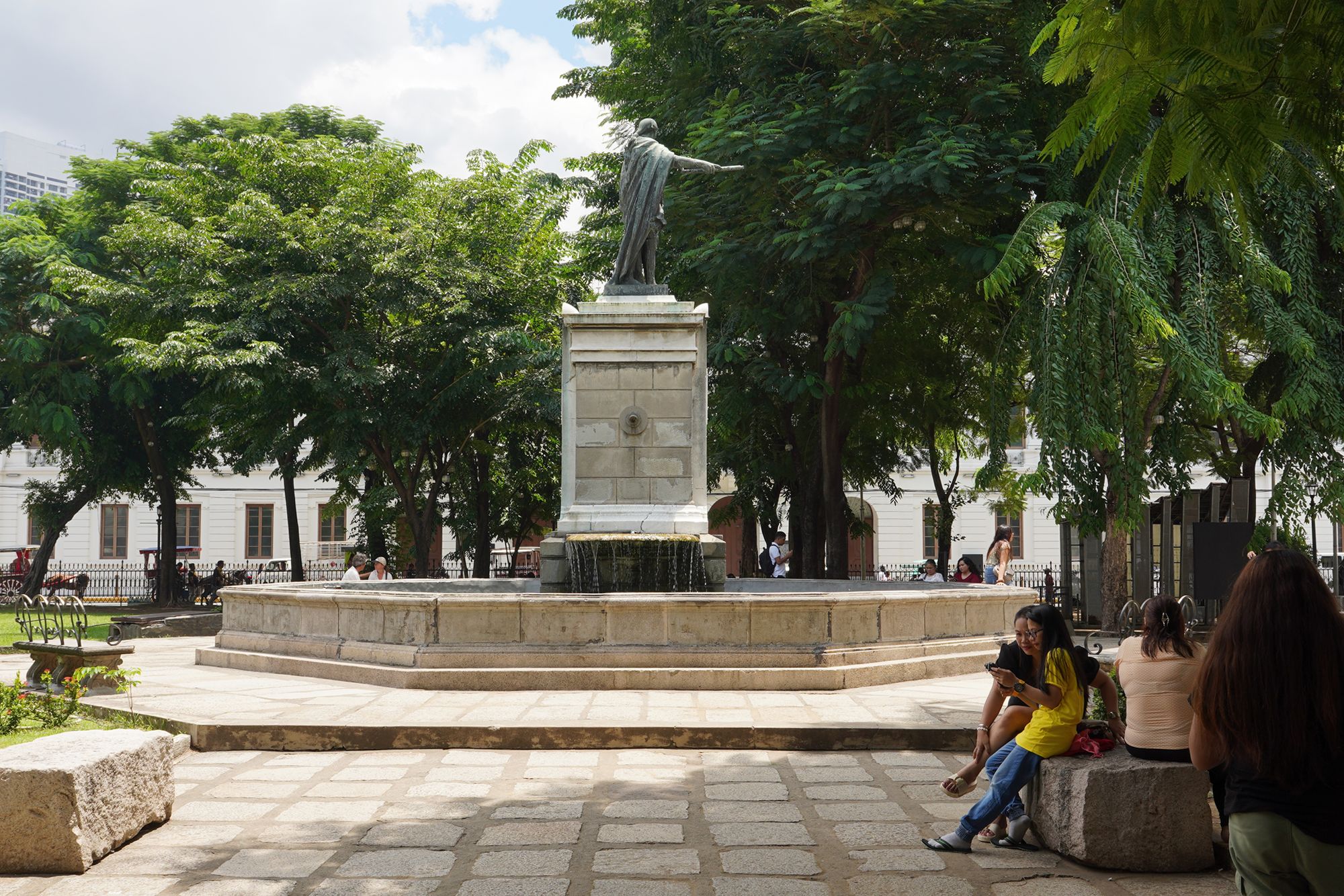
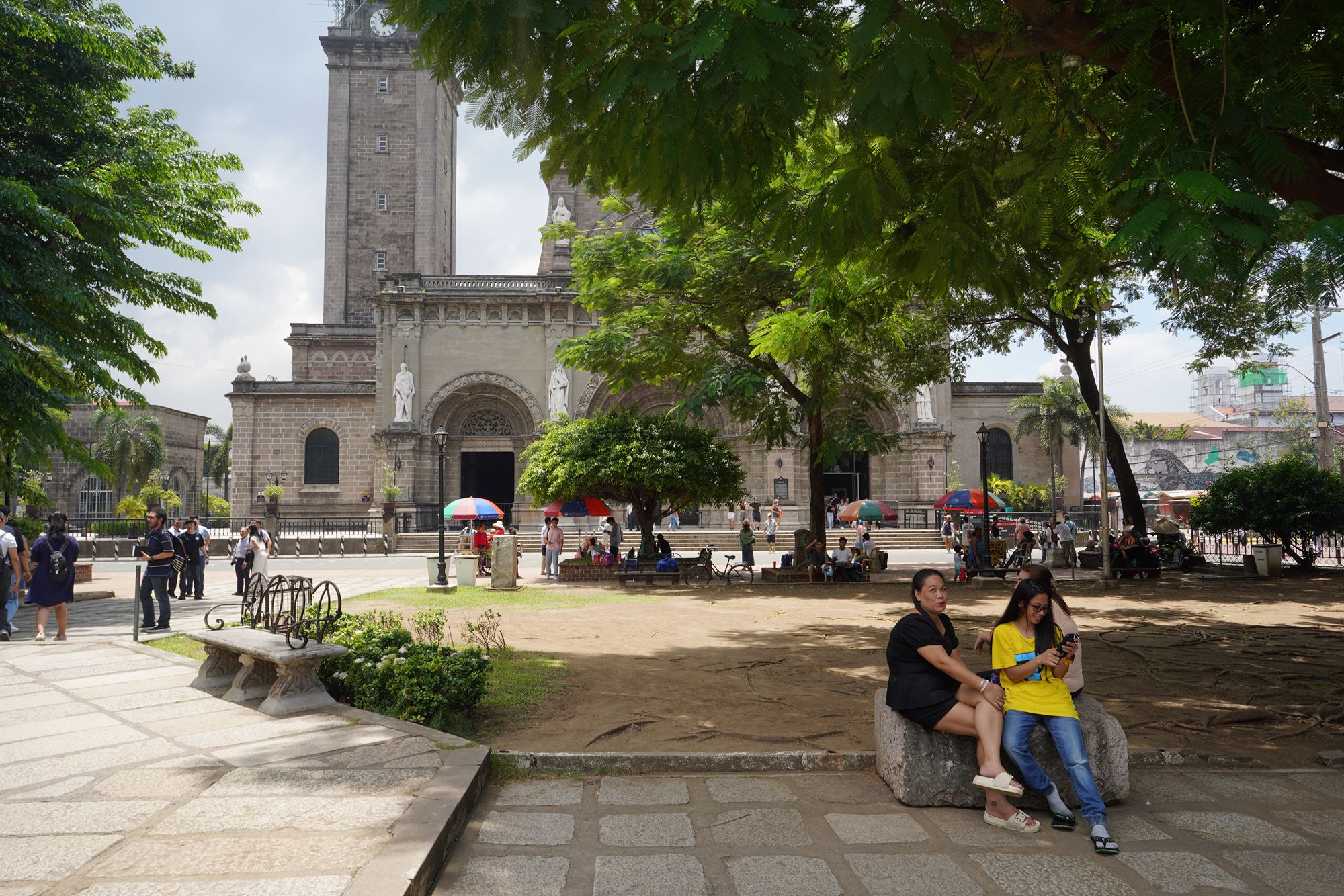
Manila Cathedral – The main Catholic church in Manila, this cathedral has been rebuilt multiple times due to earthquakes and wars. Its current structure is a mix of Neo-Romanesque and Neo-Byzantine styles, and it serves as the seat of the Archbishop of Manila.
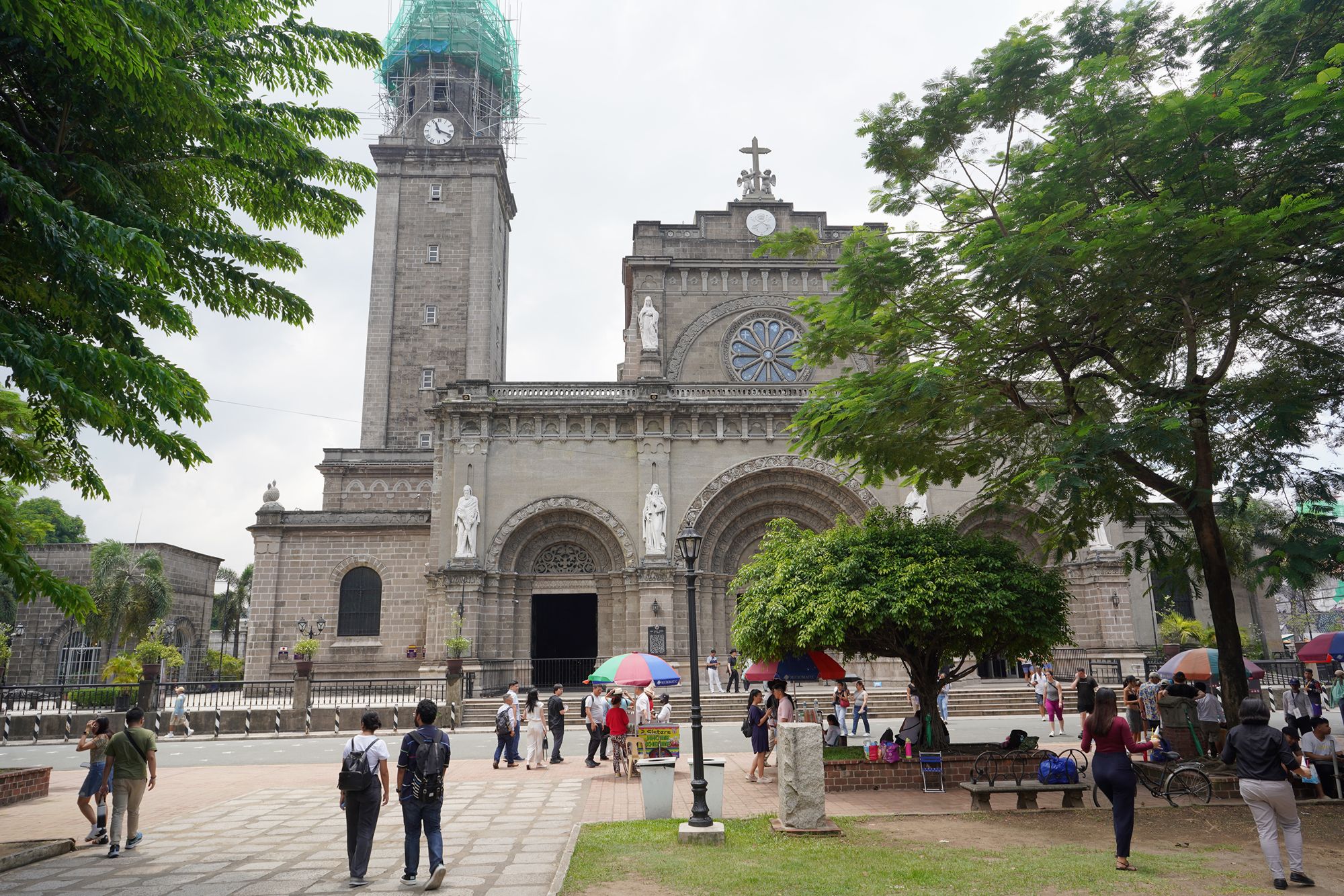
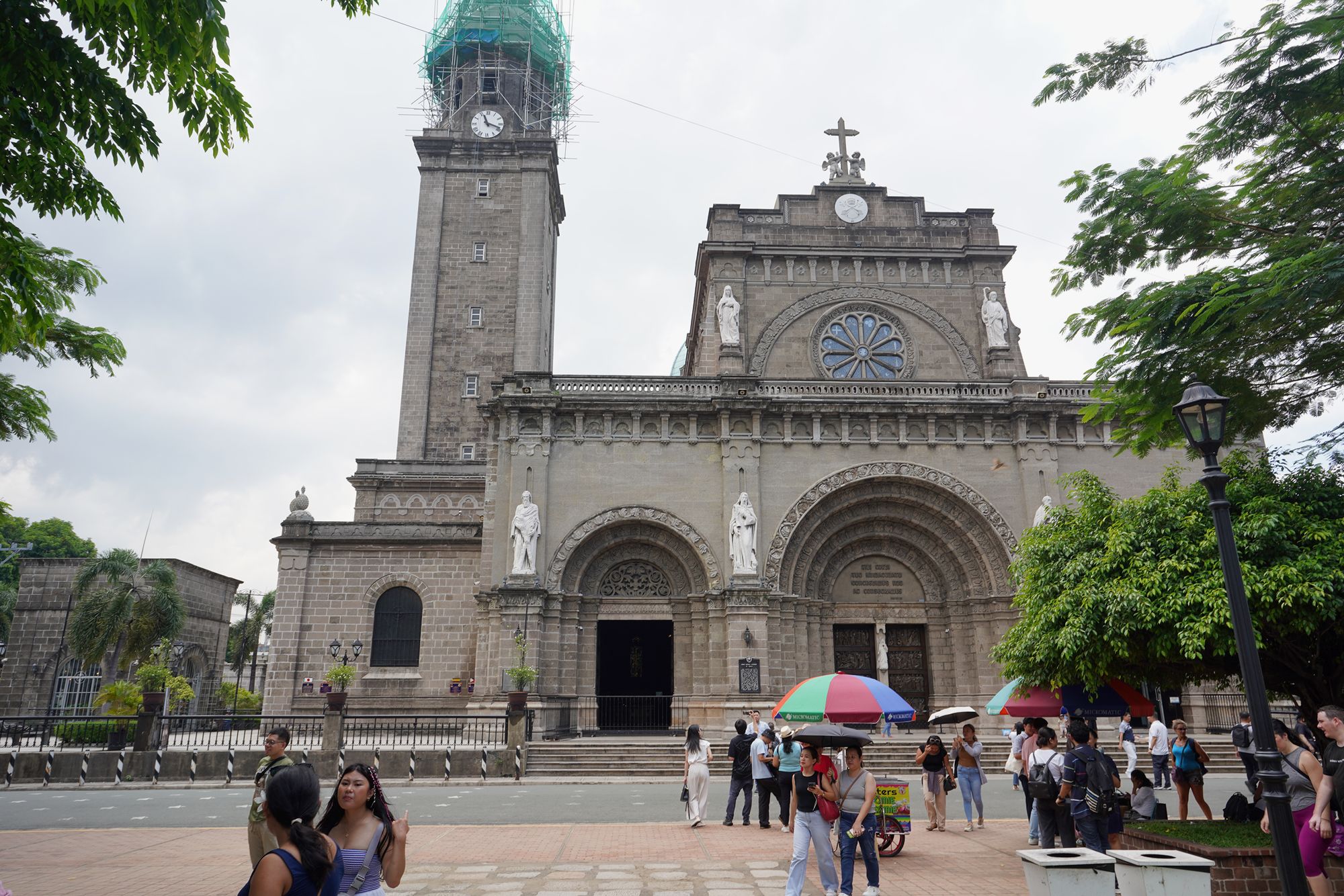
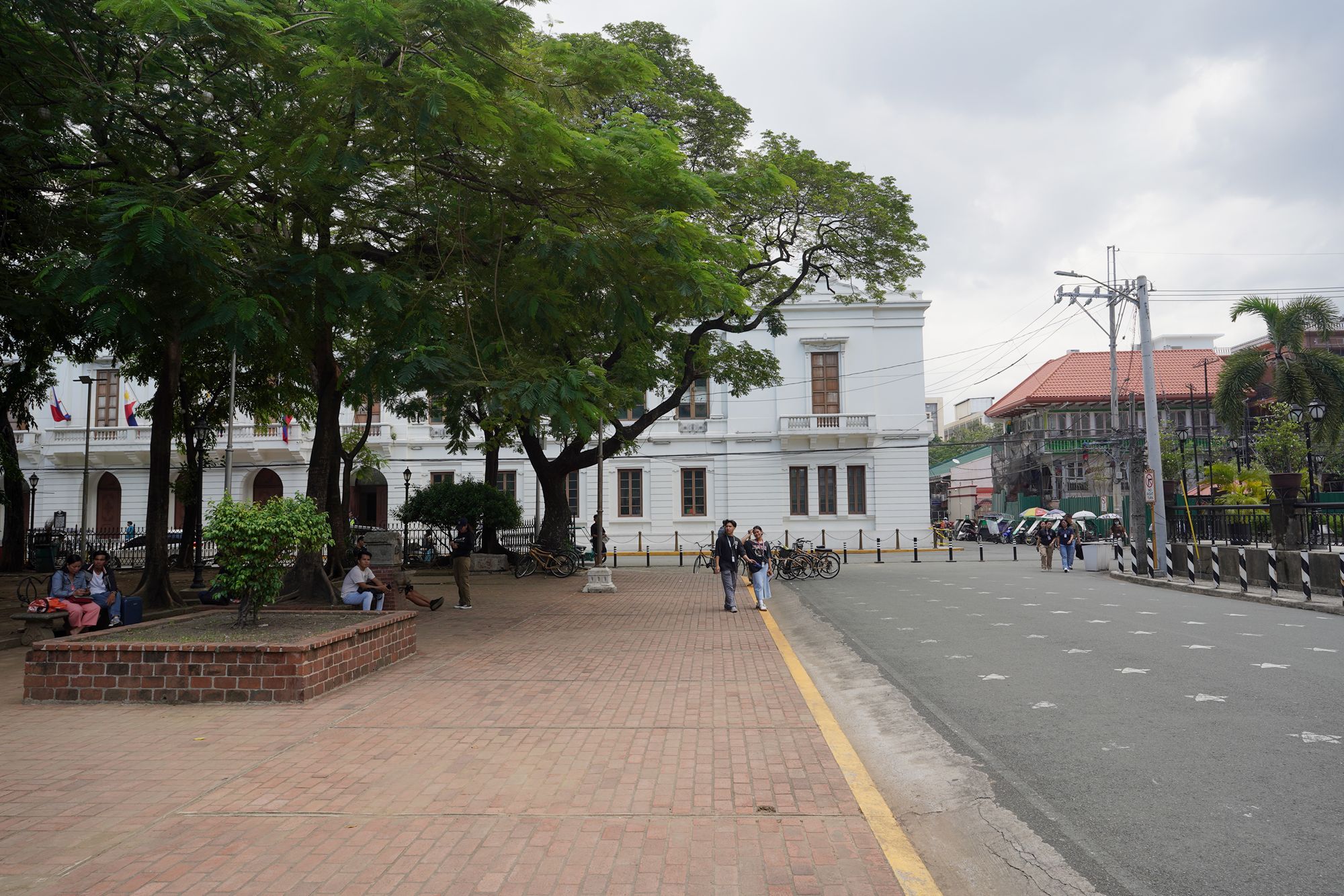
Originally established as a parish church in 1571, the Manila Cathedral has undergone several reconstructions due to natural disasters, wars, and fires.
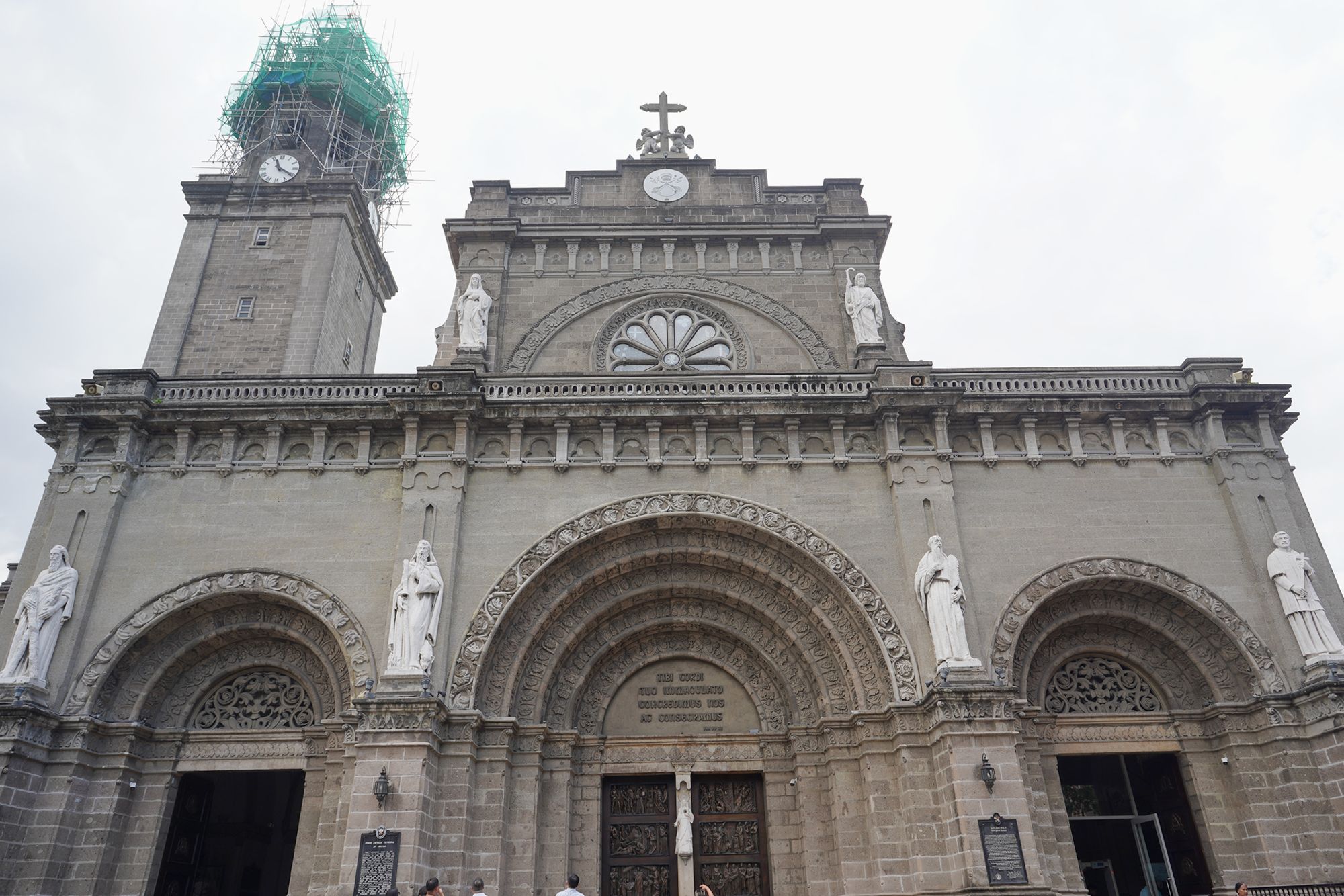
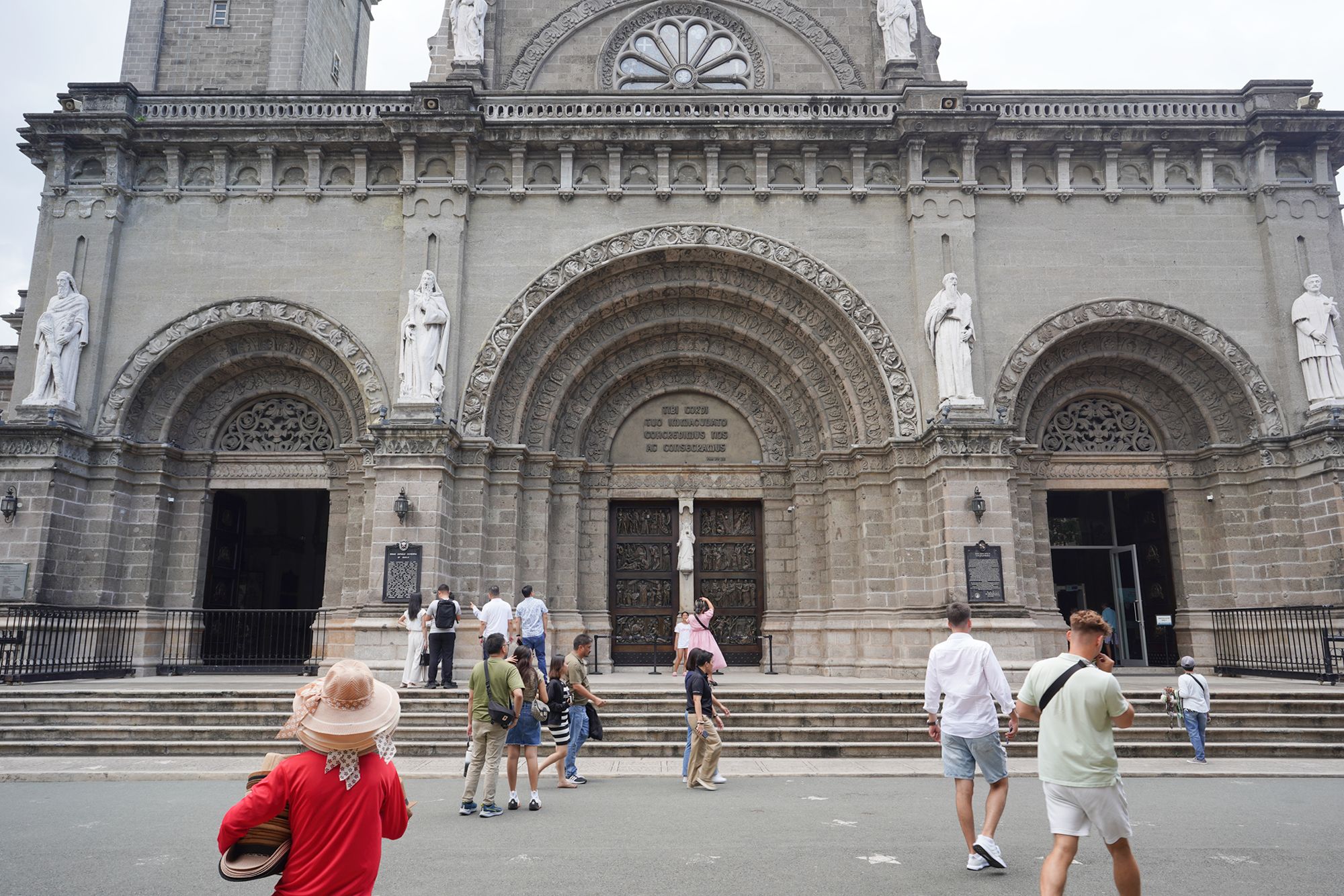
Inside, the cathedral has an expansive, grand nave with high vaulted ceilings, stained glass windows, and marble accents.
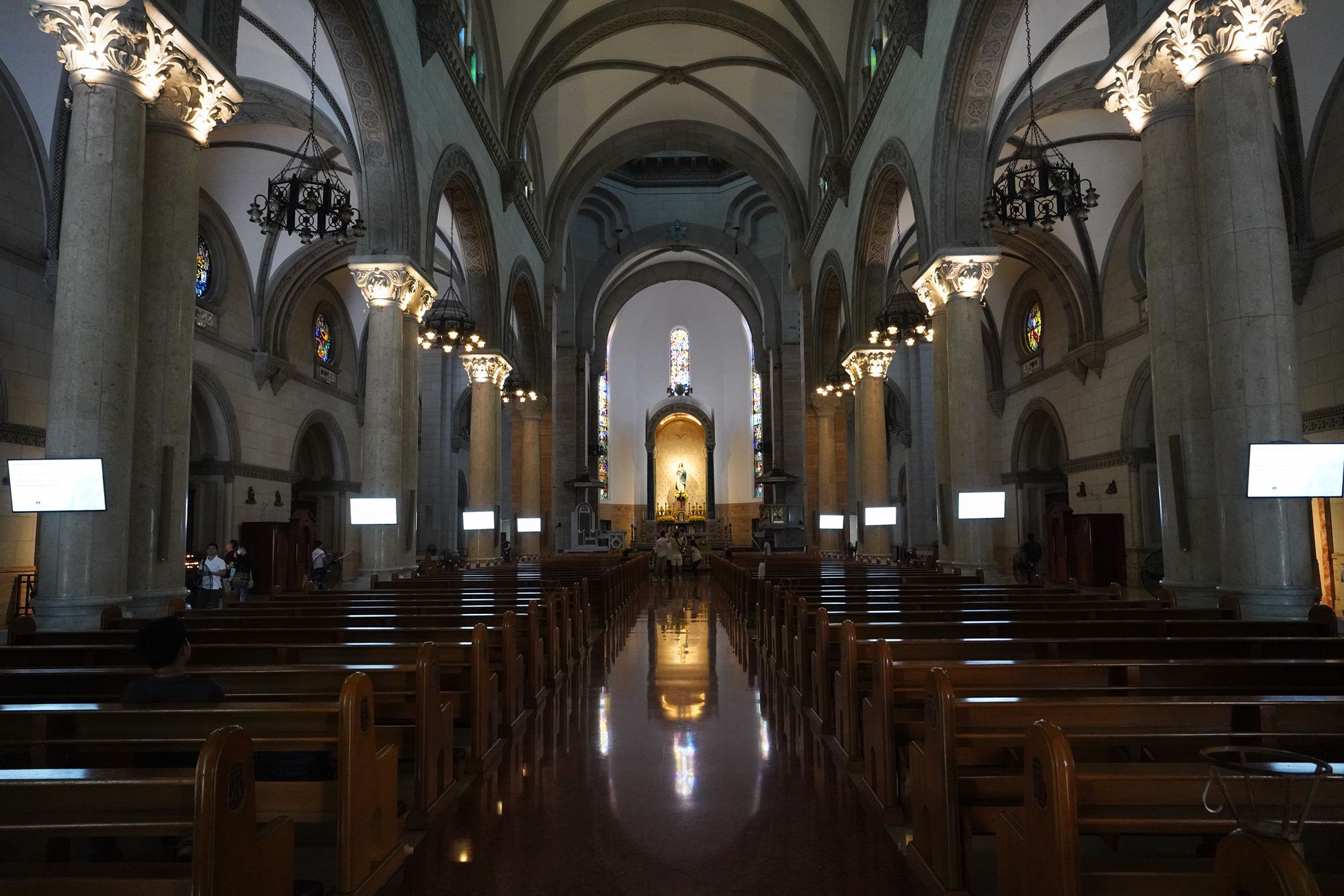
The main altar is beautifully crafted, with a grandiose tabernacle, and it is dedicated to the Immaculate Conception, the patroness of the Philippines.
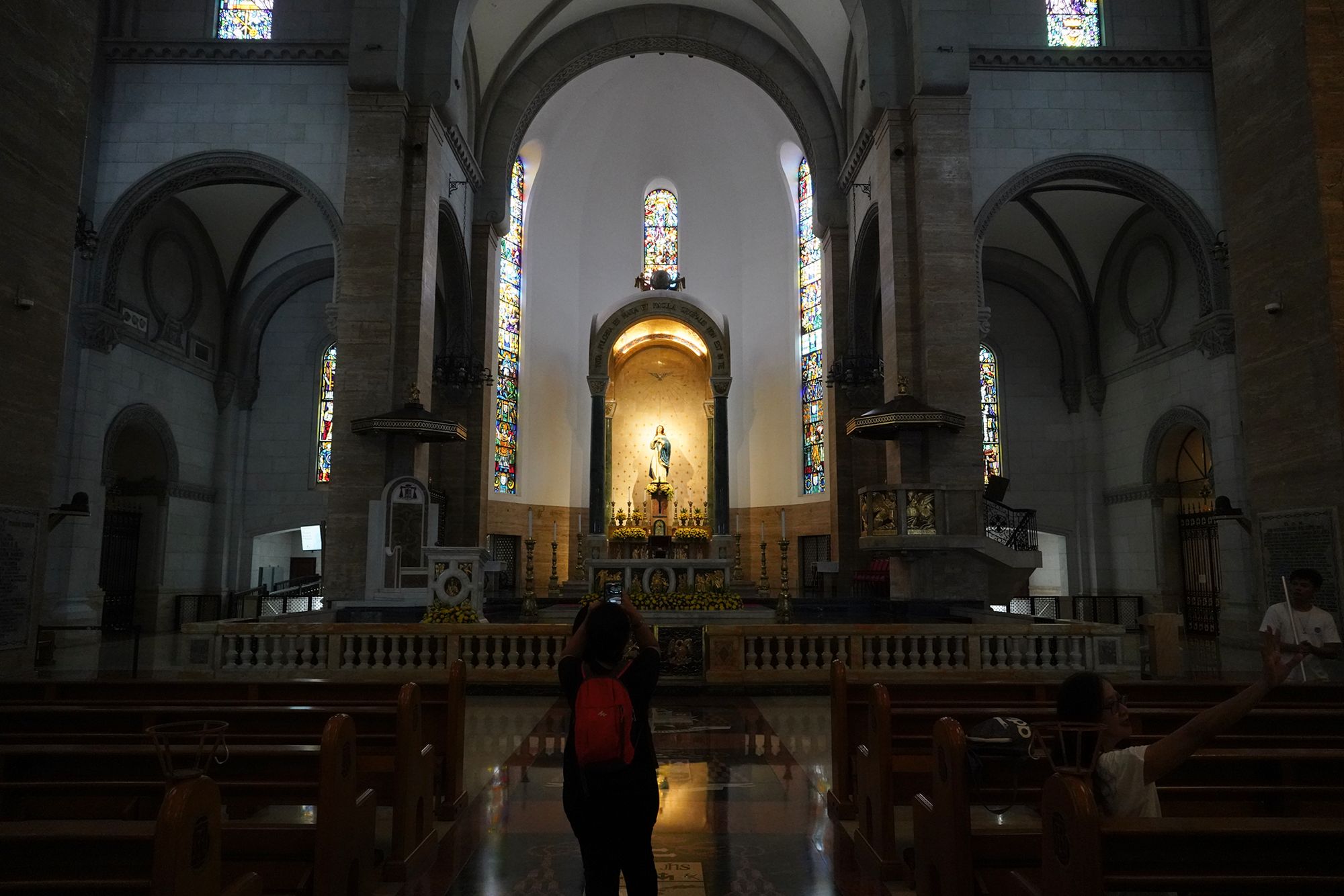
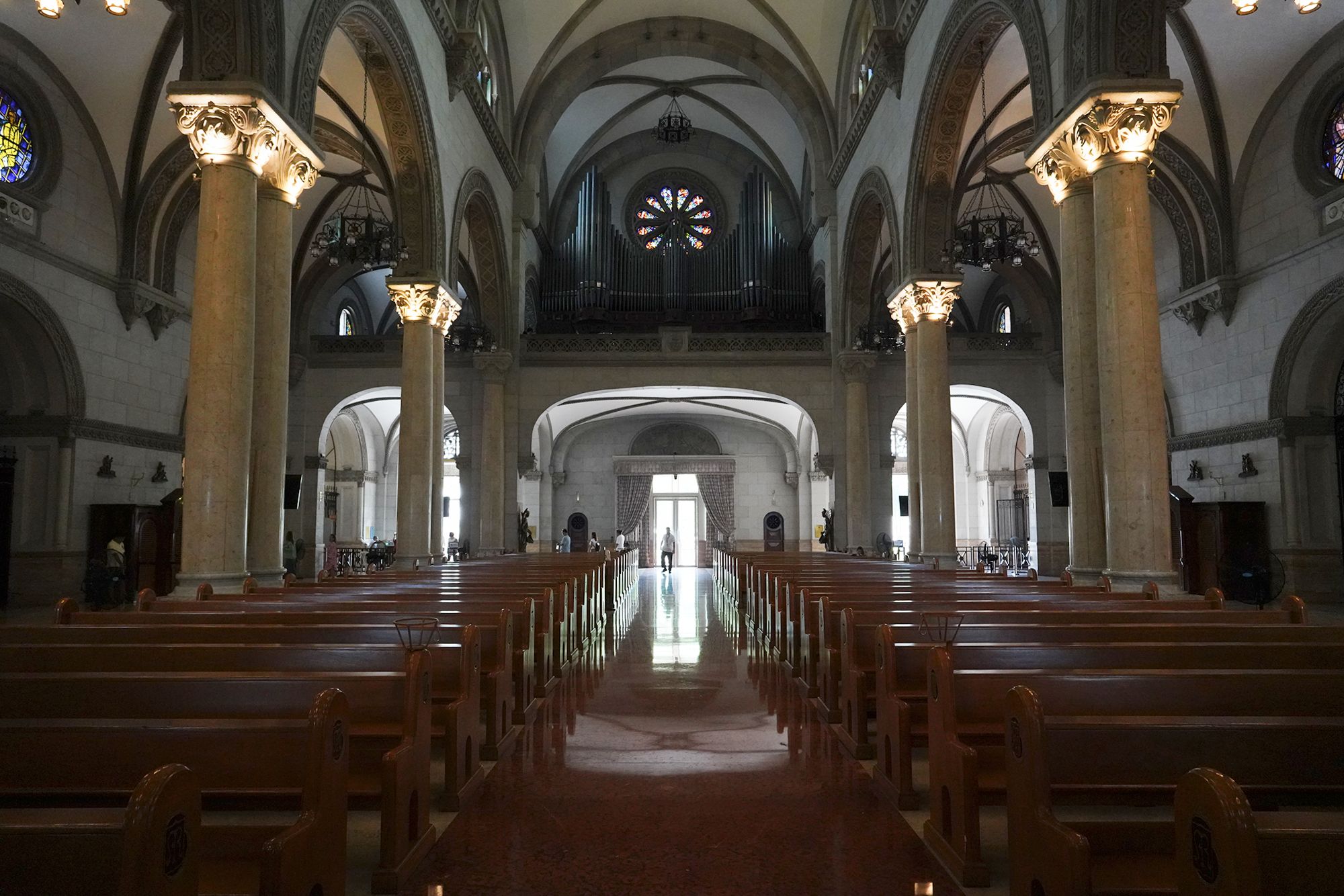
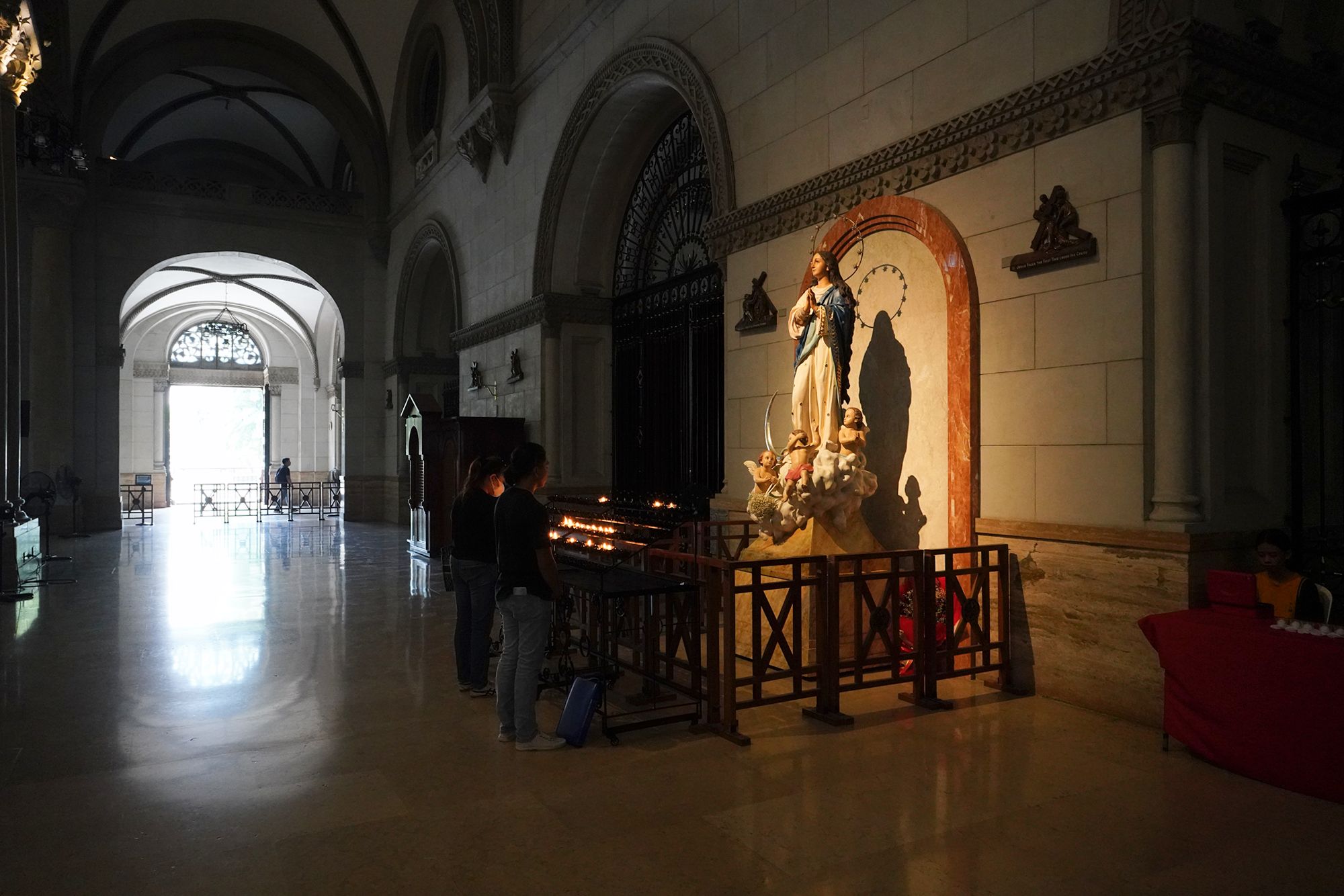
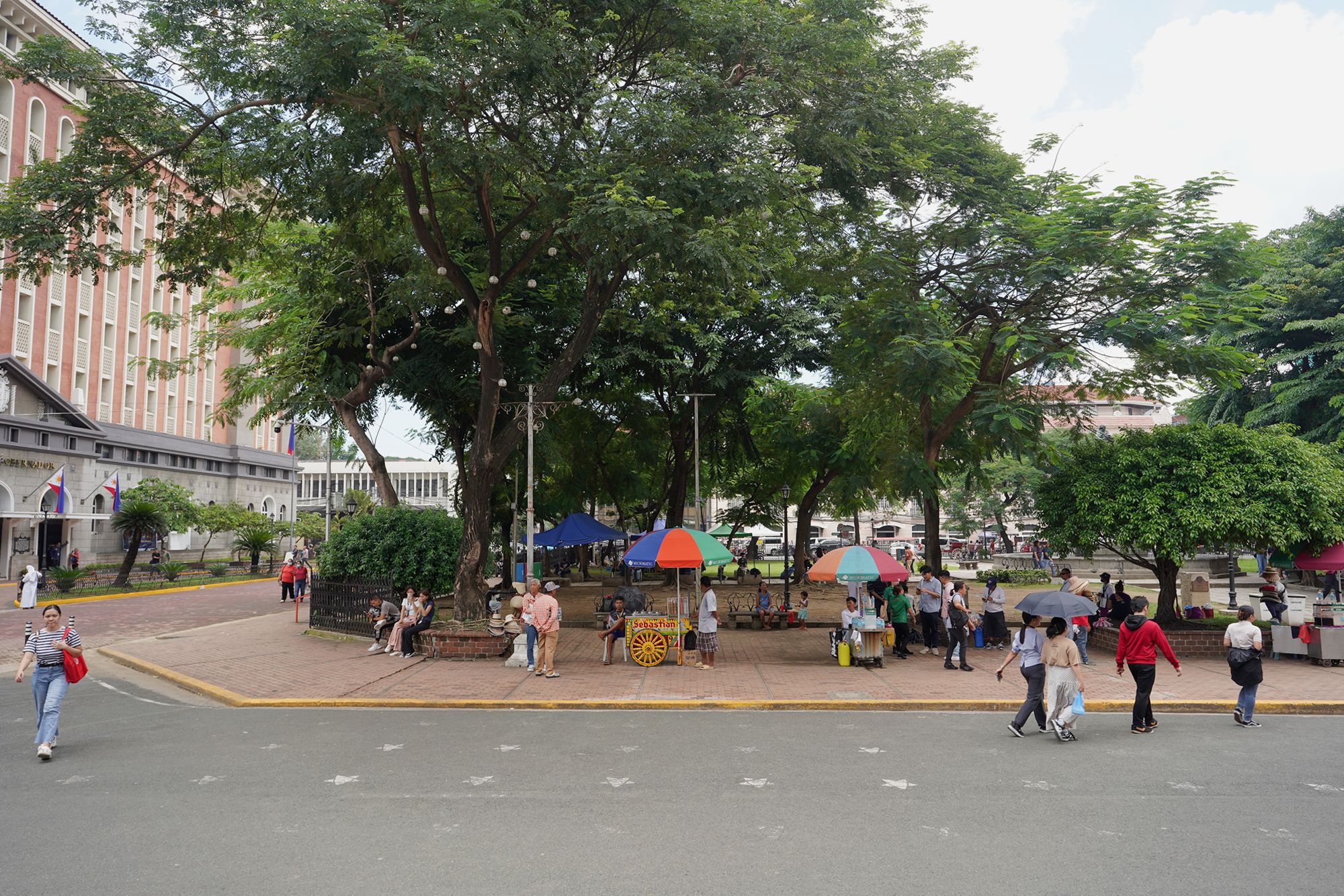
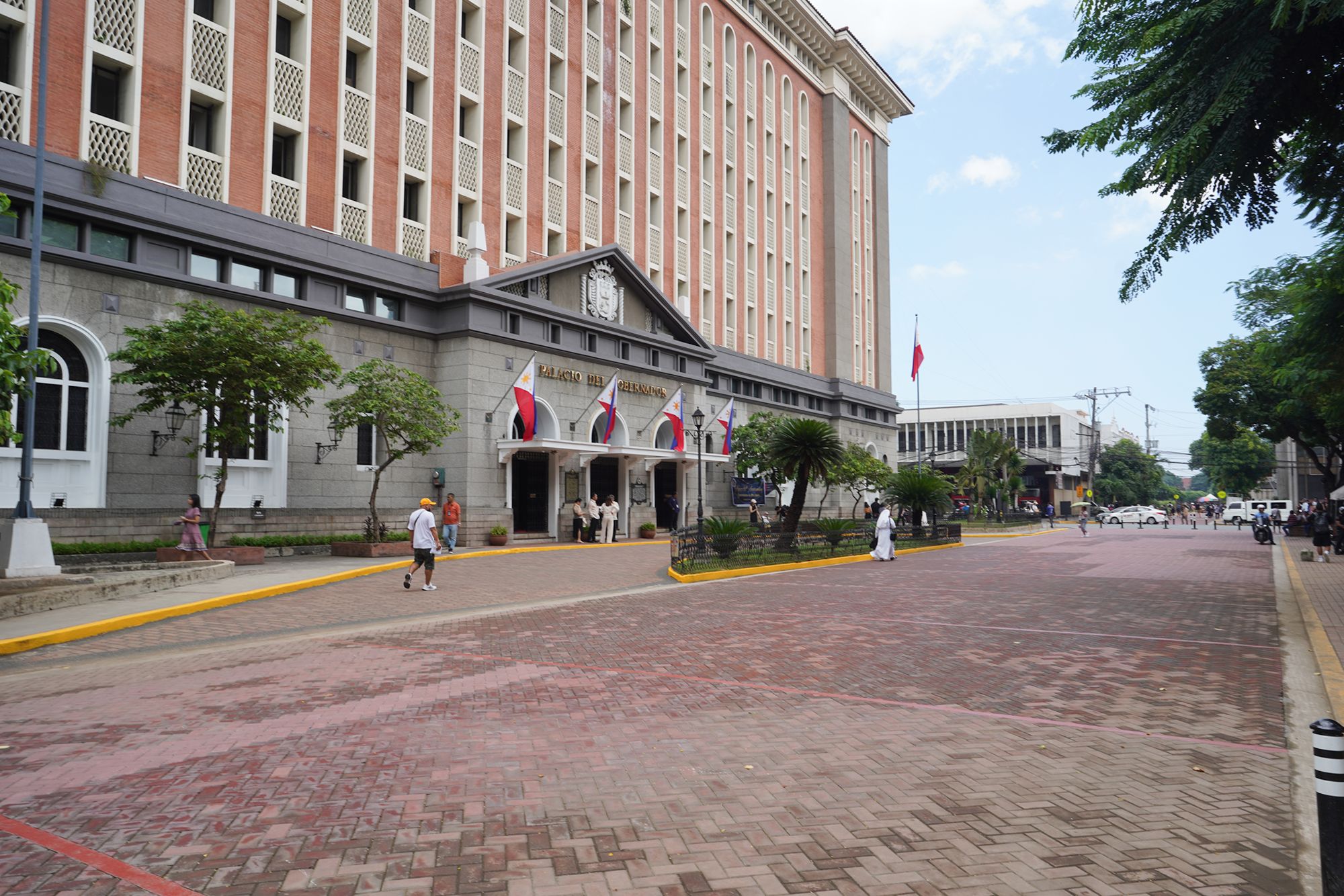
Back side
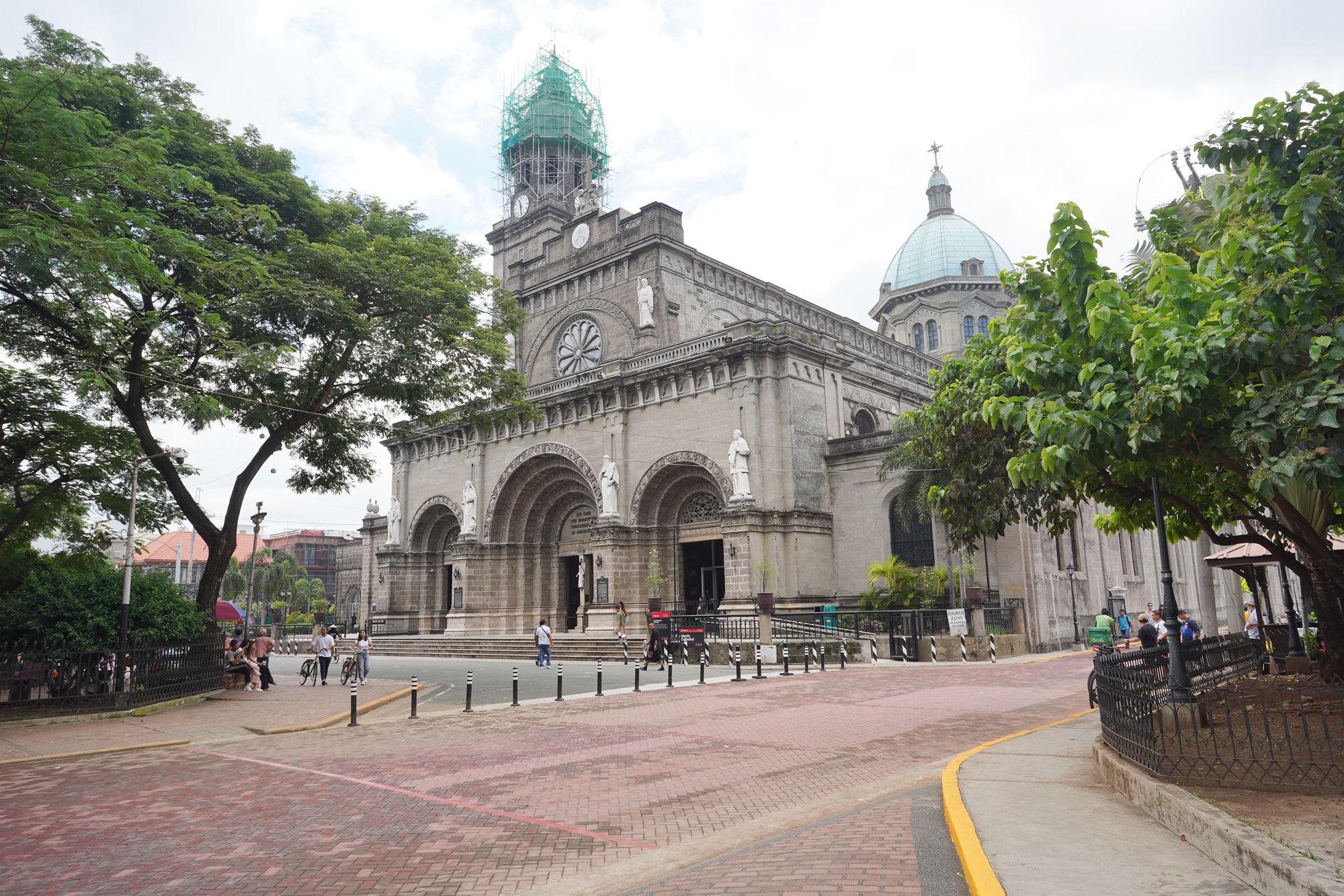
I walked to Fort Santiago, which is located inside the Intramuros
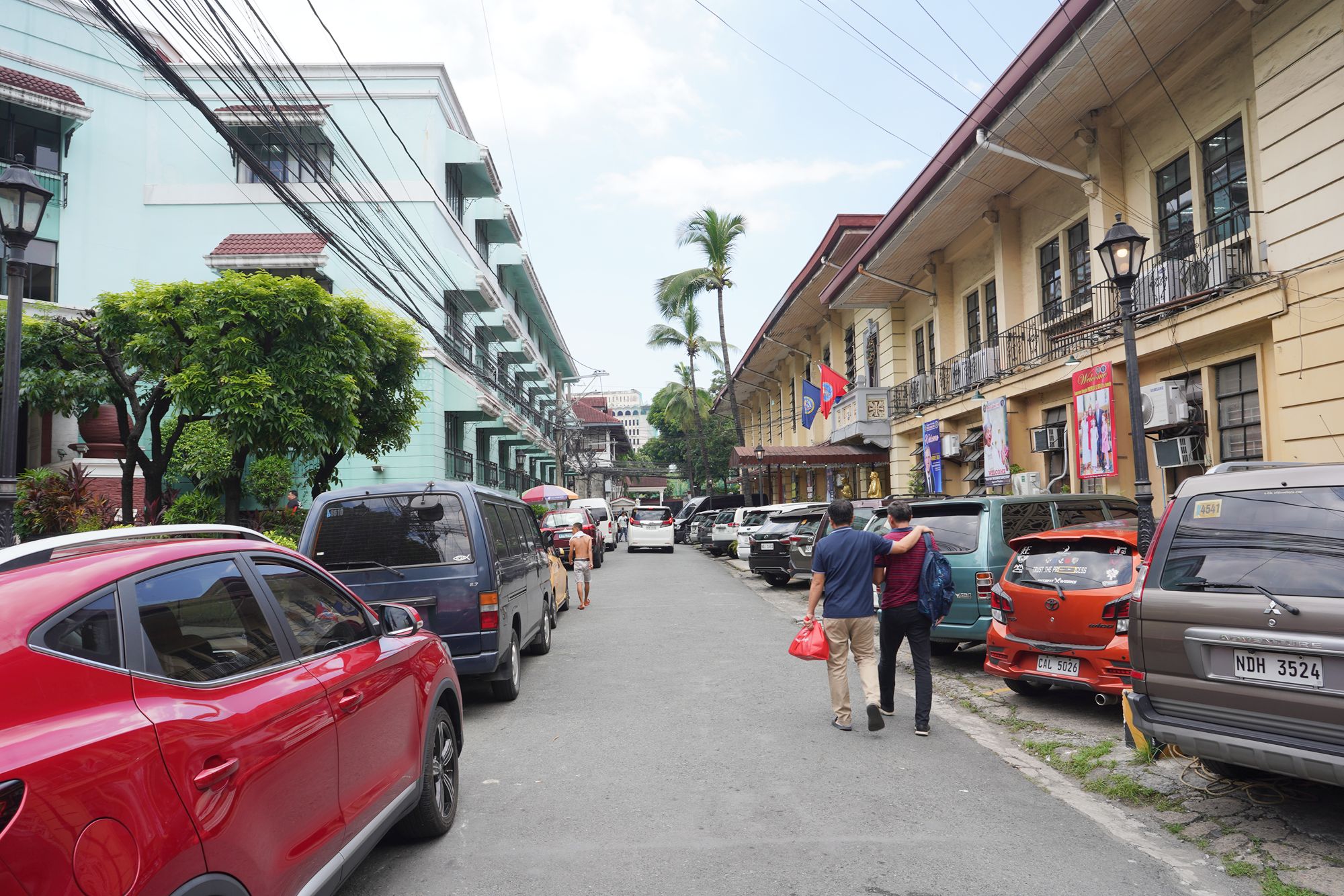
Fort Santiago – A citadel within Intramuros, Fort Santiago has historic significance as it was where national hero José Rizal was imprisoned before his execution. The fort features dungeons, gardens, and an on-site museum dedicated to Rizal’s life.
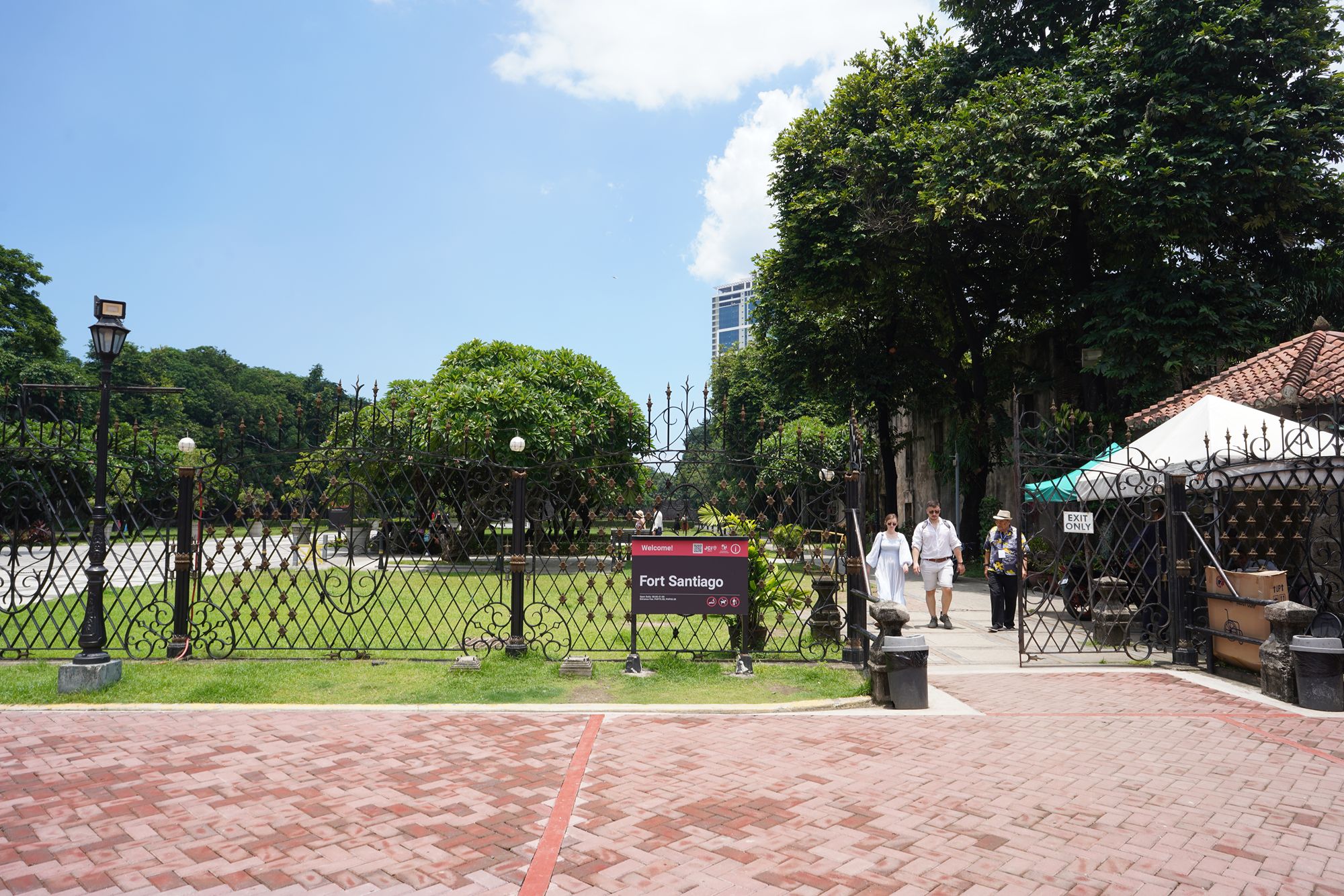
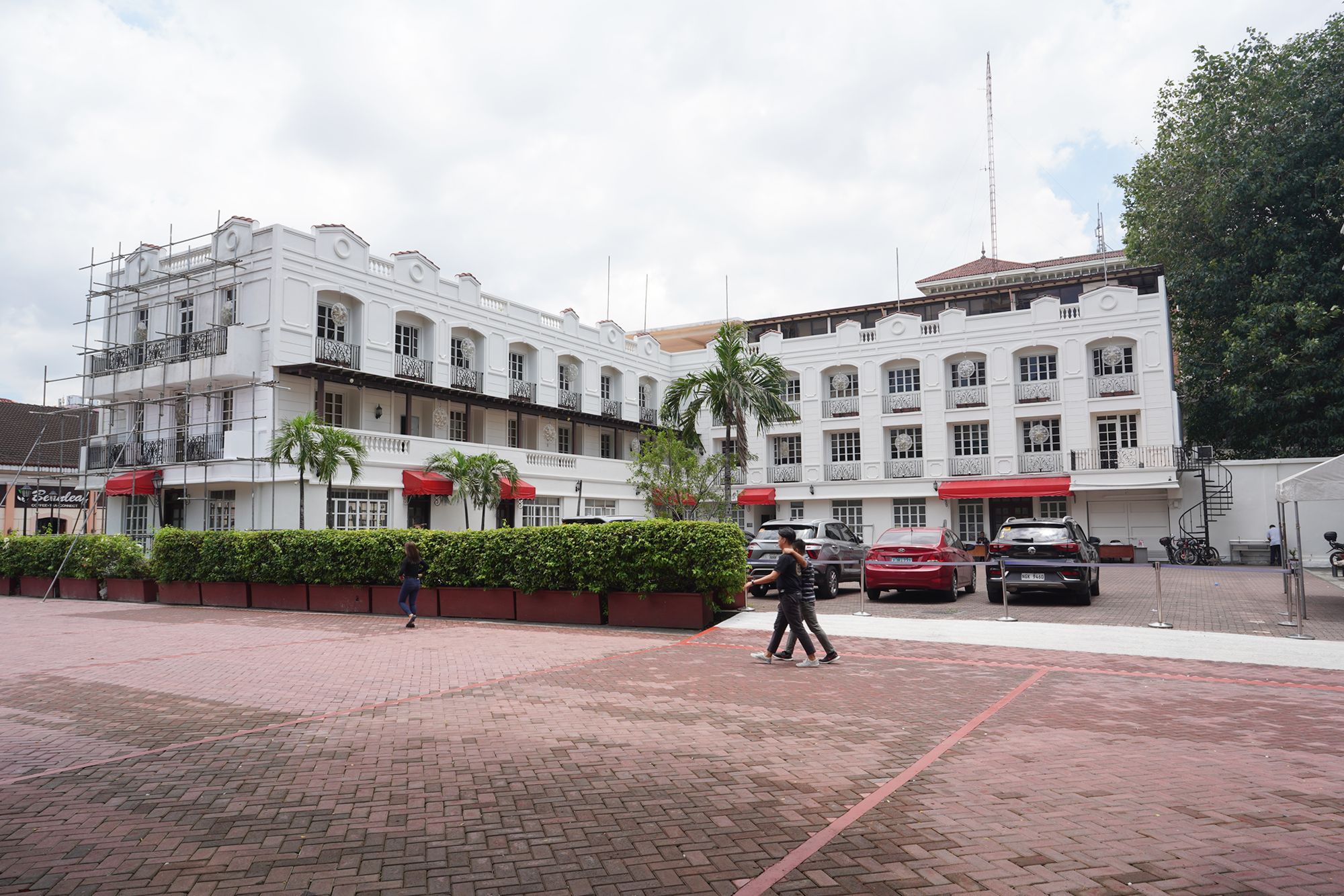
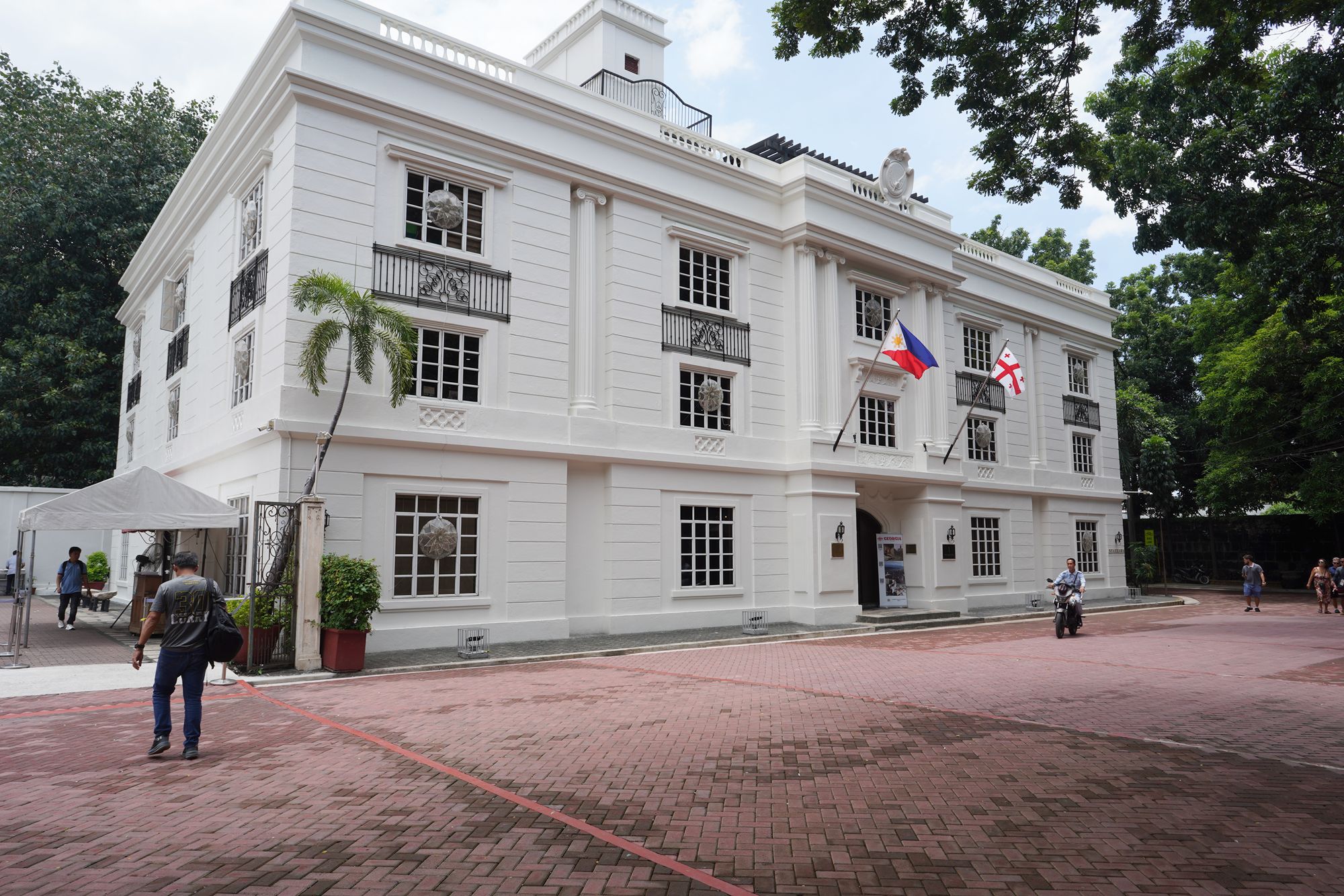
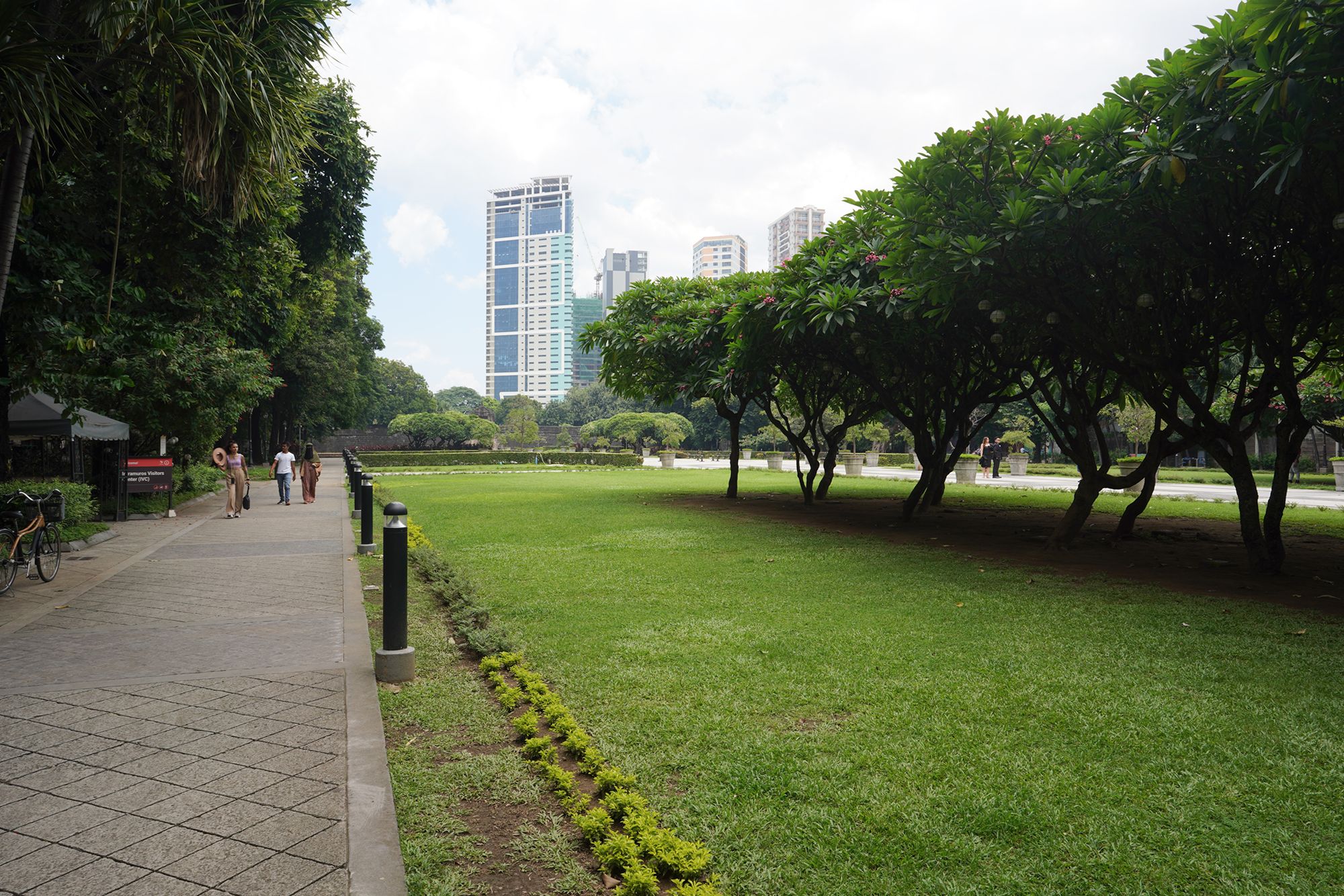
Side buildings in the Fort
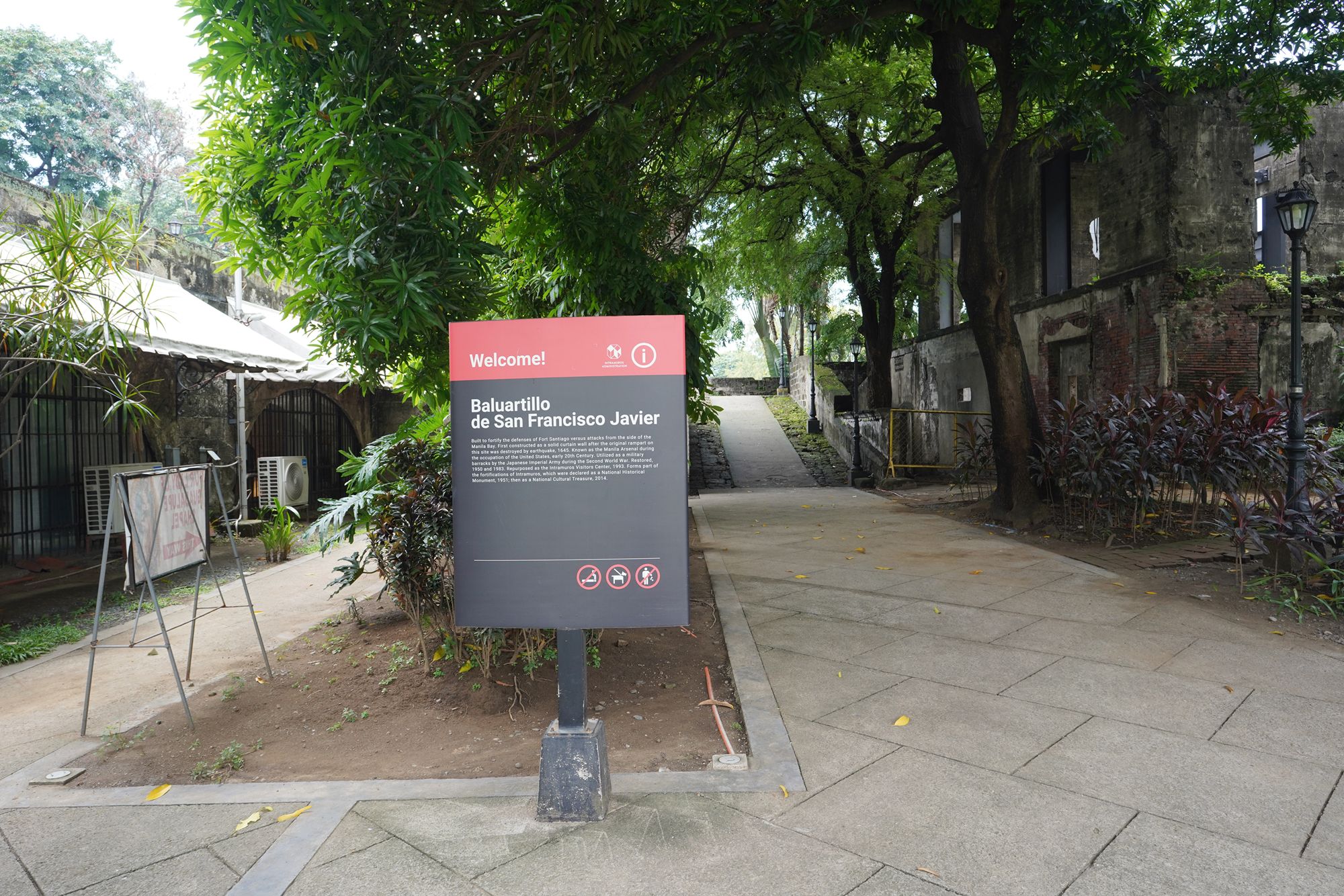
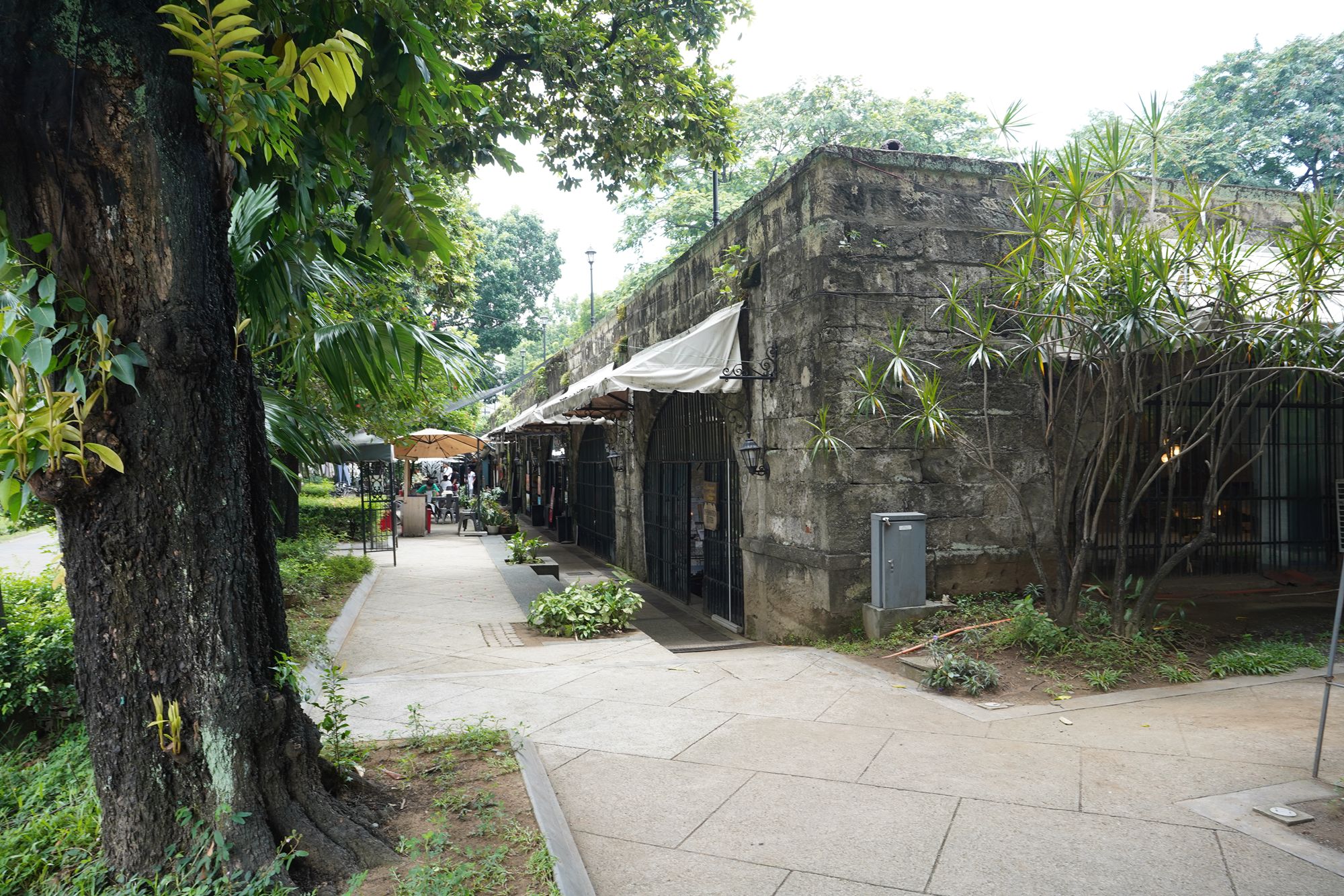
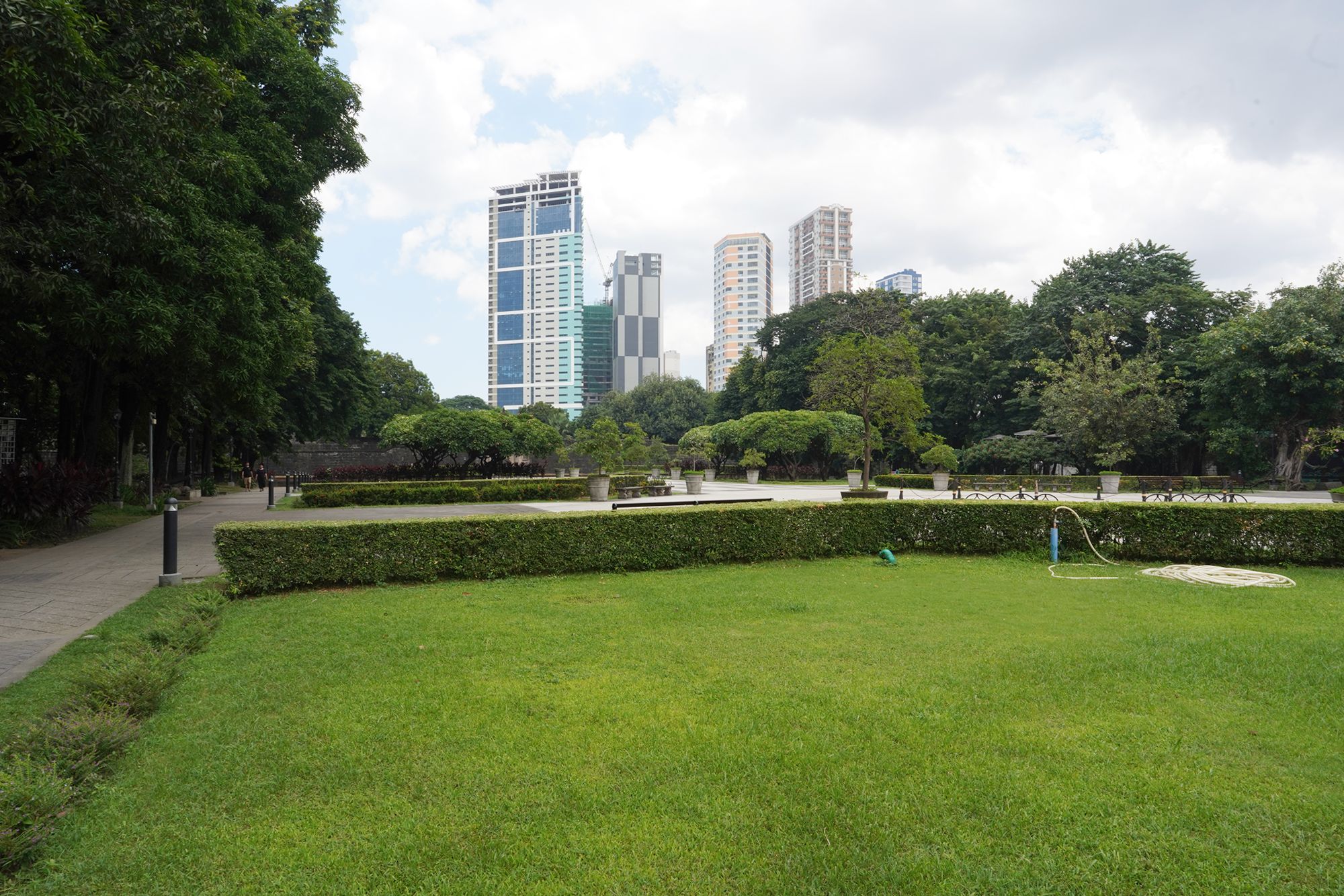
Fort Santiago, located in Intramuros, was built in 1593 by Spanish conquistador Miguel López de Legazpi; it served as a military defense structure for the Spanish colonial government.
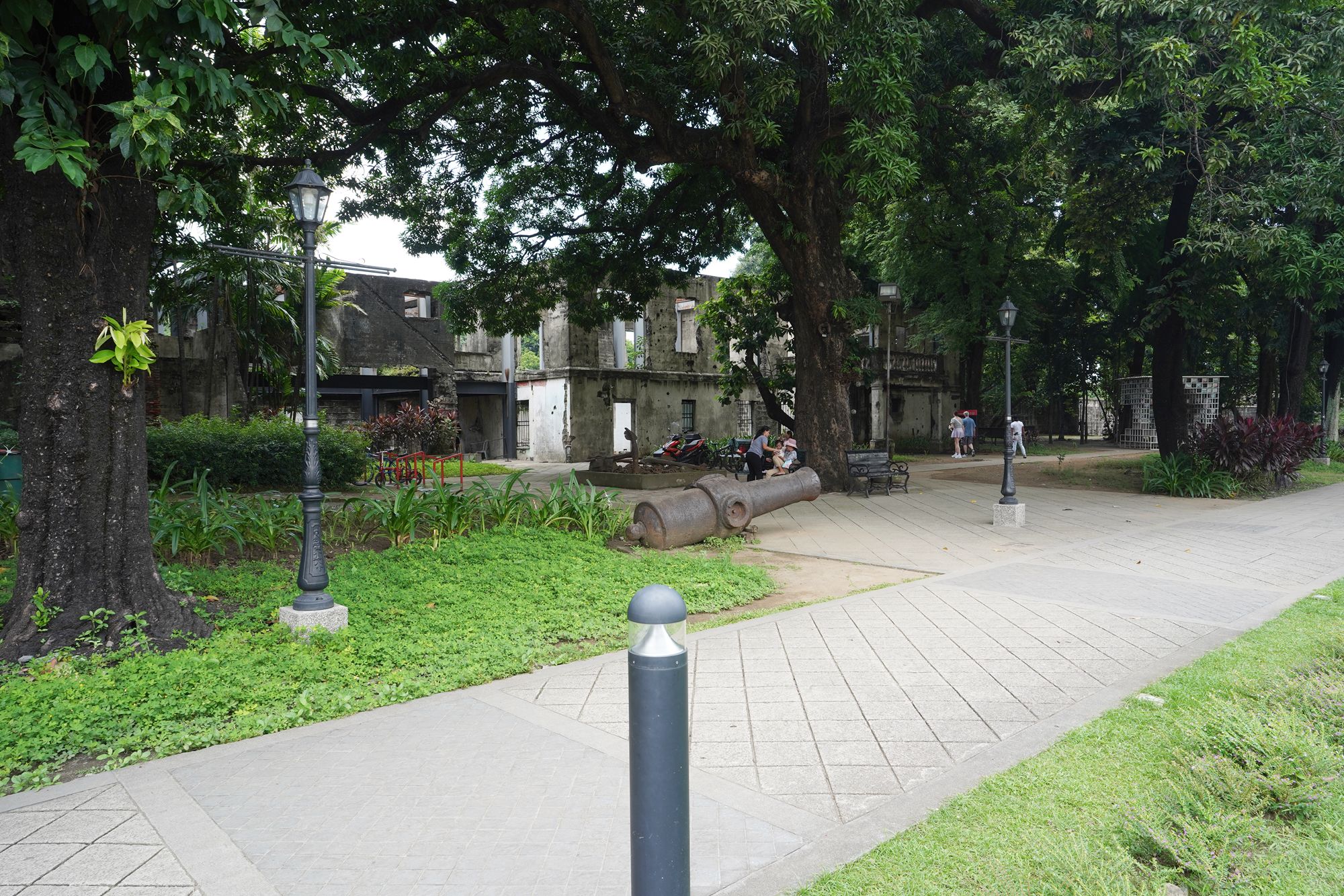
Originally constructed to protect the newly established Spanish settlement from foreign invaders and local uprisings, Fort Santiago was part of a larger network of defenses within Intramuros.
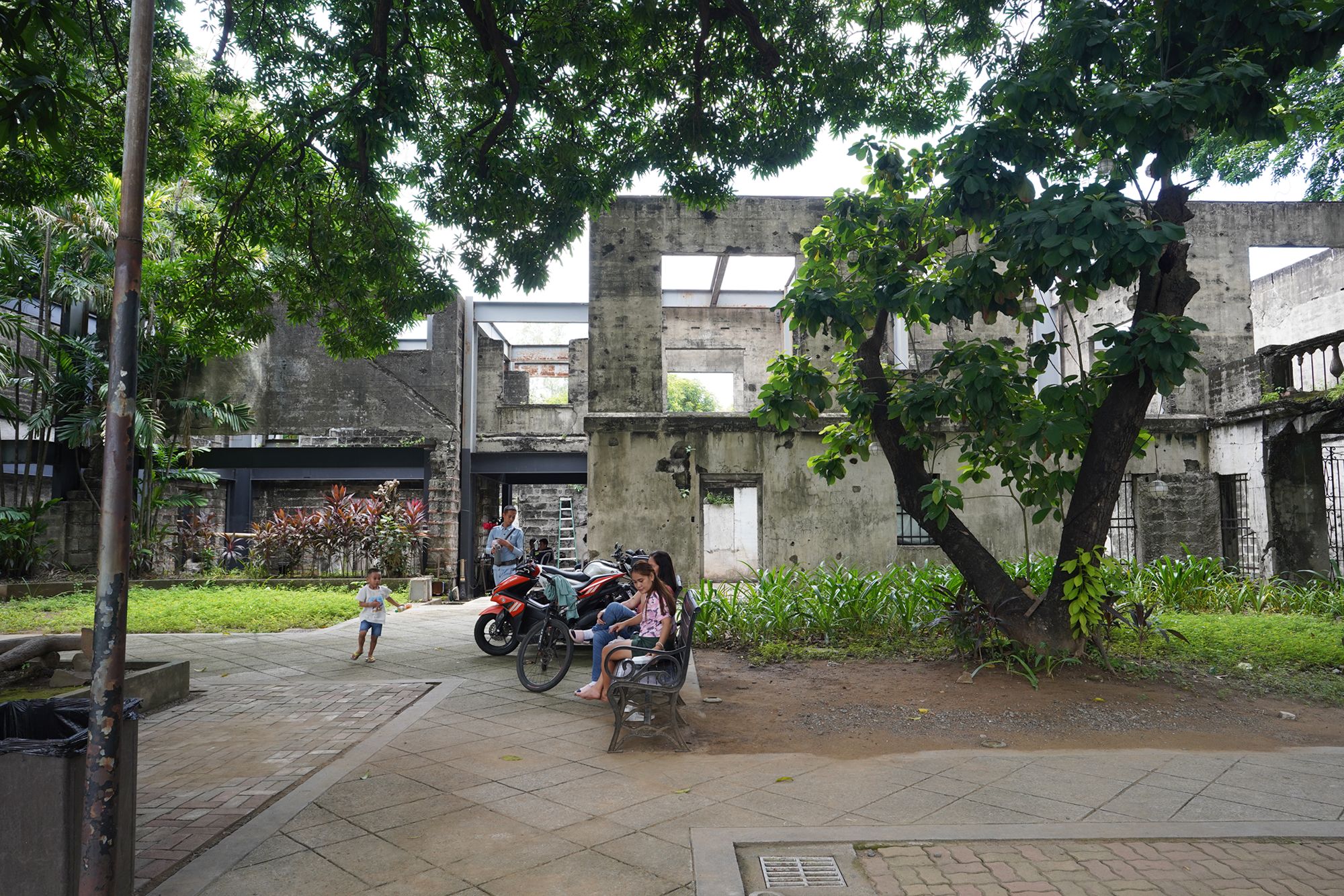
It played a pivotal role during Spanish colonization, serving as the headquarters for Spanish officials, including the Governor-General.
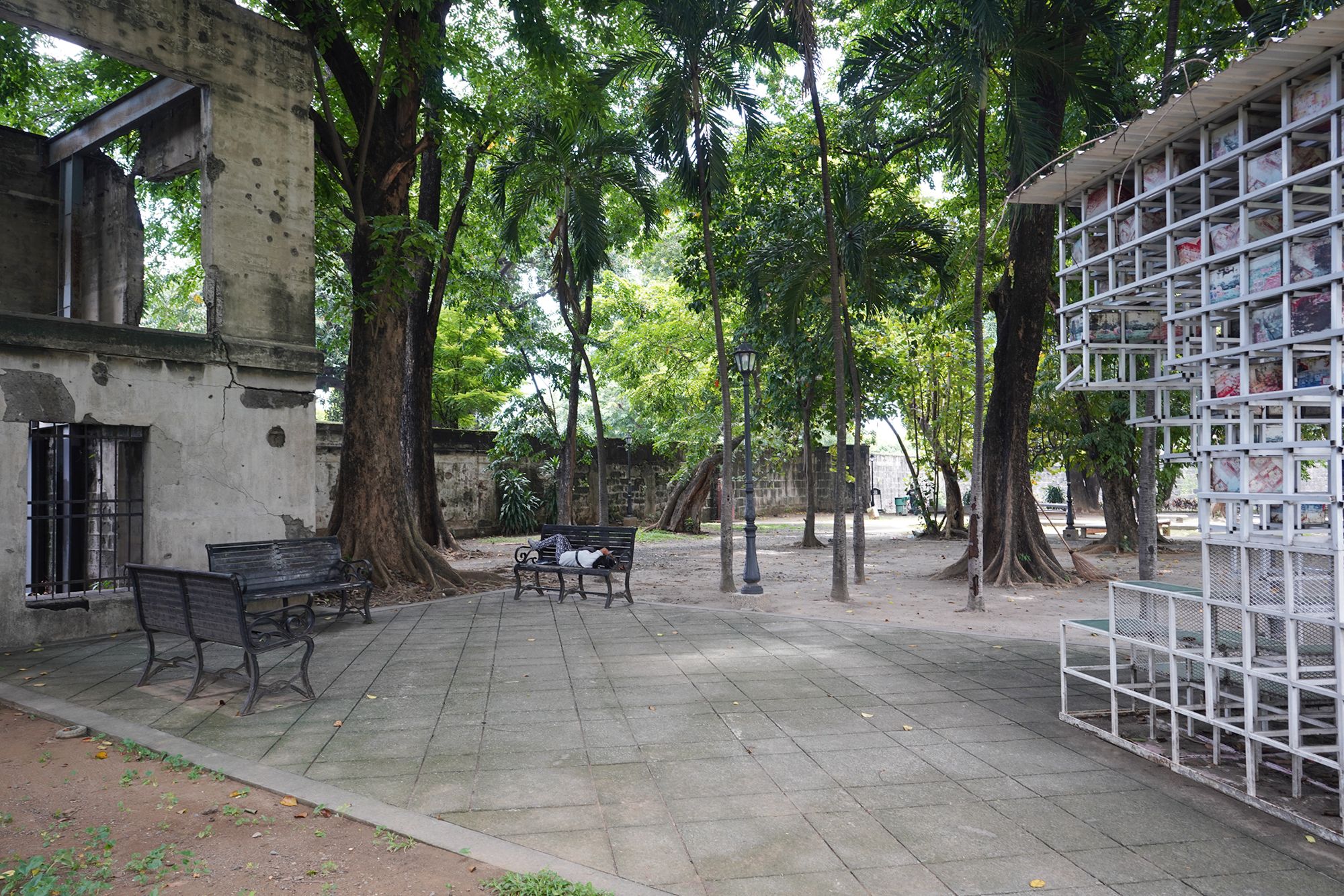
During World War II, the fort was used as a military base and prison by the Japanese forces. Many Filipino and American prisoners of war were held and executed there, making it a somber symbol of wartime sacrifices.
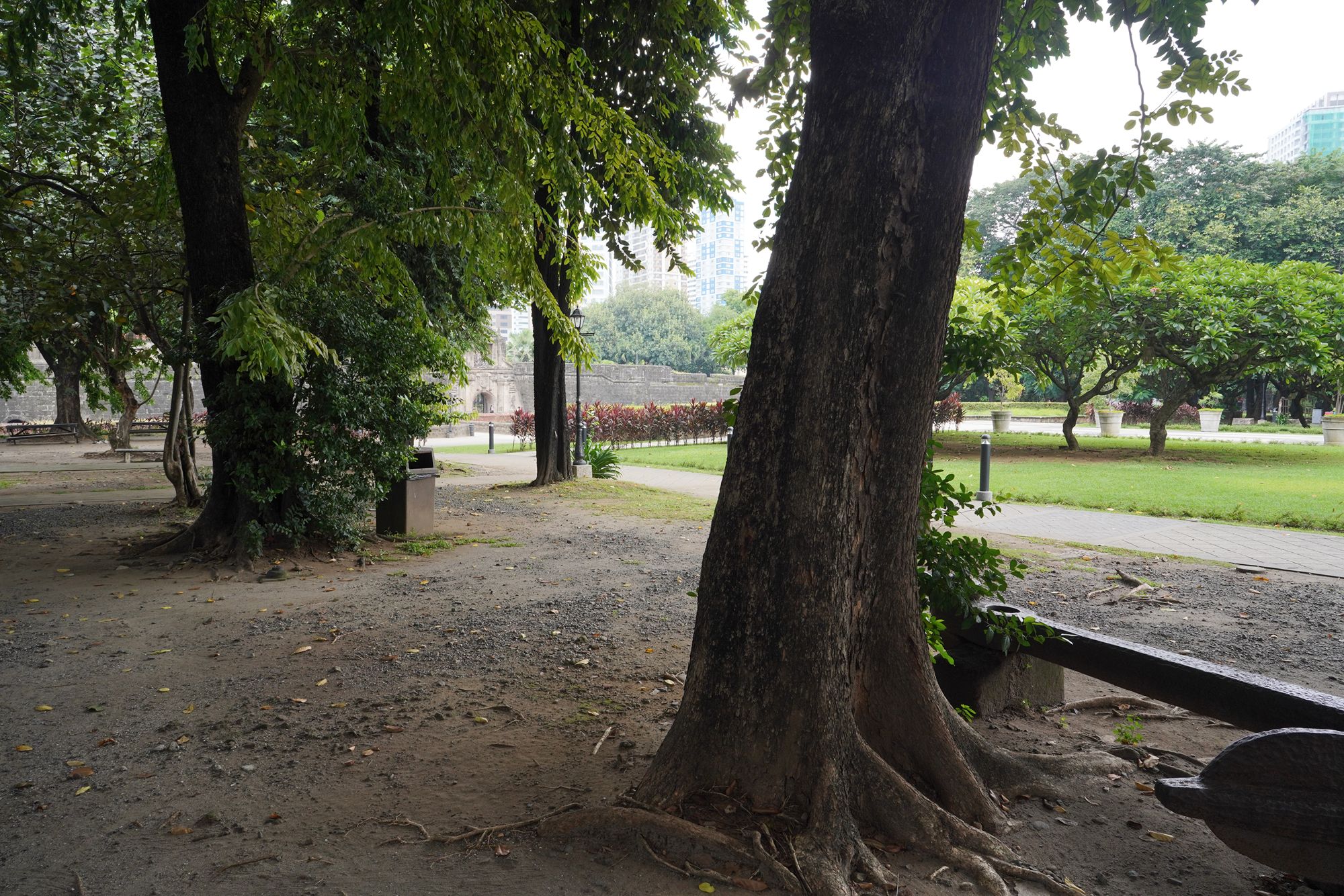
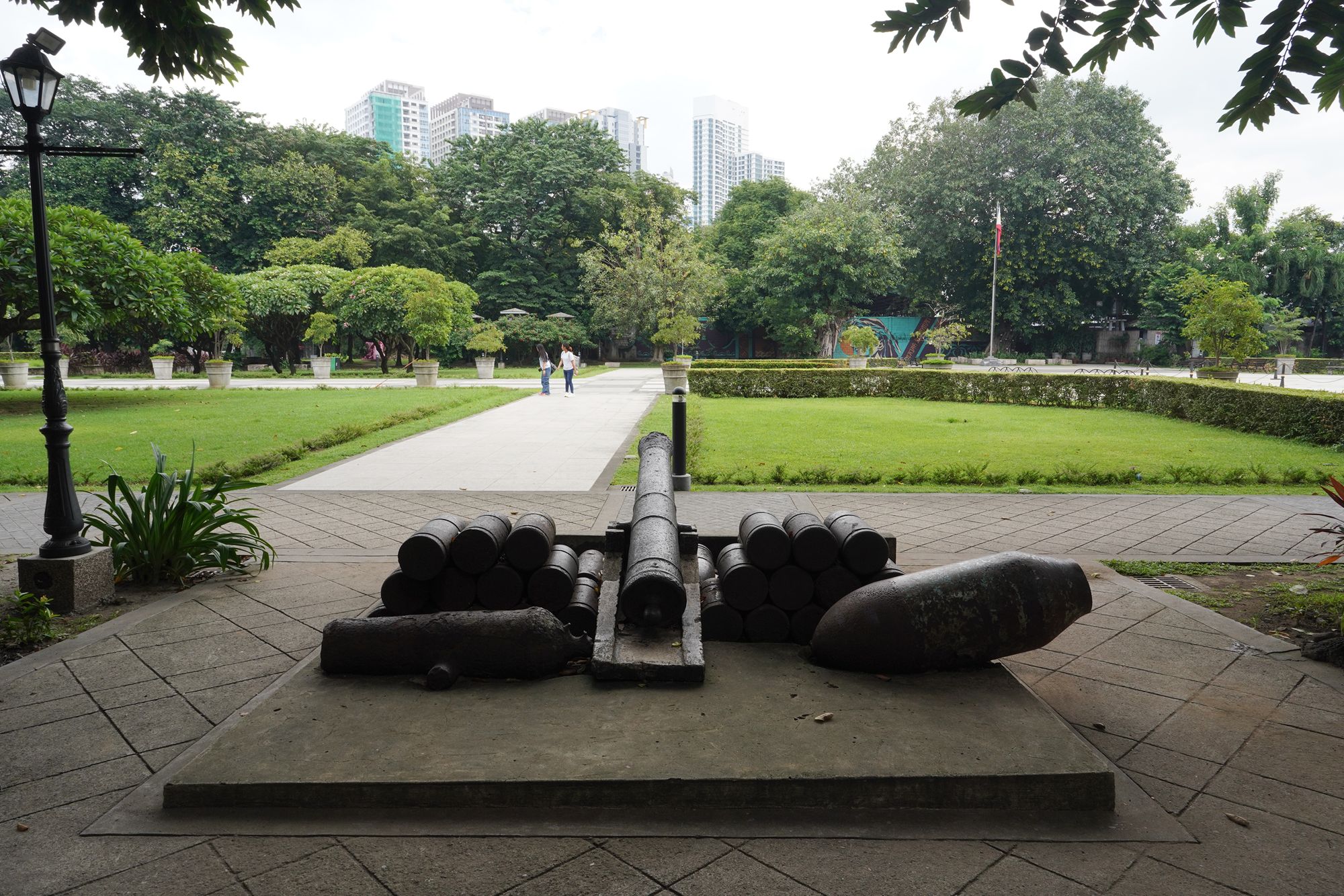
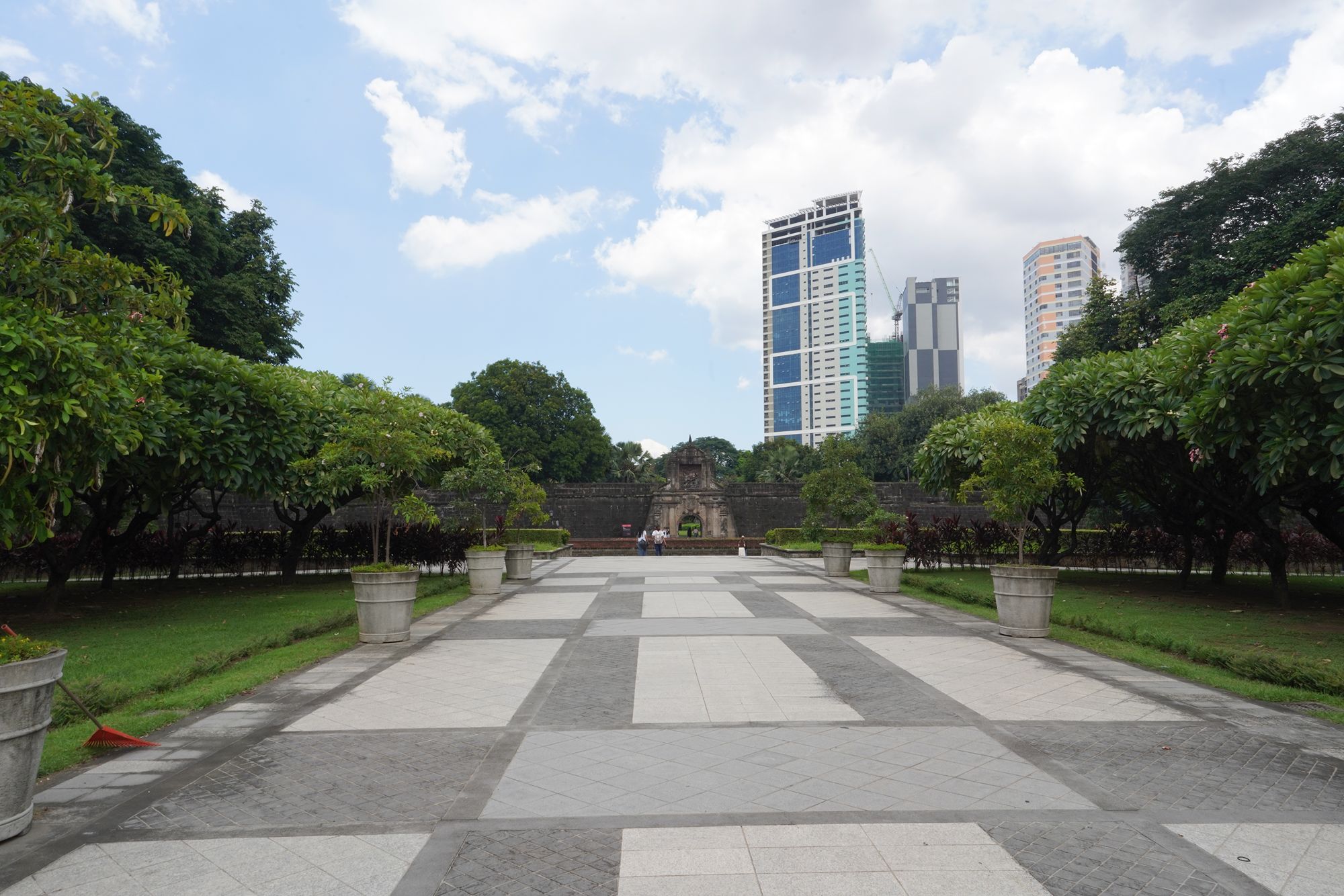
The Main Gate of Fort Santiago in Intramuros, Manila, is a significant historical landmark. It features intricate carvings, including a relief of Saint James (Santiago) and the Spanish royal coat of arms.
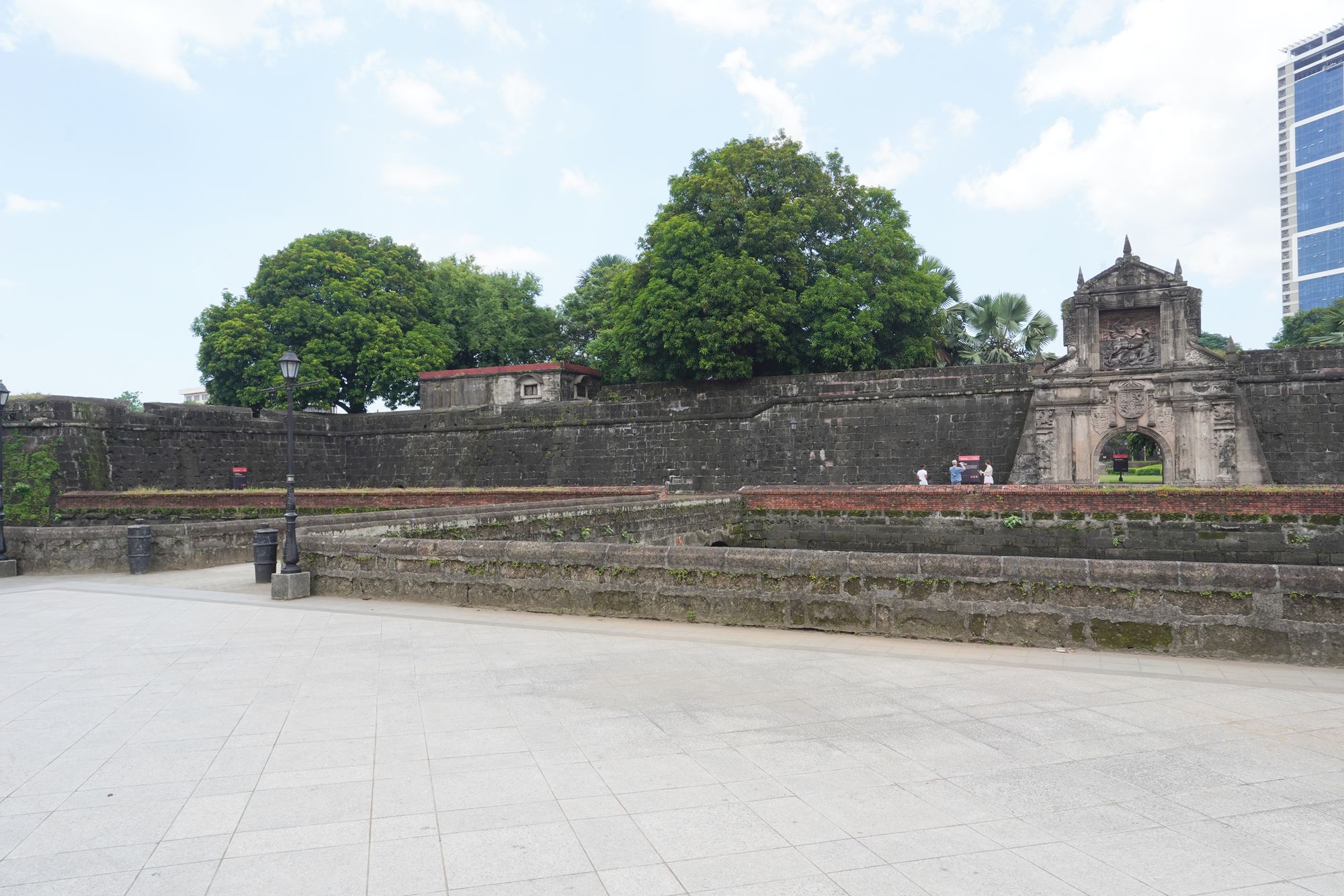
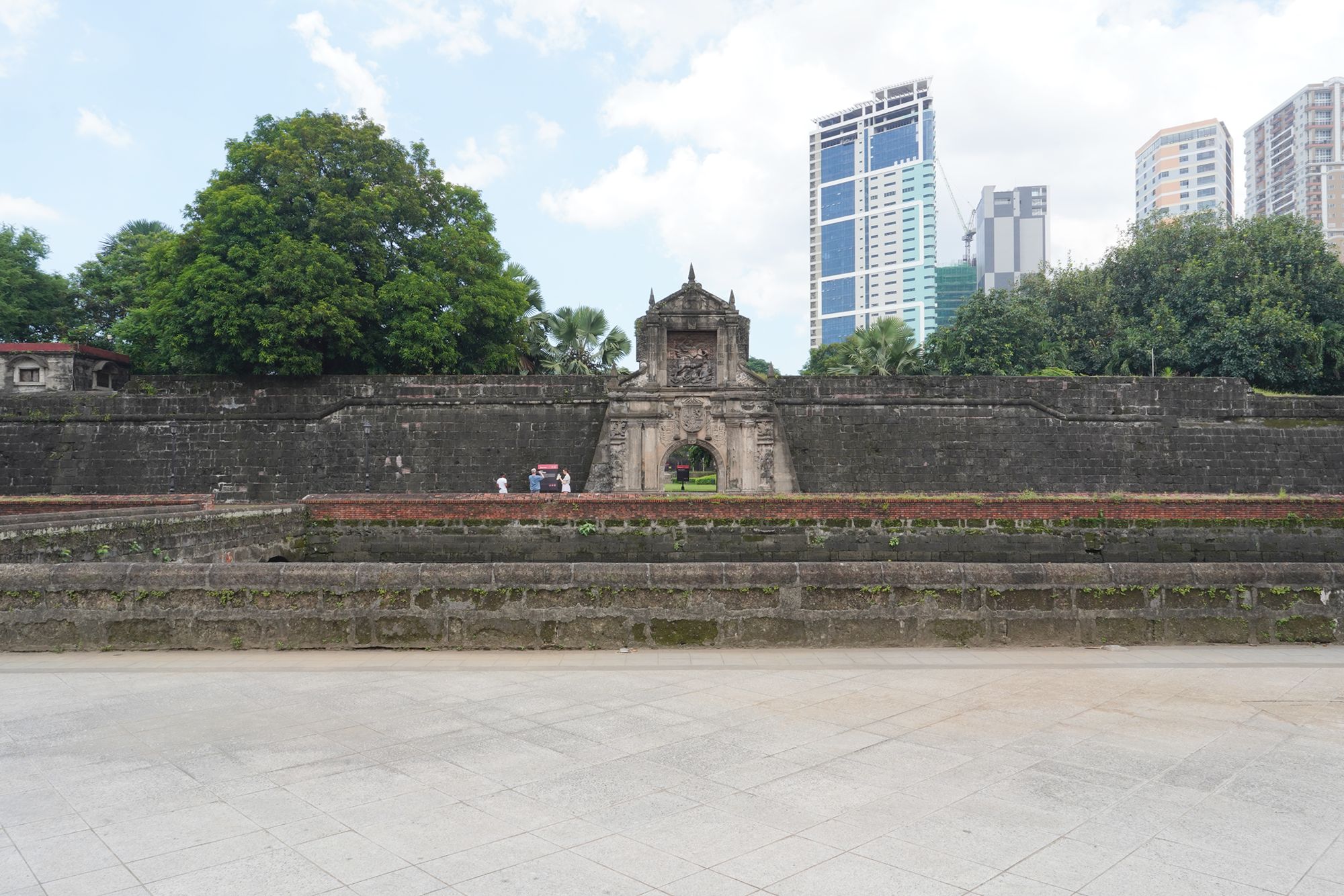
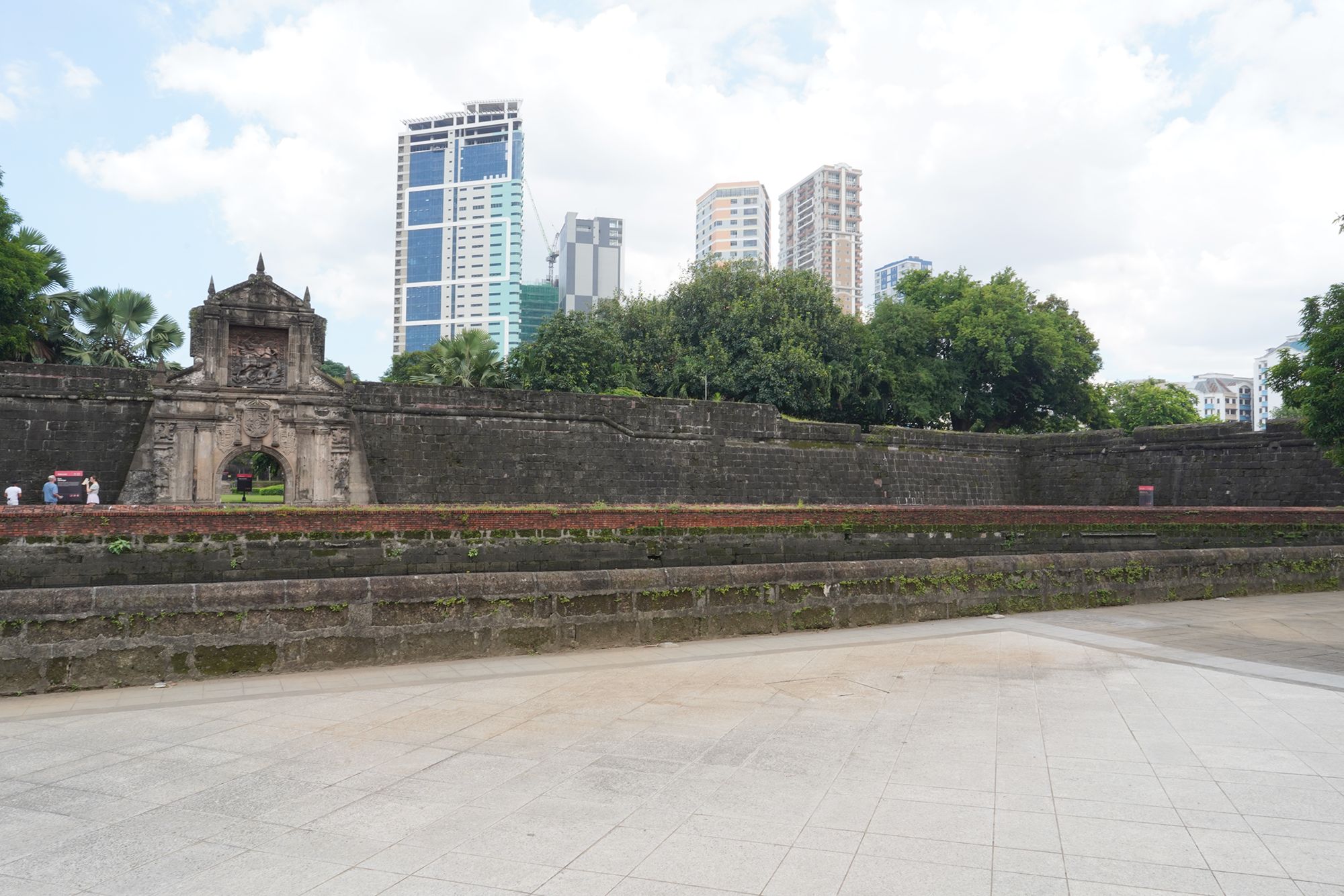
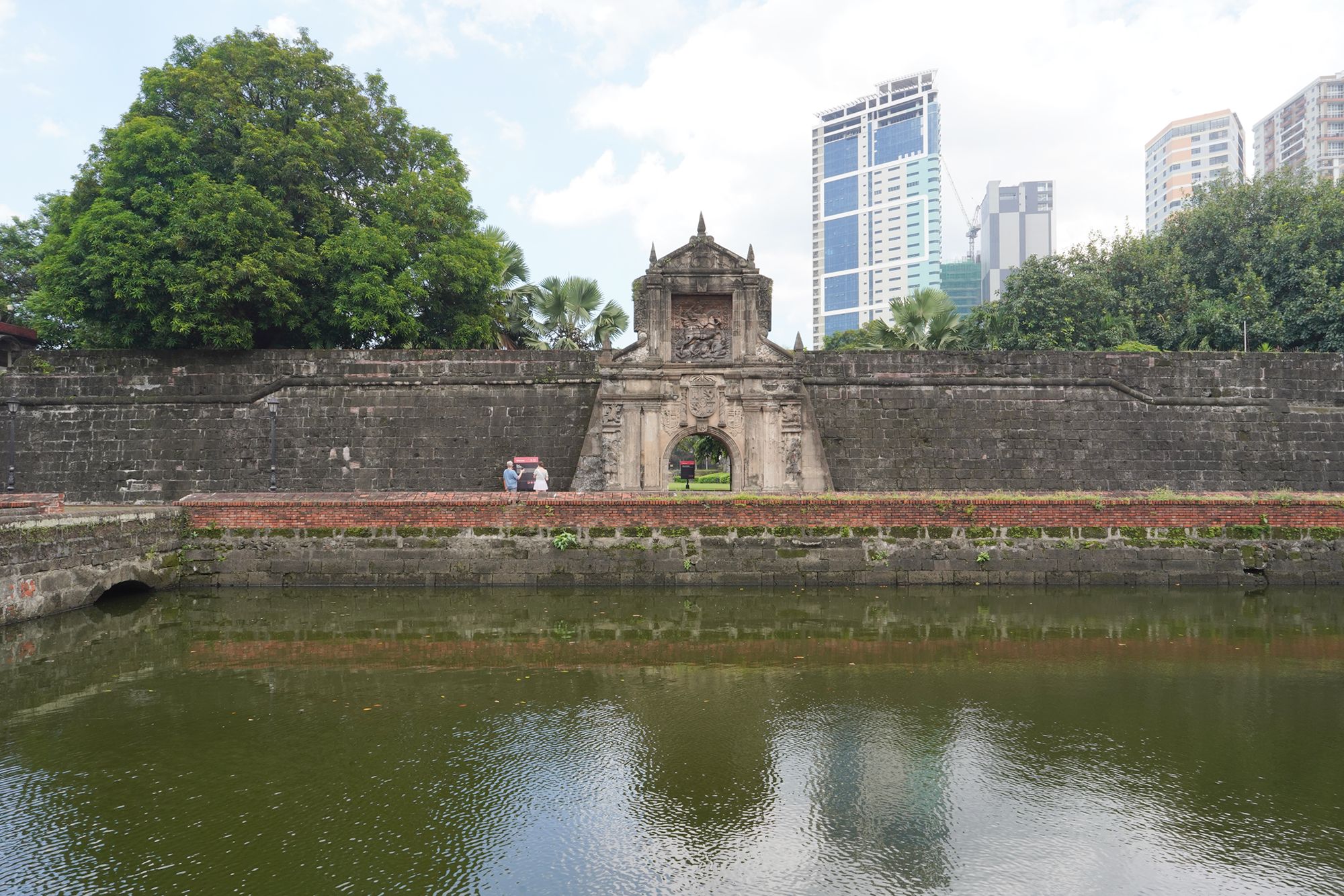
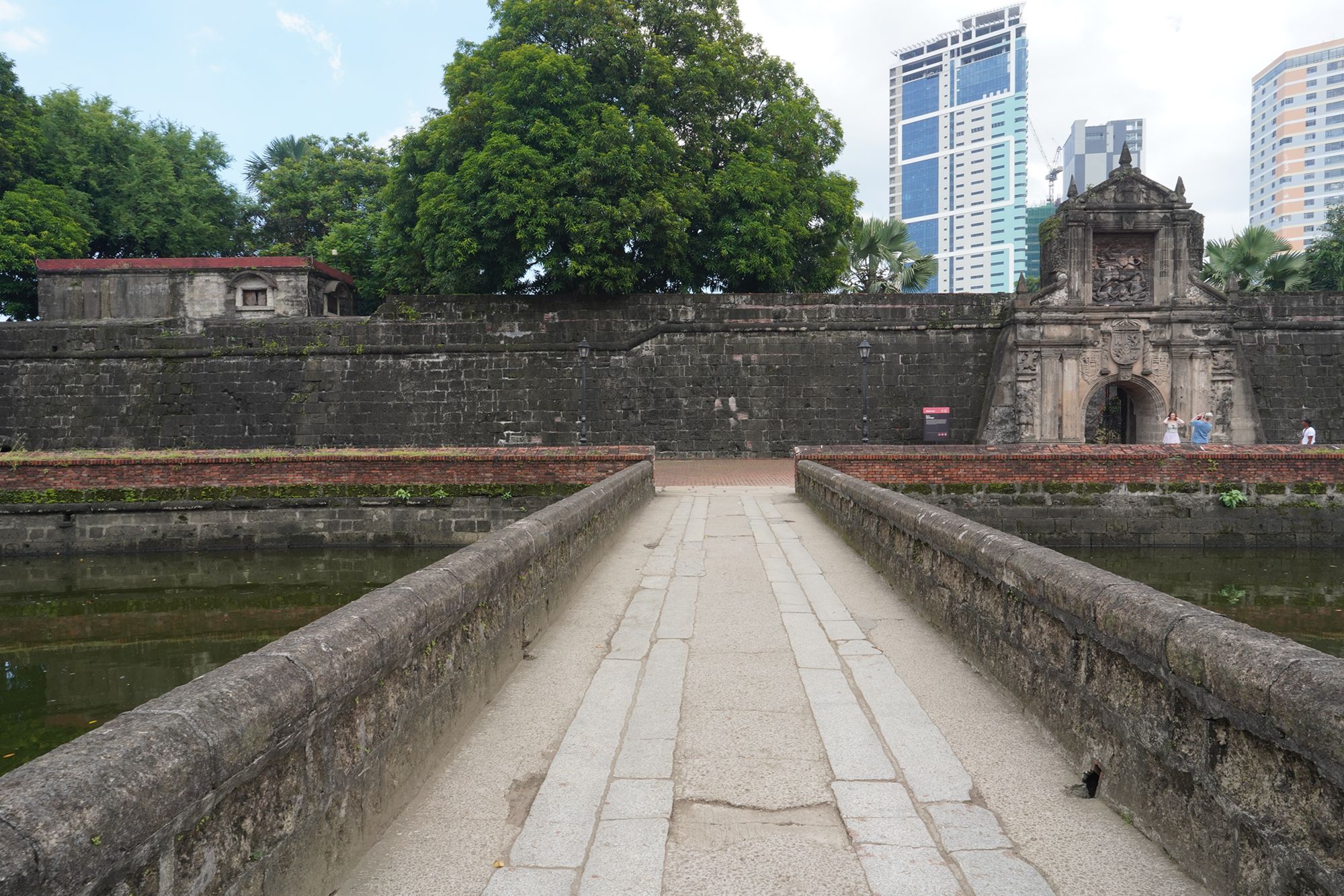
View after the Main Gate
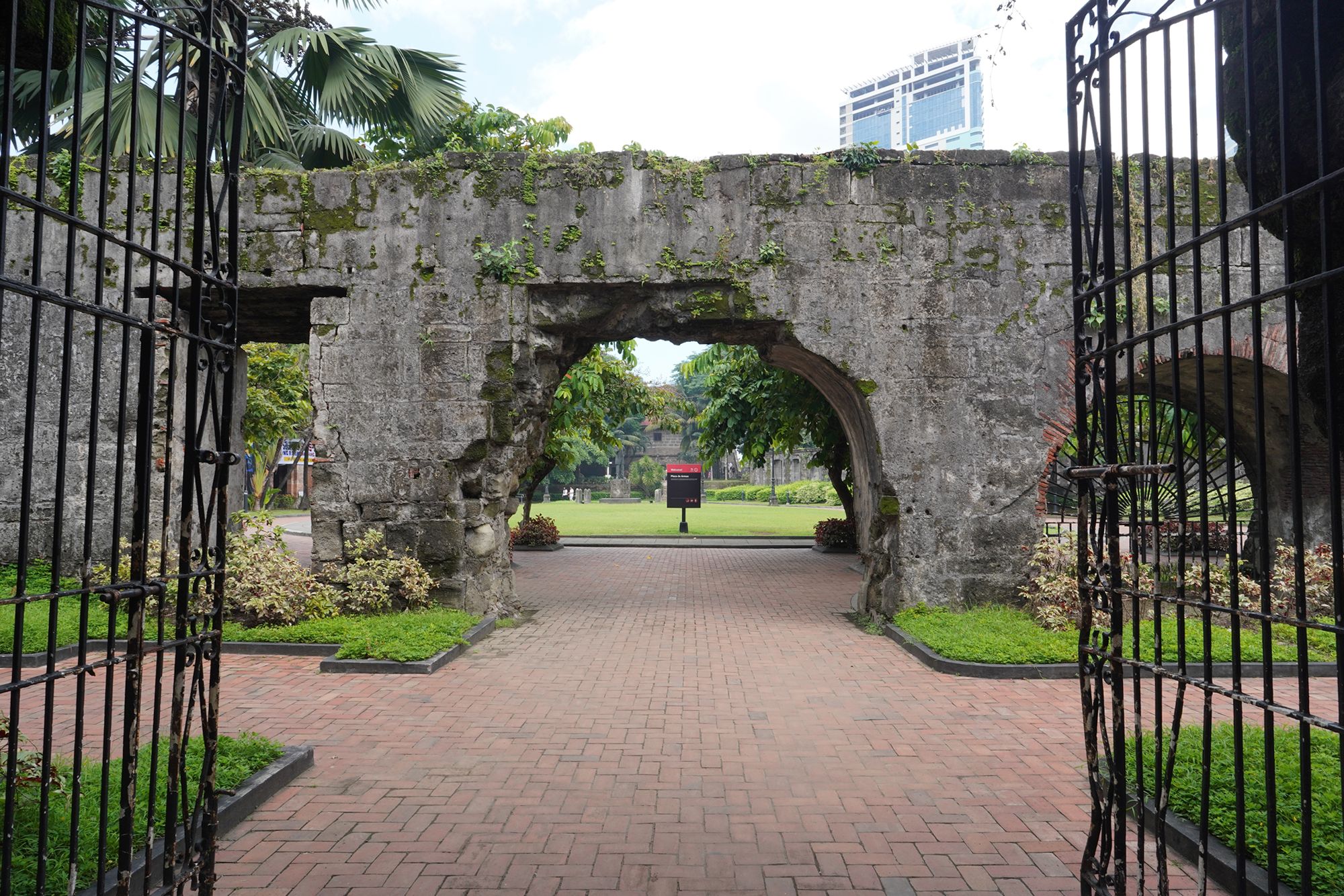
Plaza de Armas
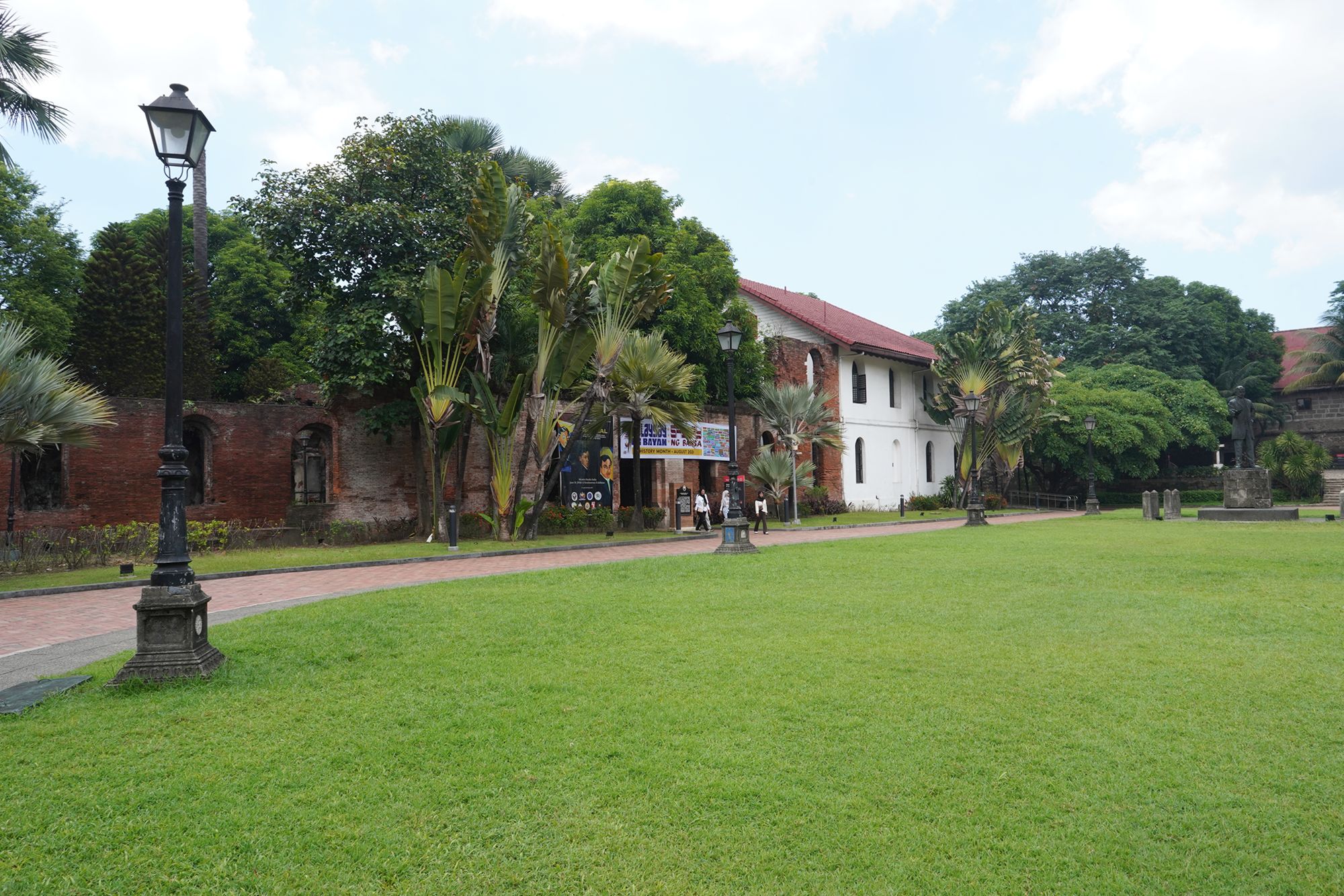
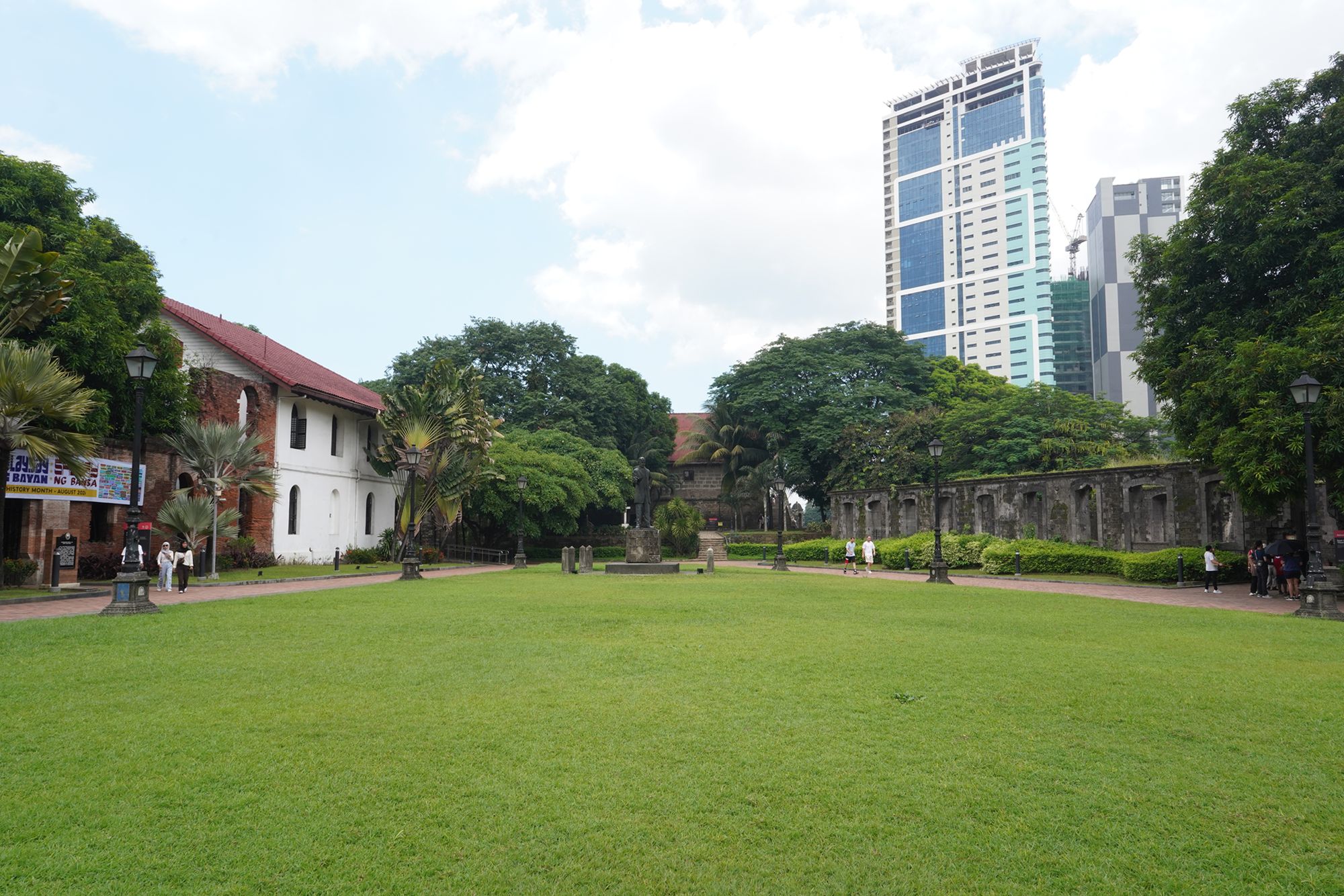
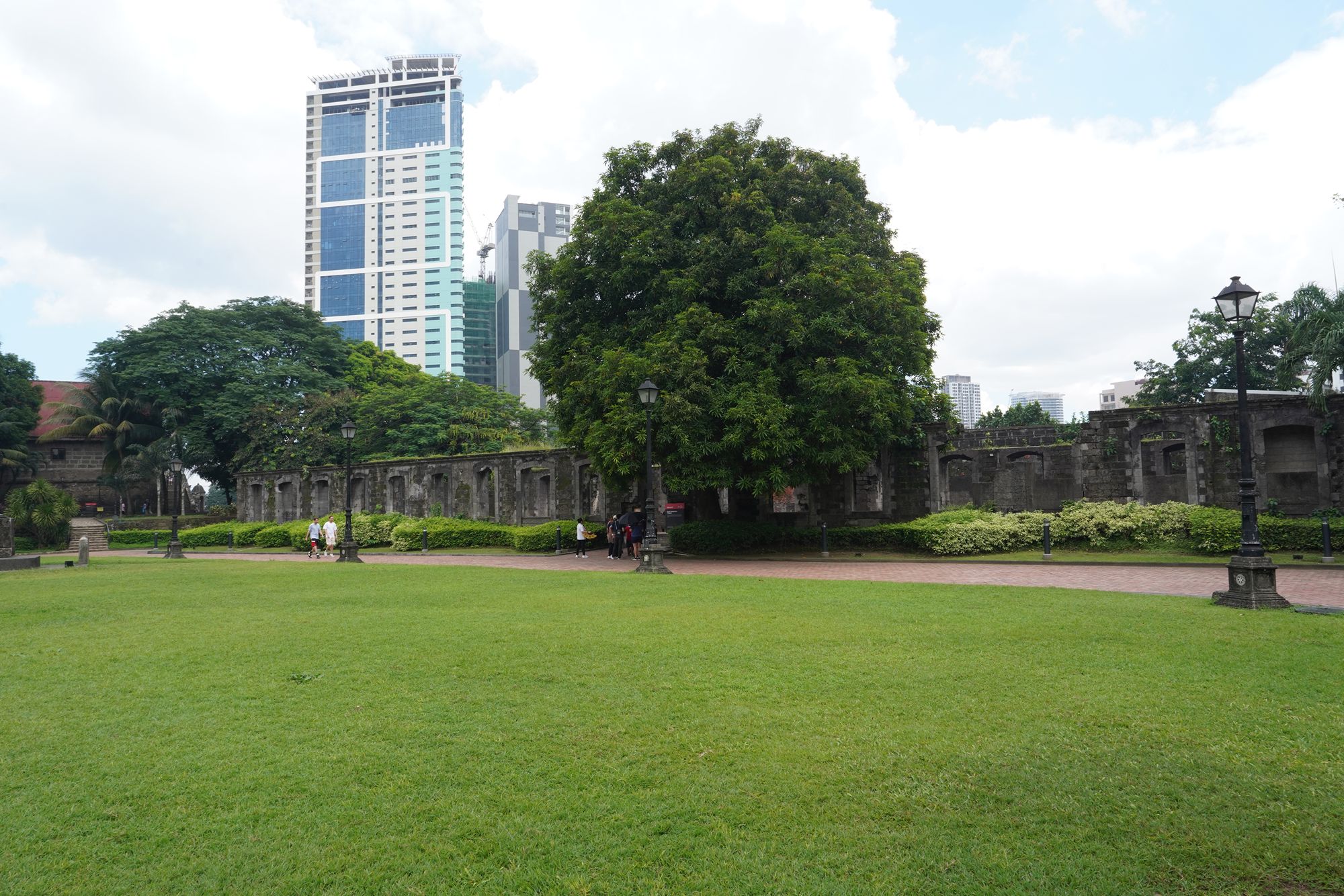
On my right side was a ramp that went up
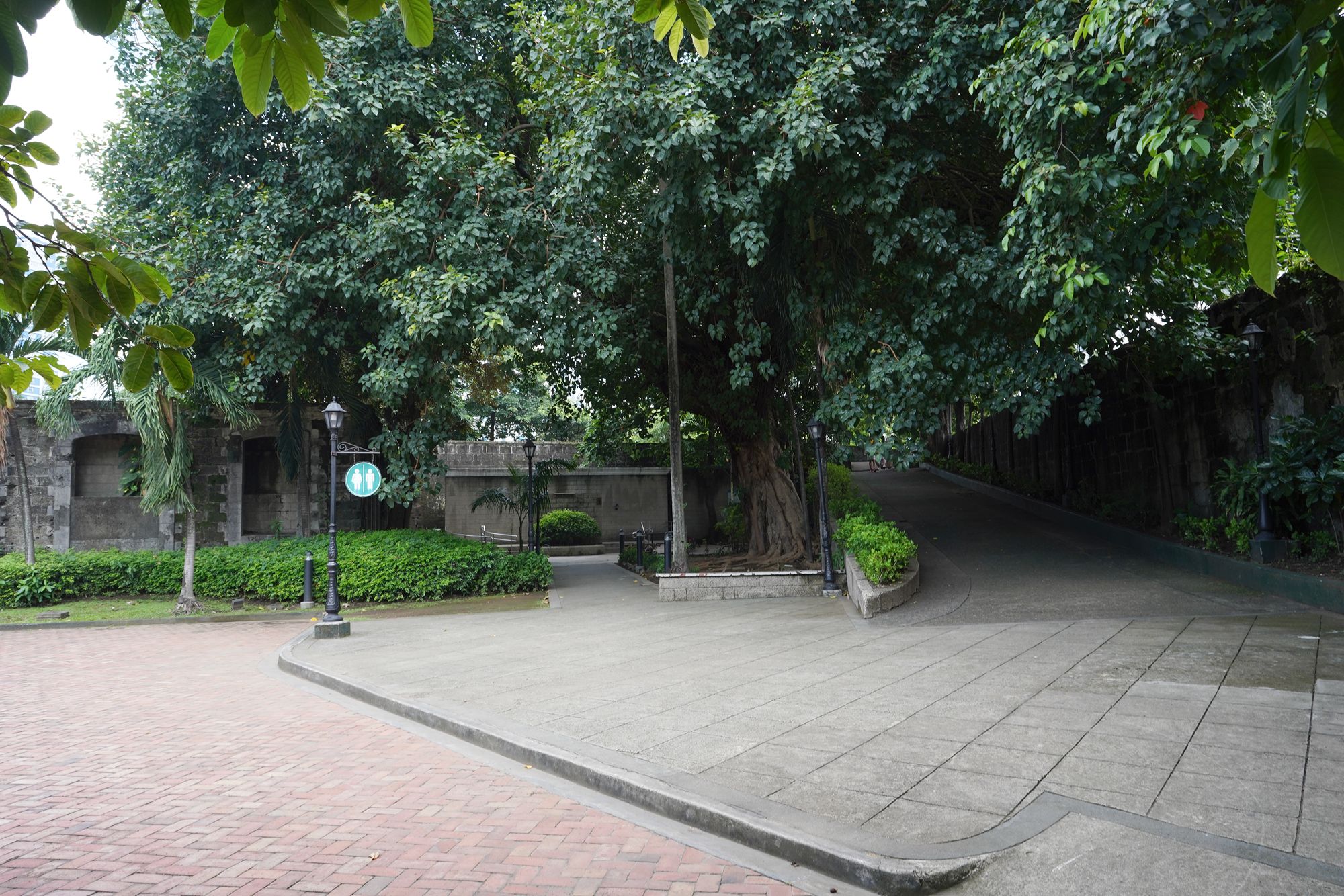
View from the top of the ramp
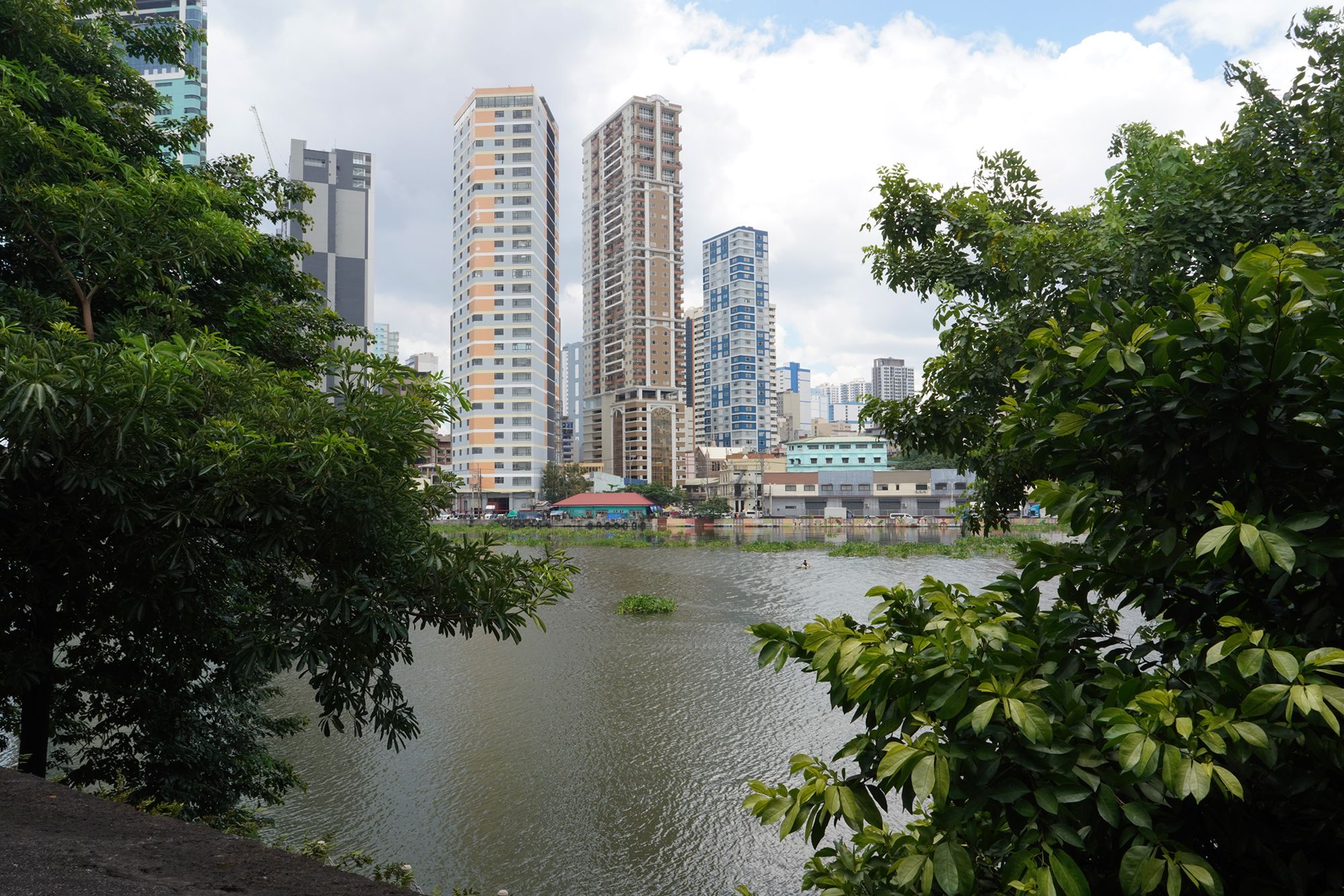
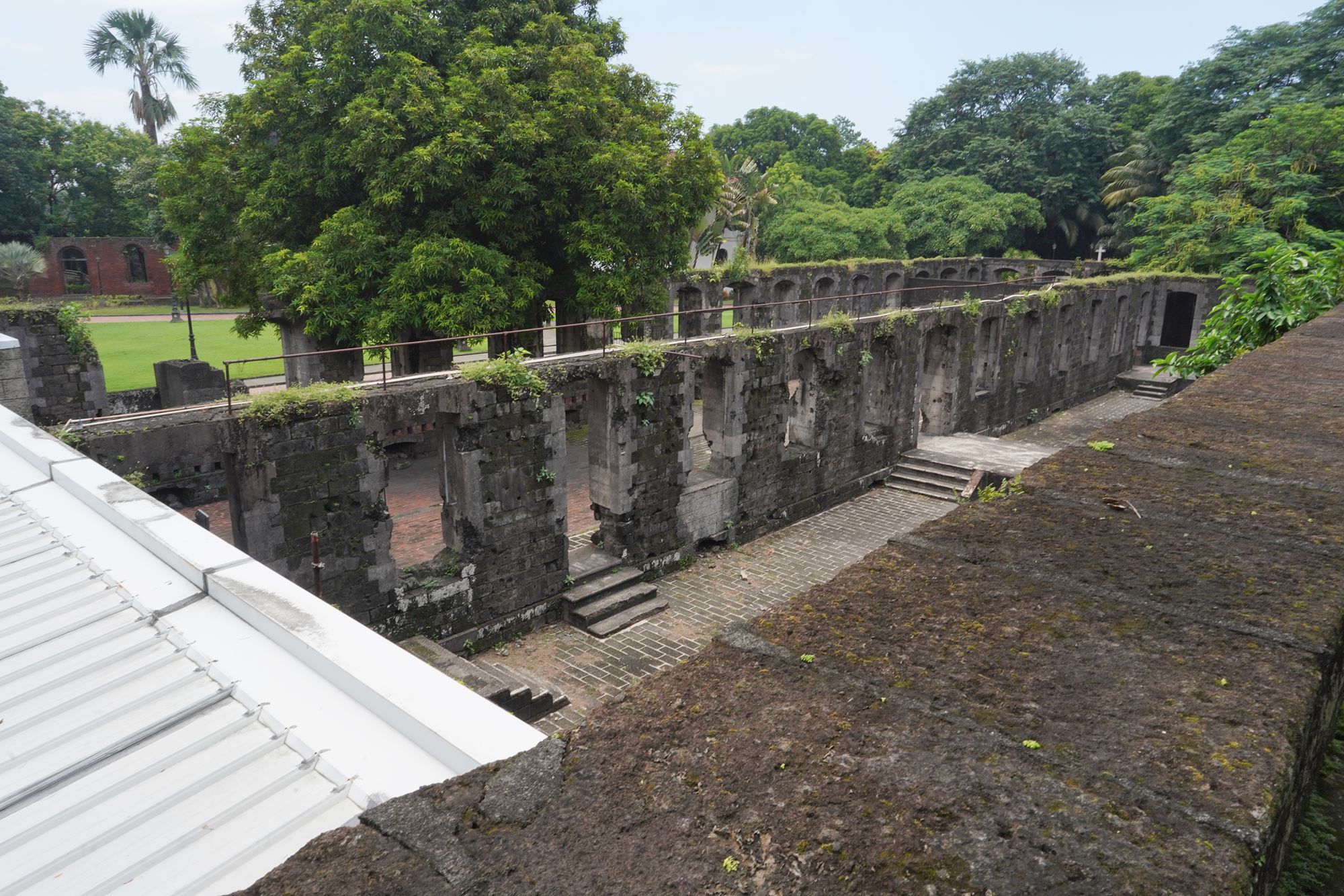
Walked down from the ramp
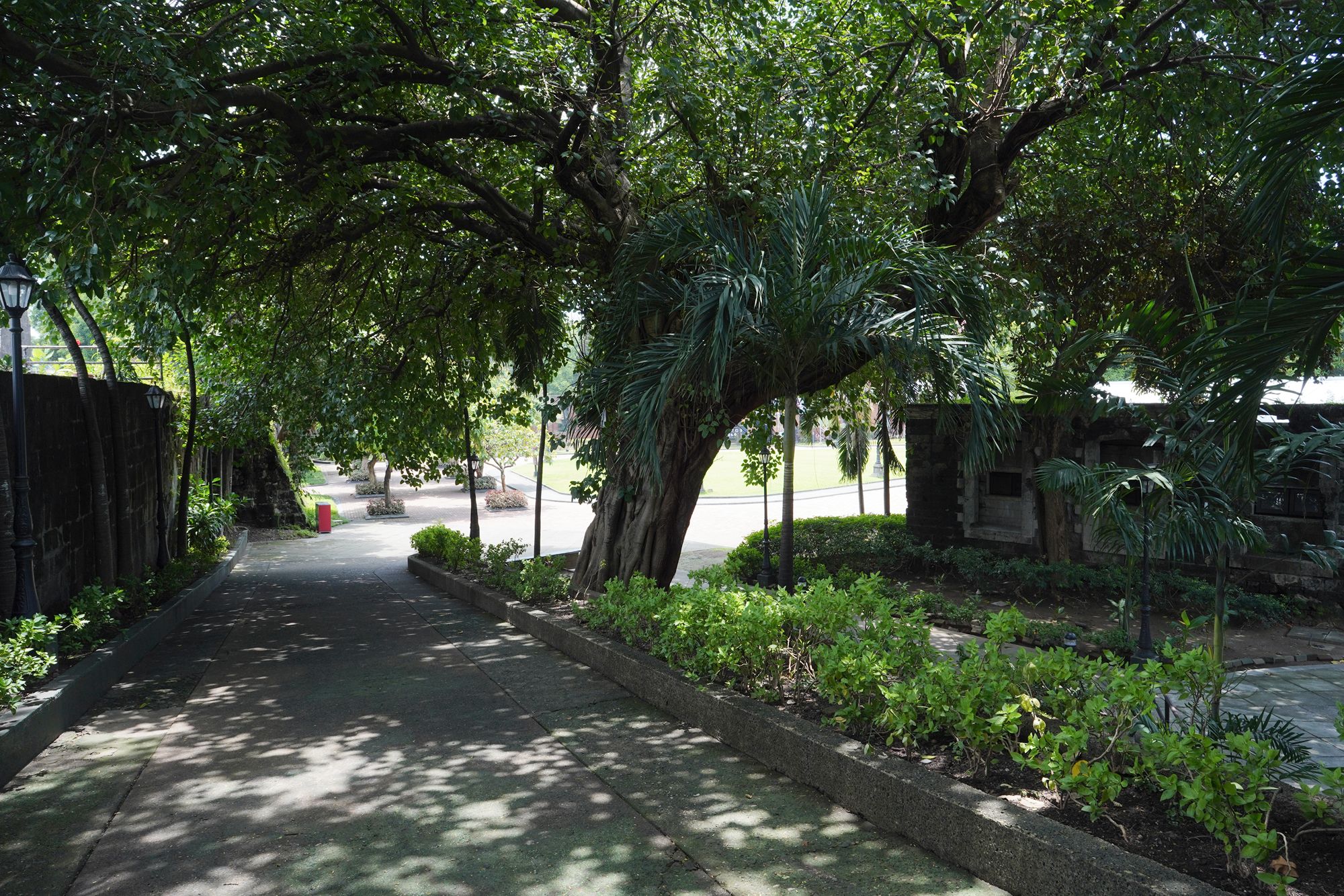
Came back to the Plaza de Armas
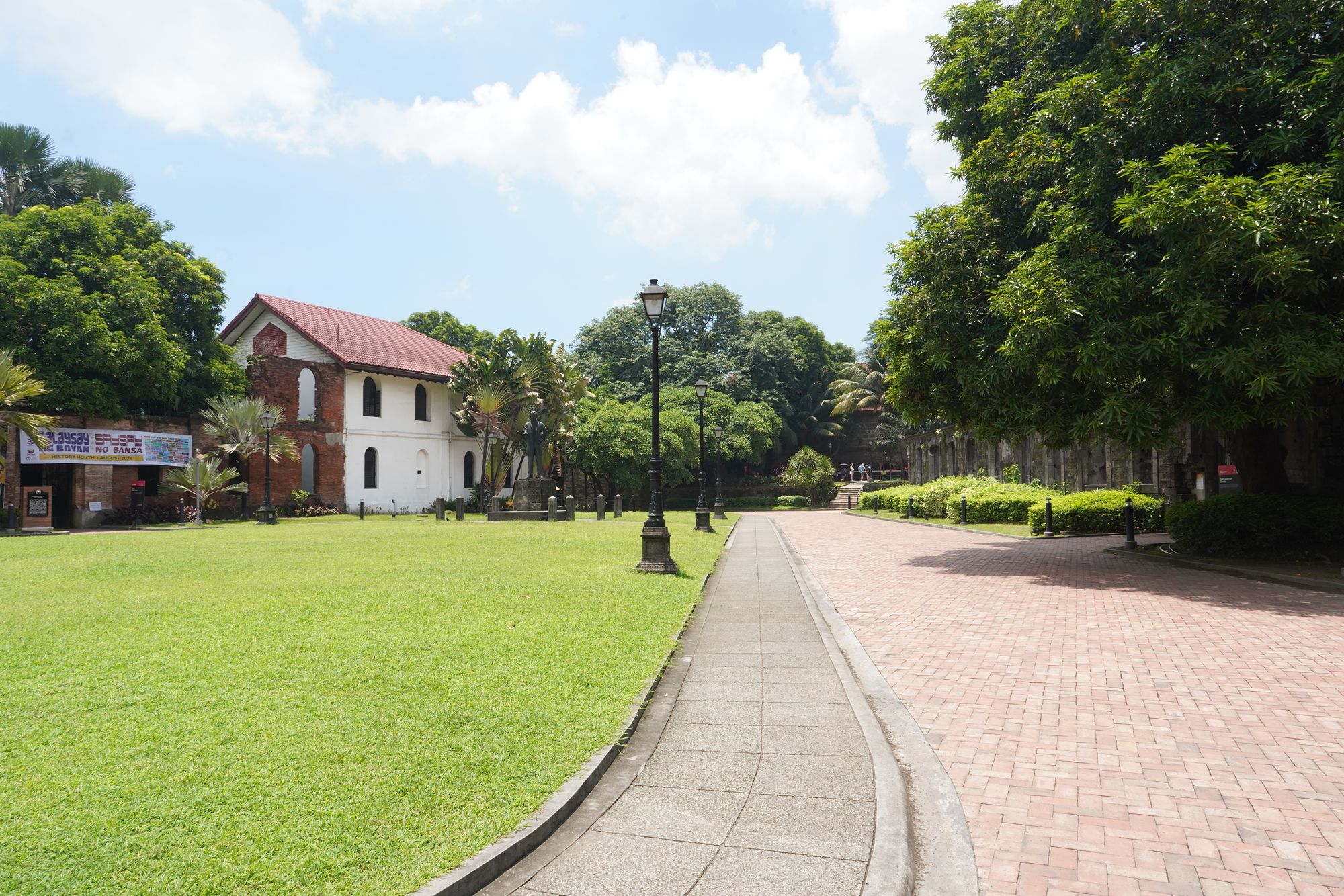
Building structures on my right side
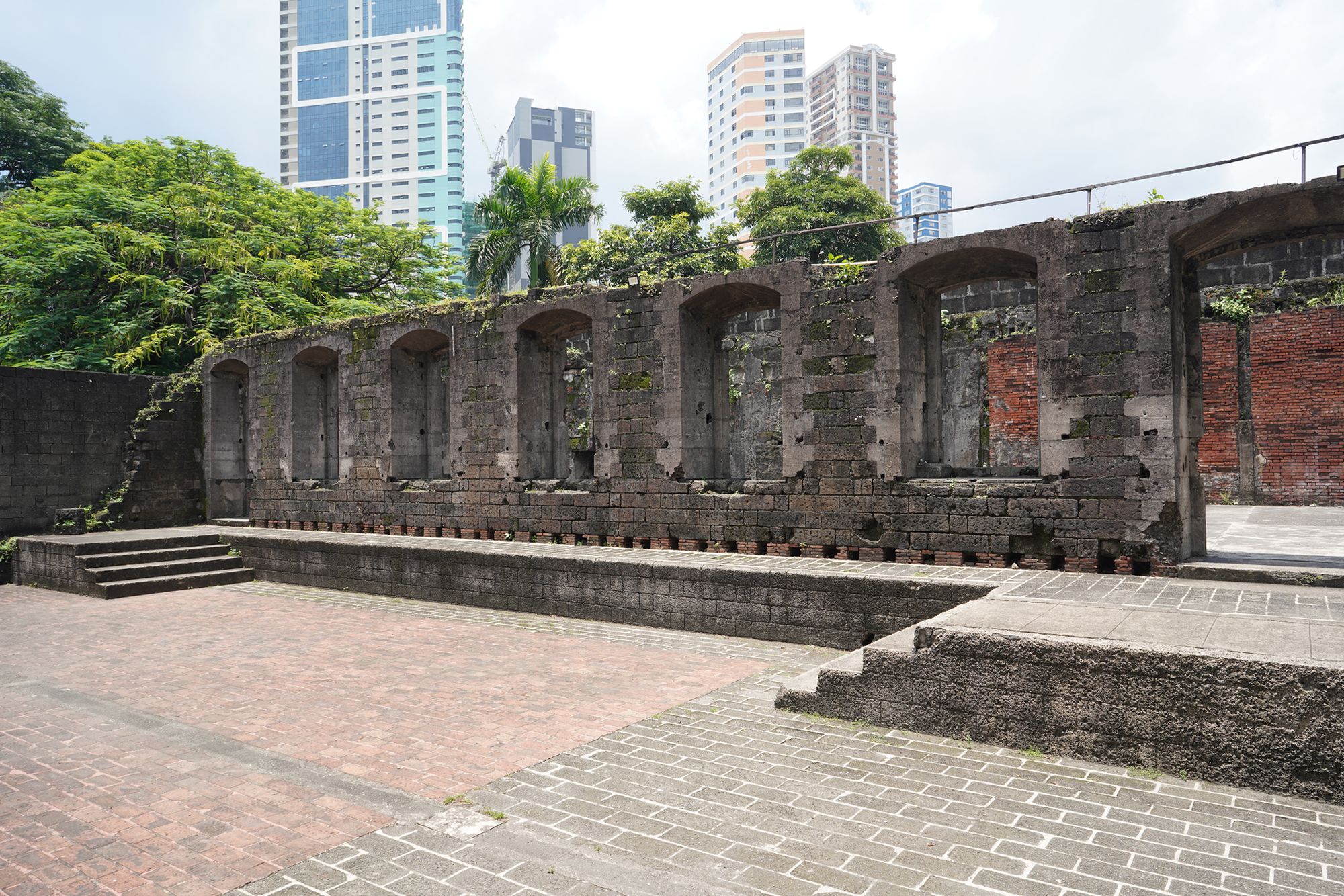
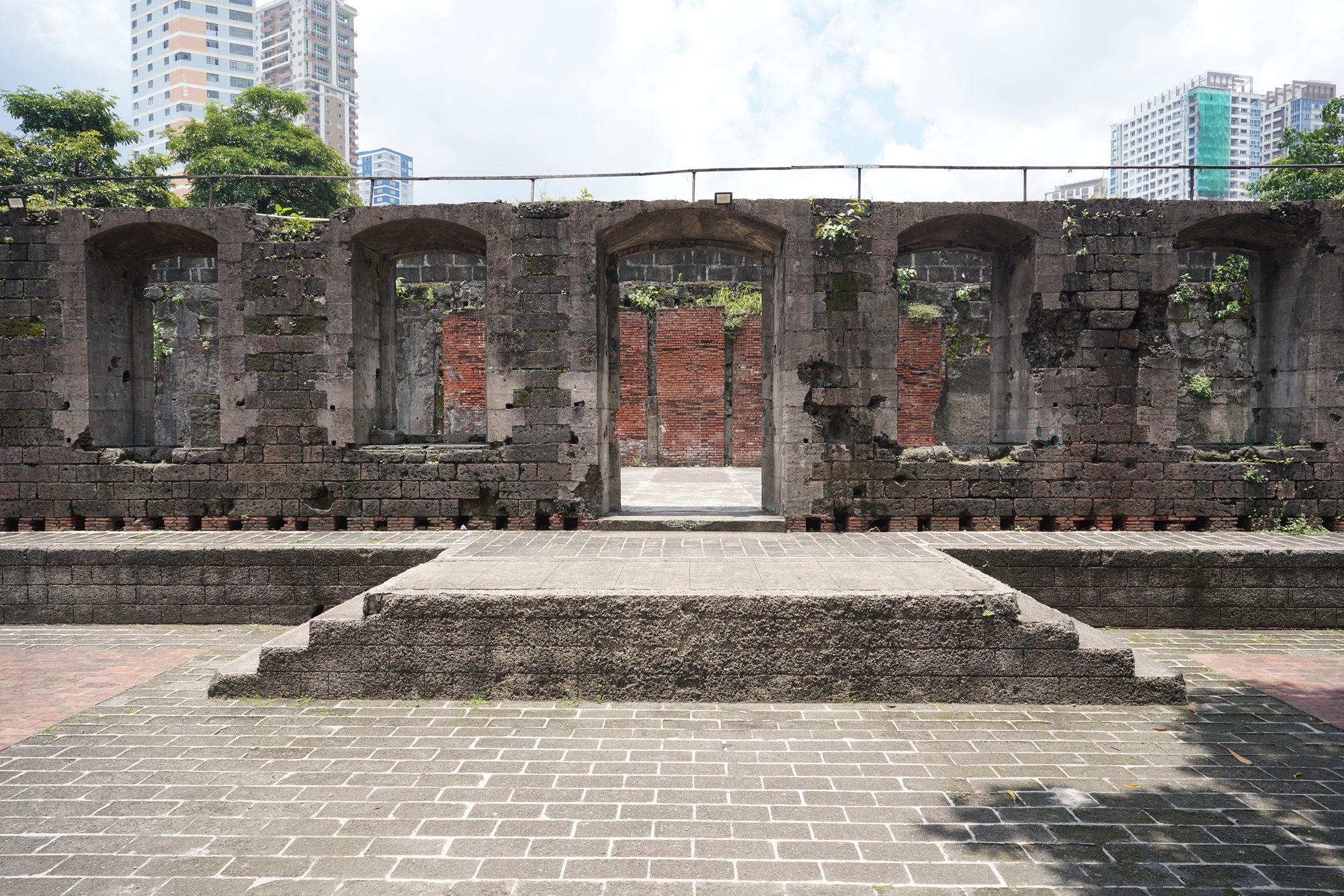
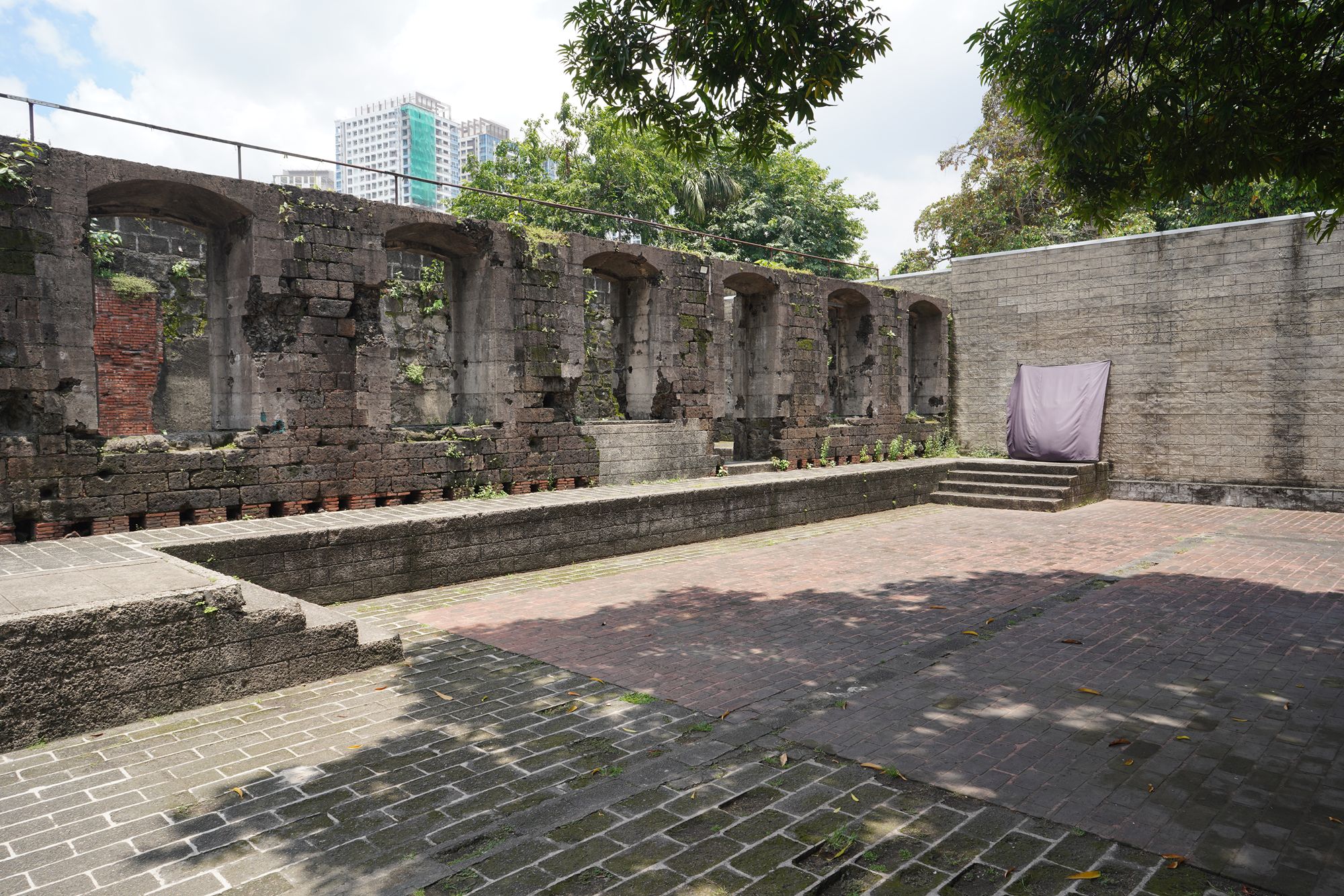
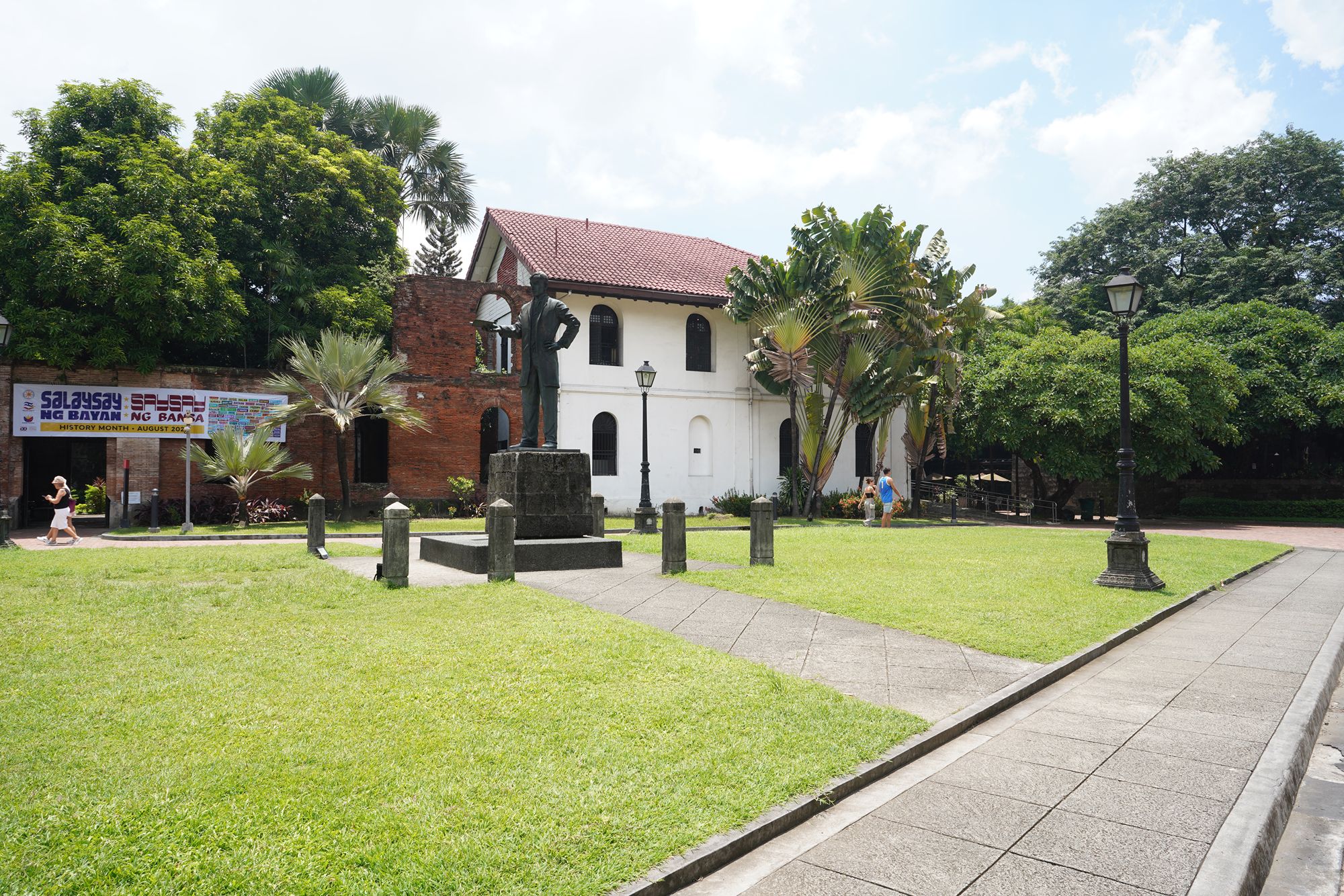
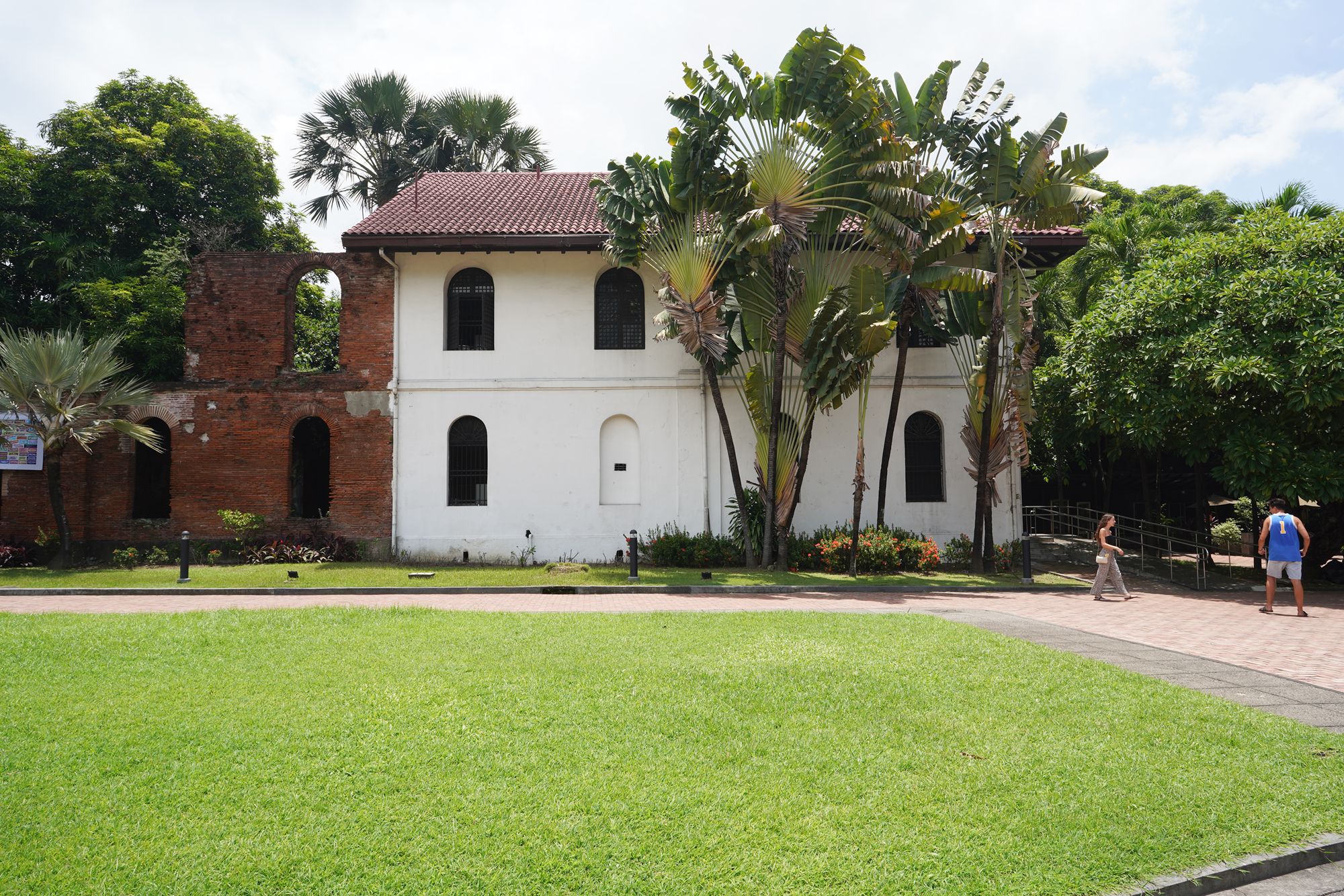
Looked back at the Plaza de Armas
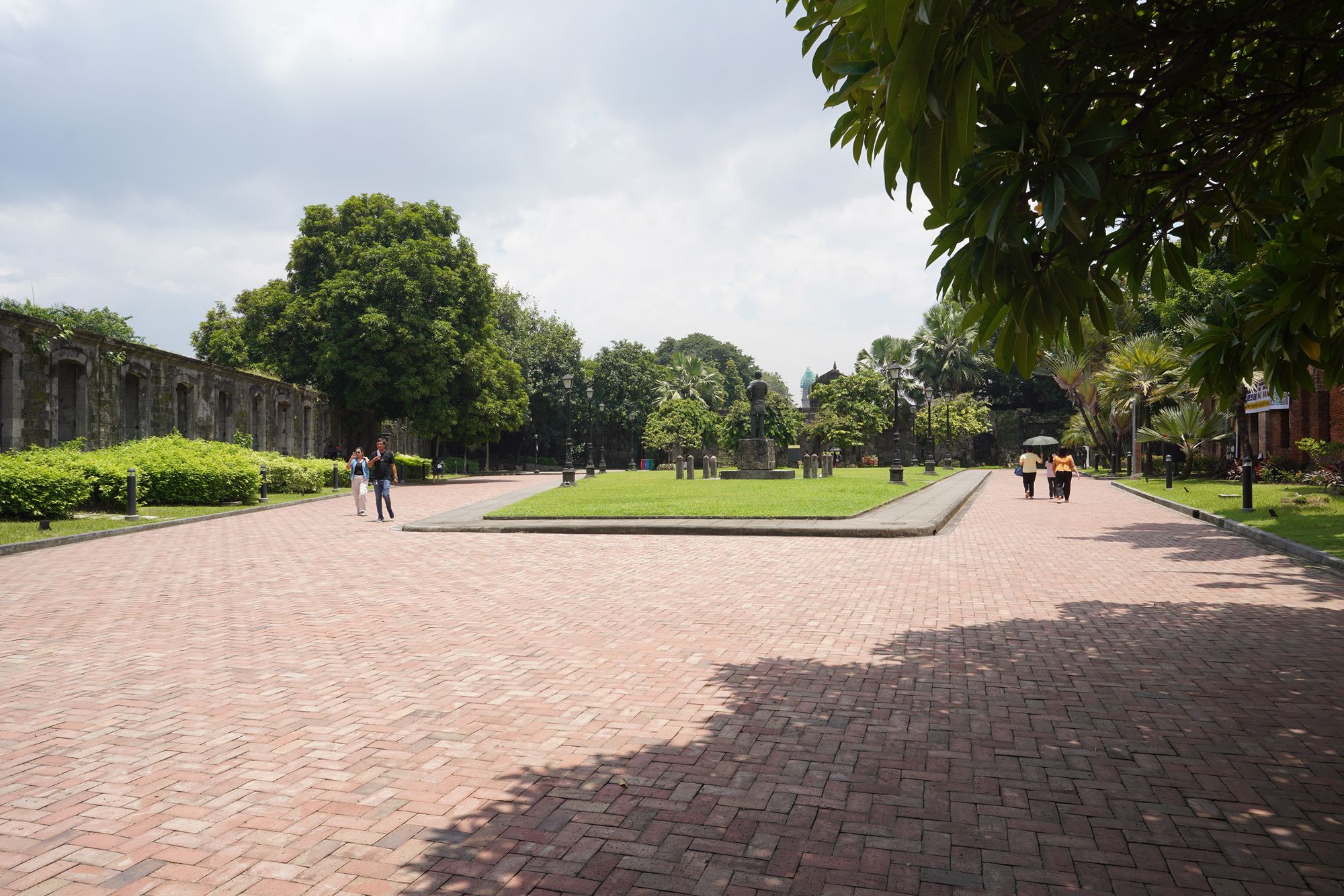
On my right was a door that goes outside
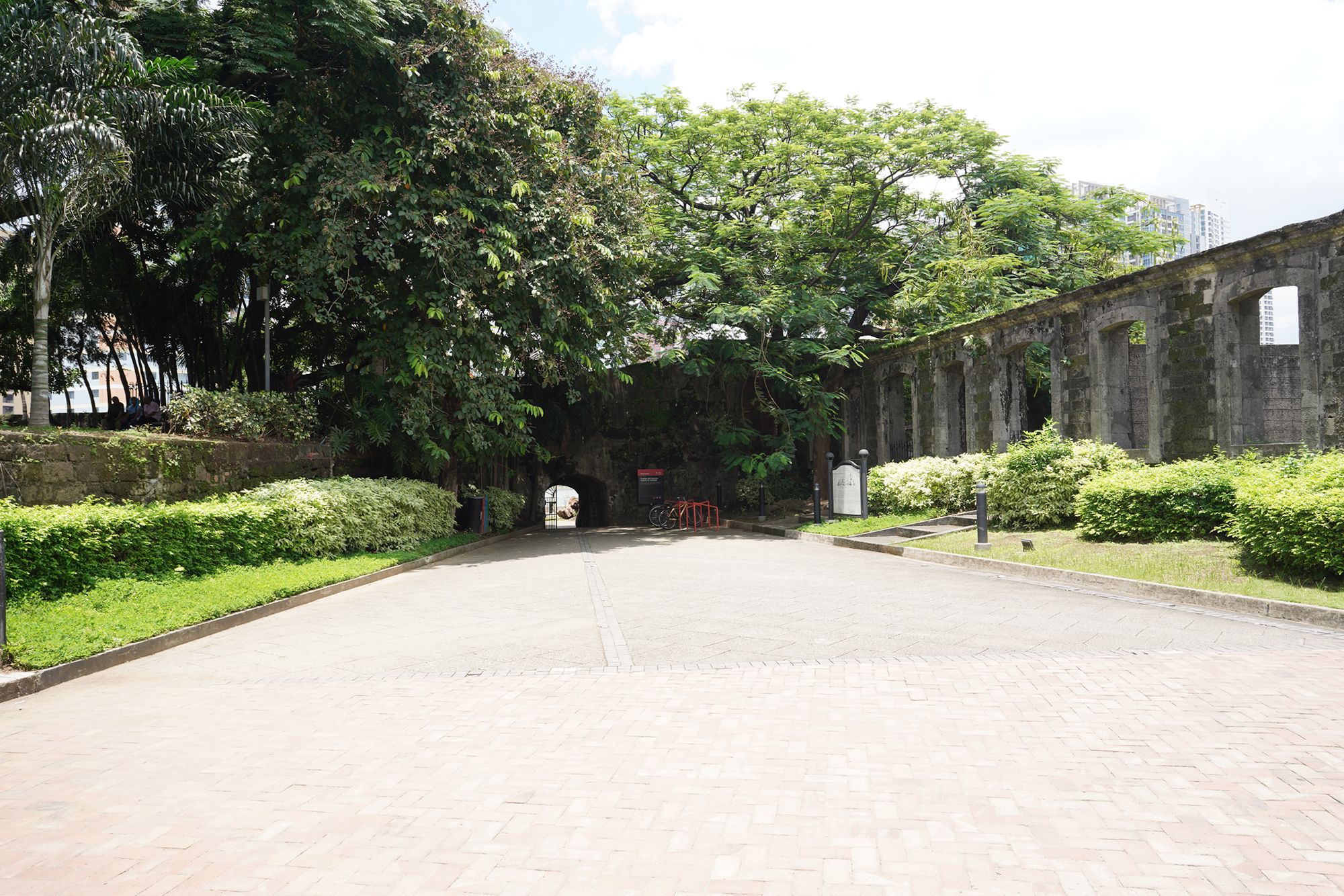
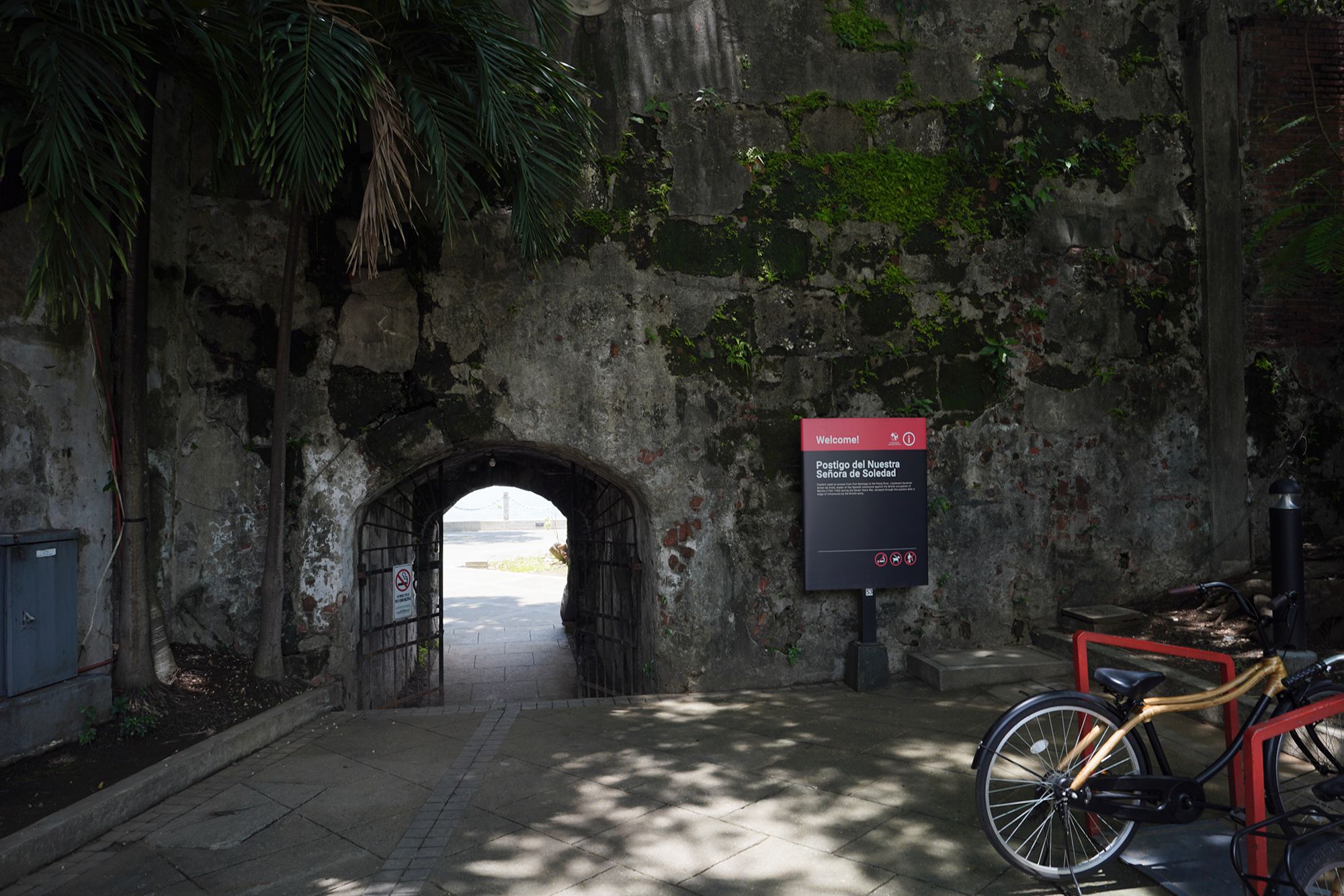
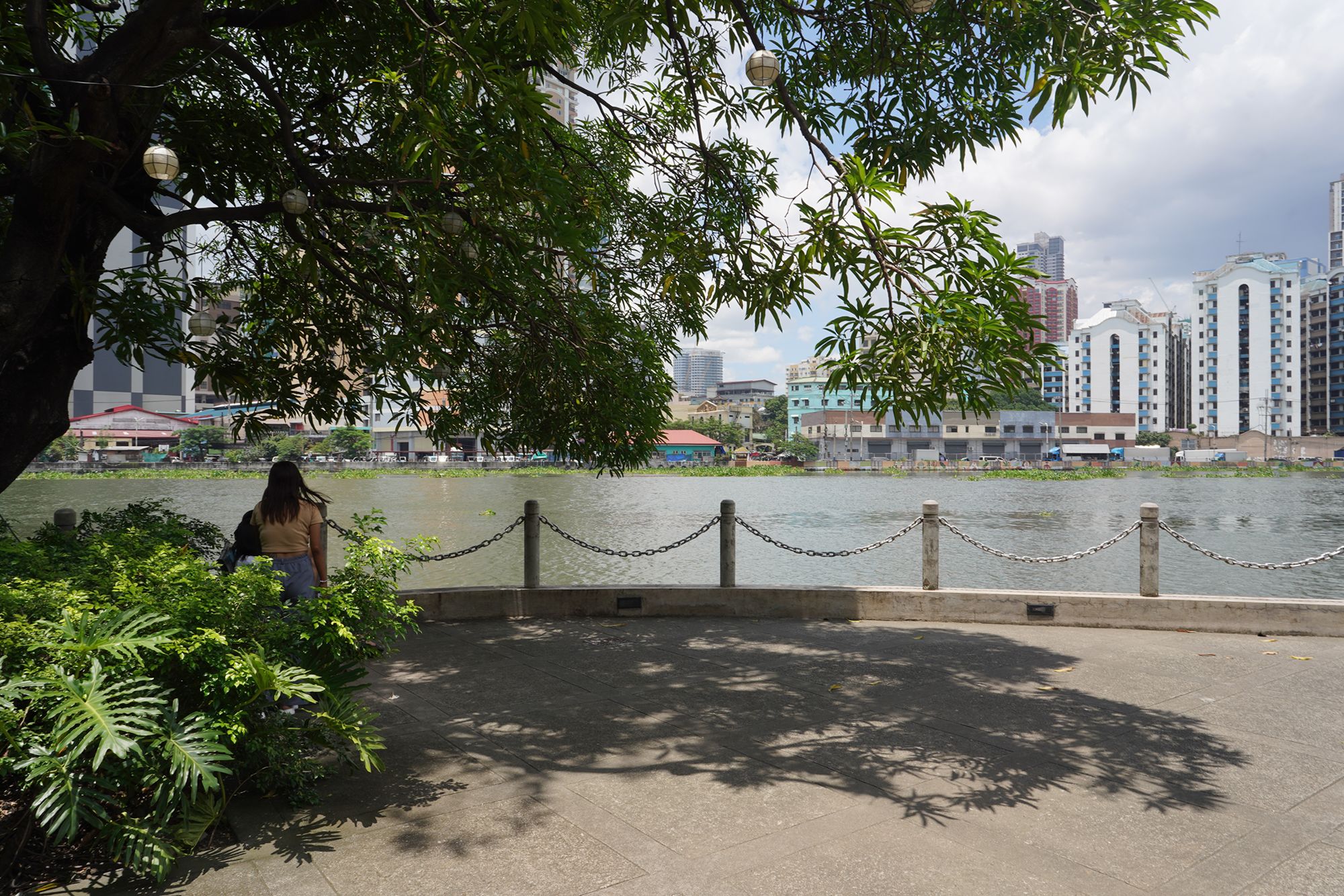
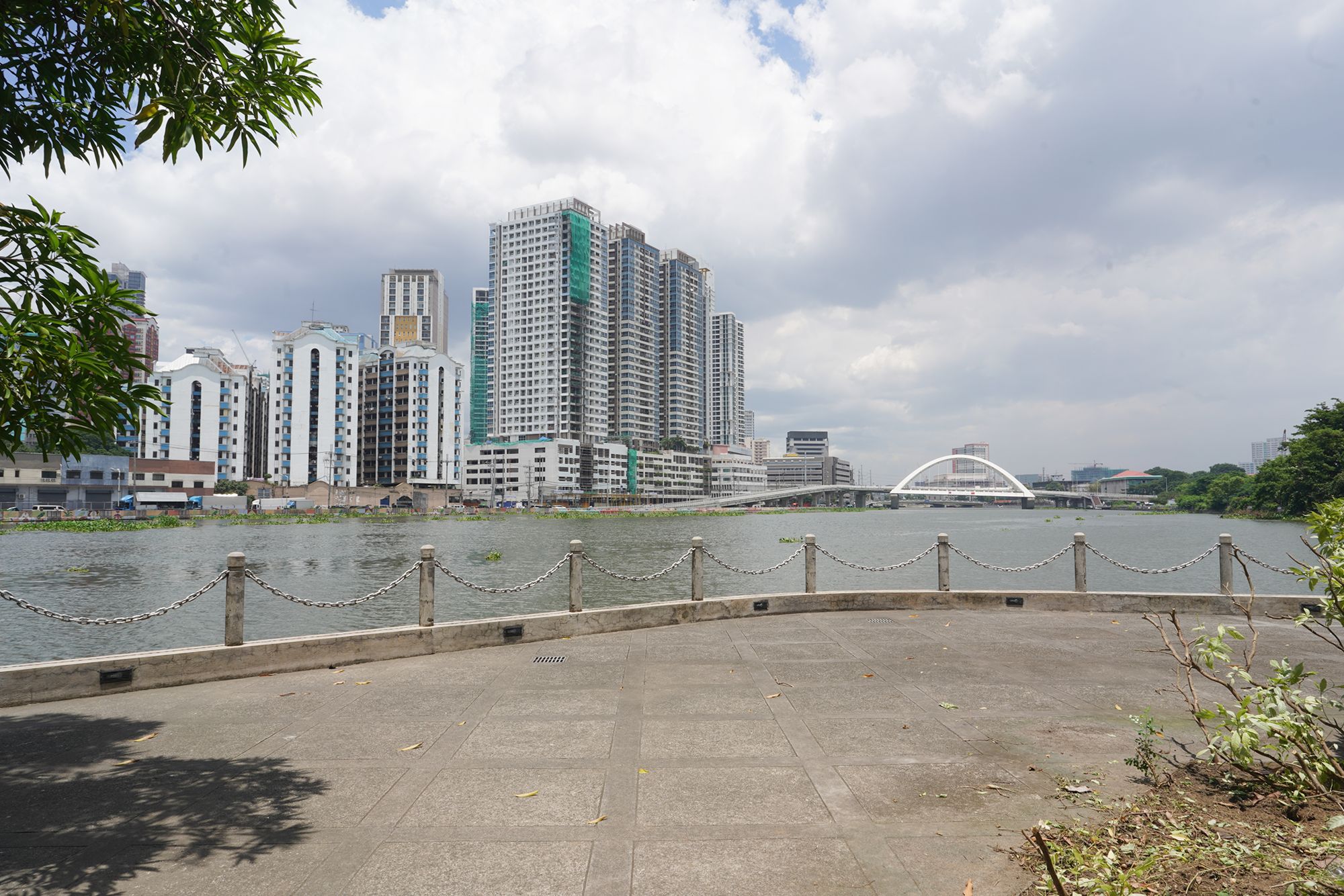
Came back into the fort. The building in front is a restored 18th-century Spanish military barracks at the end of the Fort
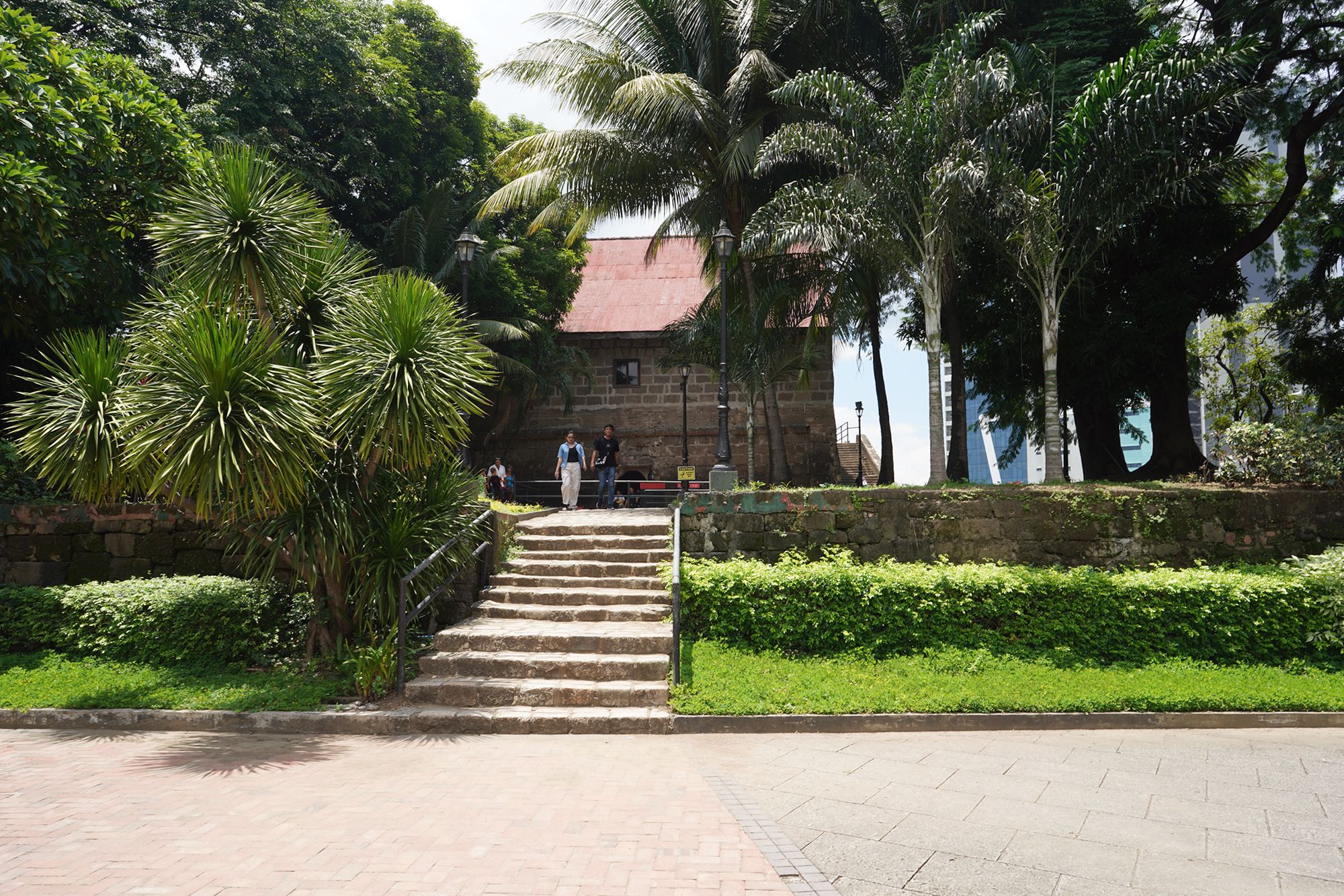
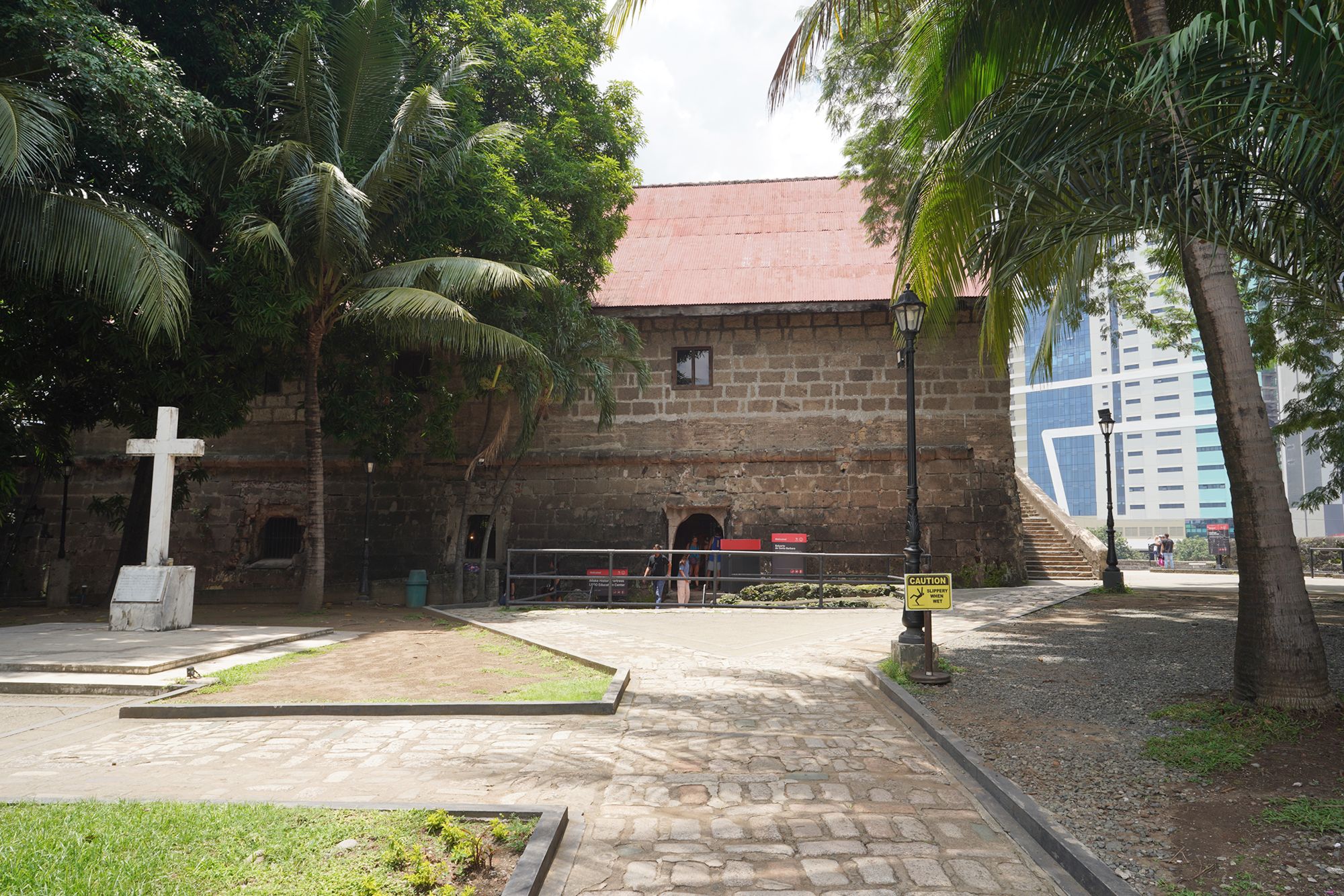
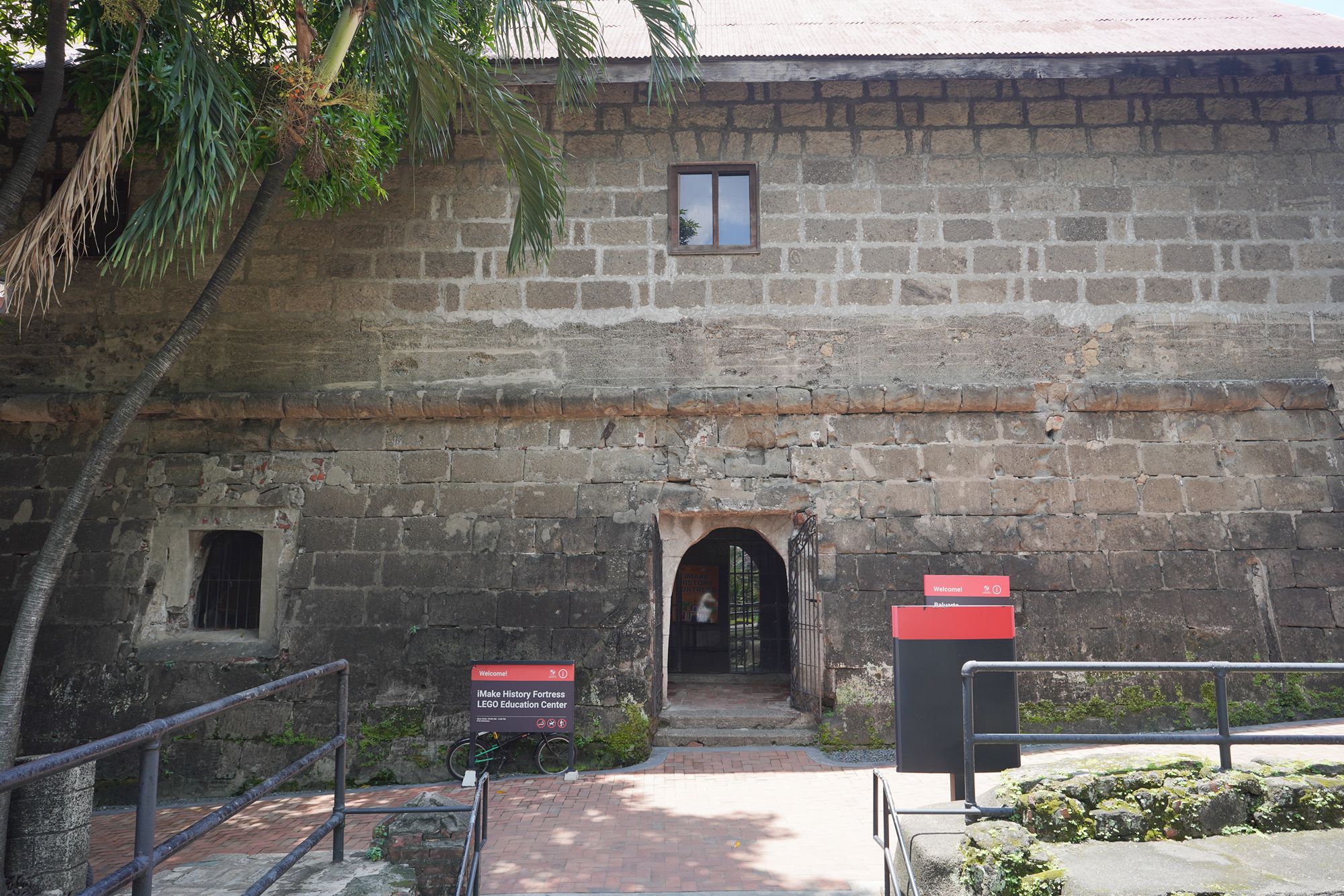
Inside the barrack were models of buildings
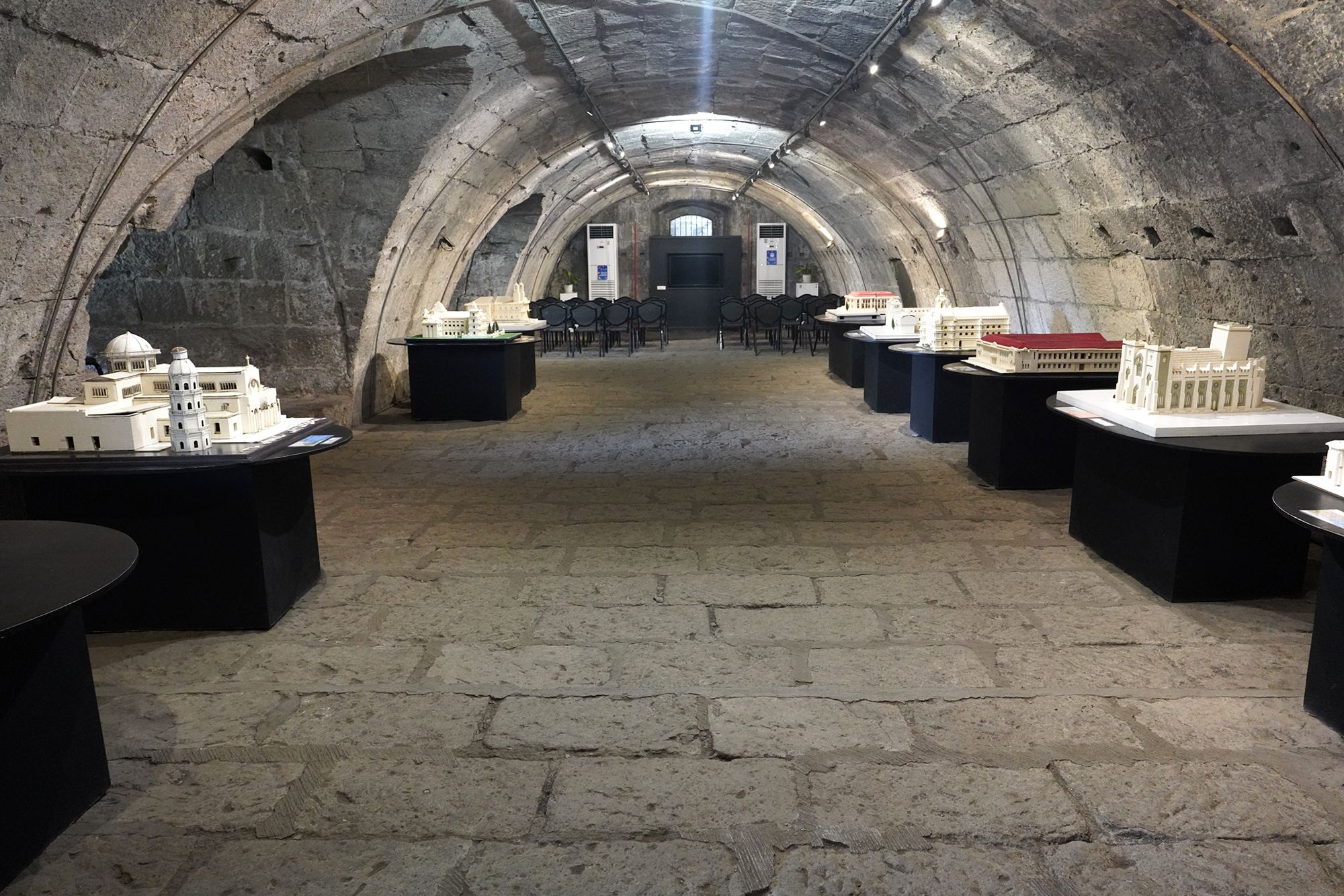
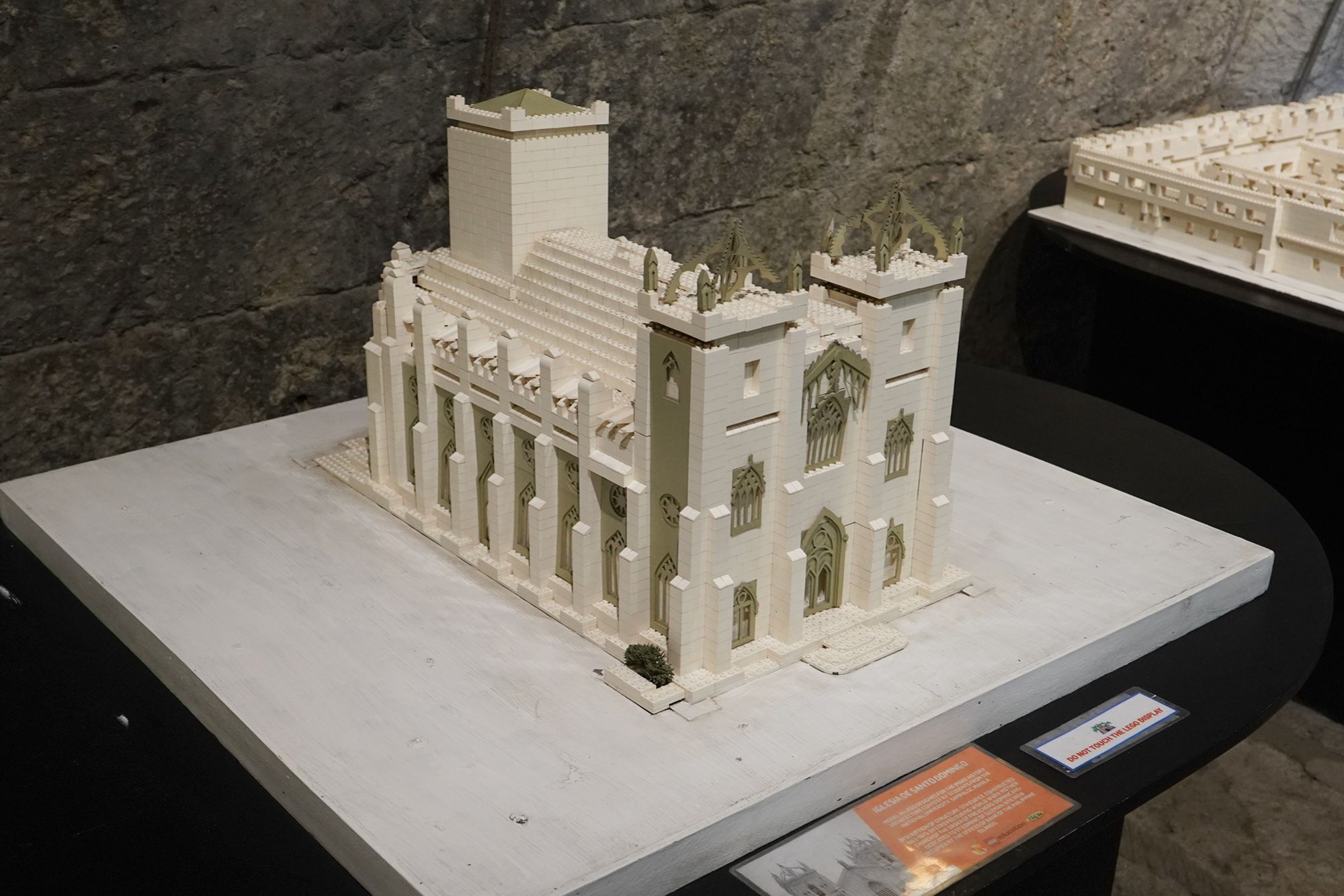
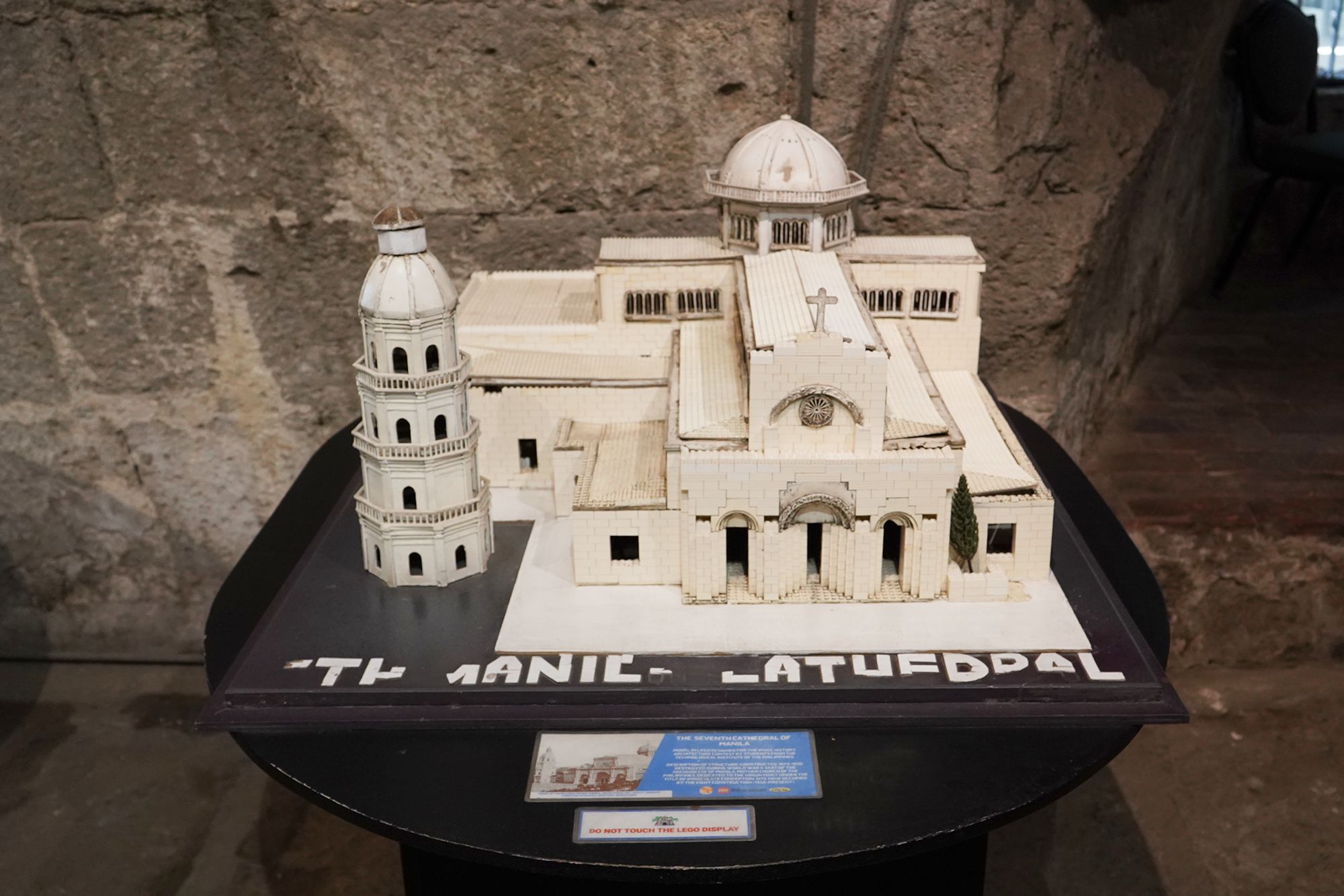
I walked out of the barrack and went to the back of the building
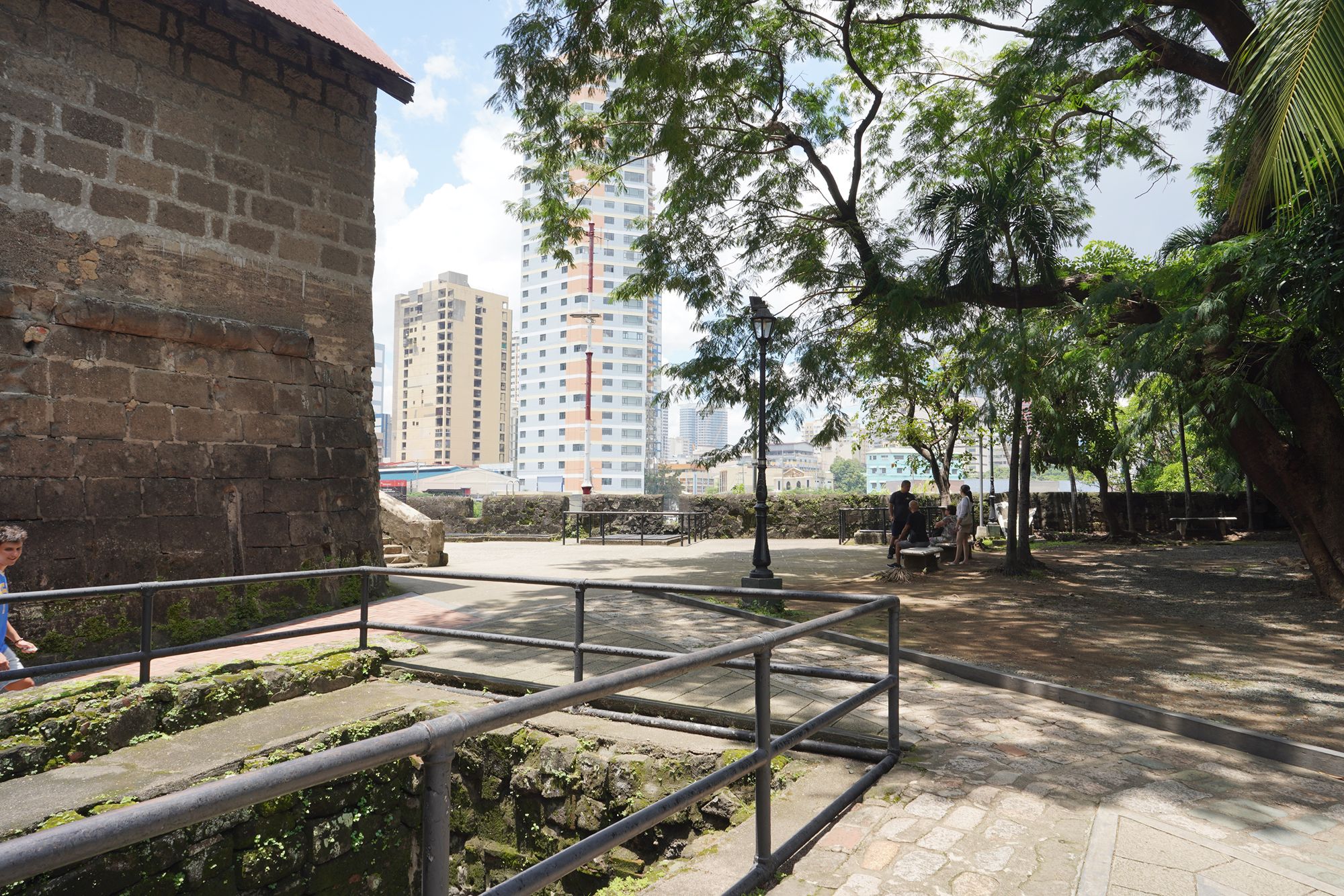
Then climbed the stairs

On the top of the building had no other structures
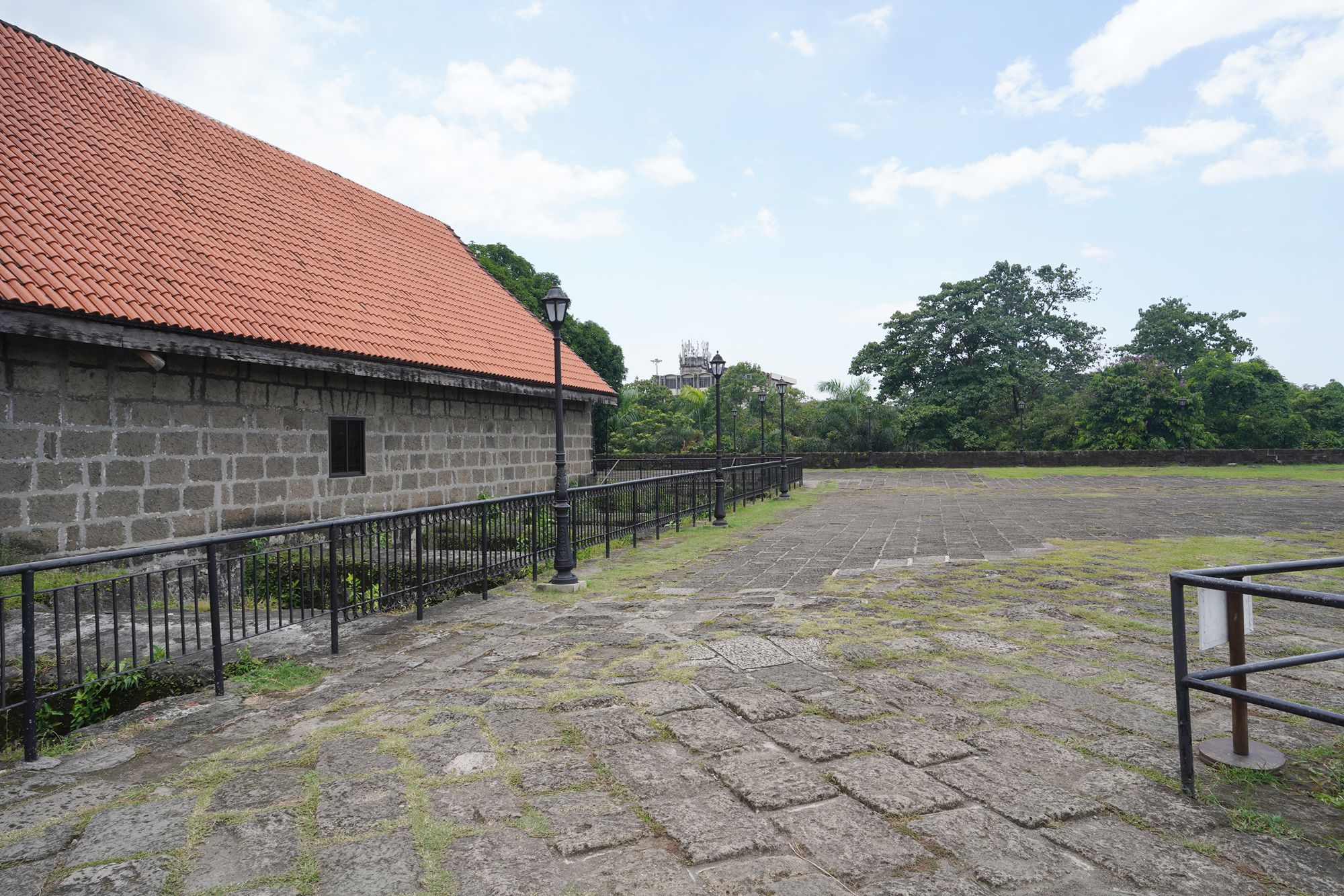
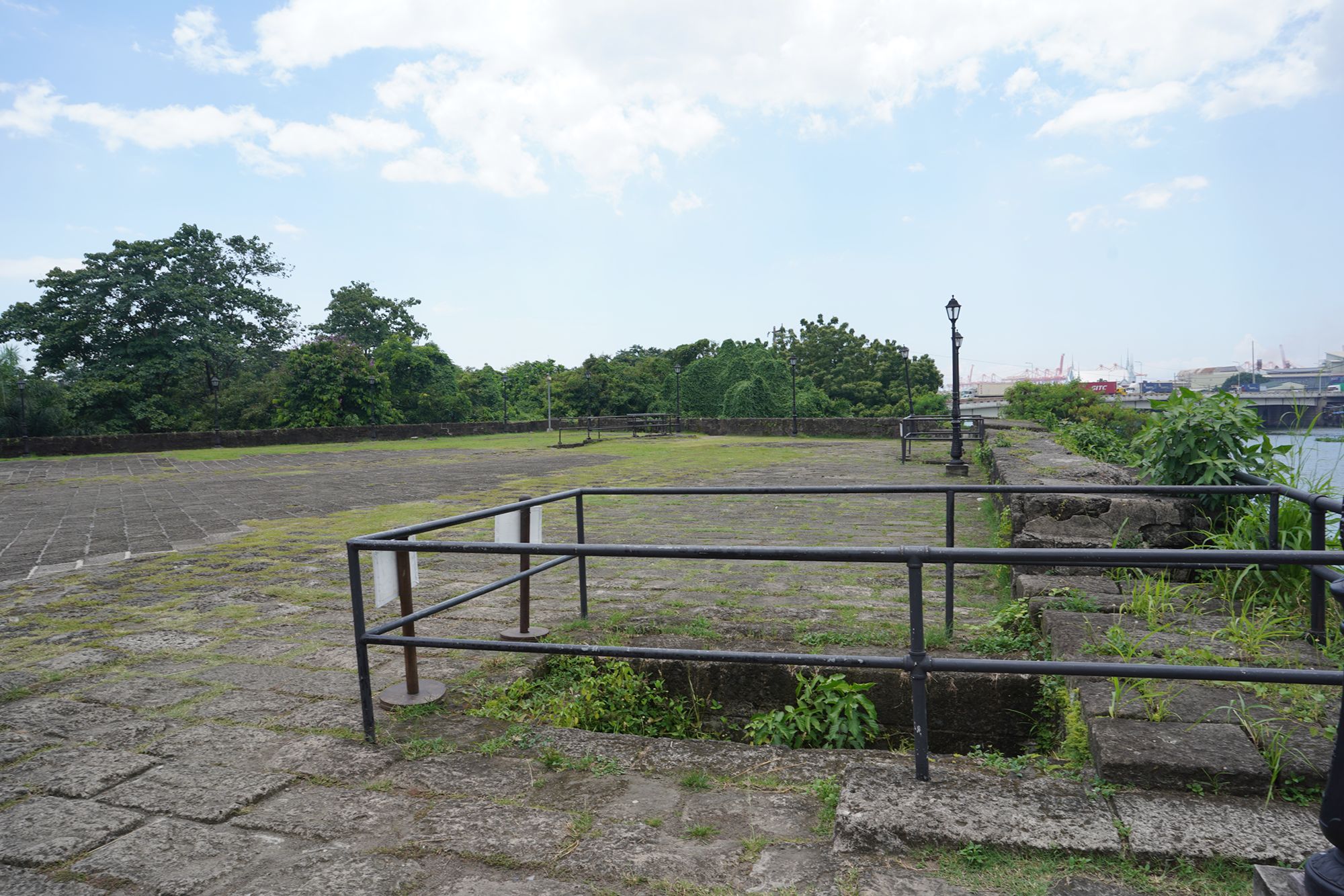
Walked down from the building
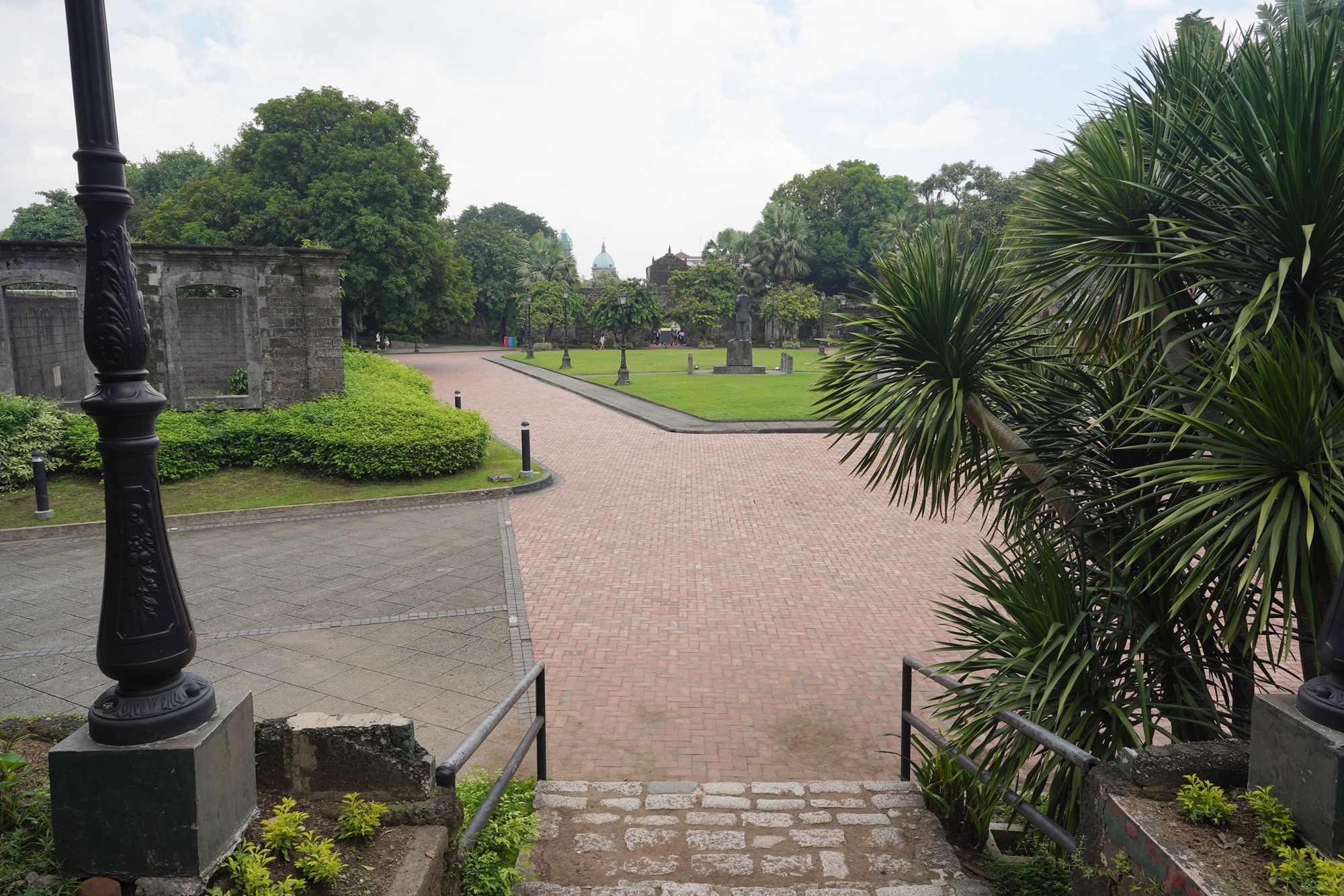
Then, I walked past the Main Gate and left the inner side of the fort
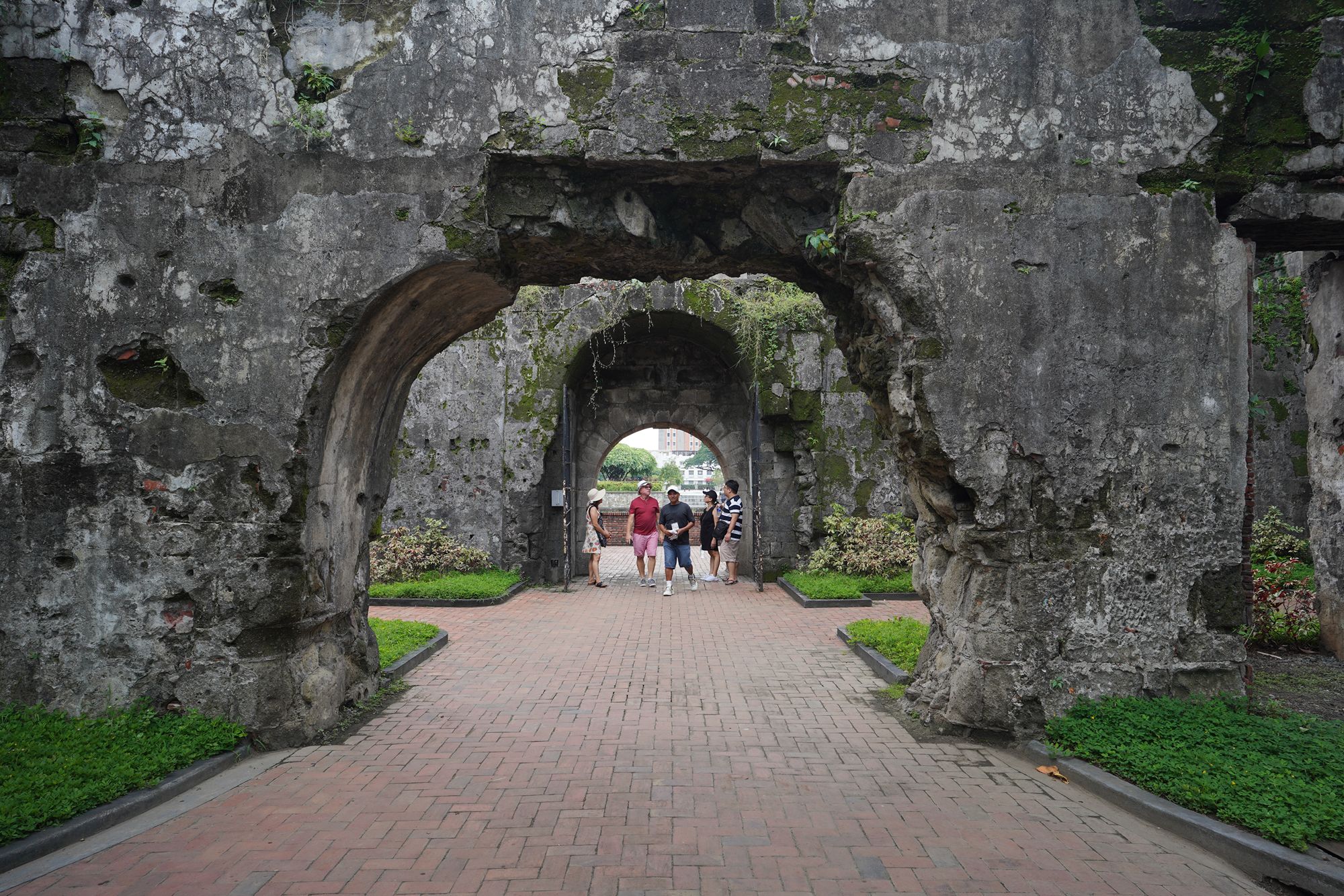
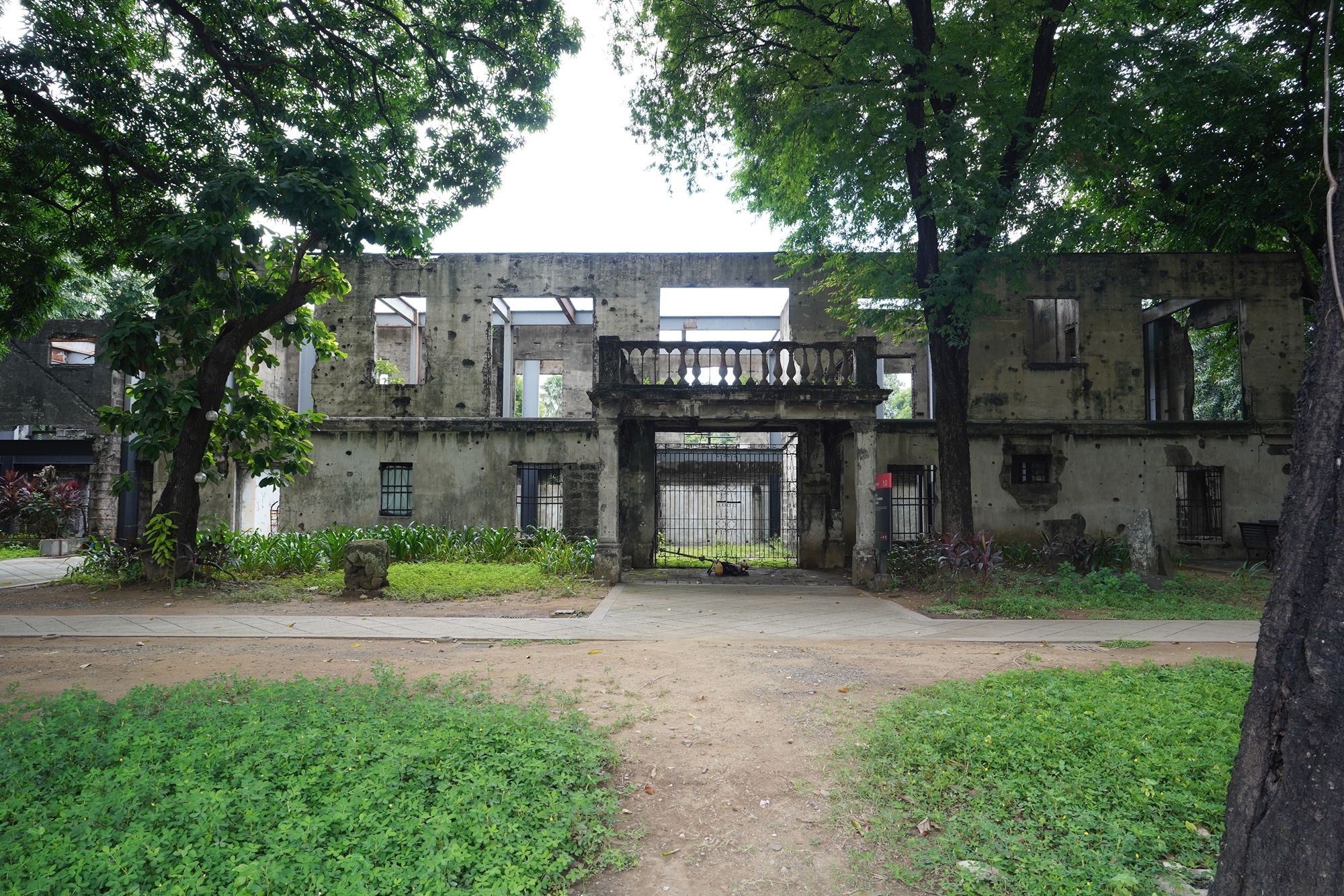
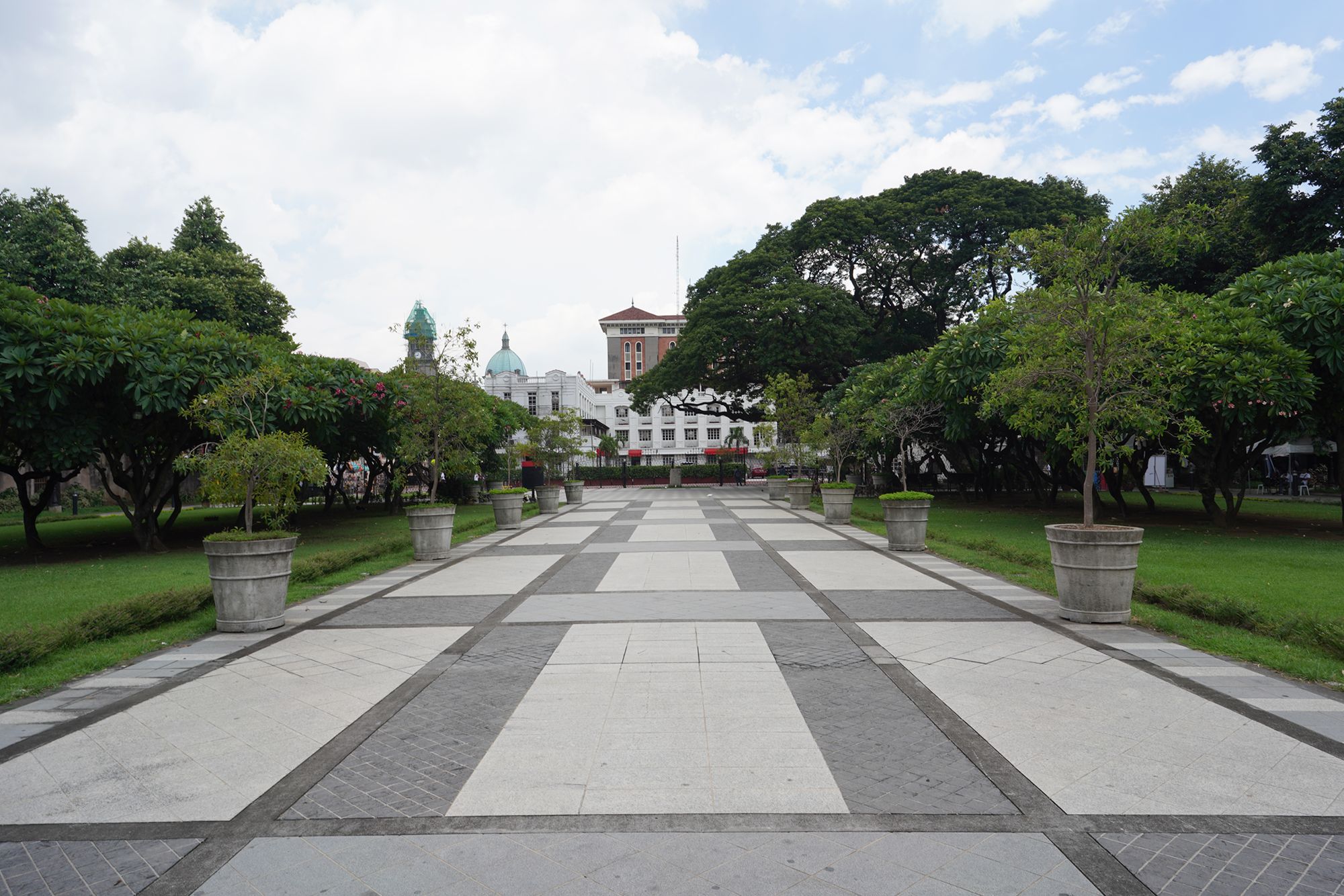
and came back to the Plaza de Roma

Then I walked to the San Agustin Church and Museum, which is also in the Intramuros.
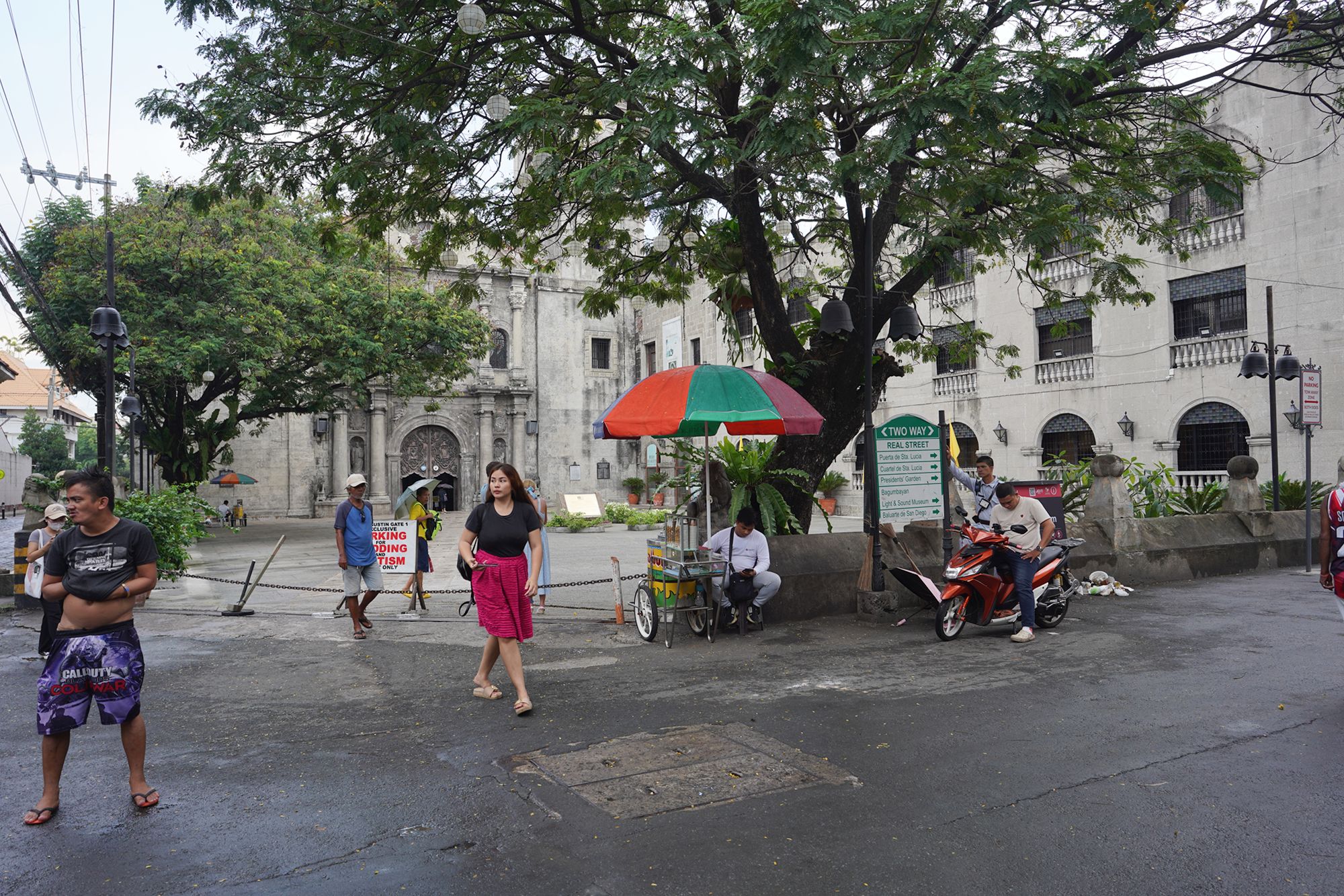
Next to the church is the Casa Manila
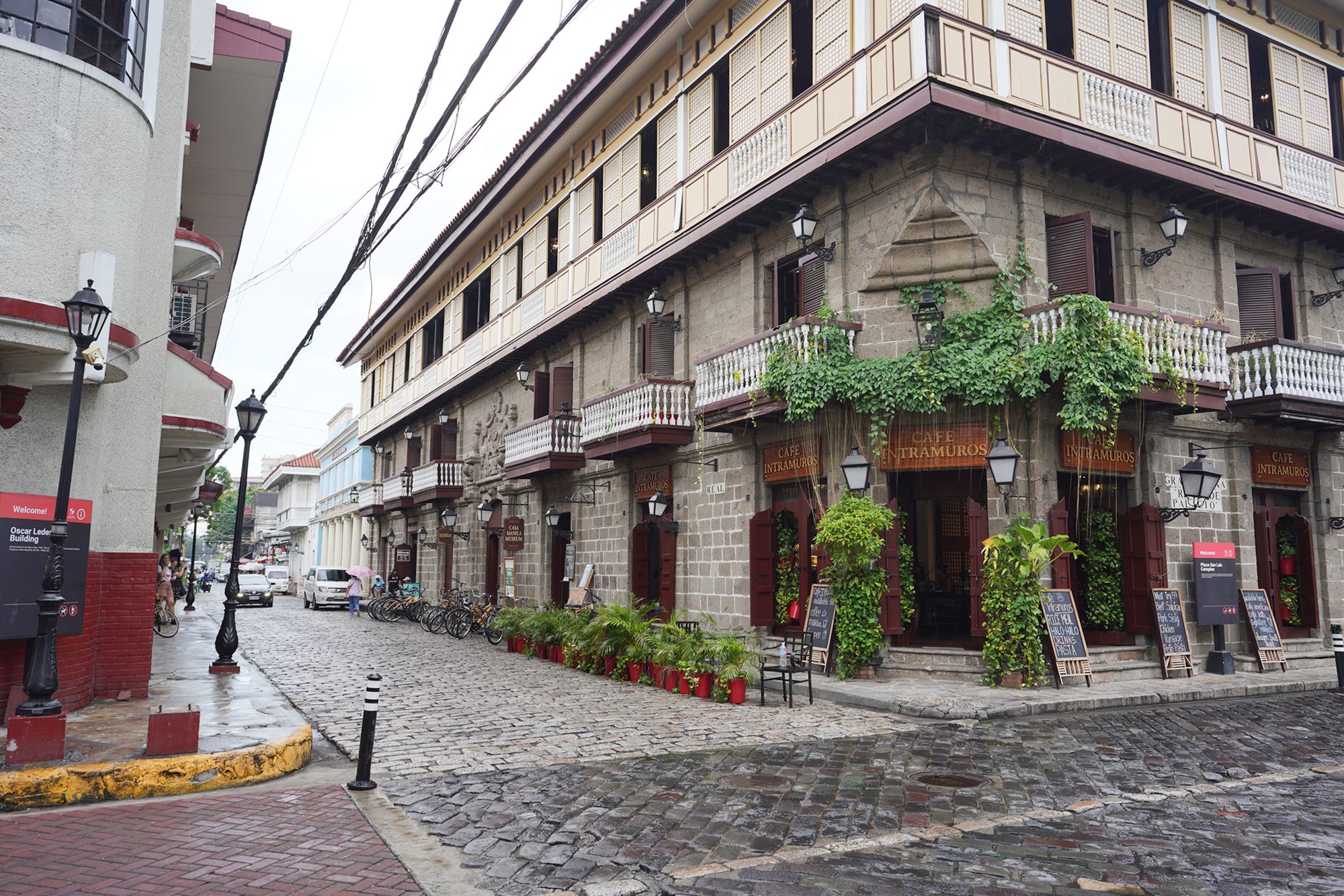
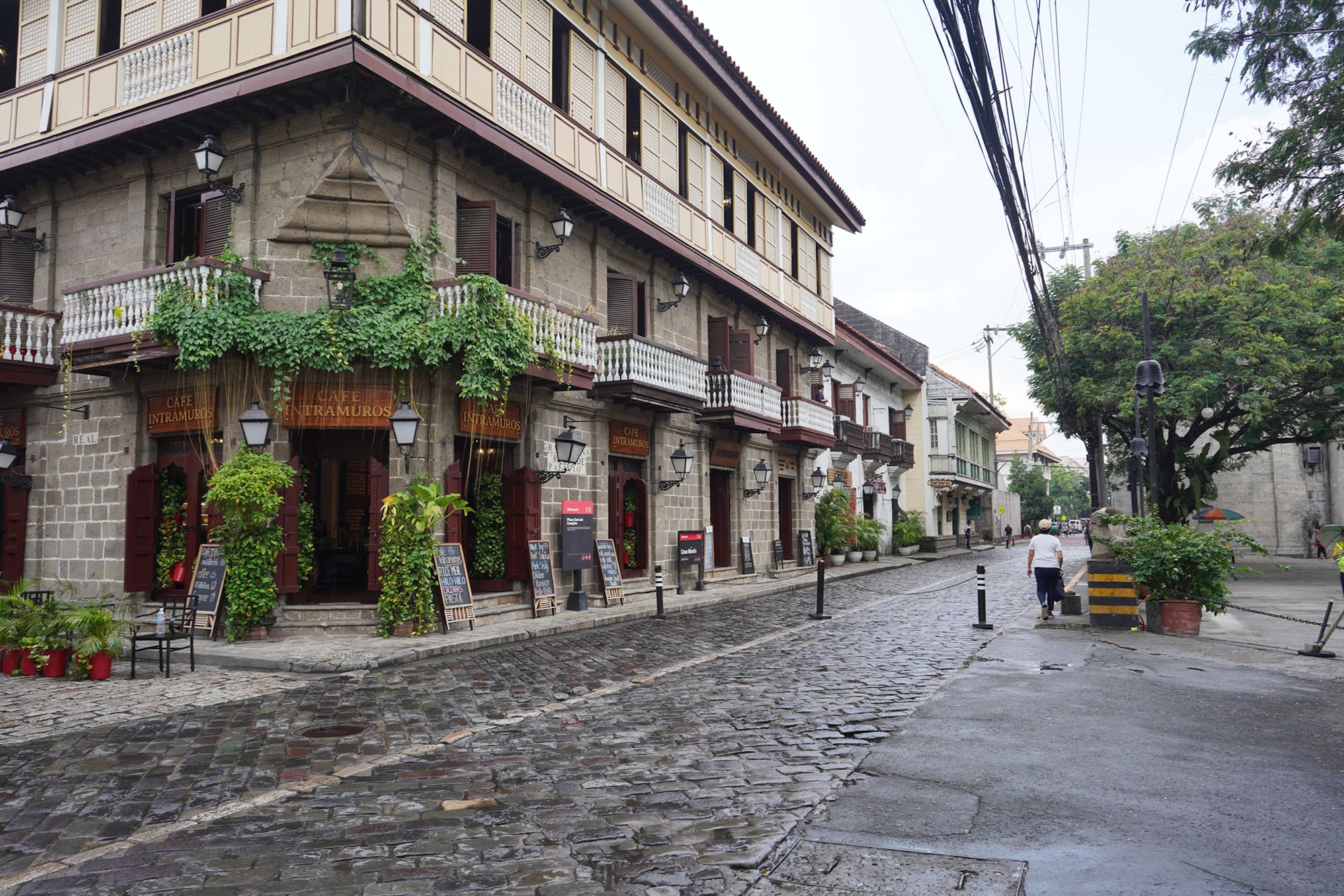
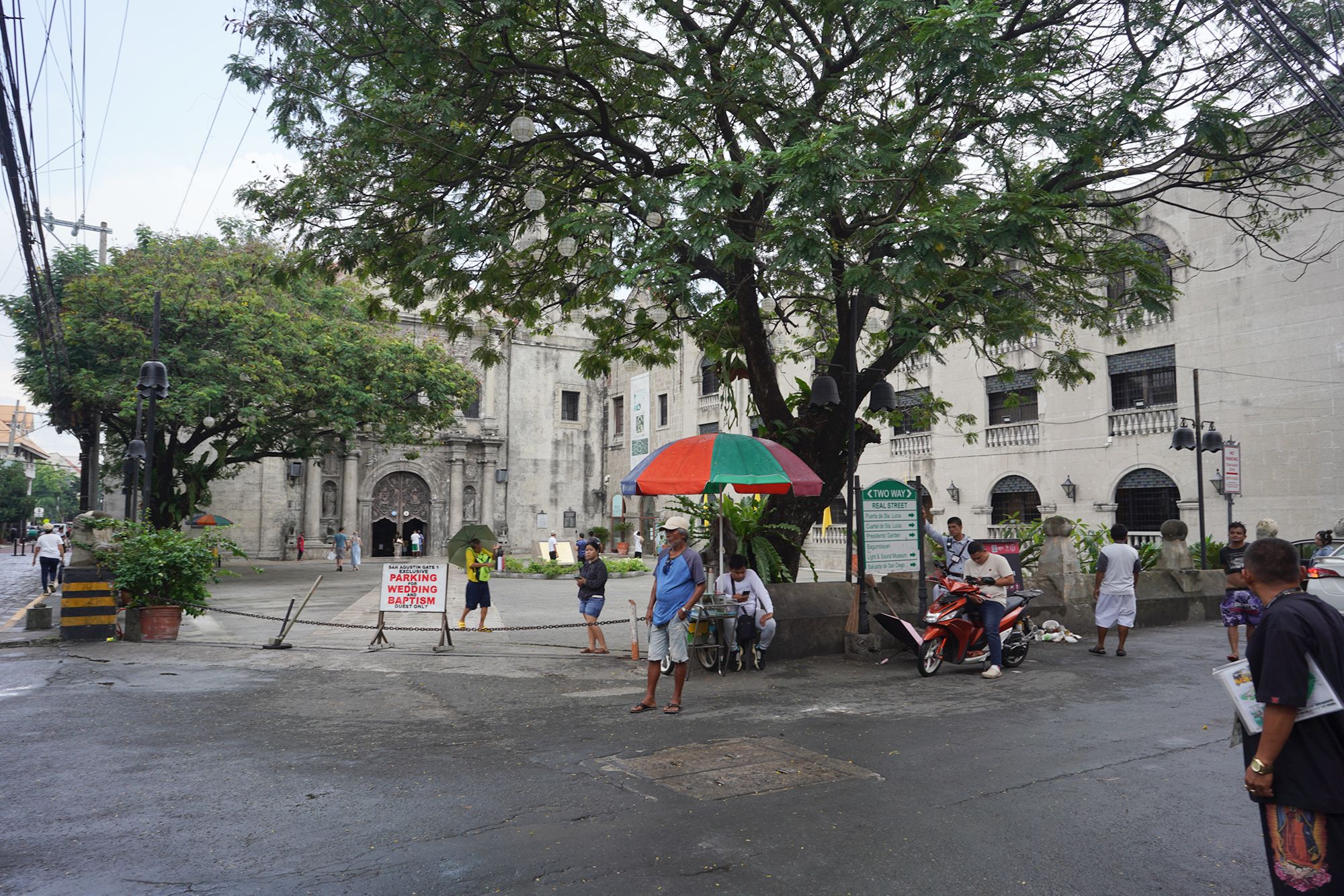
San Agustin Church and Museum – The oldest stone church in the Philippines, San Agustin Church is a UNESCO World Heritage Site with Baroque architecture and historical artifacts, including artworks, manuscripts, and religious items.
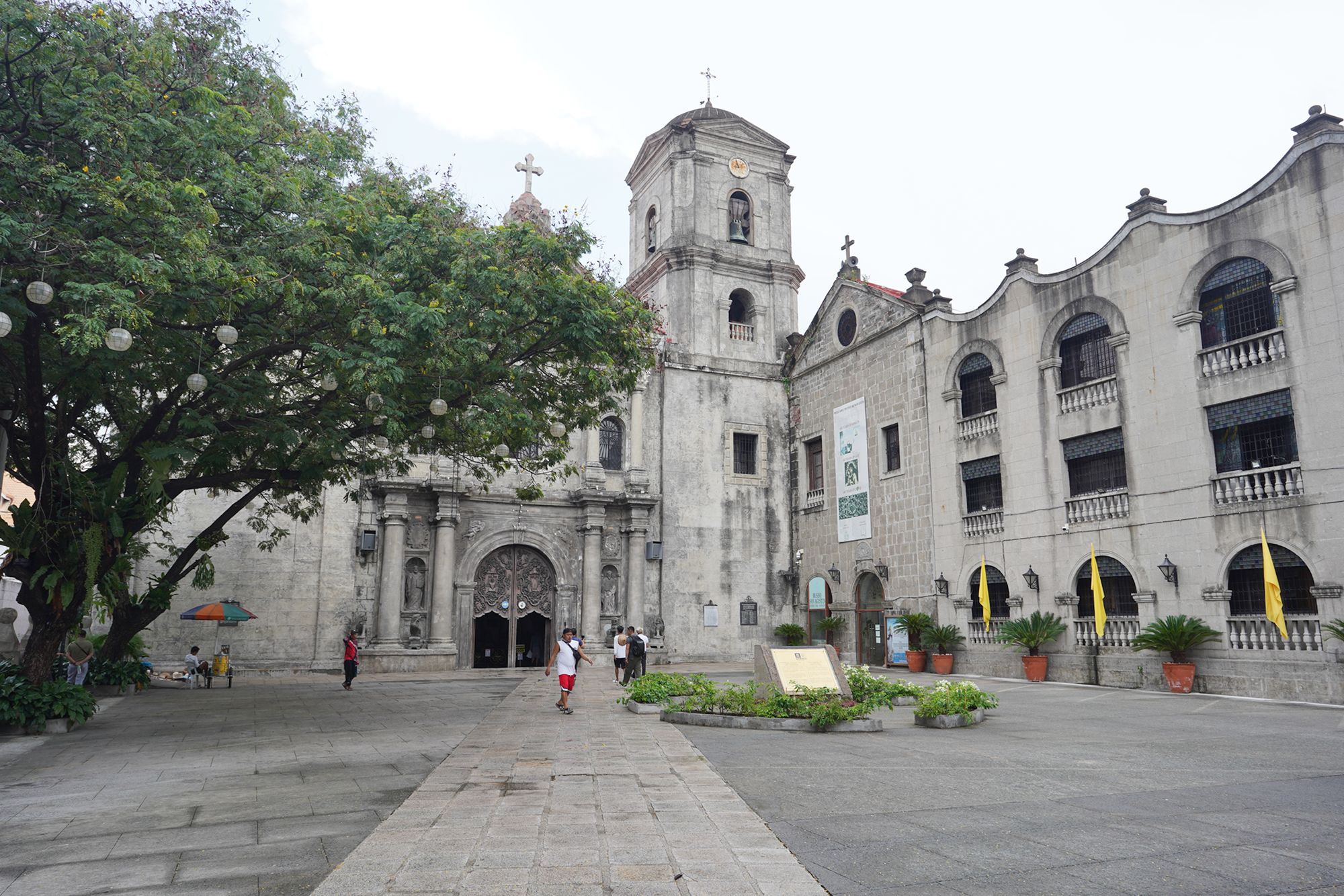
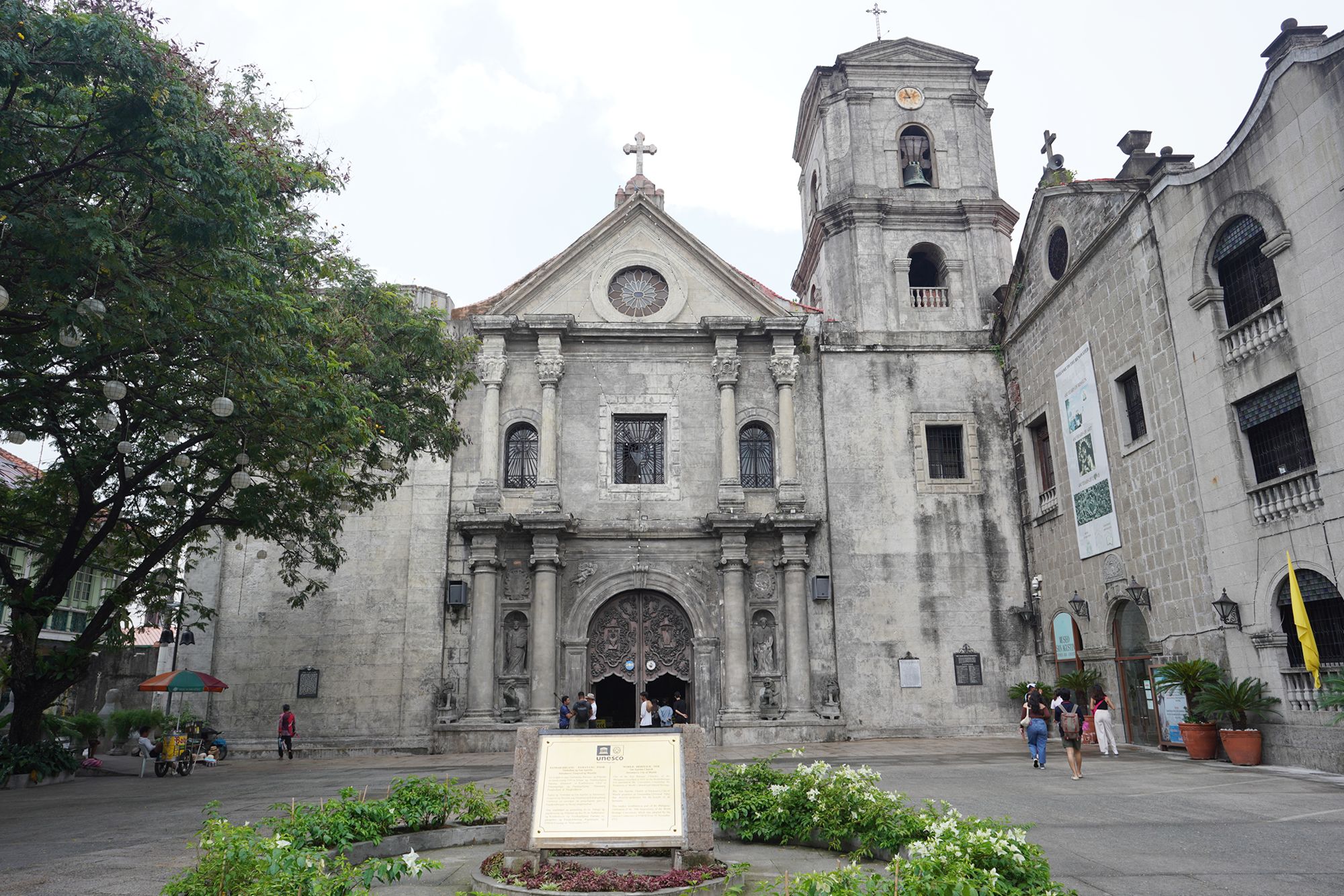

Completed in 1607, San Agustin Church has withstood numerous natural disasters and wars, including significant damage during World War II. Its resilience and historical importance led to its designation as a UNESCO World Heritage Site in 1993.
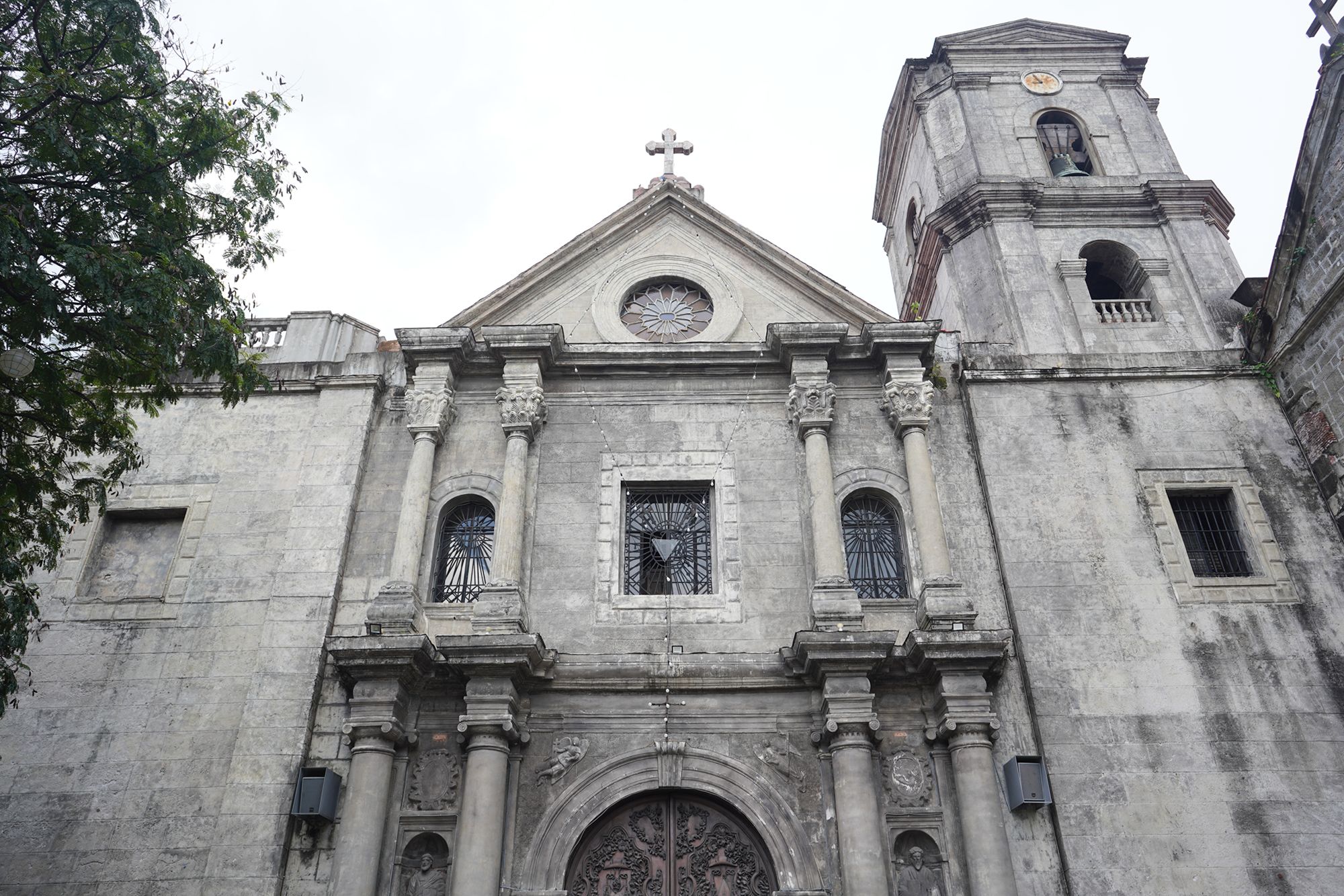
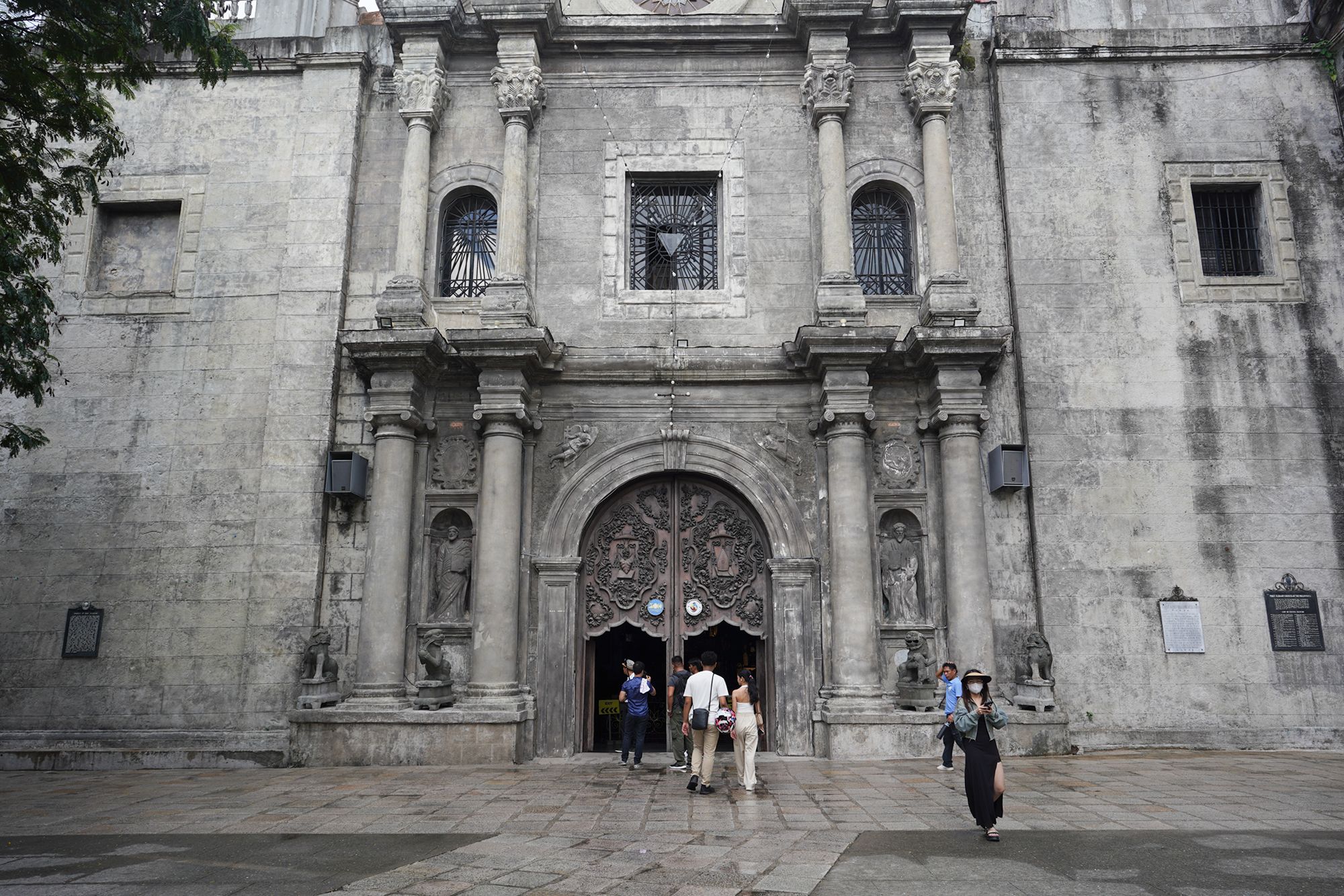
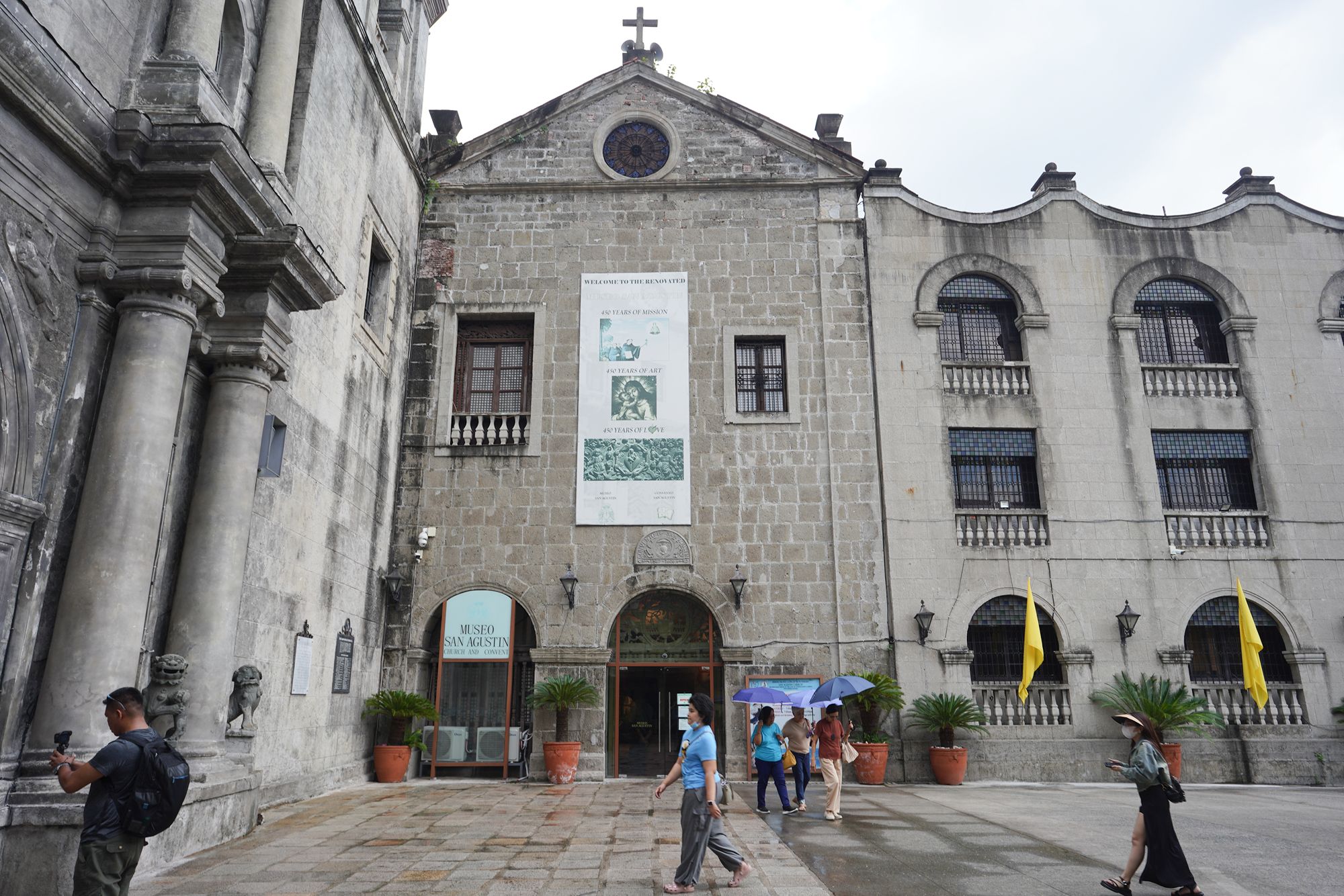
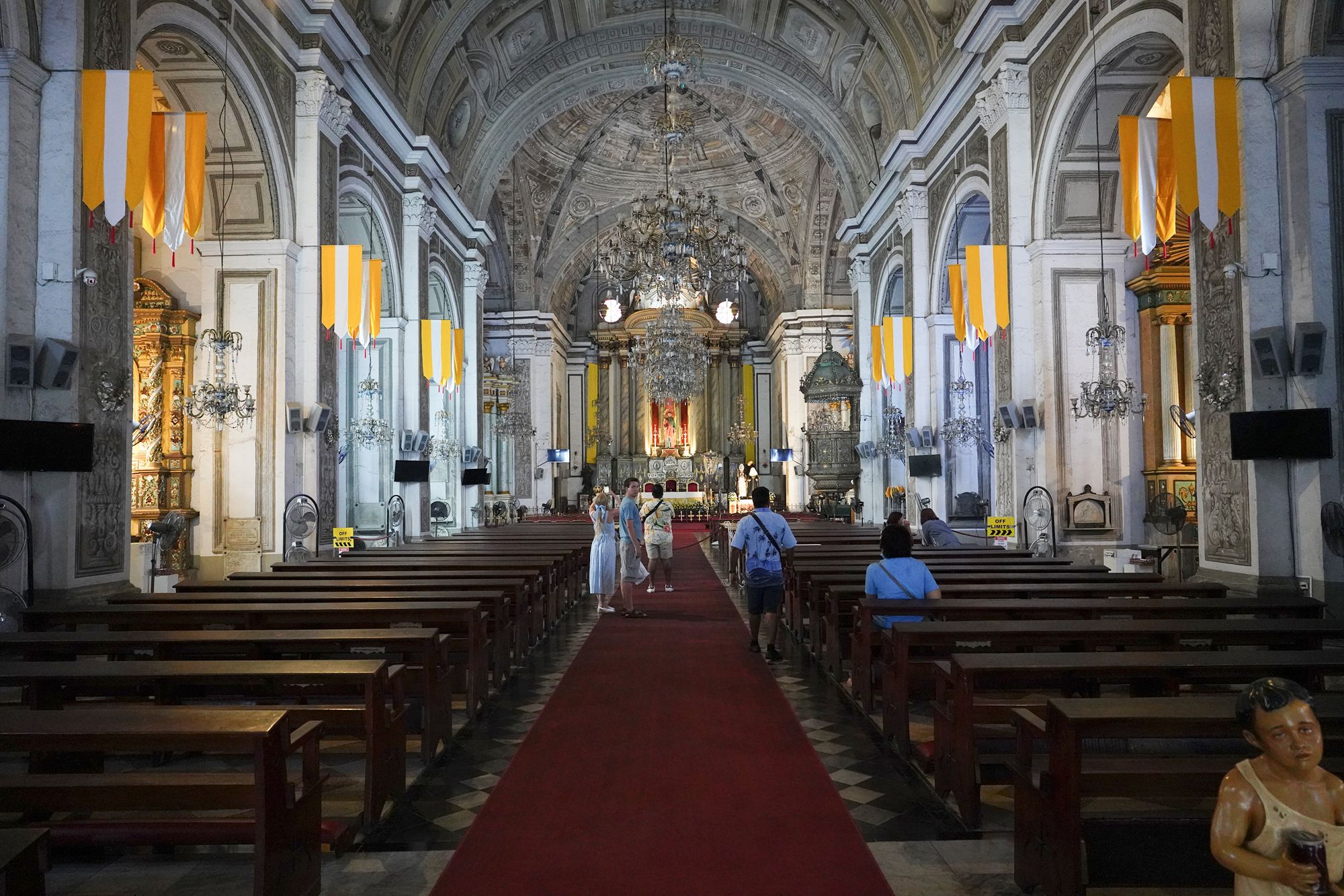
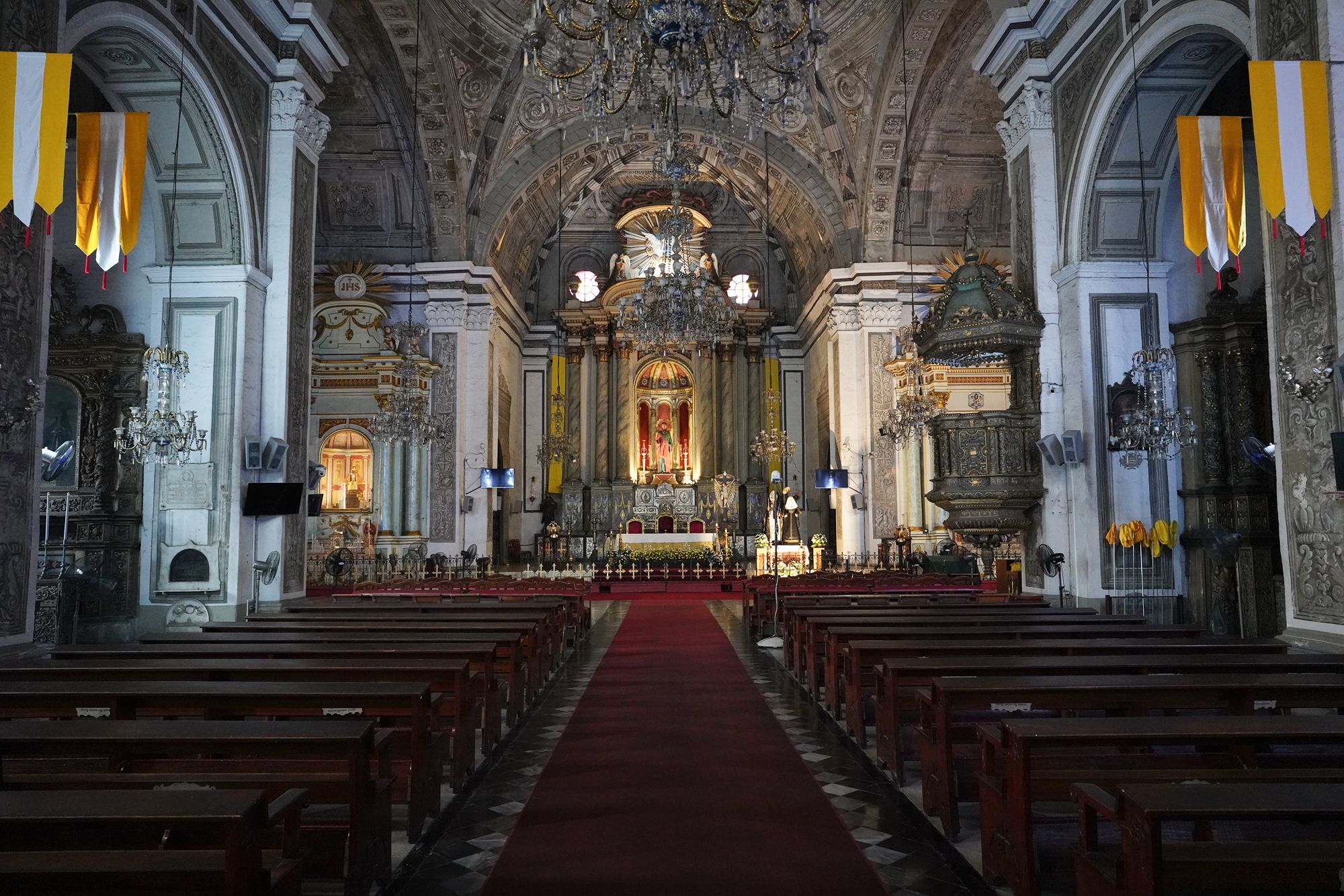
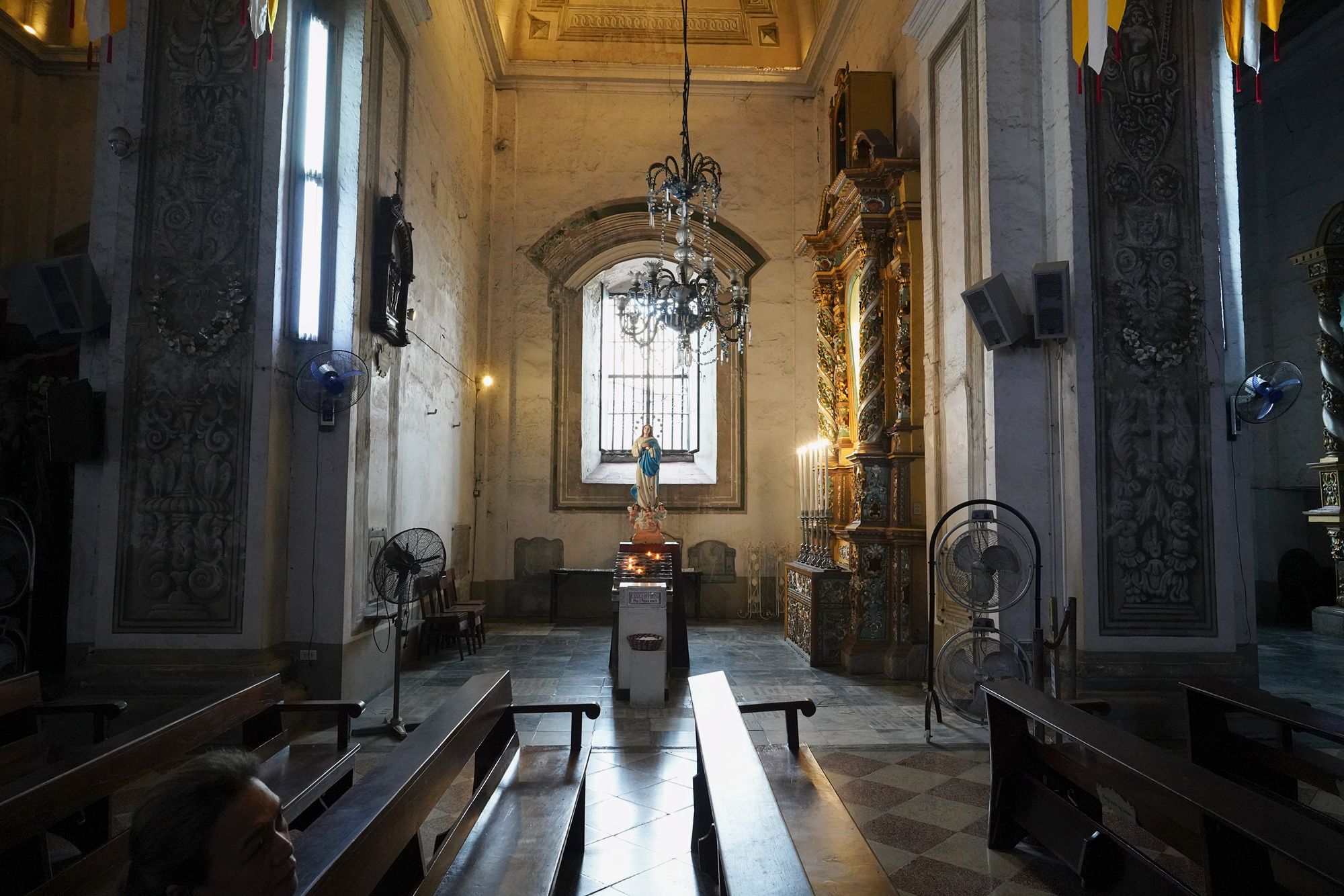
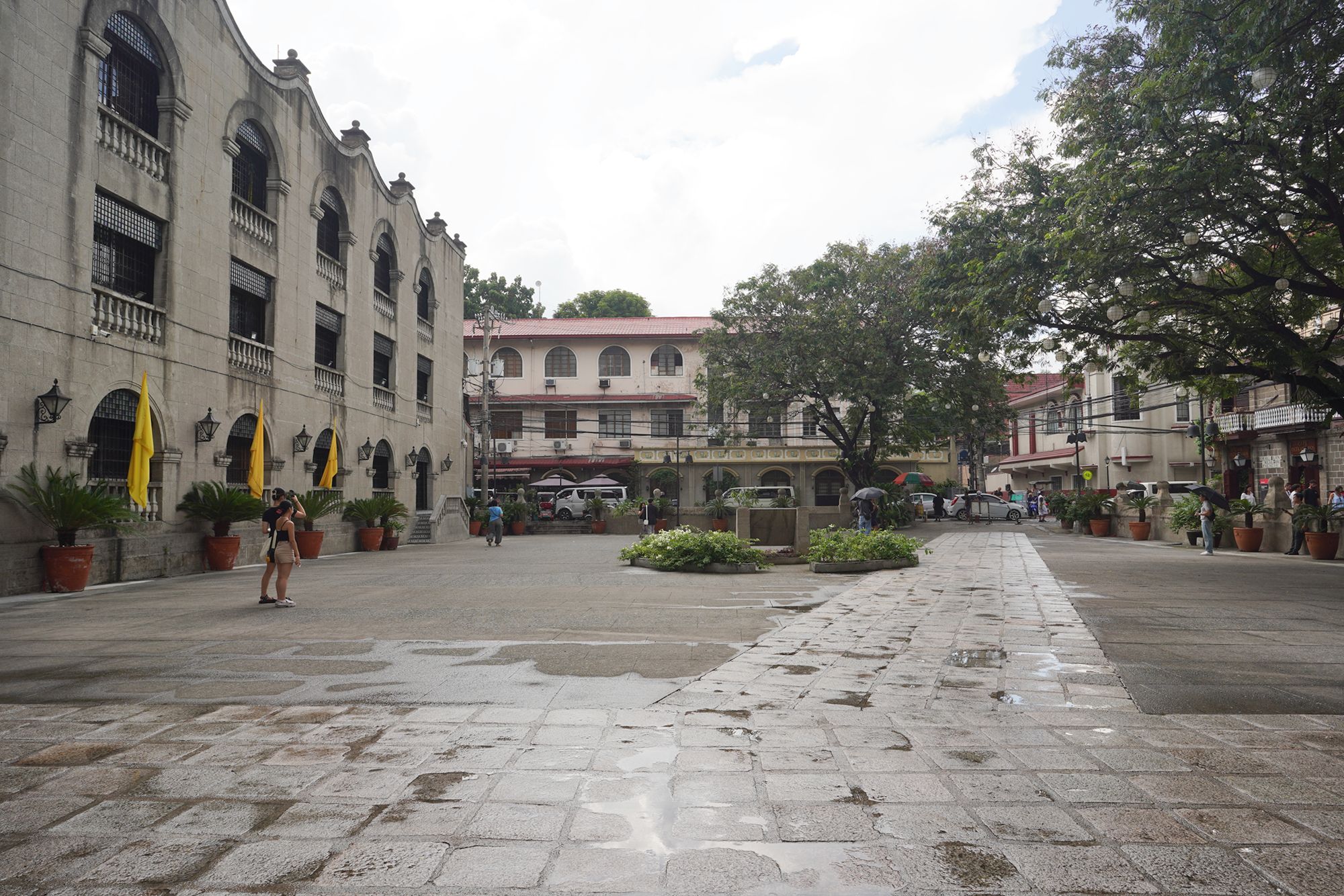
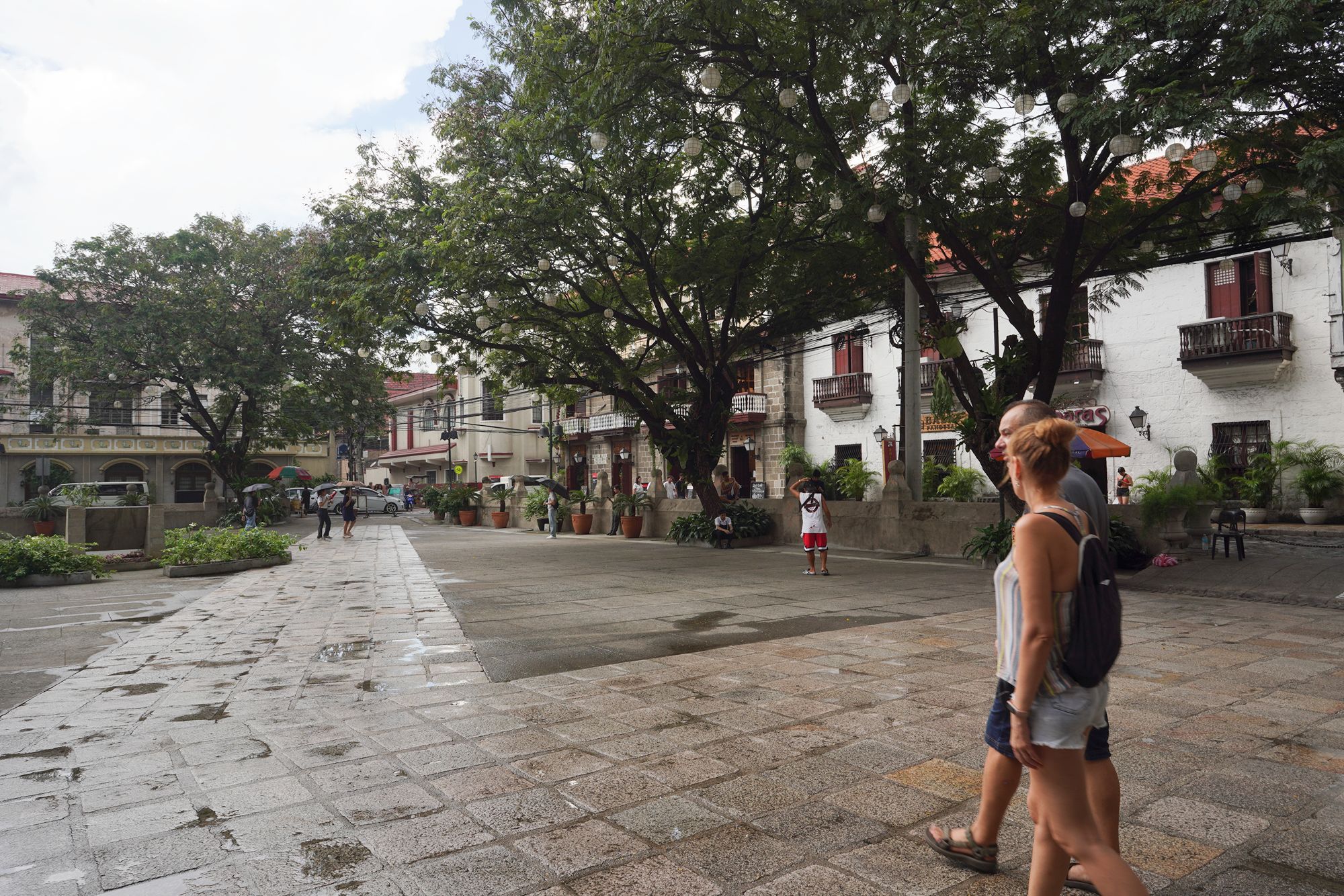
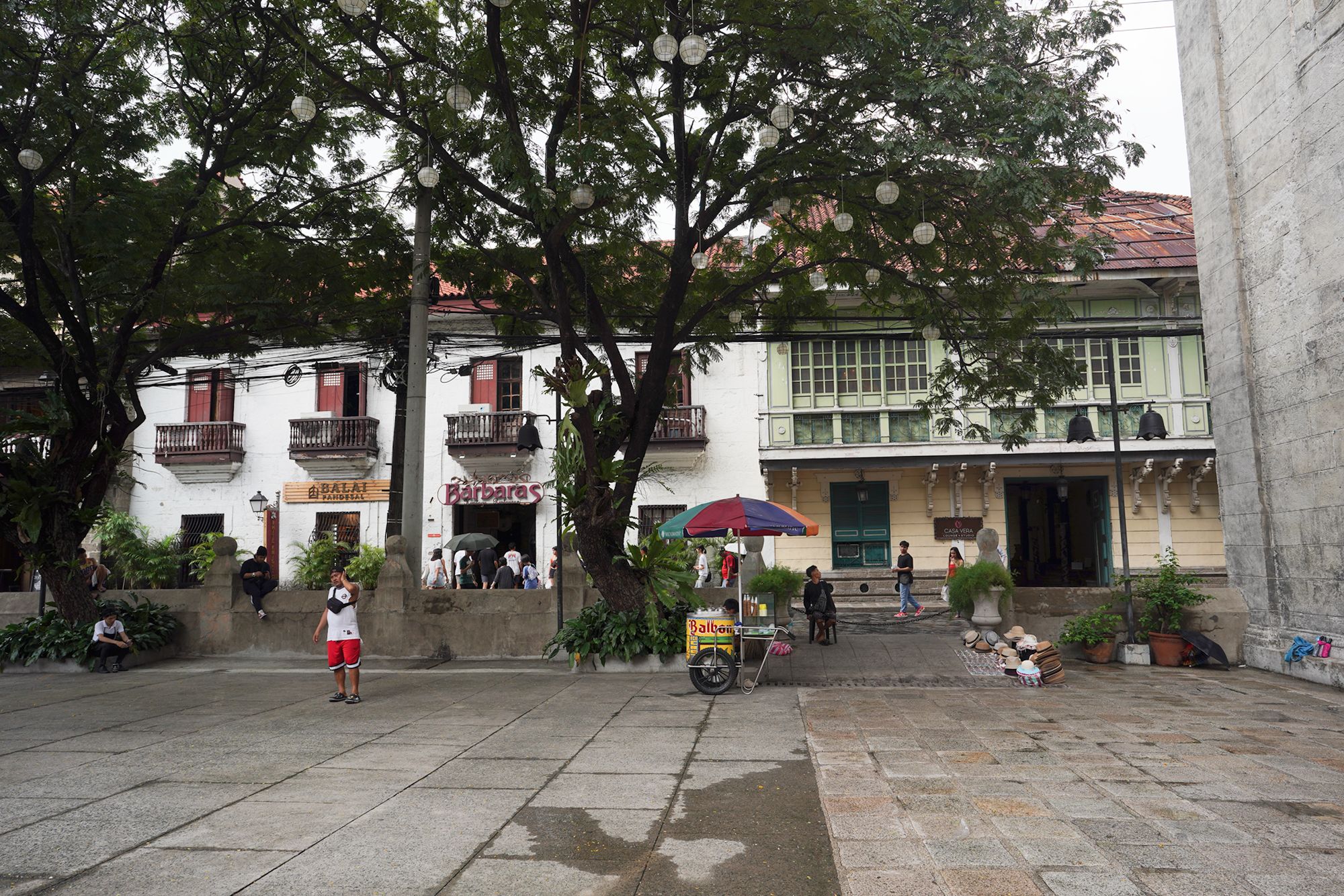
Casa Manila – A reconstructed Spanish colonial house turned museum, Casa Manila showcases what upper-class Filipino-Spanish homes looked like during the colonial era, complete with period furniture and artifacts.
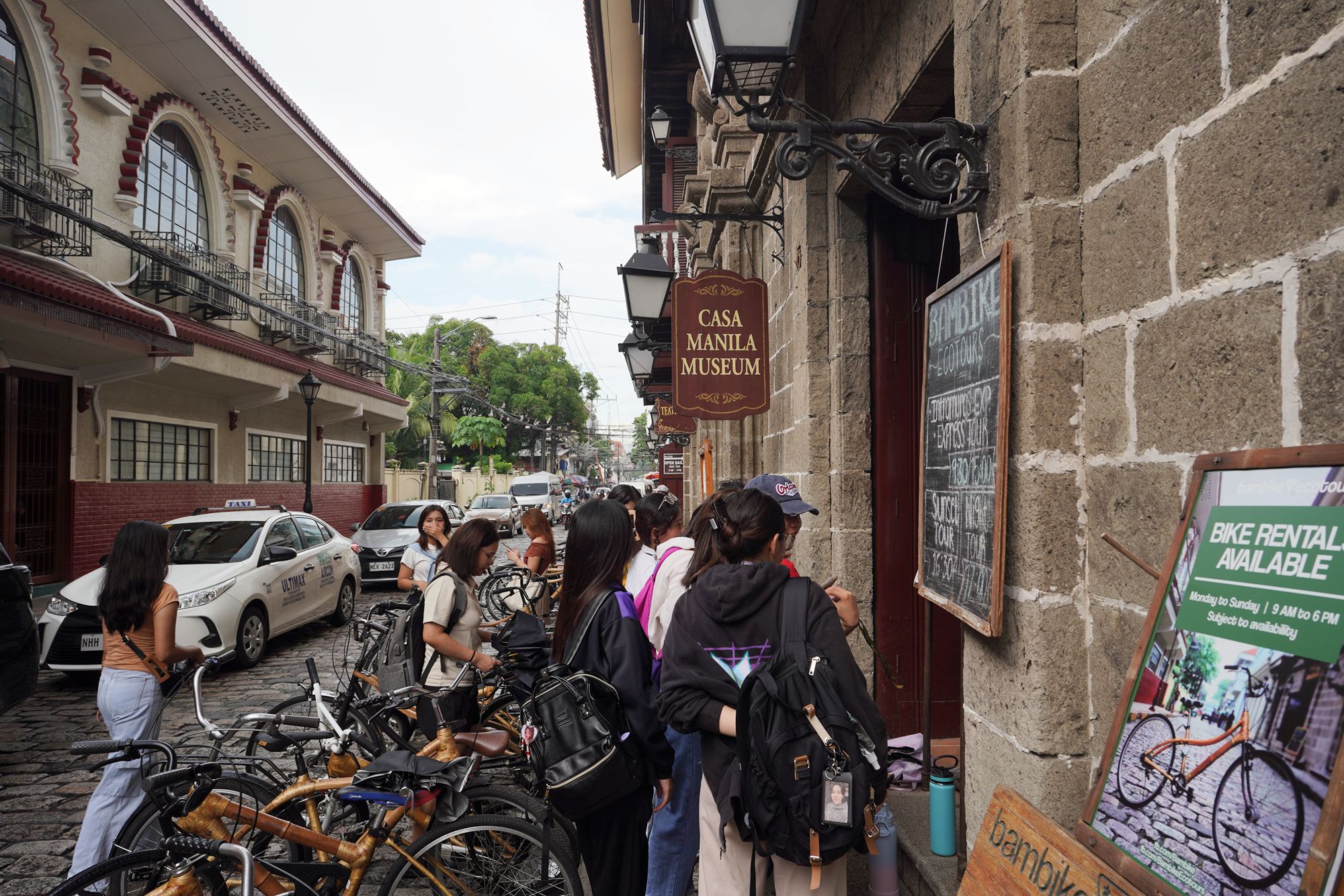
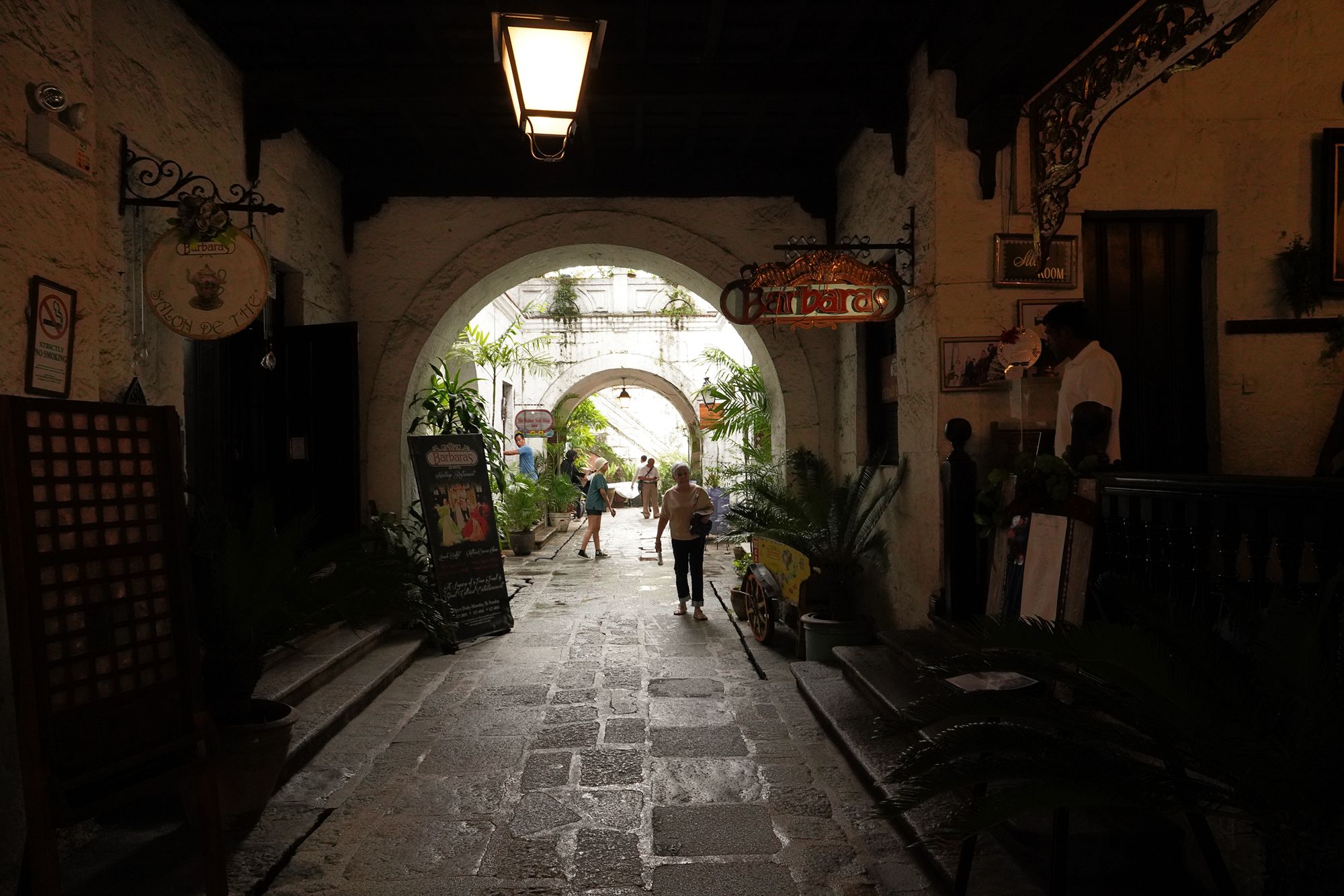
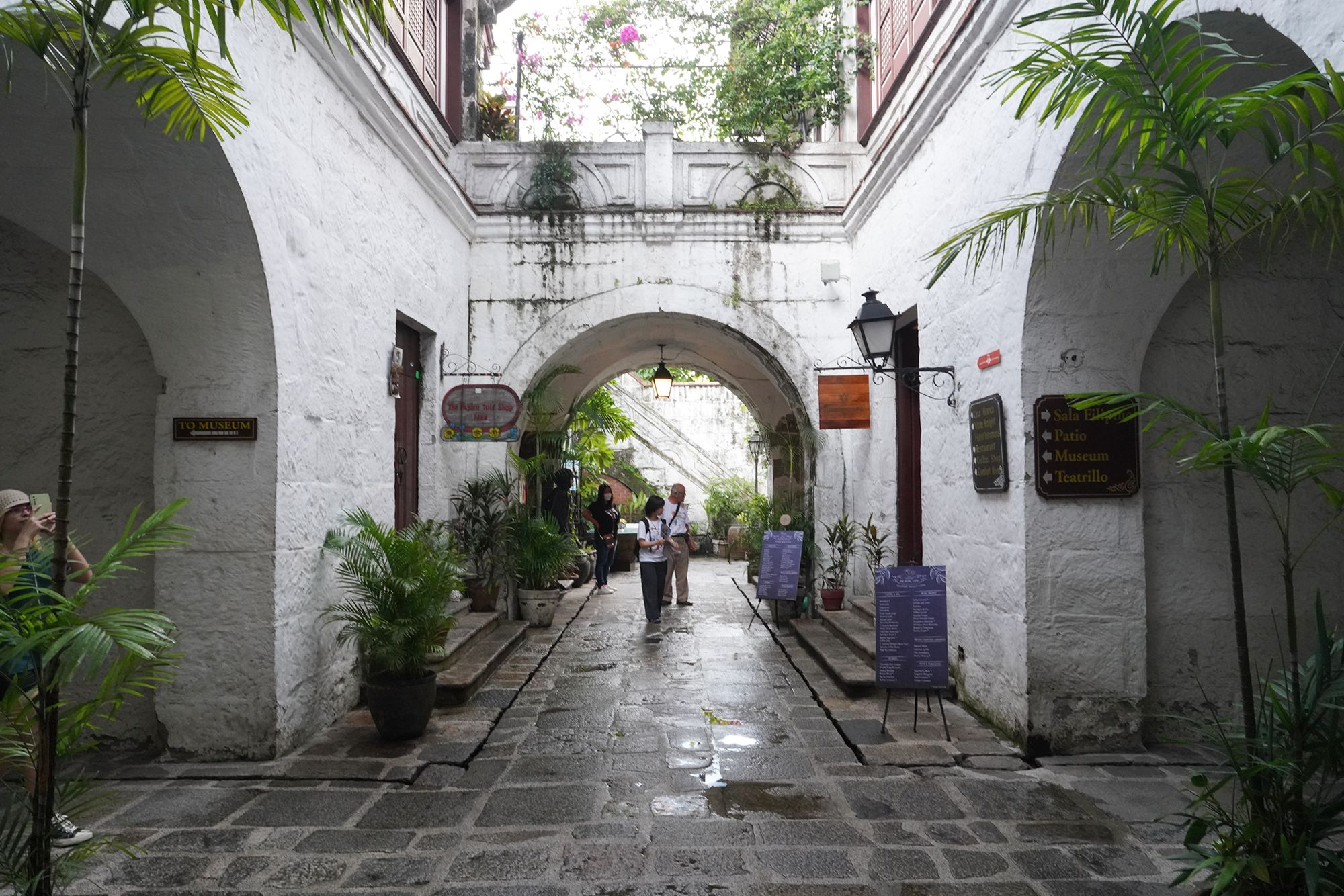
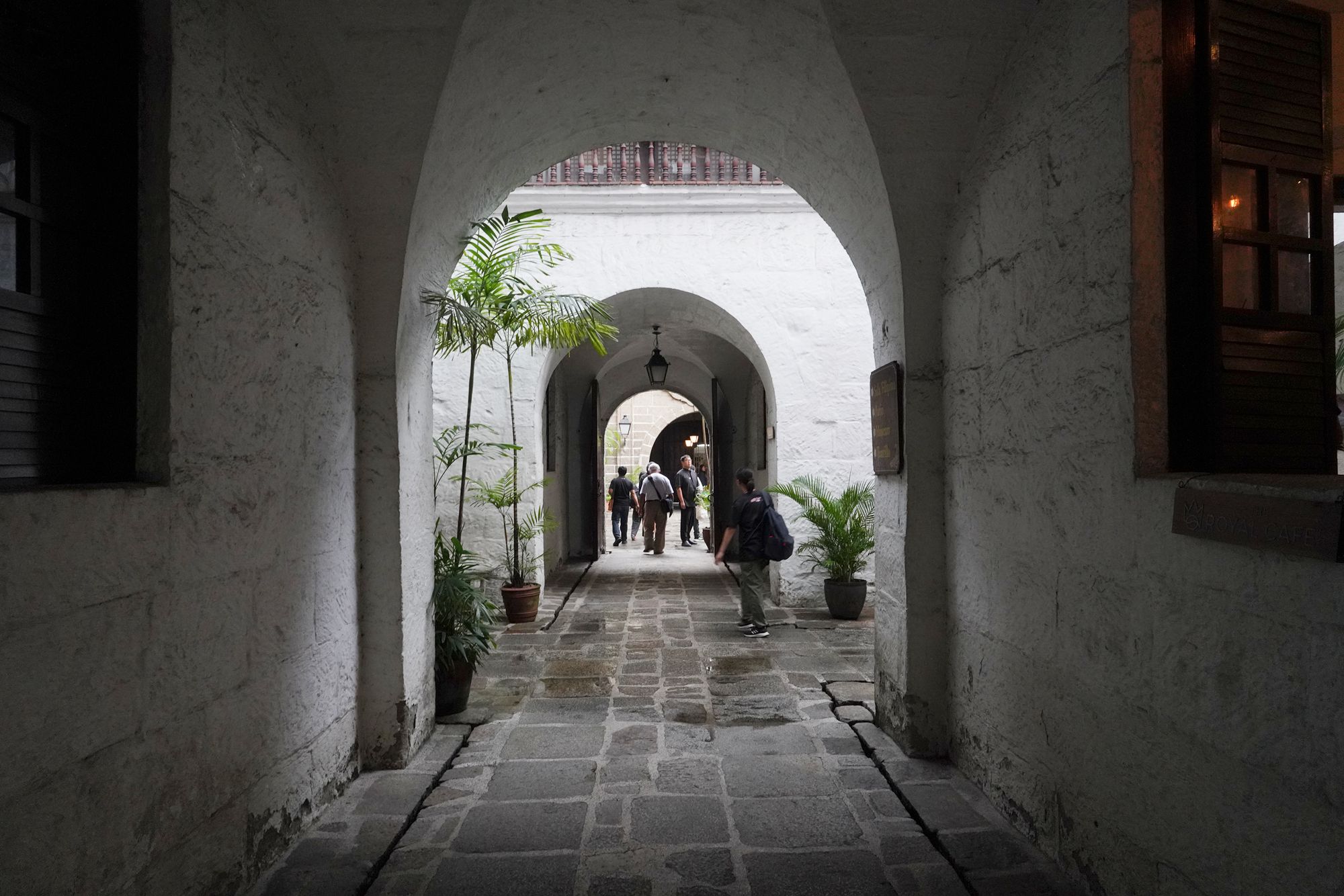
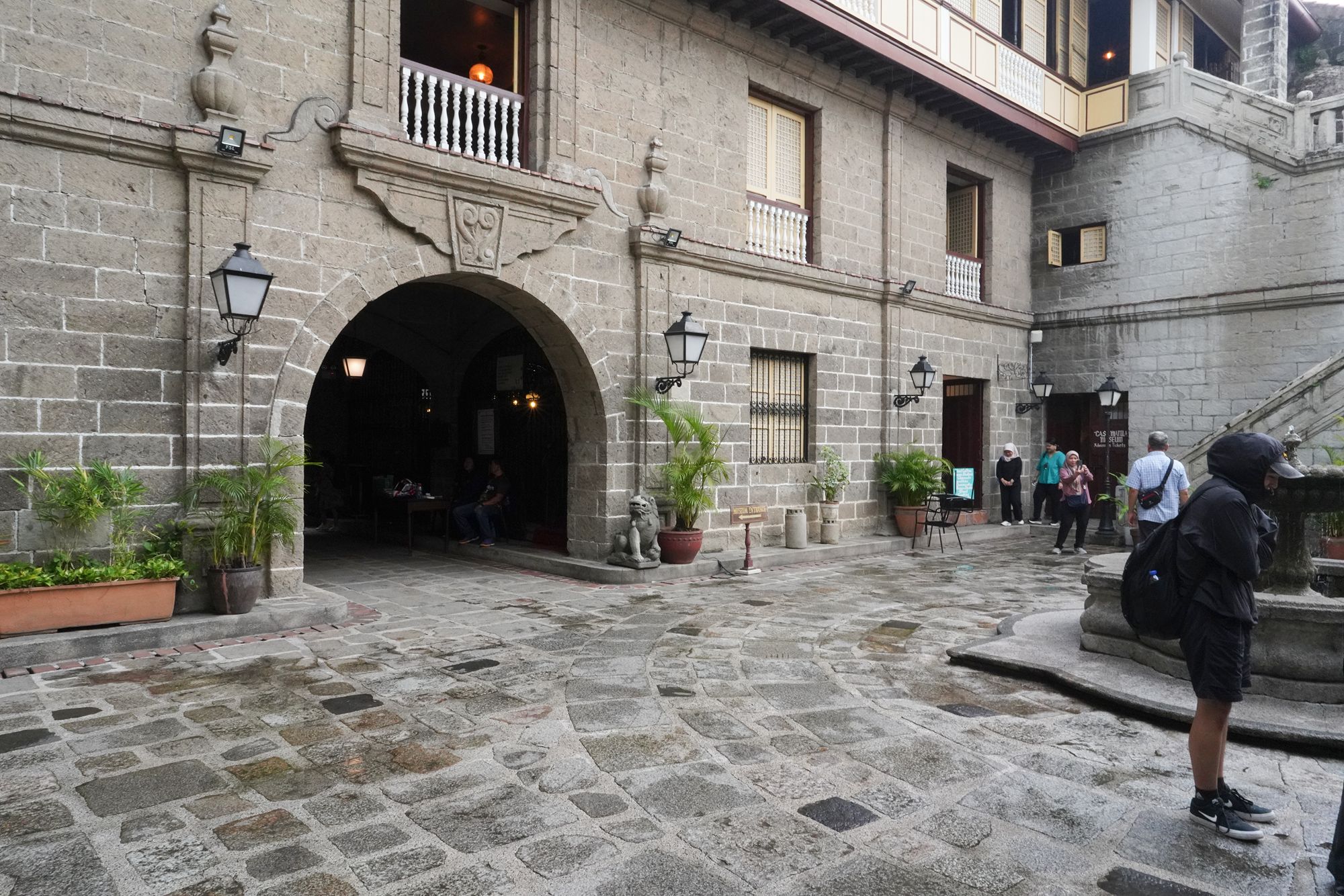
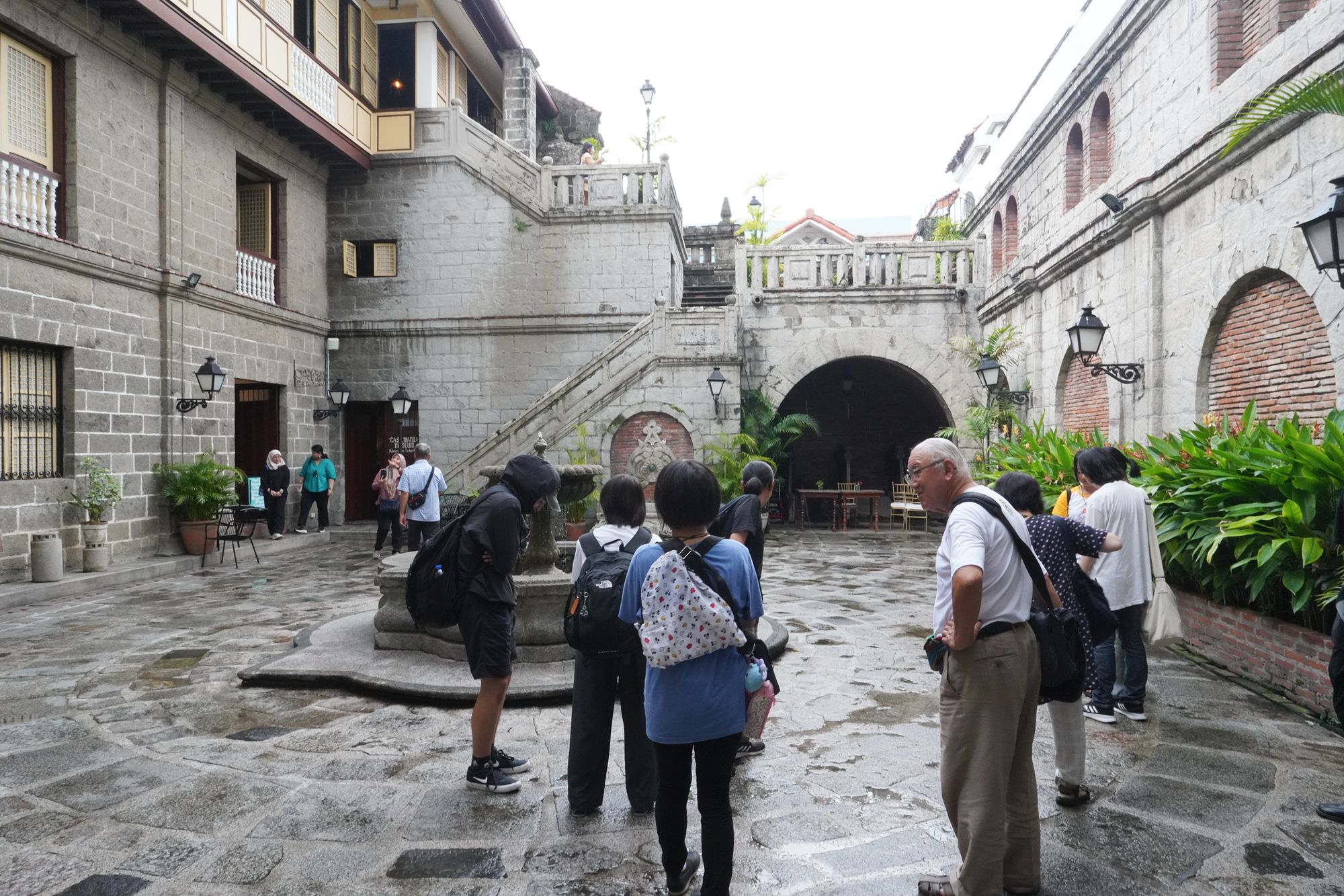
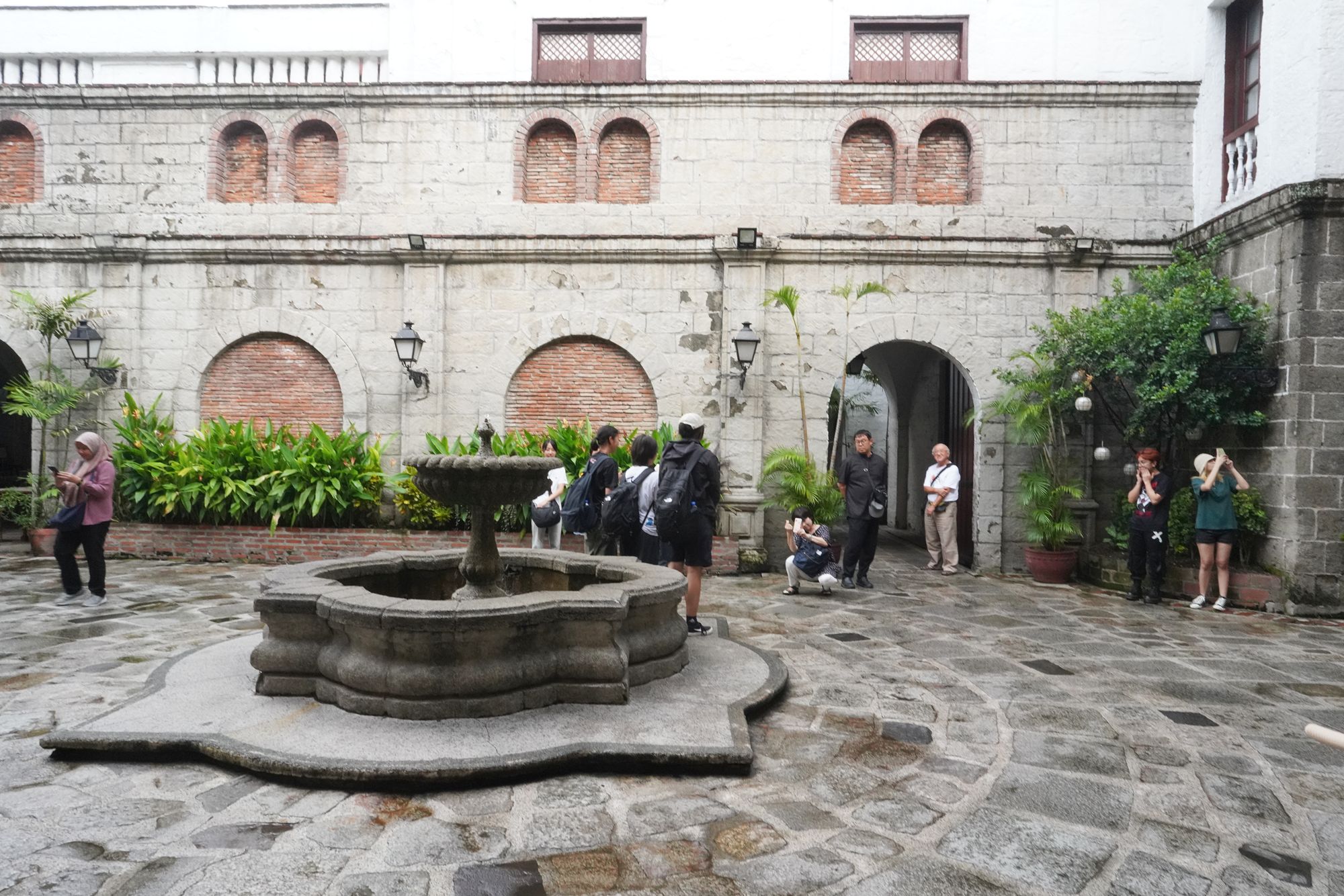

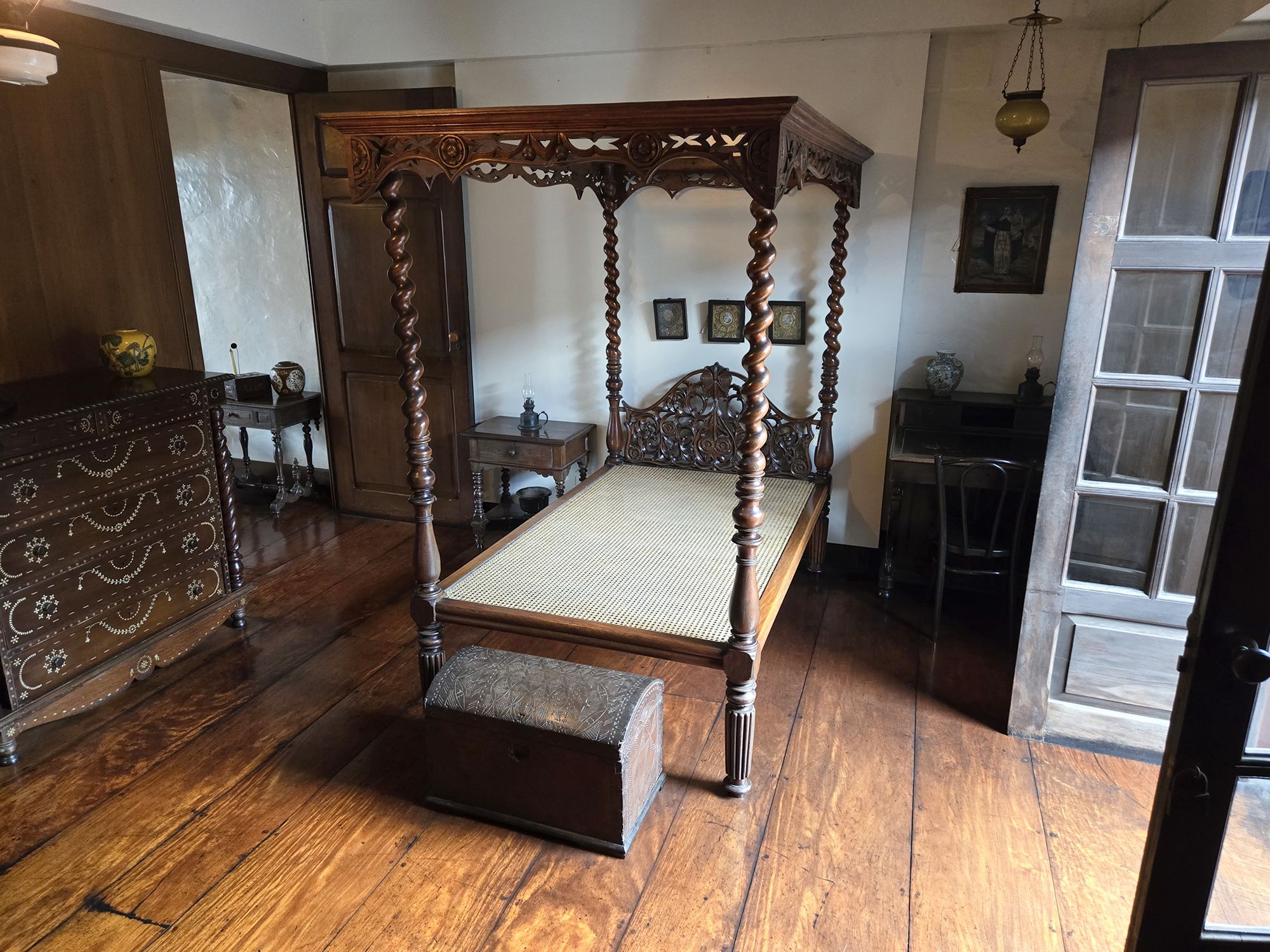
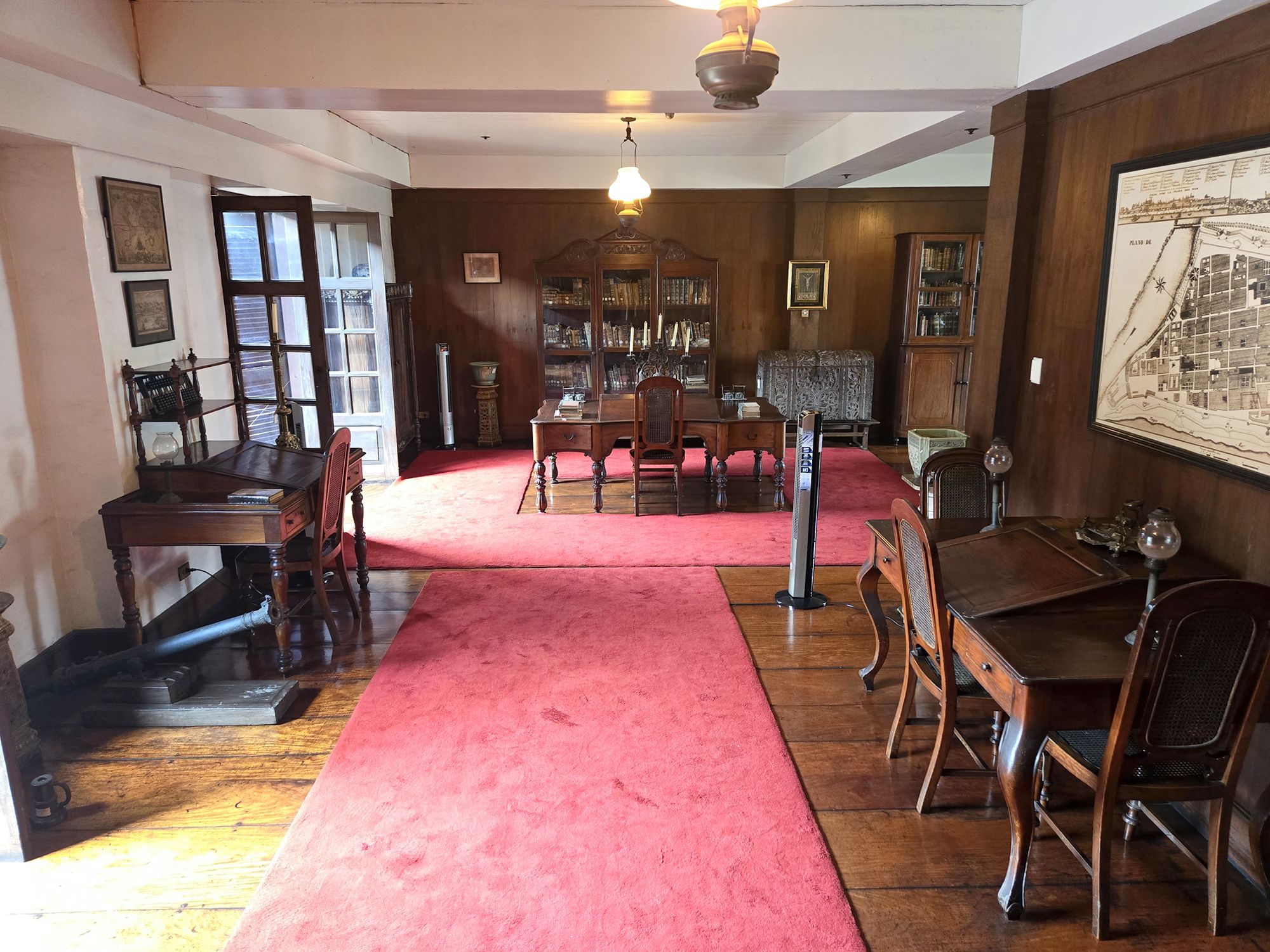

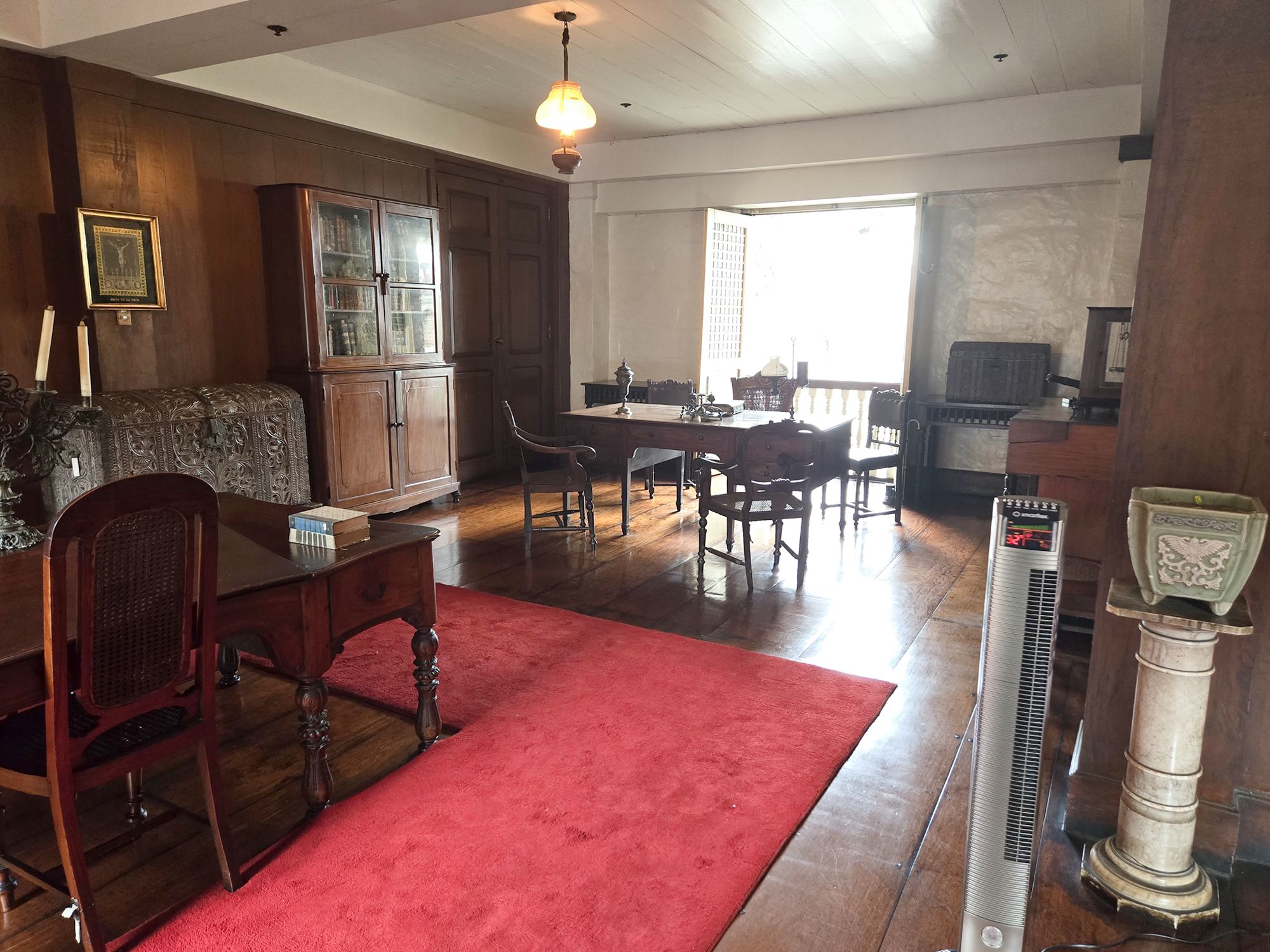
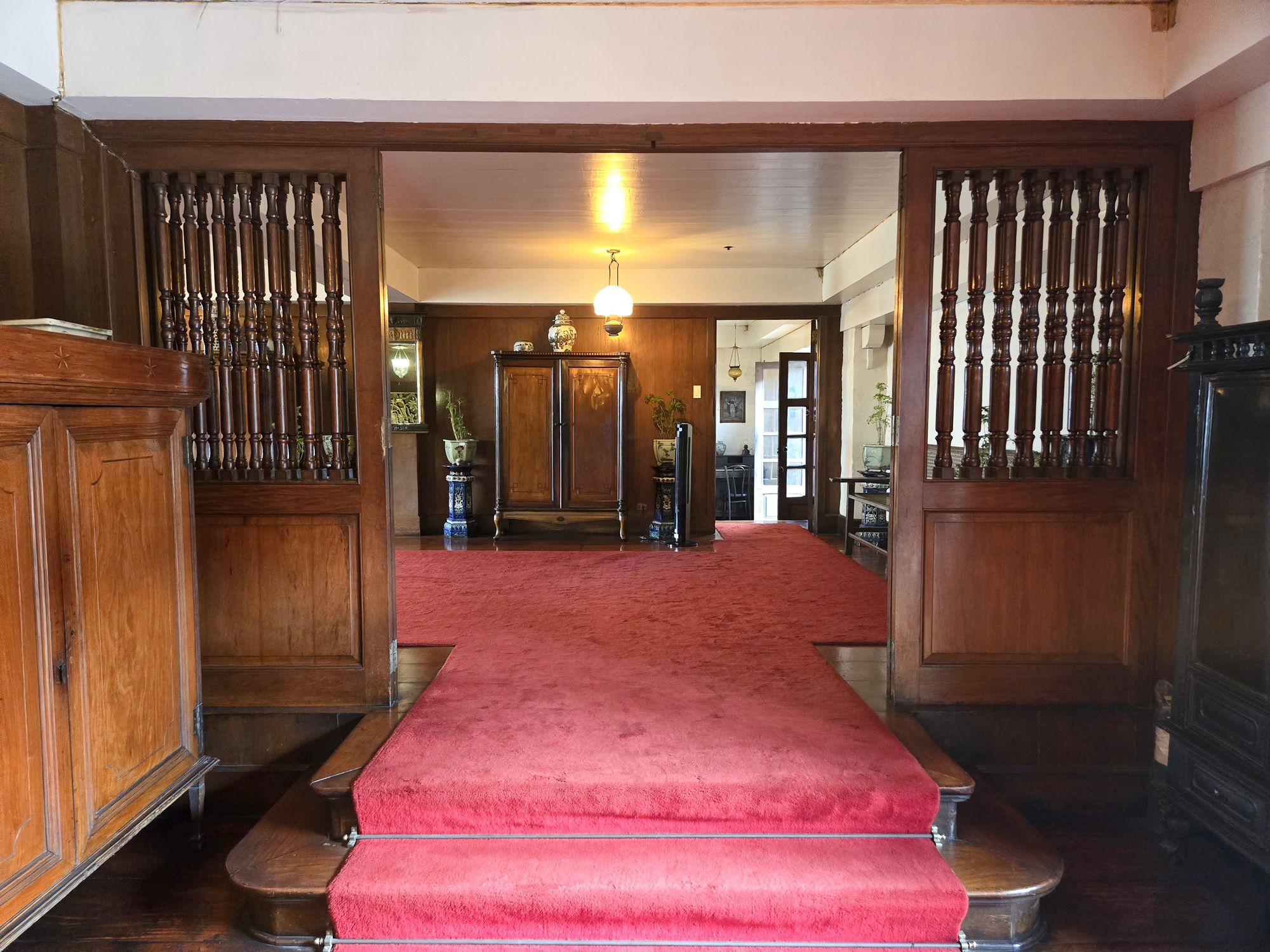
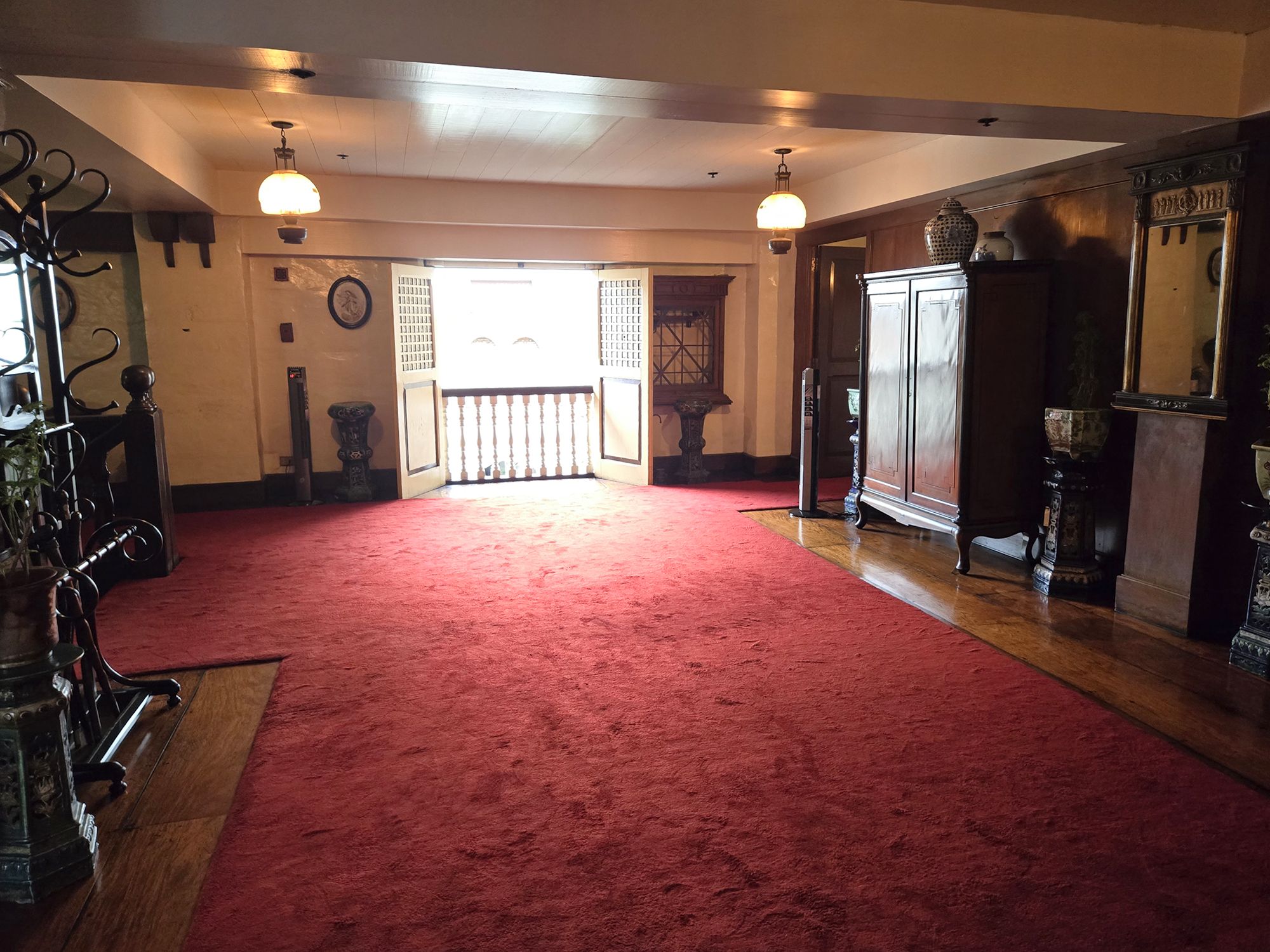
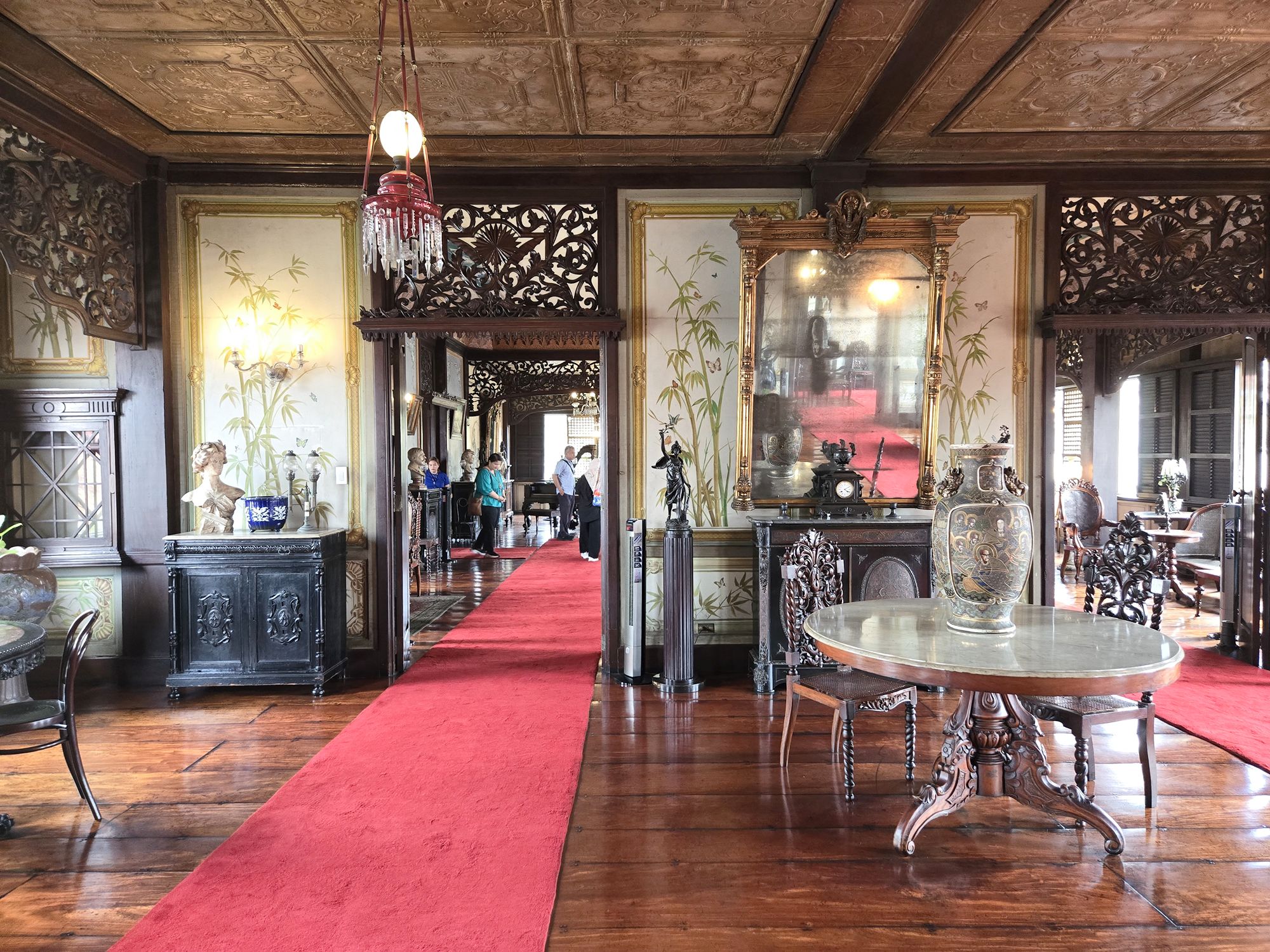
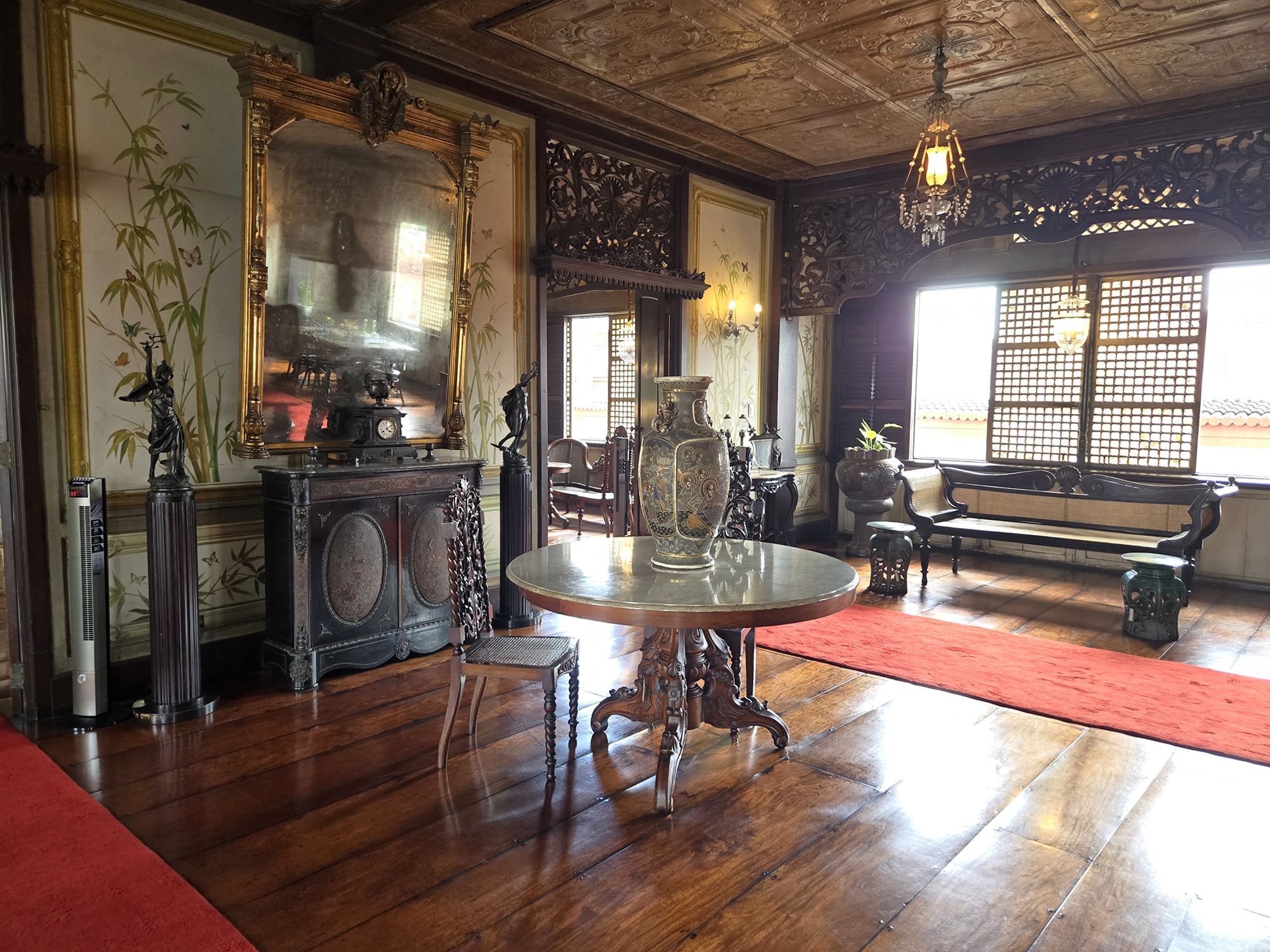

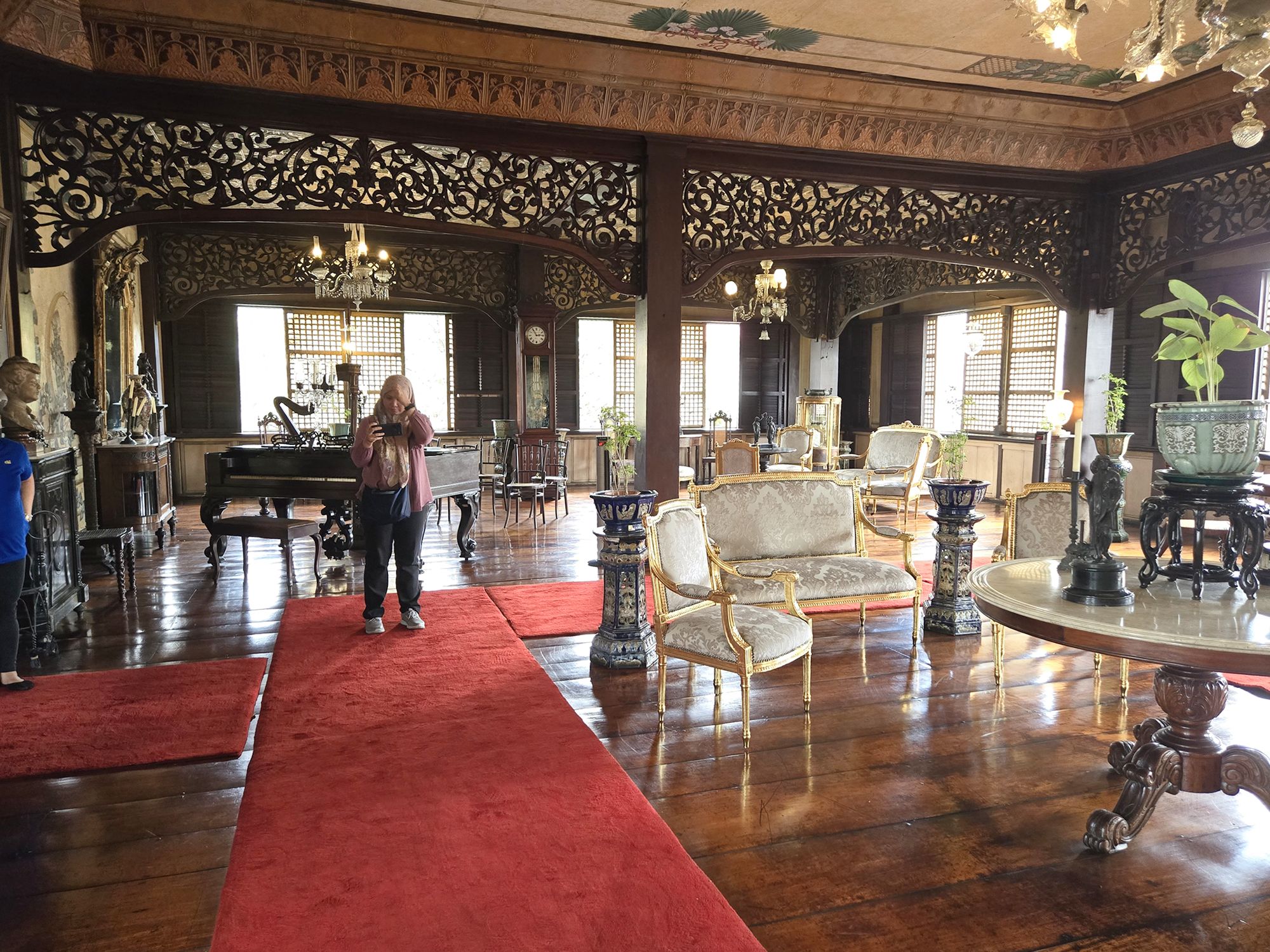
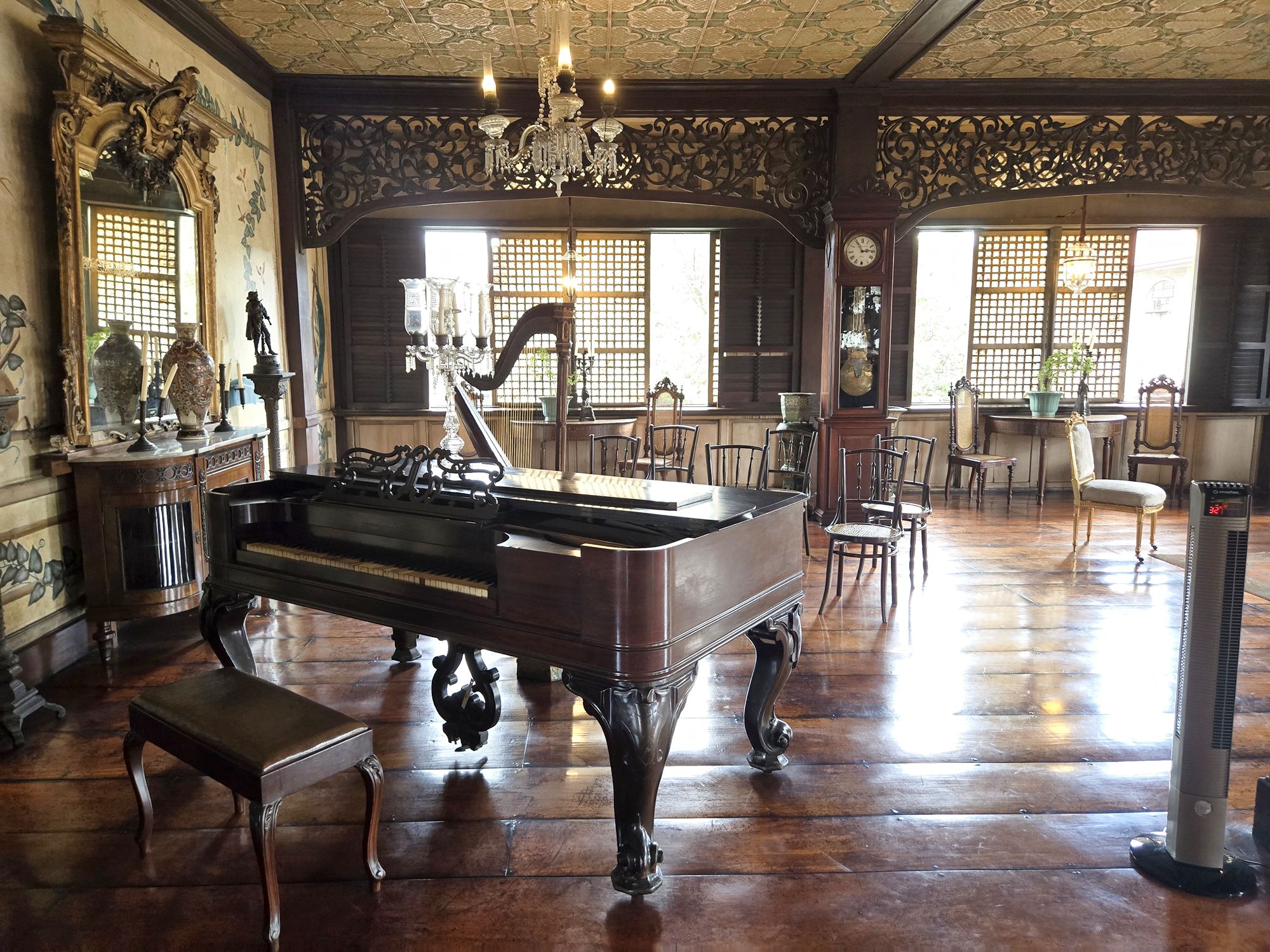
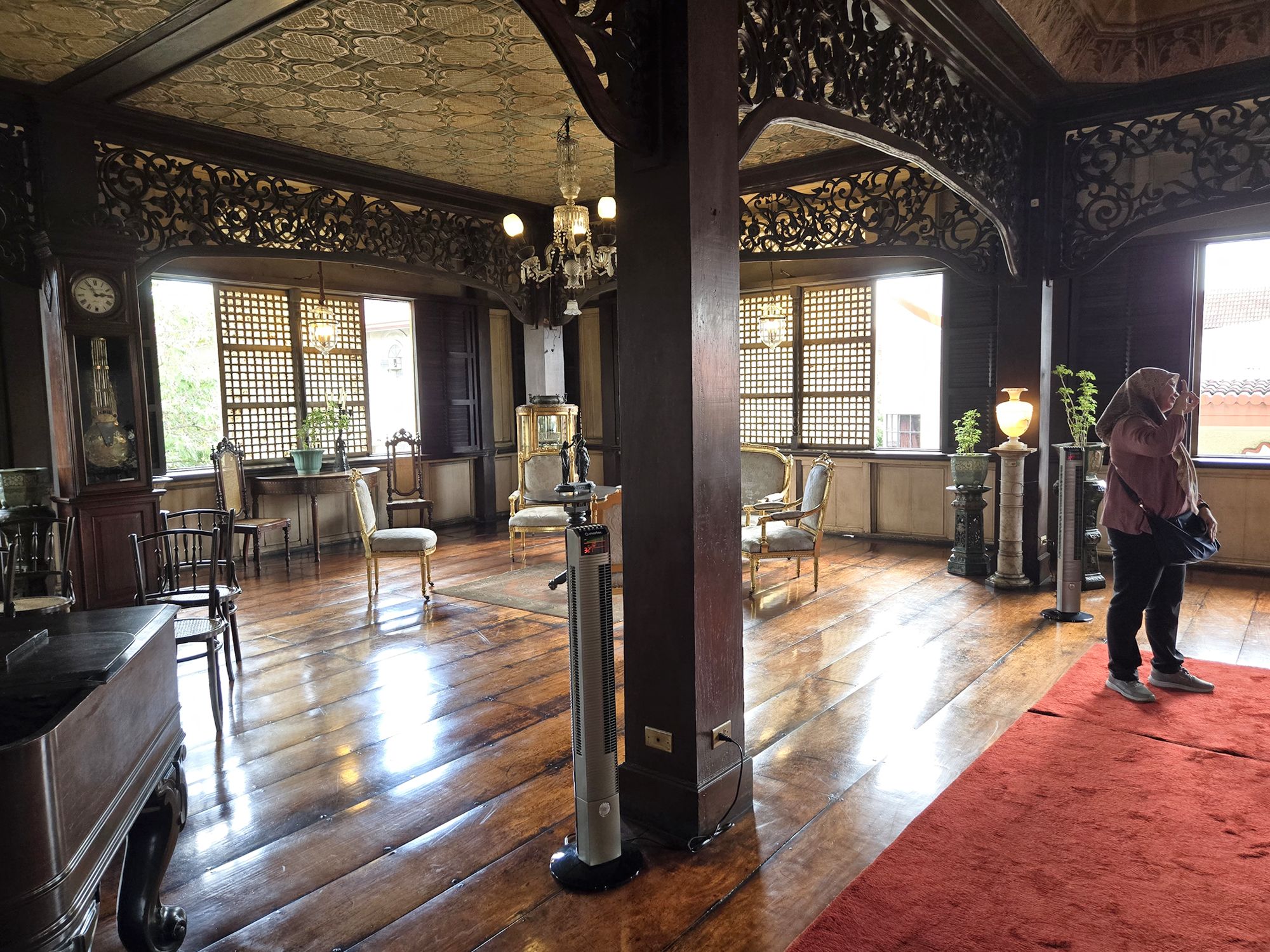
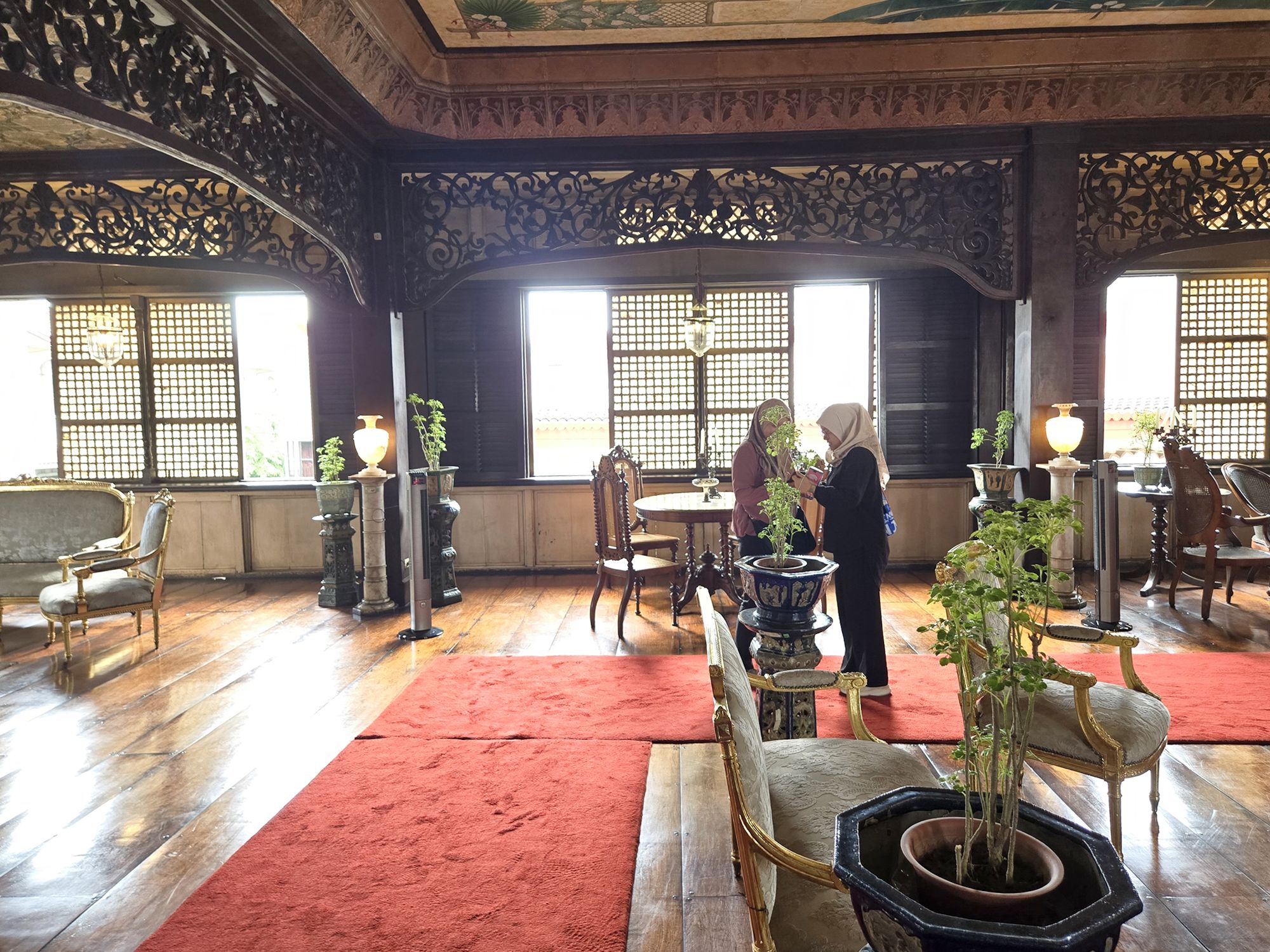
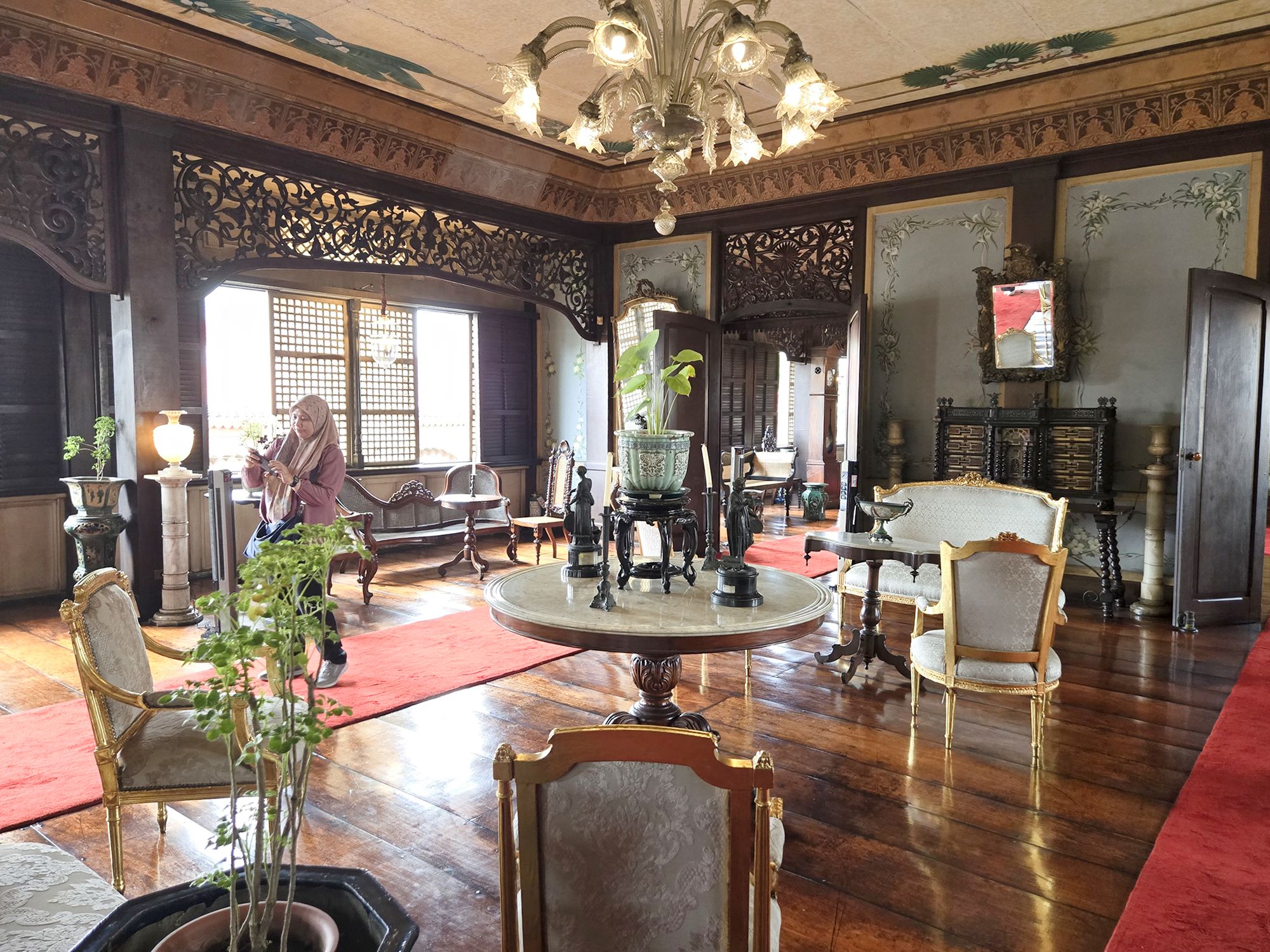
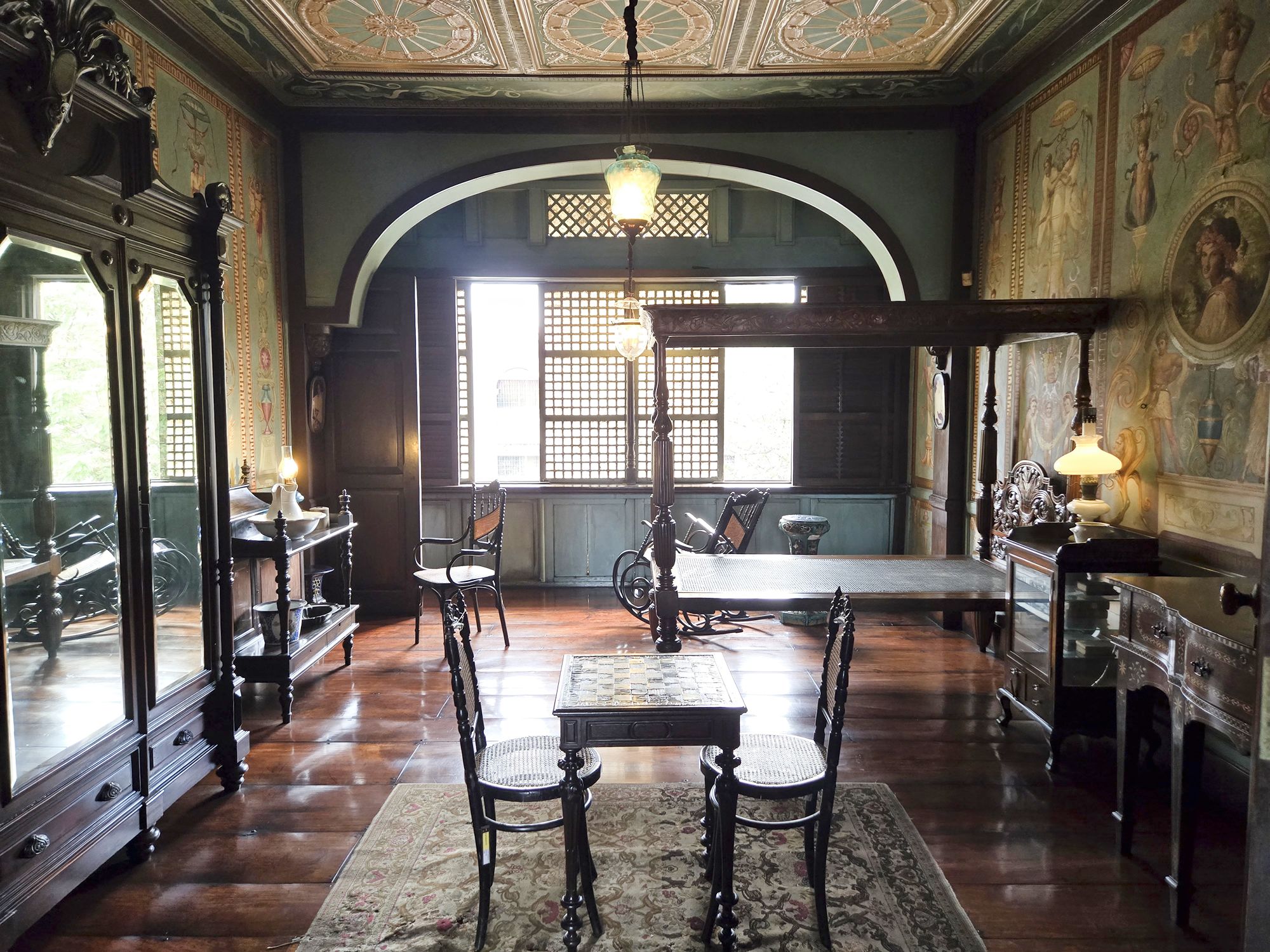
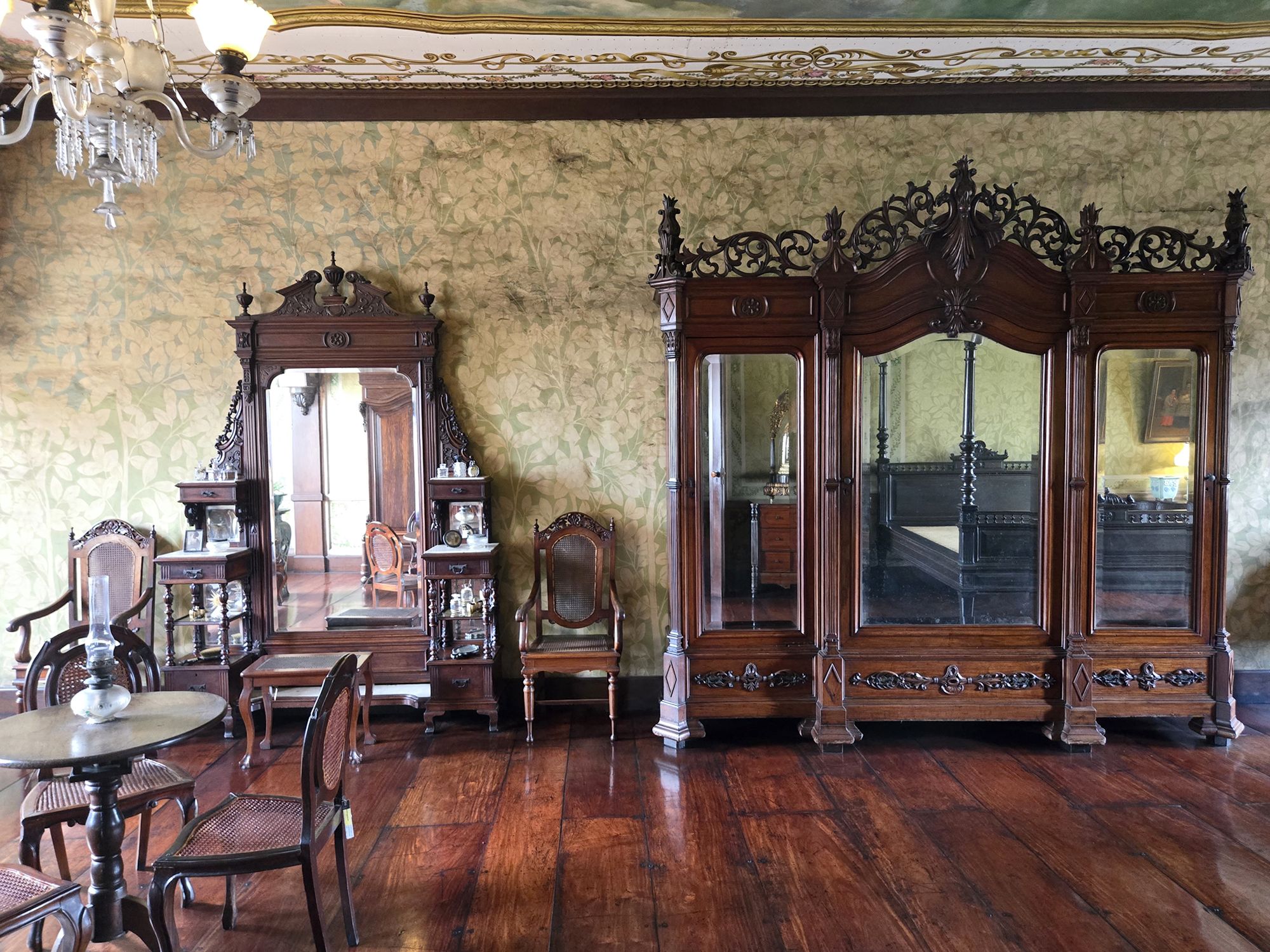
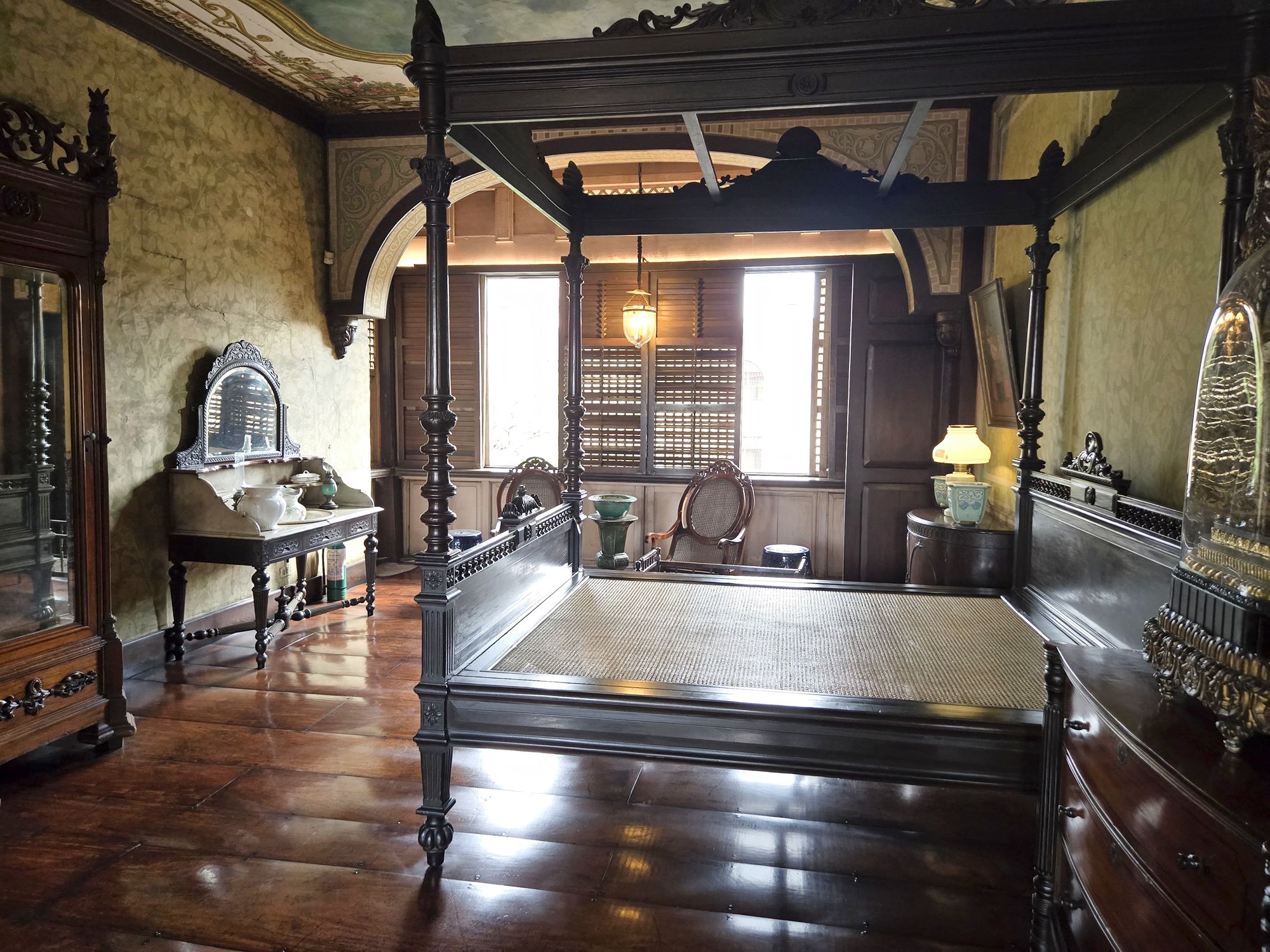

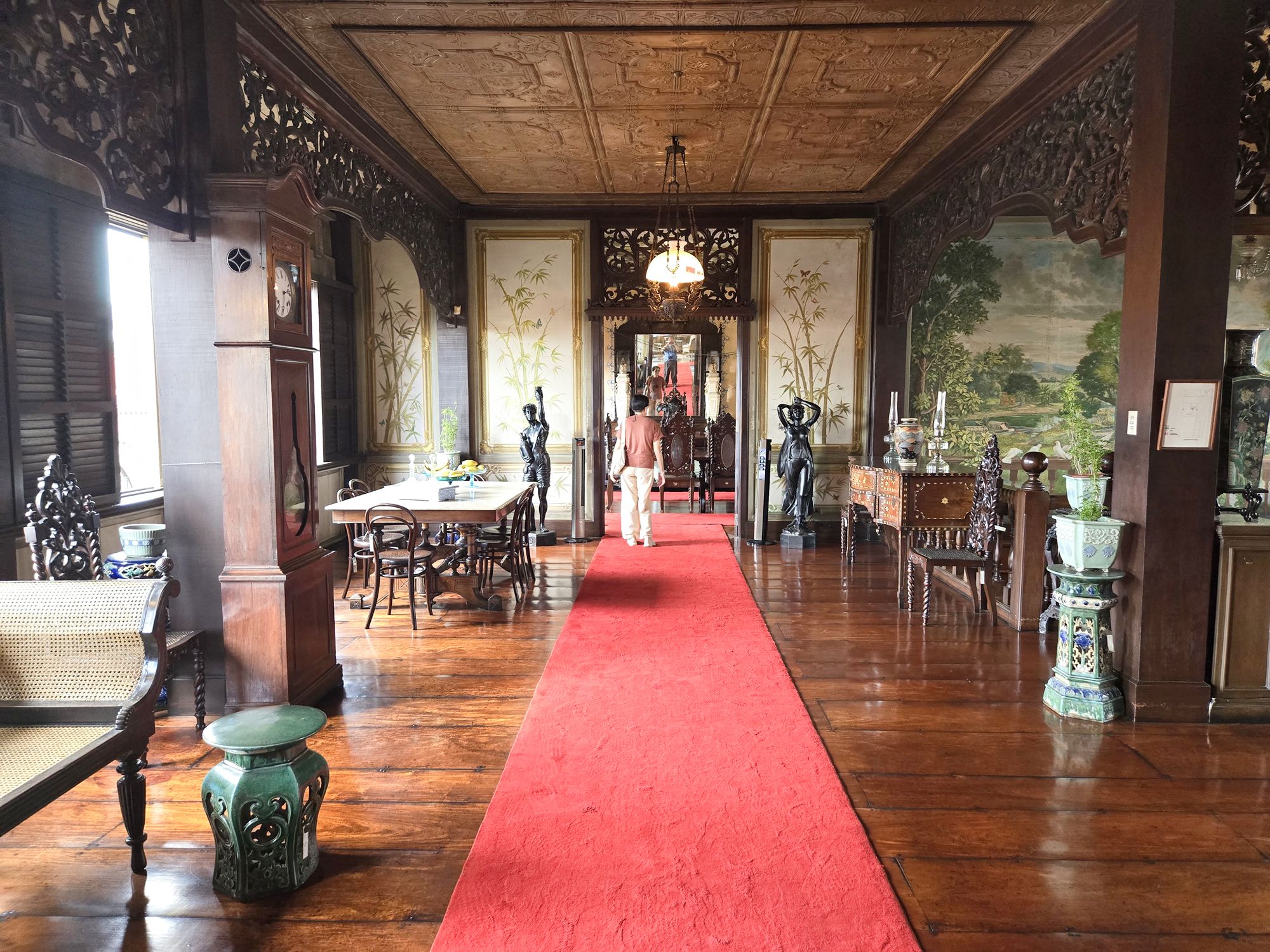
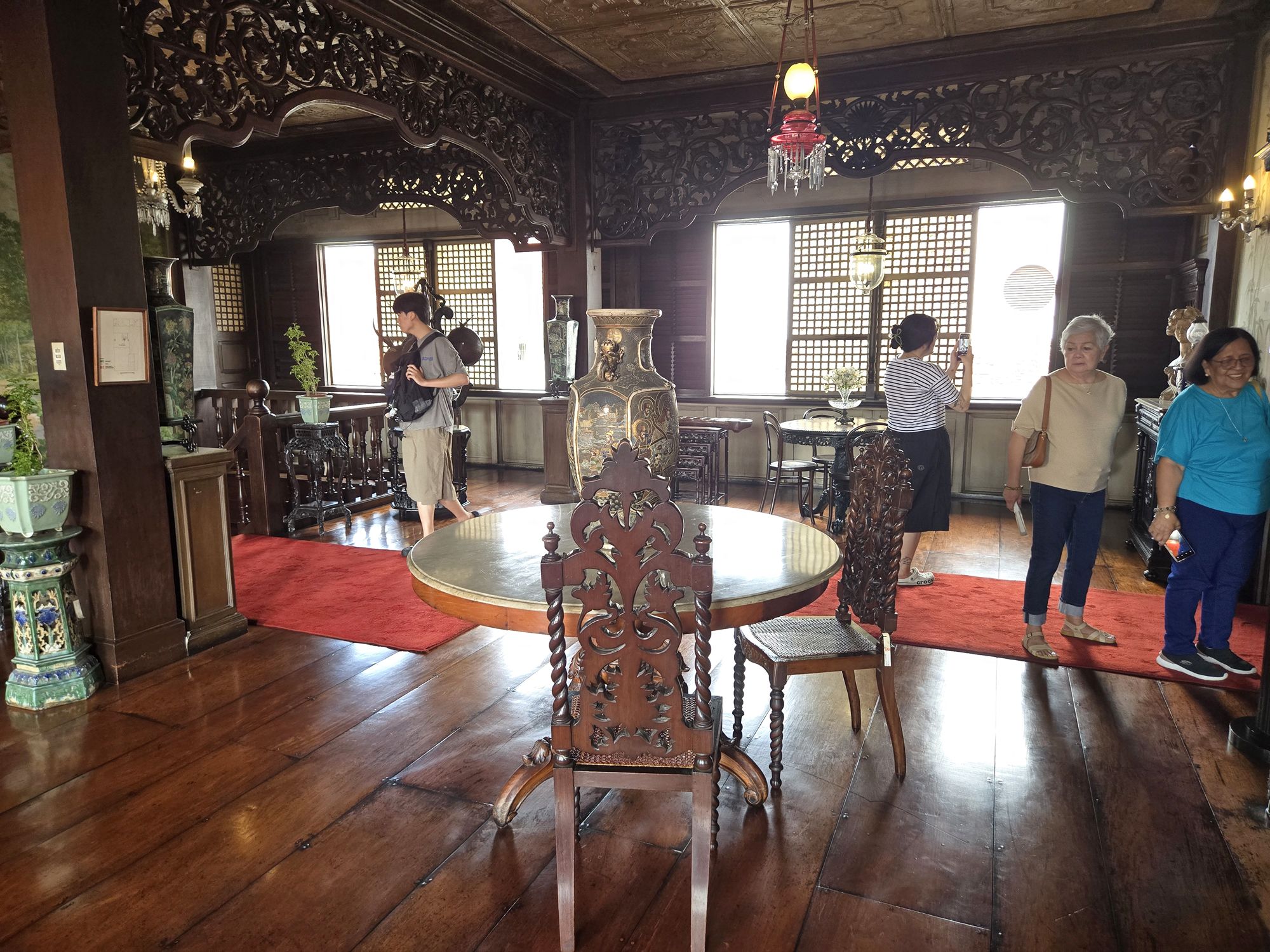
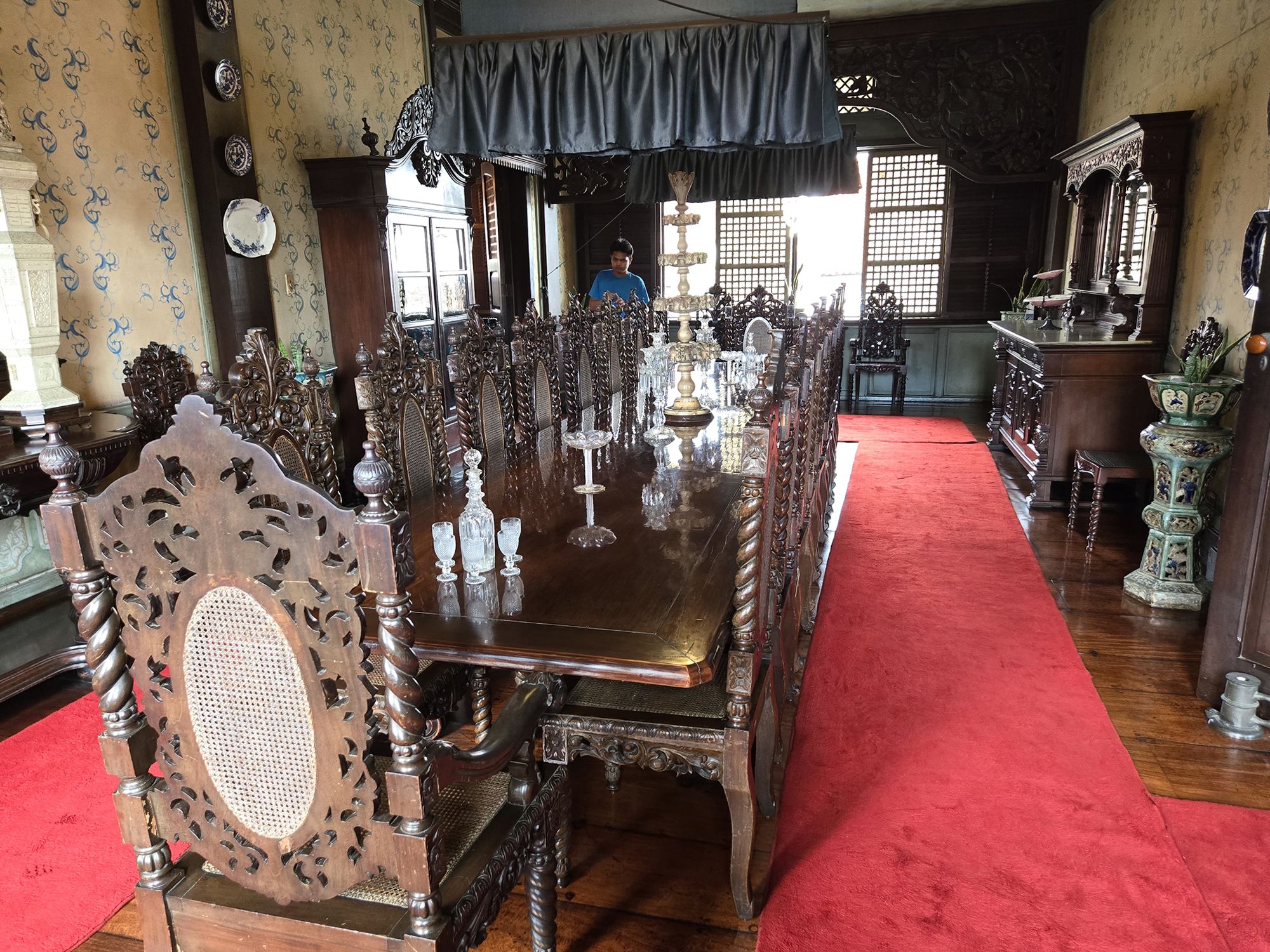
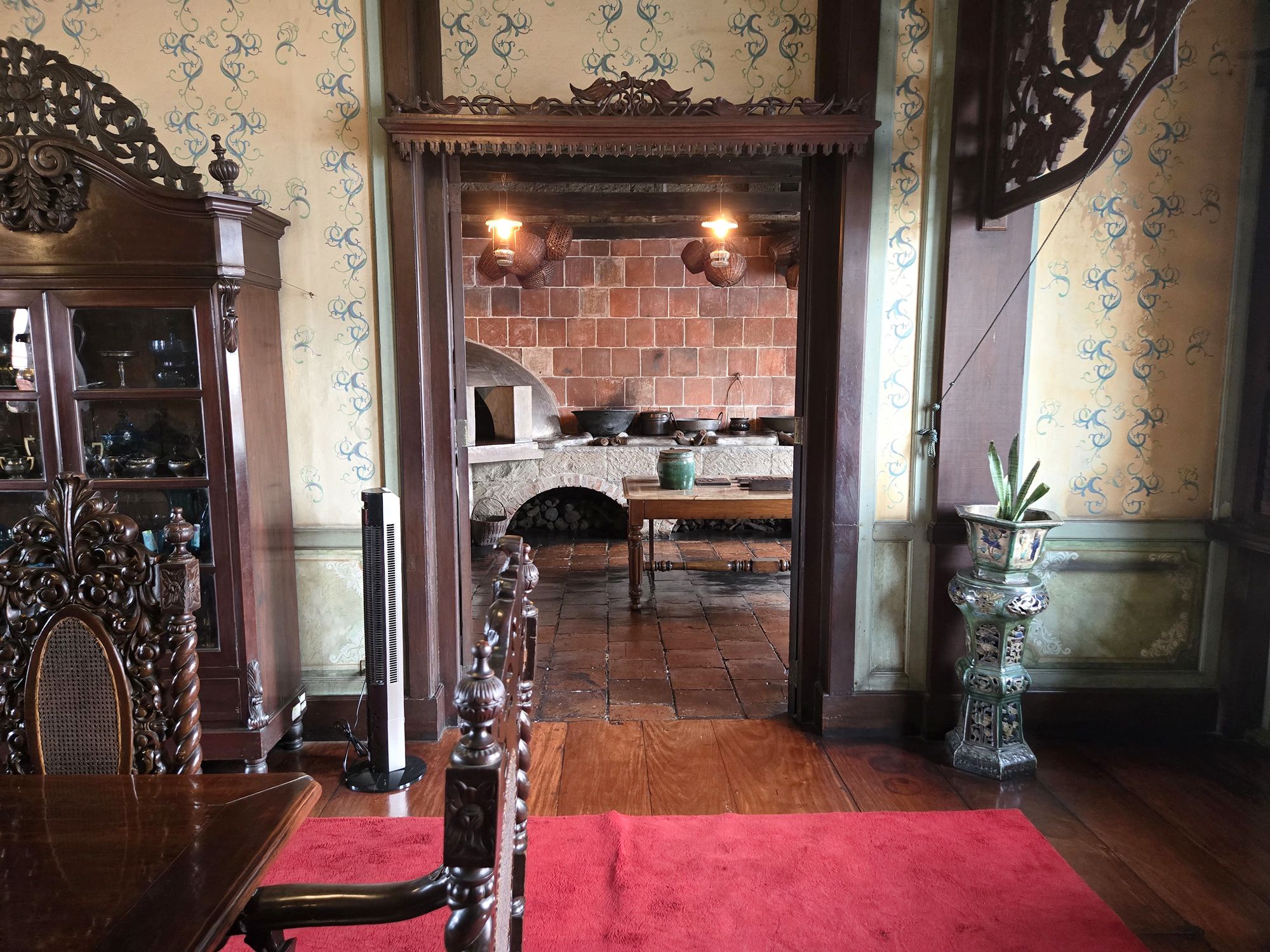
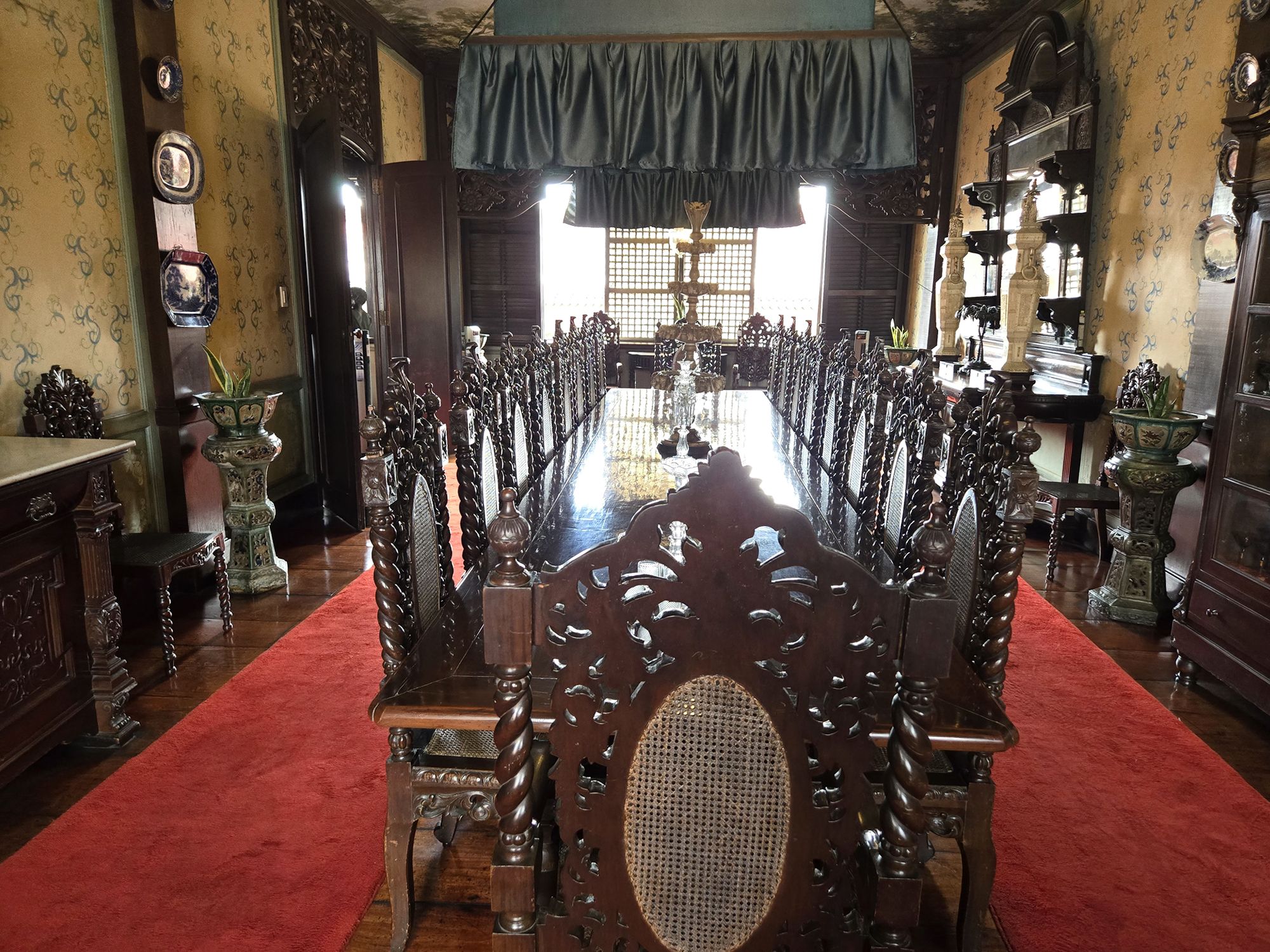
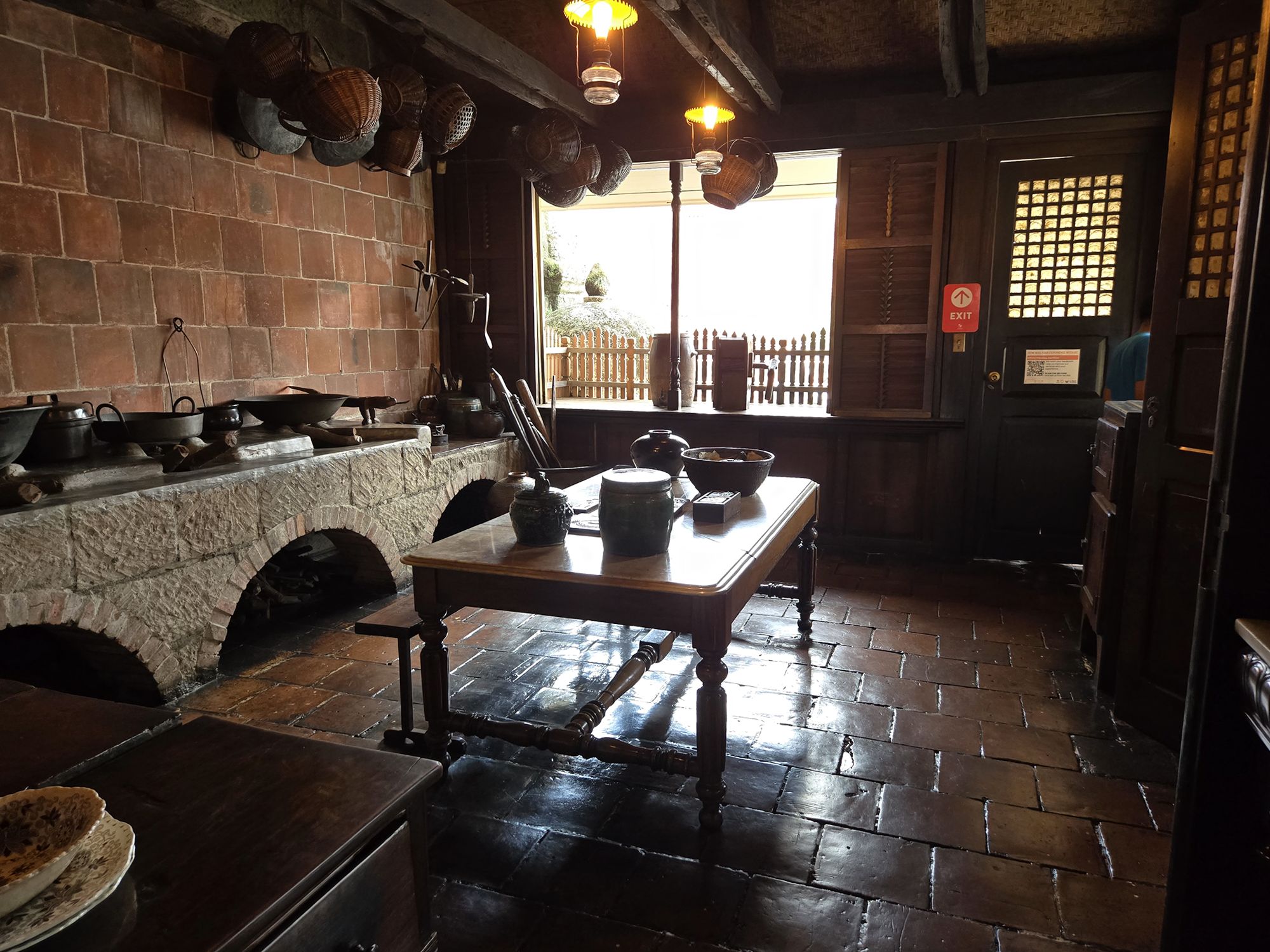
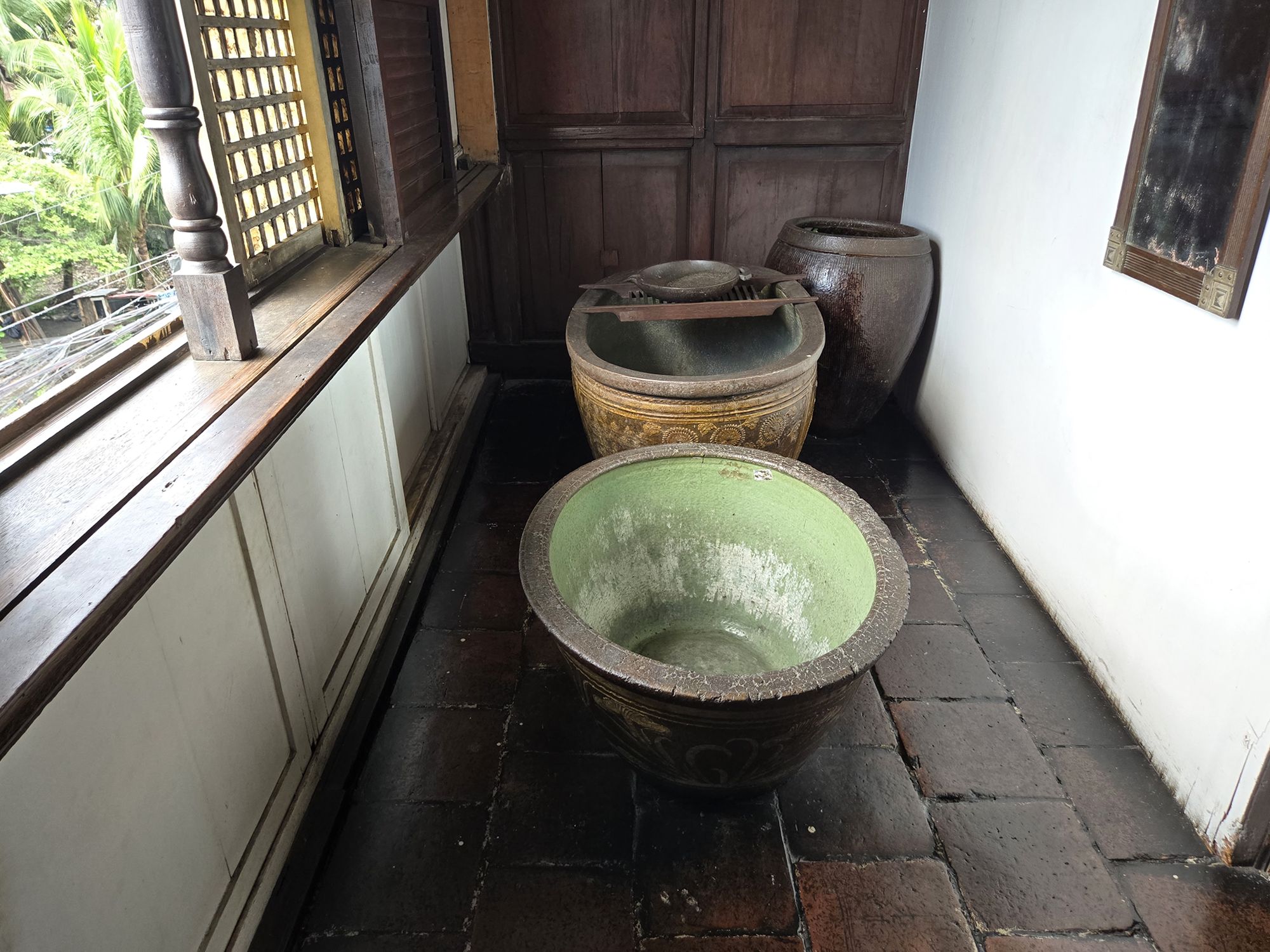
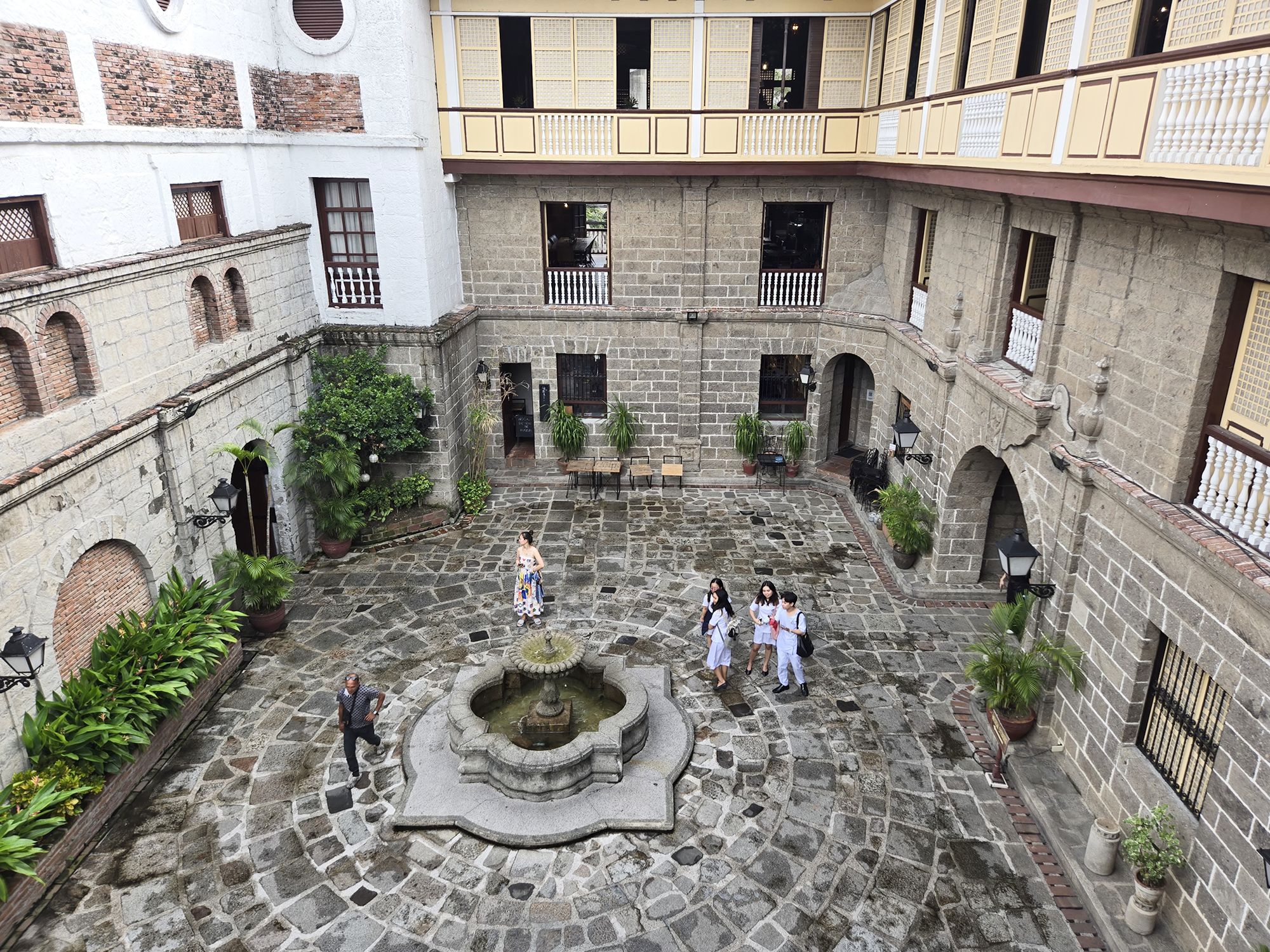
Out from the Casa Manila, I walked to the final destination in the Intramuros, Baluarte de San Diego
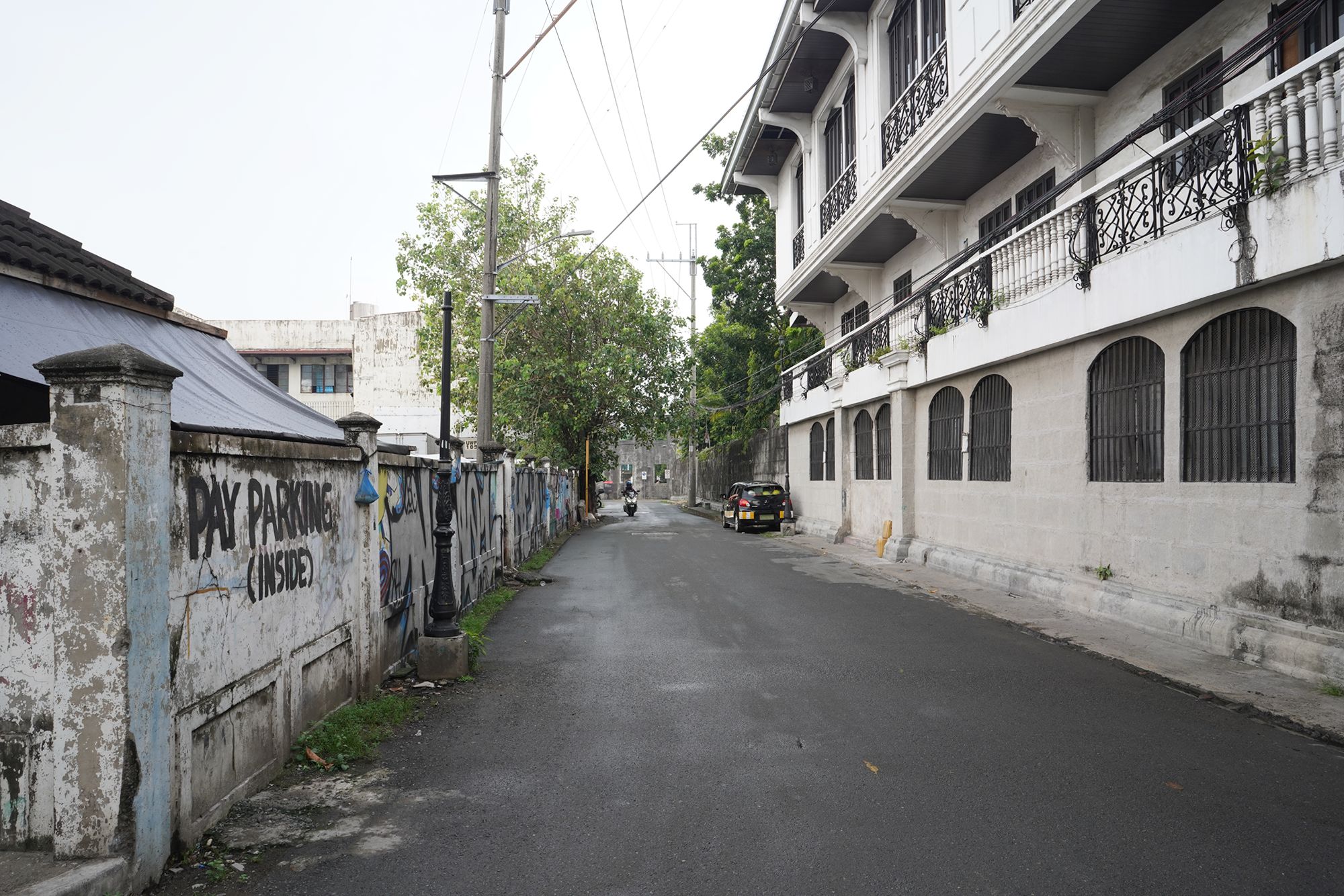
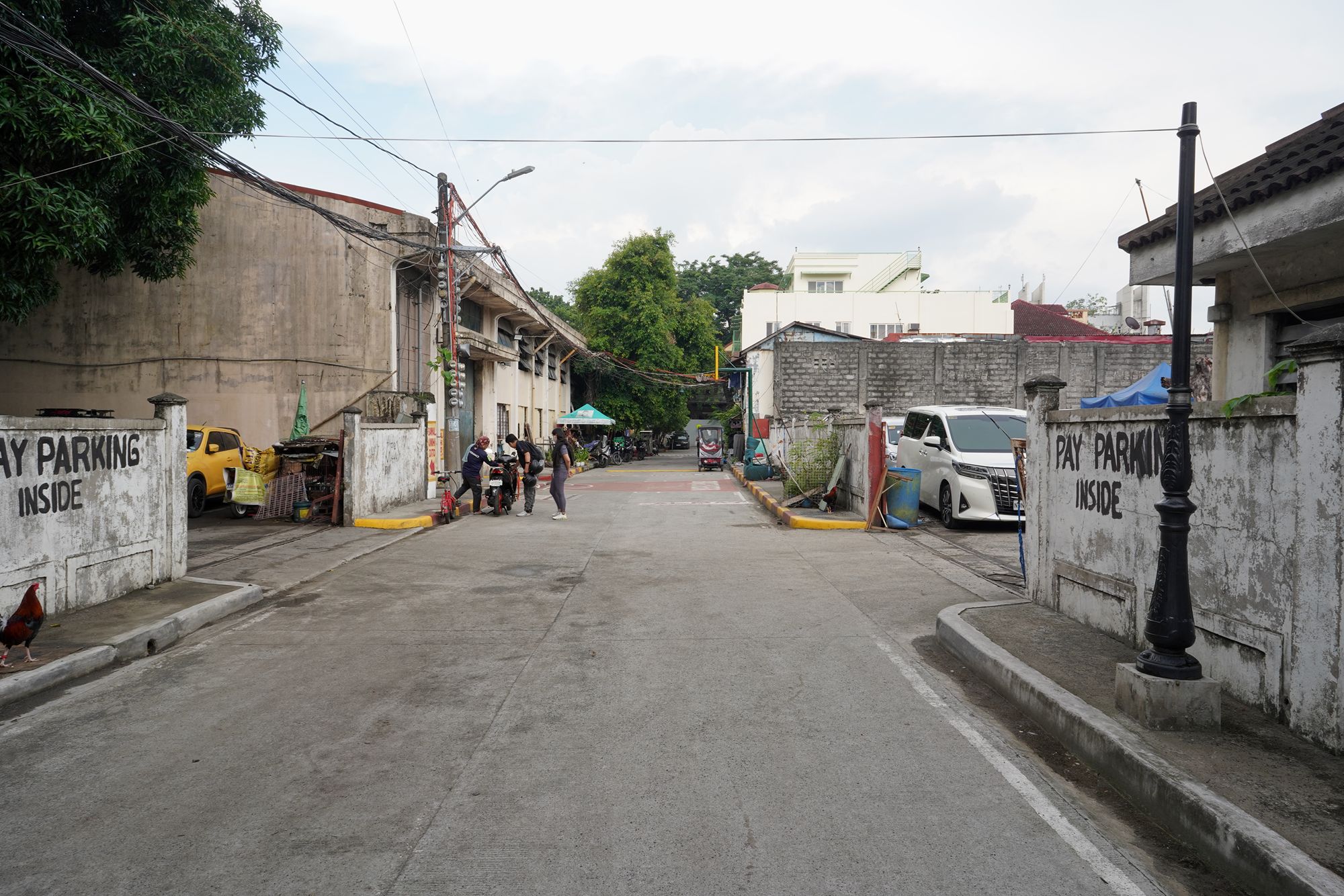
Baluarte de San Diego – A bastion with layered structures that served as part of the city’s defenses. The area has picturesque gardens and gives insight into the military architecture of the Spanish colonial era.
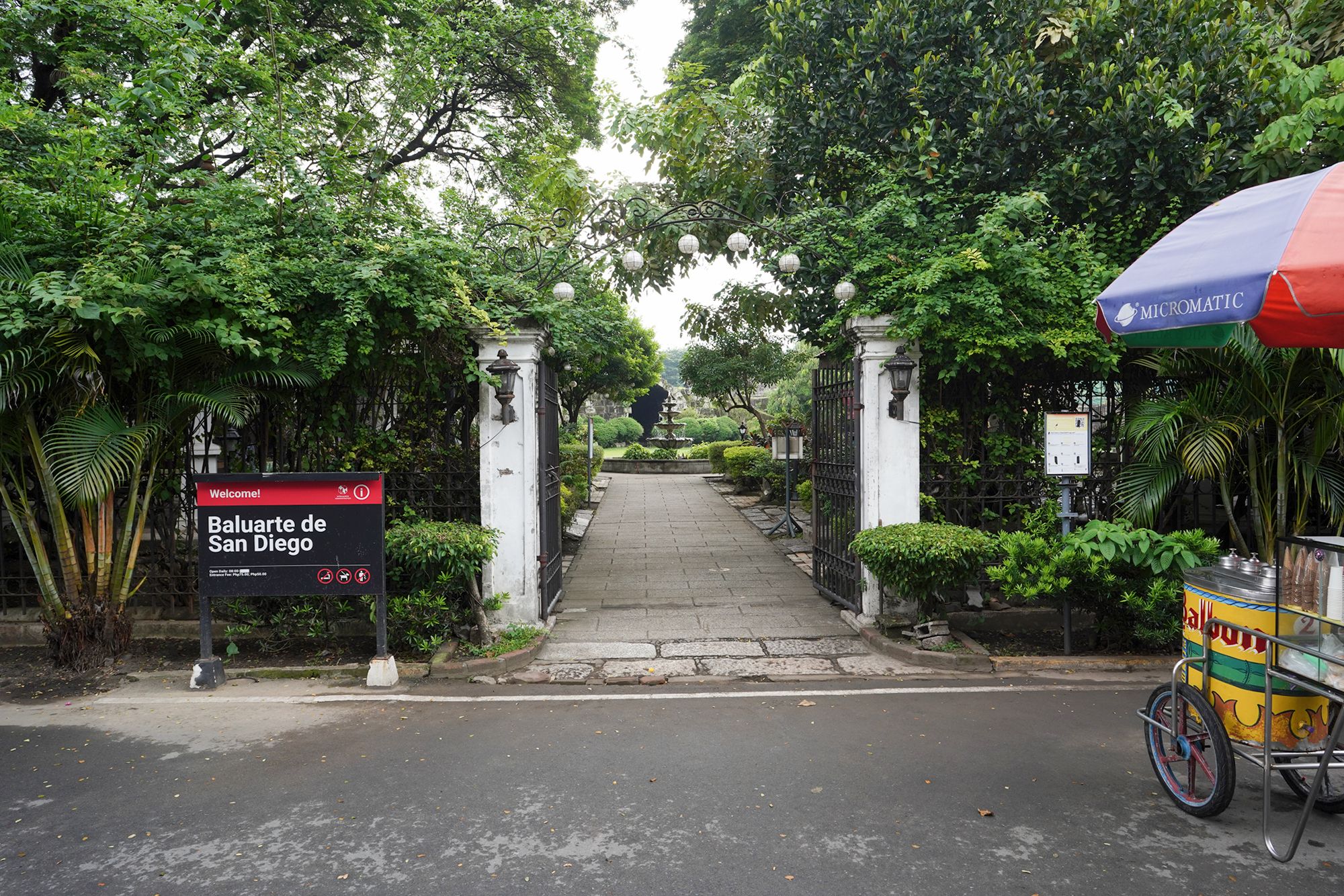

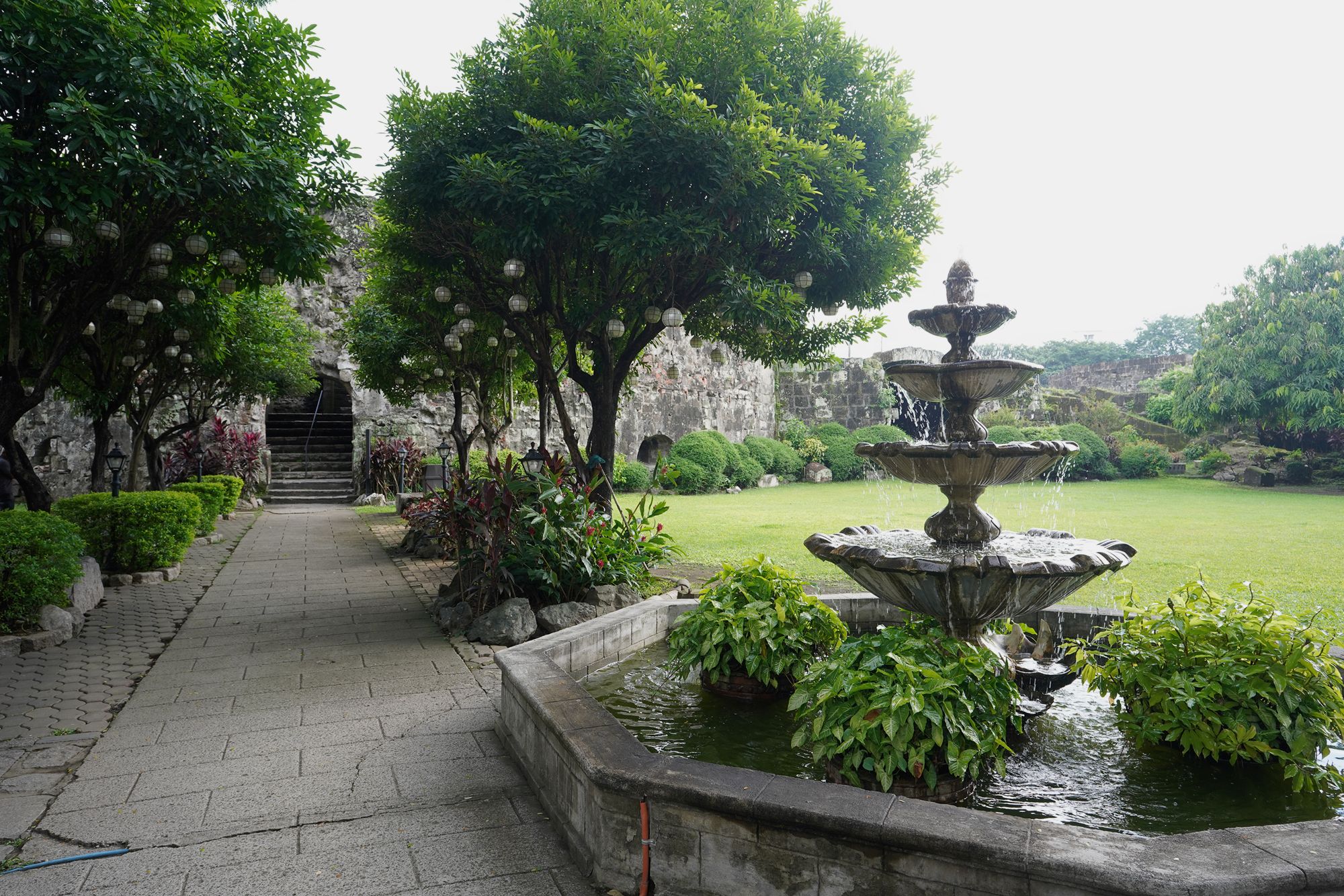
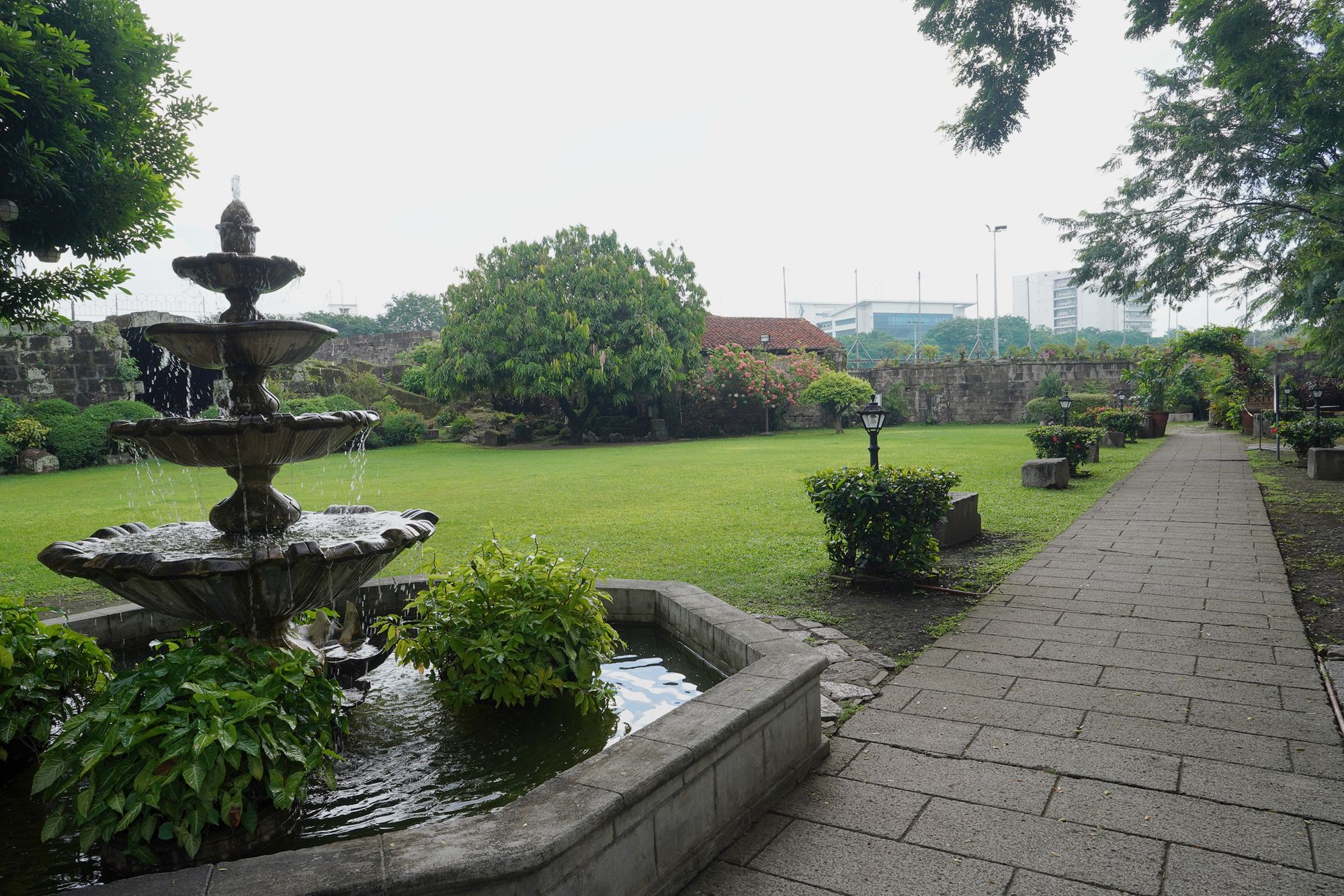
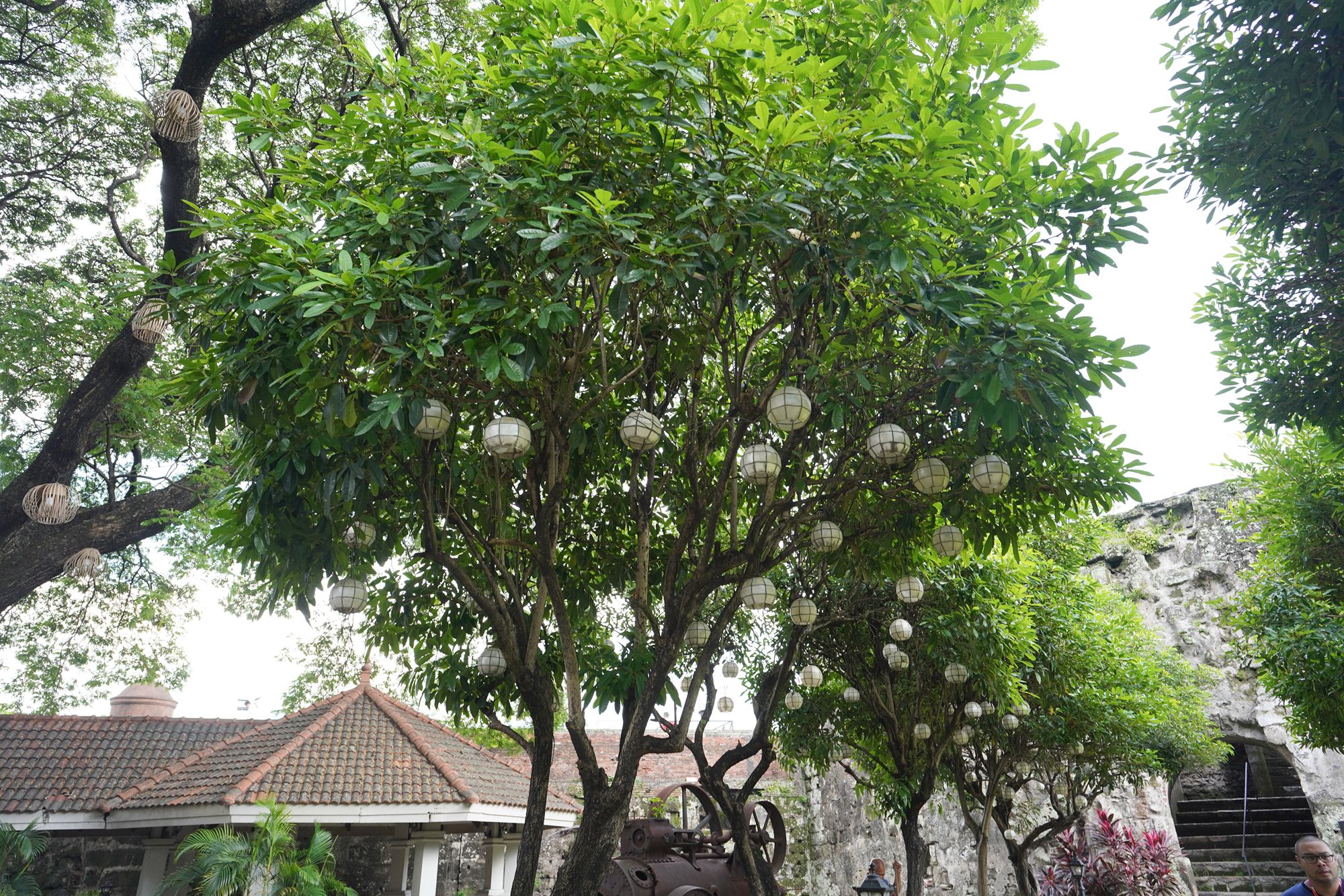
The stairs to the top of the fort
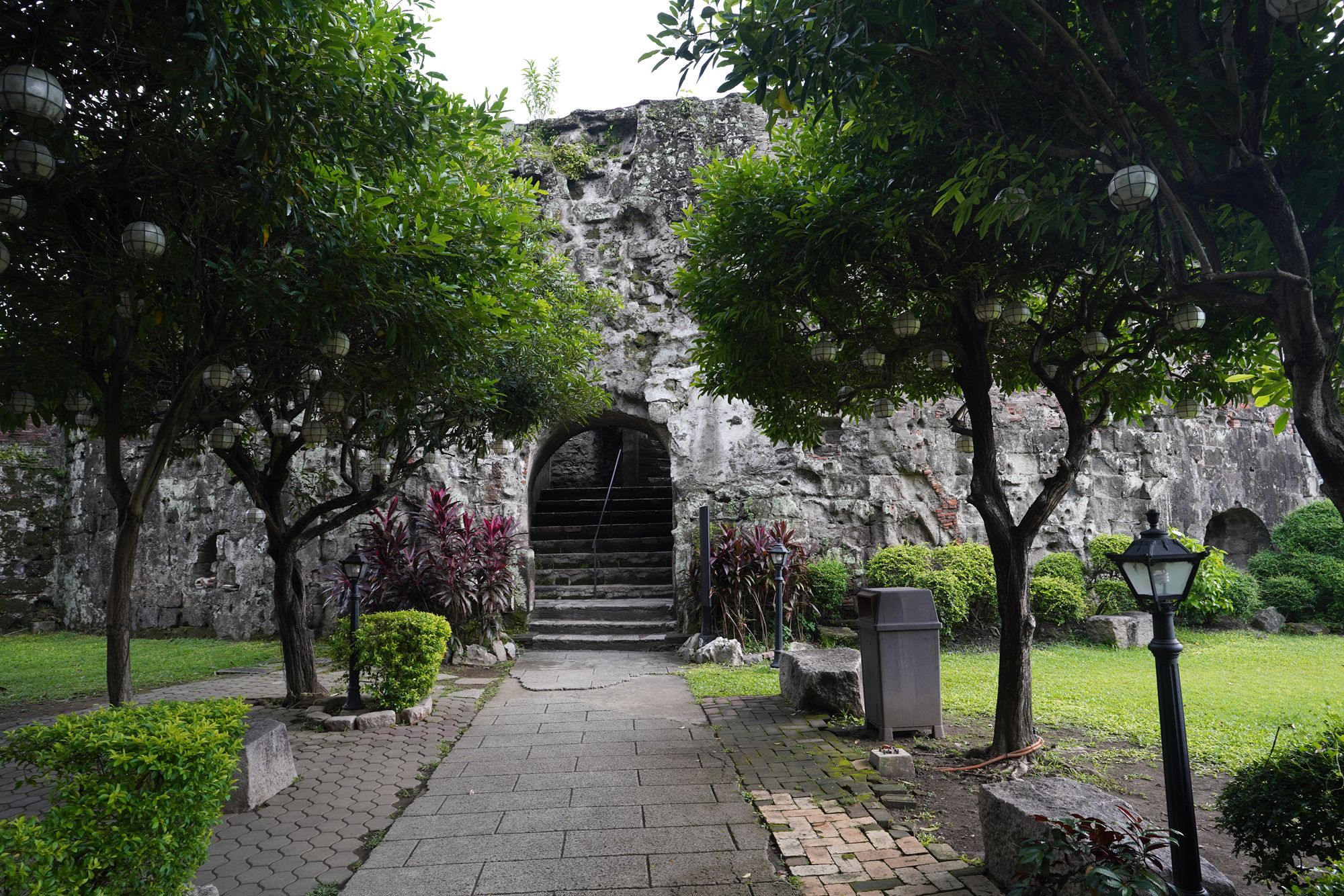

Baluarte de San Diego is notable for its unique circular structure and three concentric walls, which is unusual for fortifications of its time. This layout made it an important defense point in the fortifications of Intramuros.
